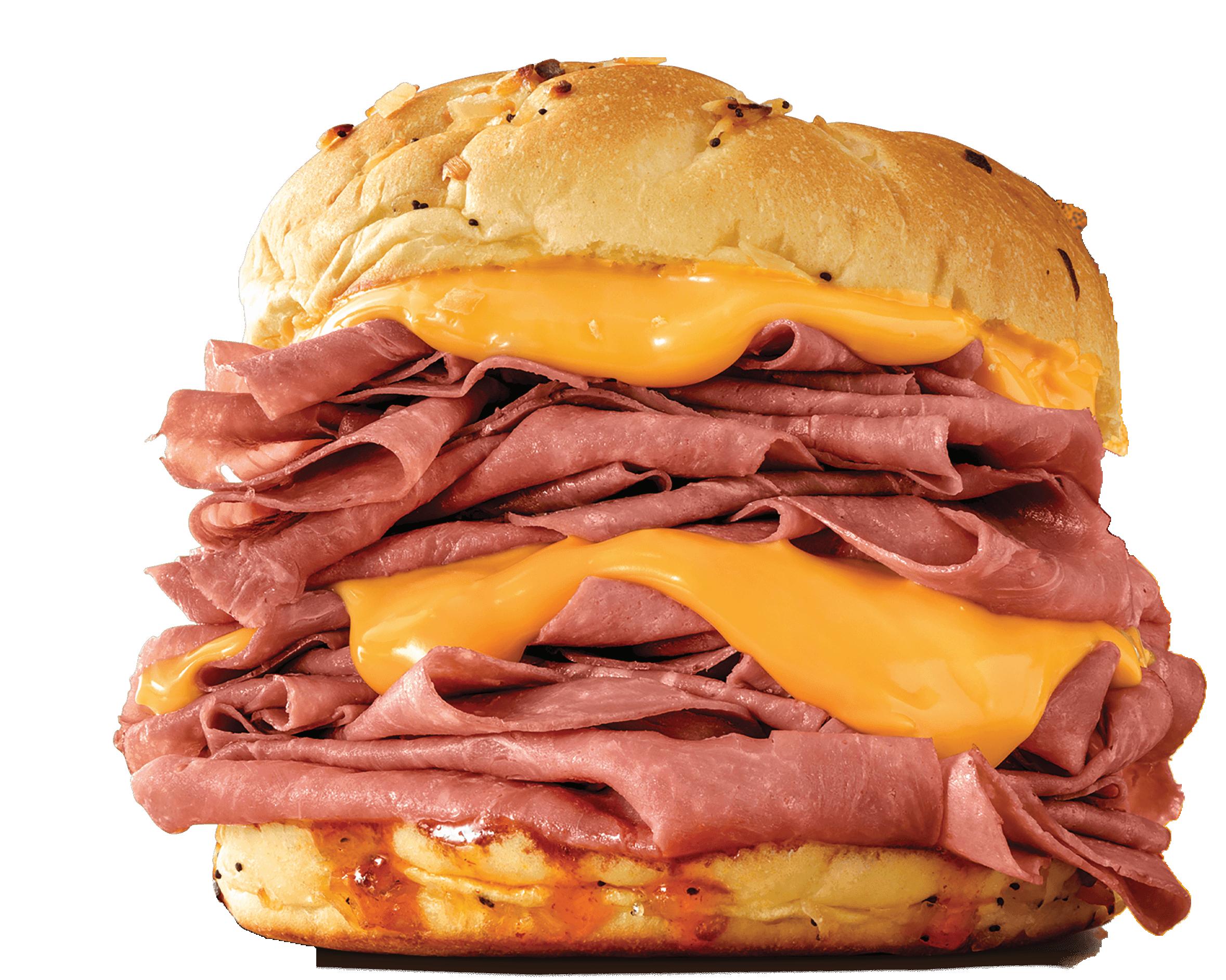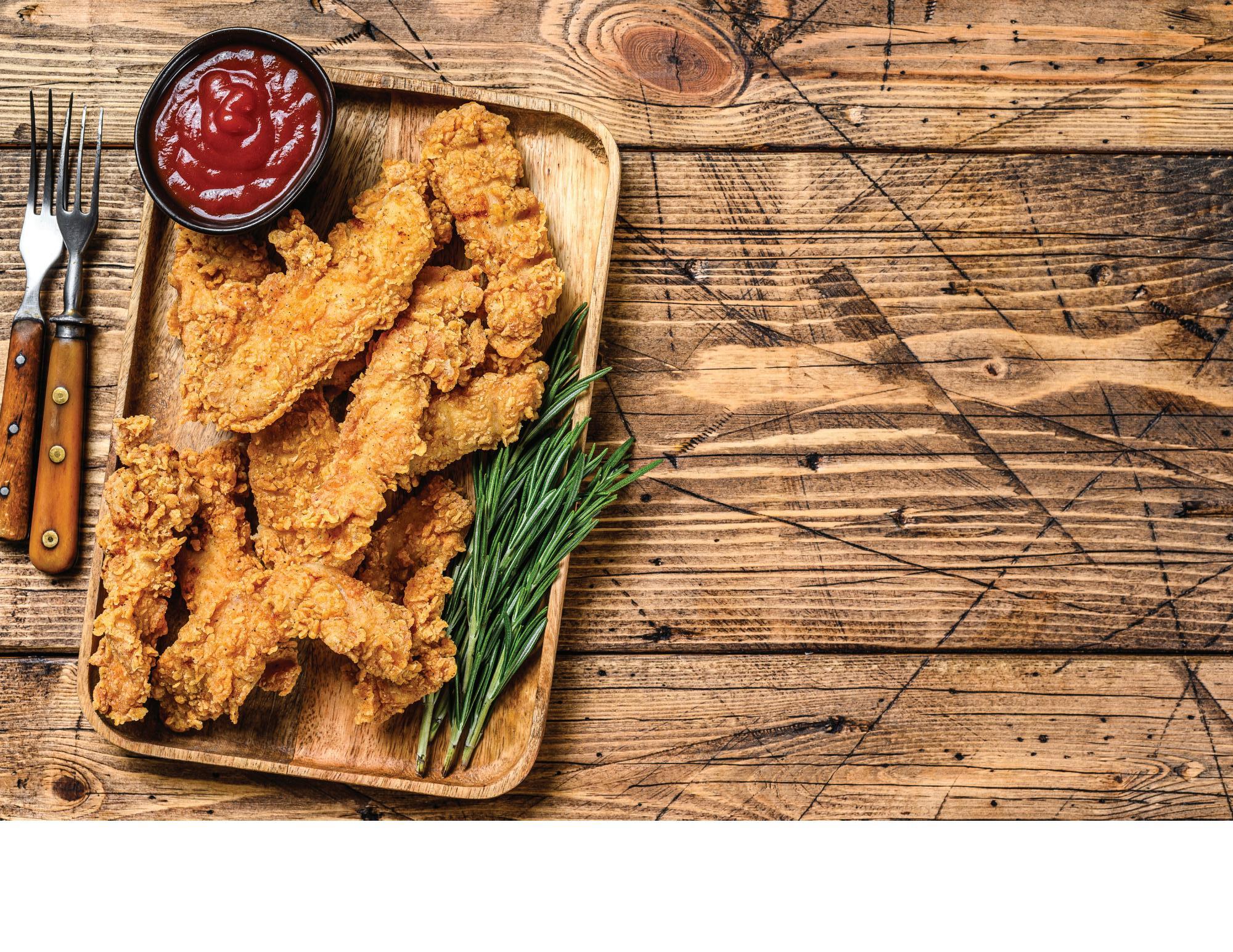





STEVE CHU
Co-Owner and Chef, Ekiben







Co-Owner and Chef, Ekiben
McCormick Culinary can help save you time on the line, delivering consistent, vibrant flavors for your dishes. With 130+ years of expertise, our variety of blends, herbs, spices, and seasonings are crafted without compromise to offer quality you can trust in your back of house.

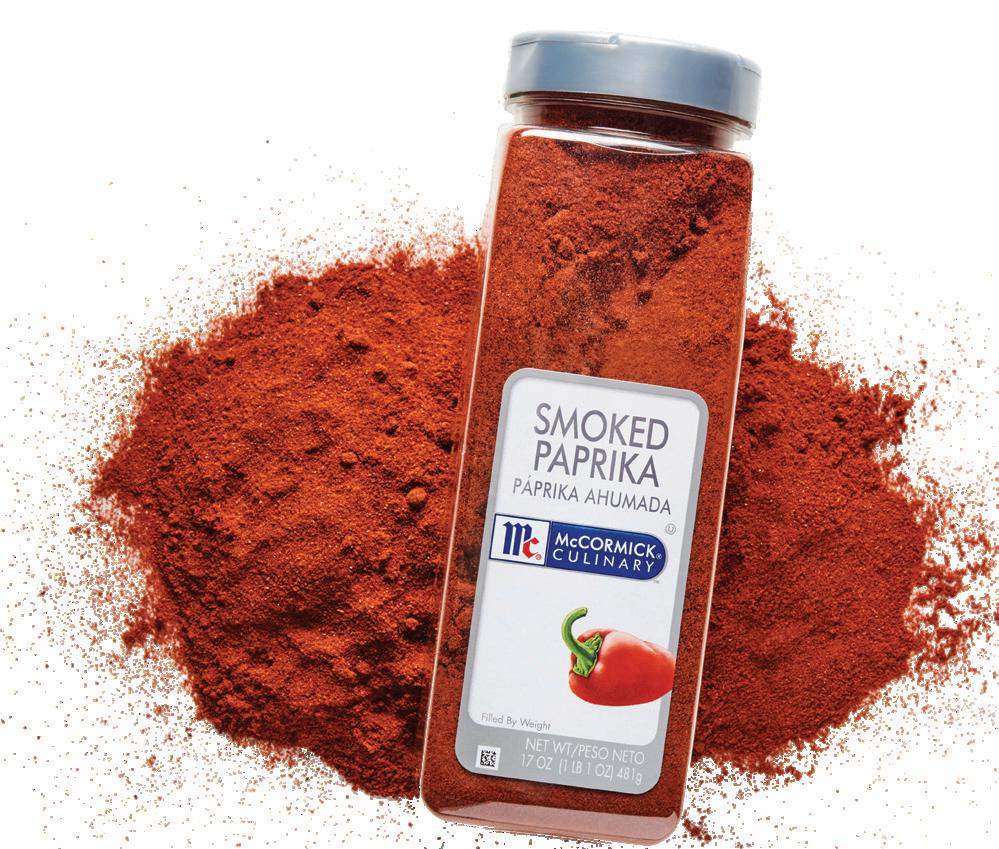
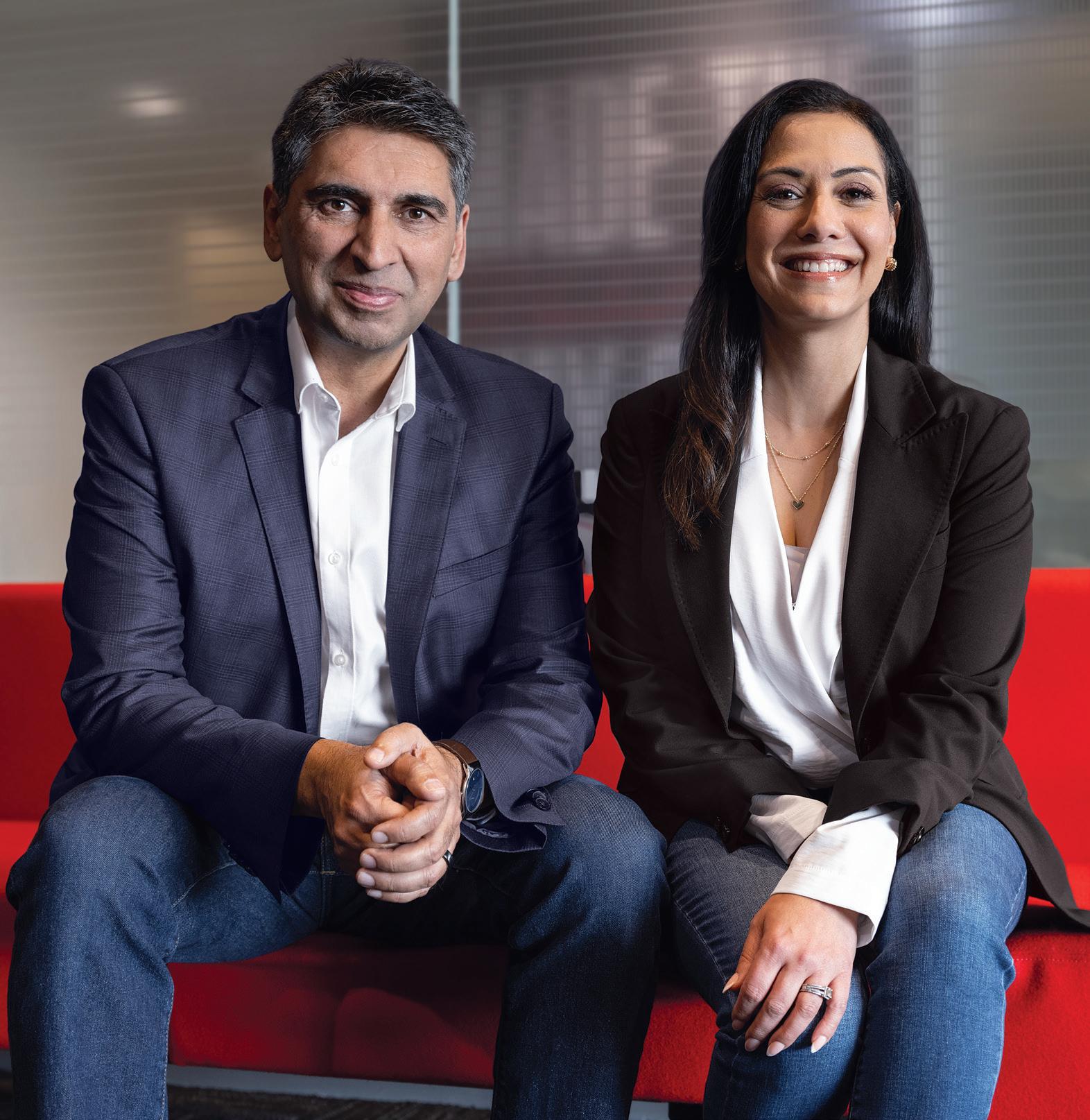
Dodo Pizza’s dedication to artificial intelligence knows no bounds. BY SATYNE DONER
What's in a Name?
These concepts describe what goes into a total rebrand, including what to call the restaurant. BY SAM DANLEY
15
IDEAS Barbecue Brands Keep Putting Stores in the Queue
The cuisine has regional hotspots, but certain chains are confident in national whitespace. BY BARNEY WOLF
22 ONES TO WATCH Dirty Dough
The rising cookie chain has fuel to grow after a big acquisition. BY SAM DANLEY 26 WOMEN IN LEADERSHIP
The Black-owned business is making delivery services easier for local operators. BY SATYNE DONER 98
KLEINThe Craveworthy Brands executive provides insight on growth opportunities for the accelerating restaurant group.


Portable: Ideal for QSRs and customers on the go.
All-day appeal: Popular for breakfast, lunch, dinner and late night.

No additional training or equipment required.
Serve Up Local Flavor to Drive Big Engagement How Ansira helps quick-service restaurant brands spice up their local marketing.

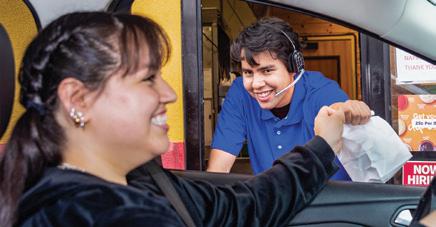
Bojangles’ Key Ingredients in its Recipe for Marketing Success How Digital reader boards have revolutionized the brand’s customer engagement. SPONSORED BY WATCHFIRE 87 The Future of Foodservice: Supply Chain Optimization in the Post-COVID Era SPONSORED BY CH ROBINSON

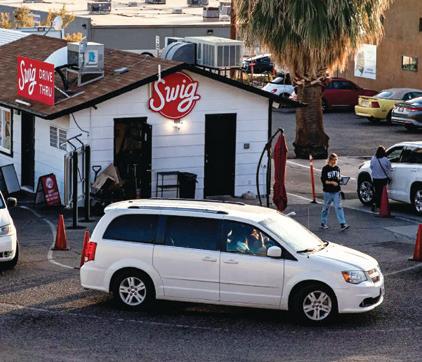



EDITORIAL
EDITORIAL DIRECTOR
Danny Klein dklein@wtwhmedia.com
QSR EDITOR
Ben Coley bcoley@wtwhmedia.com


FSR EDITOR Callie Evergreen cevergreen@wtwhmedia.com
ASSOCIATE EDITOR
Sam Danley sdanley@wtwhmedia.com
CONTENT STUDIO
VICE PRESIDENT, CONTENT STUDIO Peggy Carouthers pcarouthers@wtwhmedia.com
WRITER, CONTENT STUDIO
Ya’el McLoud ymcloud@wtwhmedia.com
WRITER, CONTENT STUDIO
Olivia Schuster oschuster@wtwhmedia.com
ART & PRODUCTION
SENIOR ART DIRECTOR Tory Bartelt tbartelt@wtwhmedia.com
FSR ART DIRECTOR Erica Naftolowitz enaftolowitz@wtwhmedia.com
SALES & BUSINESS DEVELOPMENT
GROUP PUBLISHER Greg Sanders gsanders@wtwhmedia.com
NATIONAL SALES DIRECTOR Eugene Drezner edrezner@wtwhmedia.com 919-945-0705
NATIONAL SALES MANAGER Edward Richards erichards@wtwhmedia.com 919-945-0714
NATIONAL SALES MANAGER Amber Dobsovic adobsovic@wtwhmedia.com 919-945-0712
NATIONAL SALES MANAGER John Krueger jkrueger@wtwhmedia.com 919-945-0728
CUSTOMER SERVICE REPRESENTATIVE Tracy Doubts tdoubts@wtwhmedia.com 919-945-0704
CUSTOMER SERVICE REPRESENTATIVE Brandy Pinion bpinion@wtwhmedia.com 662-234-5481, EXT 127 FOUNDER Webb C. Howell
ADMINISTRATION
919-945-0704 / www.qsrmagazine.com/subscribe
QSR is provided without charge upon request to individuals residing in the U.S. who meet subscription criteria as set forth by the publisher.
REPRINTS
The YGS Group 800-290-5460









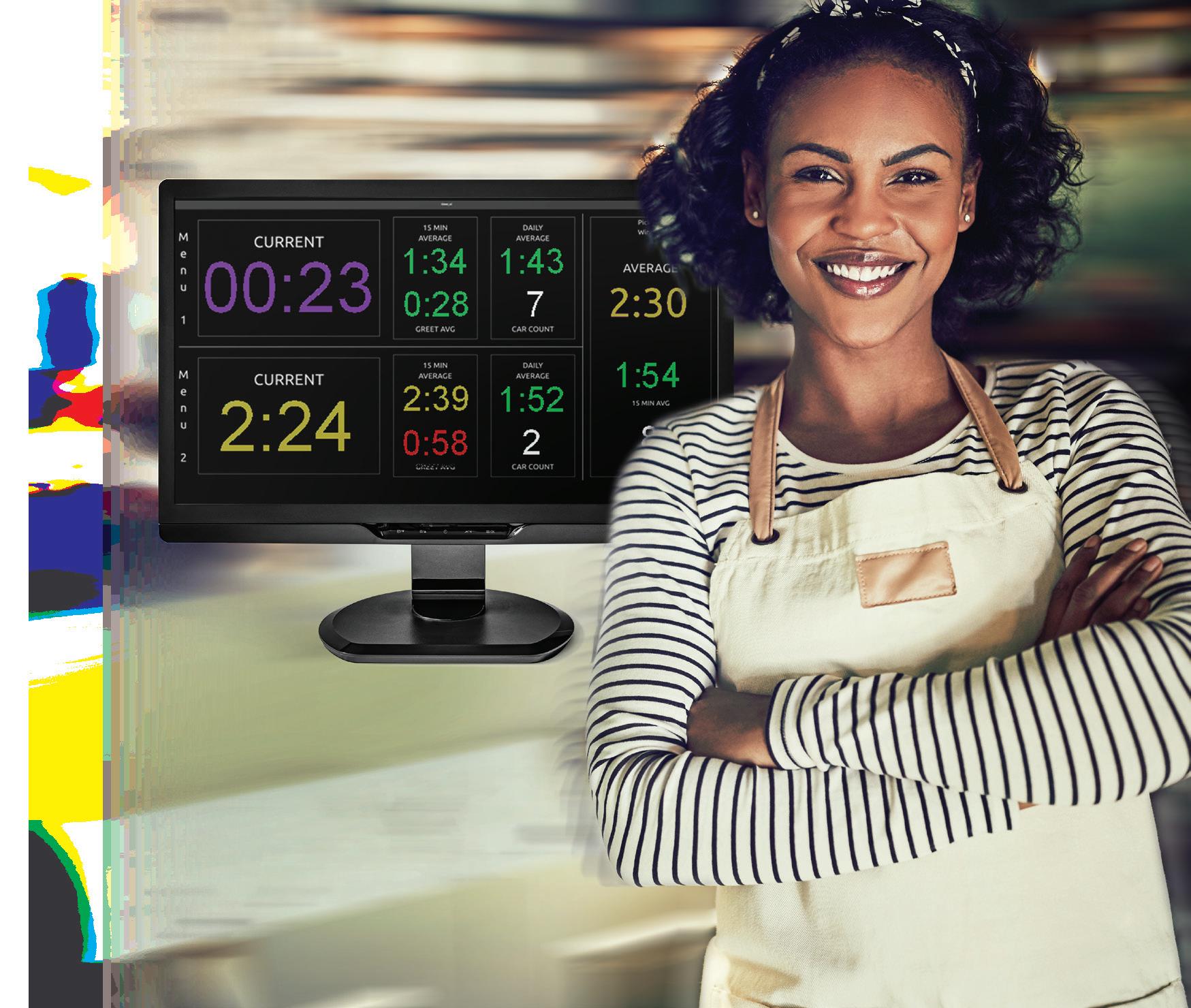
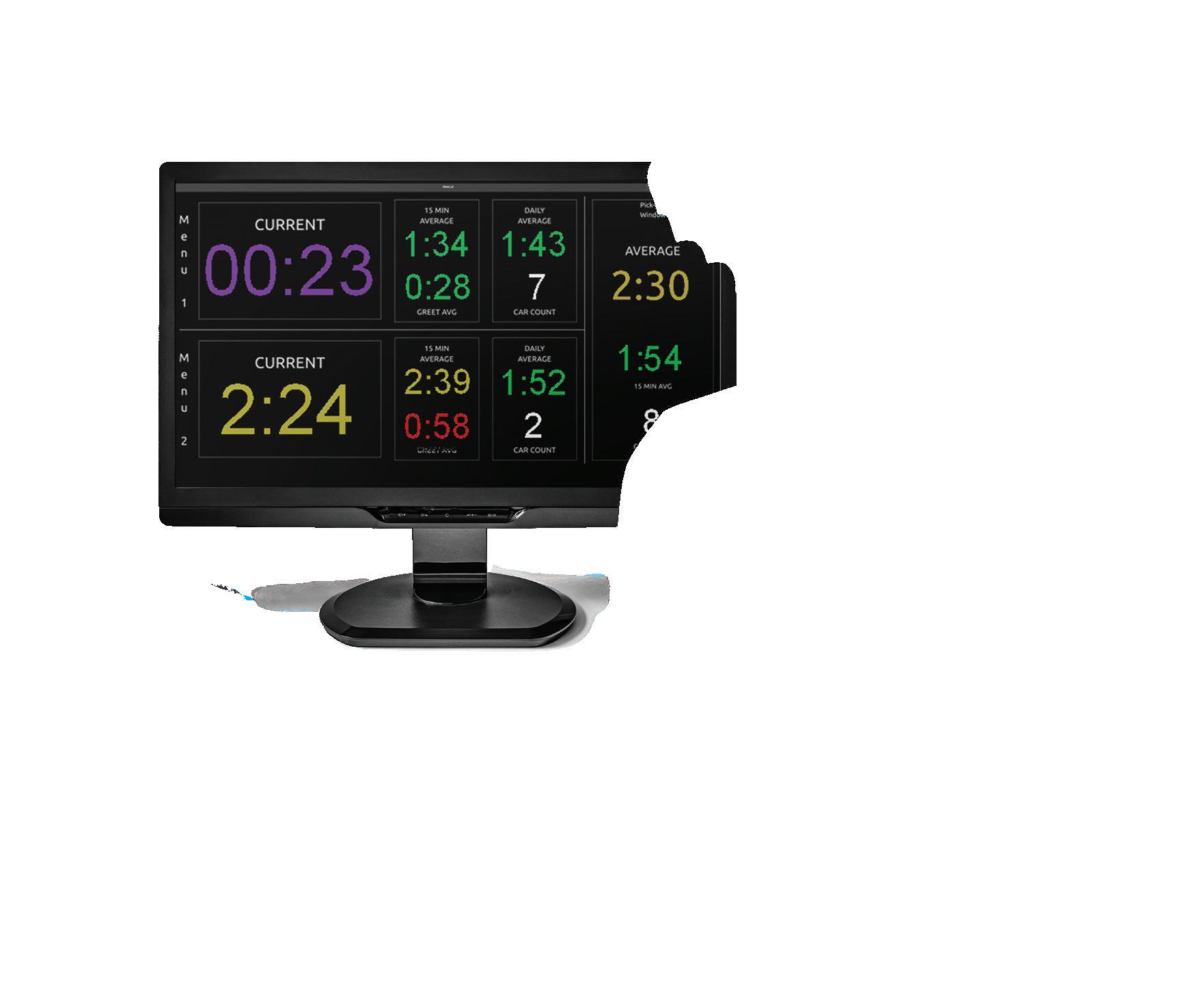




Reduce overall operational expenses without sacrificing quality! Our two-in-one drivethru headset system comes complete with drive-thru SOS timing metrics






drive-thru timing measurements directly from the base station or stream the data to any monitor


The media landscape has faced harsh times for several years now, and with the advent of social media, there has been pressure for some journalists to move quickly for the sake of accuracy or mischaracterize stories to generate more clicks.
This nature is what fueled the ire toward Wendy’s and its dynamic pricing strategy earlier this year.

The burger giant held its fourth quarter and fiscal 2023 earnings call on February 15—the first one for new CEO Kirk Tanner. On the call, he mentioned that as early as 2025, Wendy’s will start testing dynamic pricing, AI-enabled menu changes, and suggestive selling.
QSR and other restaurant trade publications covered the earnings call initially and mentioned the news around dynamic pricing. Needless to say, there wasn’t any sort of pushback.
But nearly two weeks later, national media publications twisted the words to mean “surge pricing” and compared it to how Uber and other rideshares hike prices during busier periods. The news made its rounds on TikTok, Twitter, and other platforms, and customers were not happy.
“How could Wendy’s take advantage of guests like this?”
But Wendy’s isn’t. They never planned to. The purpose was to test value offers and discounts during notas-busy shoulder periods to bring in more guests, not the other way around.
And here’s where the issue with the media comes in. Wendy’s never used the term “surge pricing.” That was the interpretation of writers, not the company. Because of that misframing, the com-
pany was faced with a massive wave of negative publicity and had to clarify its positioning.
What’s also disappointing is that several within the actual restaurant industry truly believed Wendy’s was going forward with surge pricing. I even saw comments suggesting the company floated it out there to test the waters and decided to backtrack once it got negative attention. Just another layer of misinformation being spread across social media without any effort to try to learn what’s really going on.
The purpose of this editorial letter is not to stand up for Wendy’s. To be fair, the company should’ve offered more definition around what it meant by dynamic pricing so there wouldn’t be any confusion. I’m sure a lot of lessons were learned by the internal PR team after the fiasco.
I desire that writers—whether it’s B2B or traditional newspapers— take their role more seriously. I understand that if you aren’t writing about restaurants every day, you may not understand most of the nuances. That’s why it’s important to ask questions and confirm instead of assuming and putting it out to the public. It’s a disservice to anyone truly seeking knowledge.
I can’t sit here and say I’m perfect either. I’ve made mistakes in writing stories before. I’m just hoping we all can be better for our audiences going forward. That’s my promise to all of you reading this right now.
Ben Coley, Editor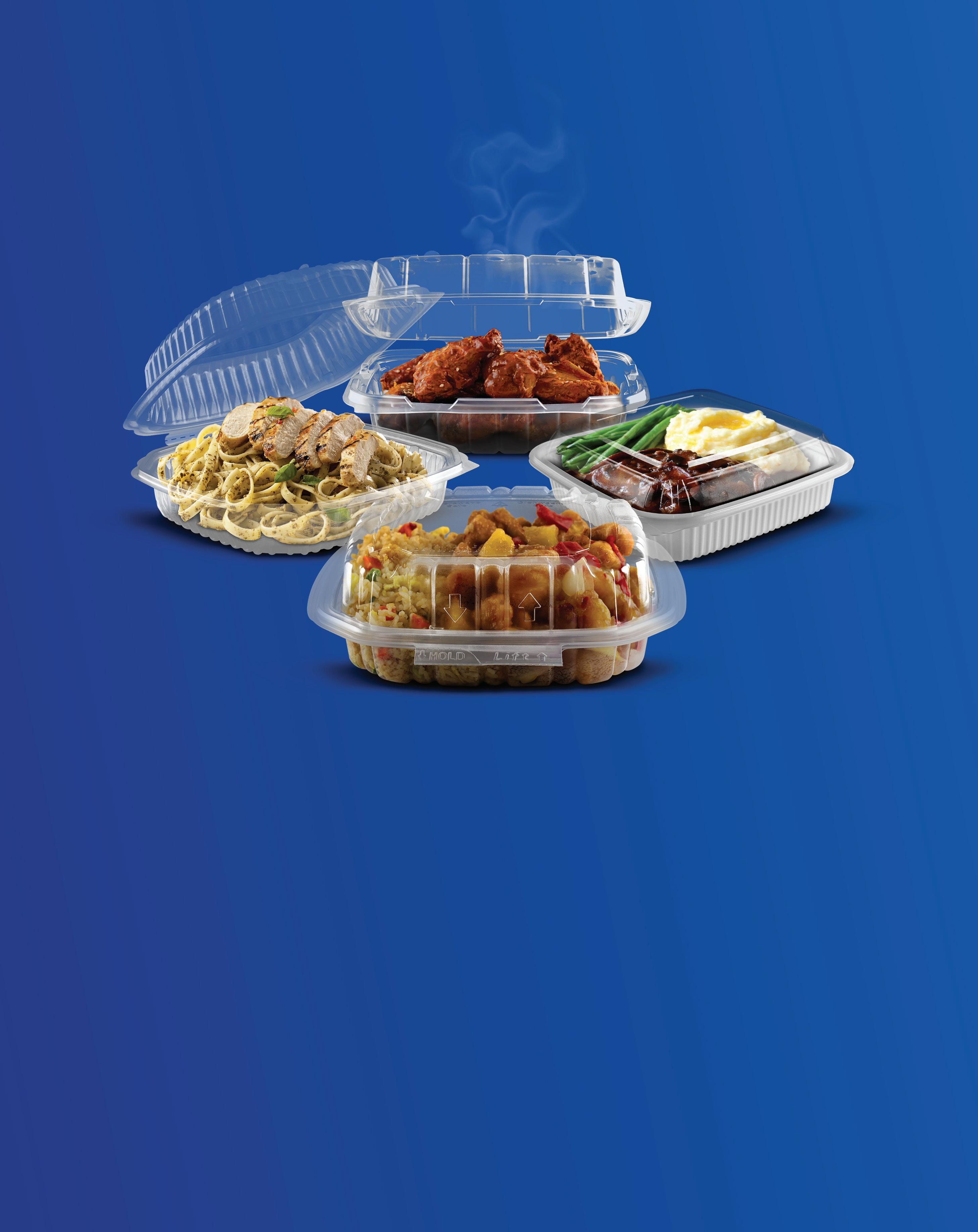
CULINARY LITES®
Versatile sizes, create visual appeal that sells
CRISP FOOD TECHNOLOGIES® CONTAINERS Keeps food hot & crispy for 30 minutes on the go
CULINARY SQUARES® Two-piece perfect for fresh-serve, hot or cold case
CULINARY TAMPER-SAFE™ Tamper-Evident Solutions Secure Sales
DINE-IN QUALITY TO GO
Keep food hot & crispy for 30-minutes on the go, maintain presentation, and provide tamper-evident security to serve a great food experience.
PROTECT PROFIT
Clear lids prevent costly order errors, compartmented packages control portions, and enhanced ventilation and secure closures help avoid costly comps and win great reviews.
PROTECT CUSTOMER EXPERIENCE, TOO
Leak-resistant closures, re-closable lids, secure stacking, and multi-compartment design options protect presentation and food quality.
REDUCE WASTE, NOT TASTE! Superior performance protects food quality to prevent waste Consumer reusable and recyclable after use.
SAMPLES FREE
Reusable. Recyclable. Made in the USA.
Reusable. Recyclable. Made in the USA.

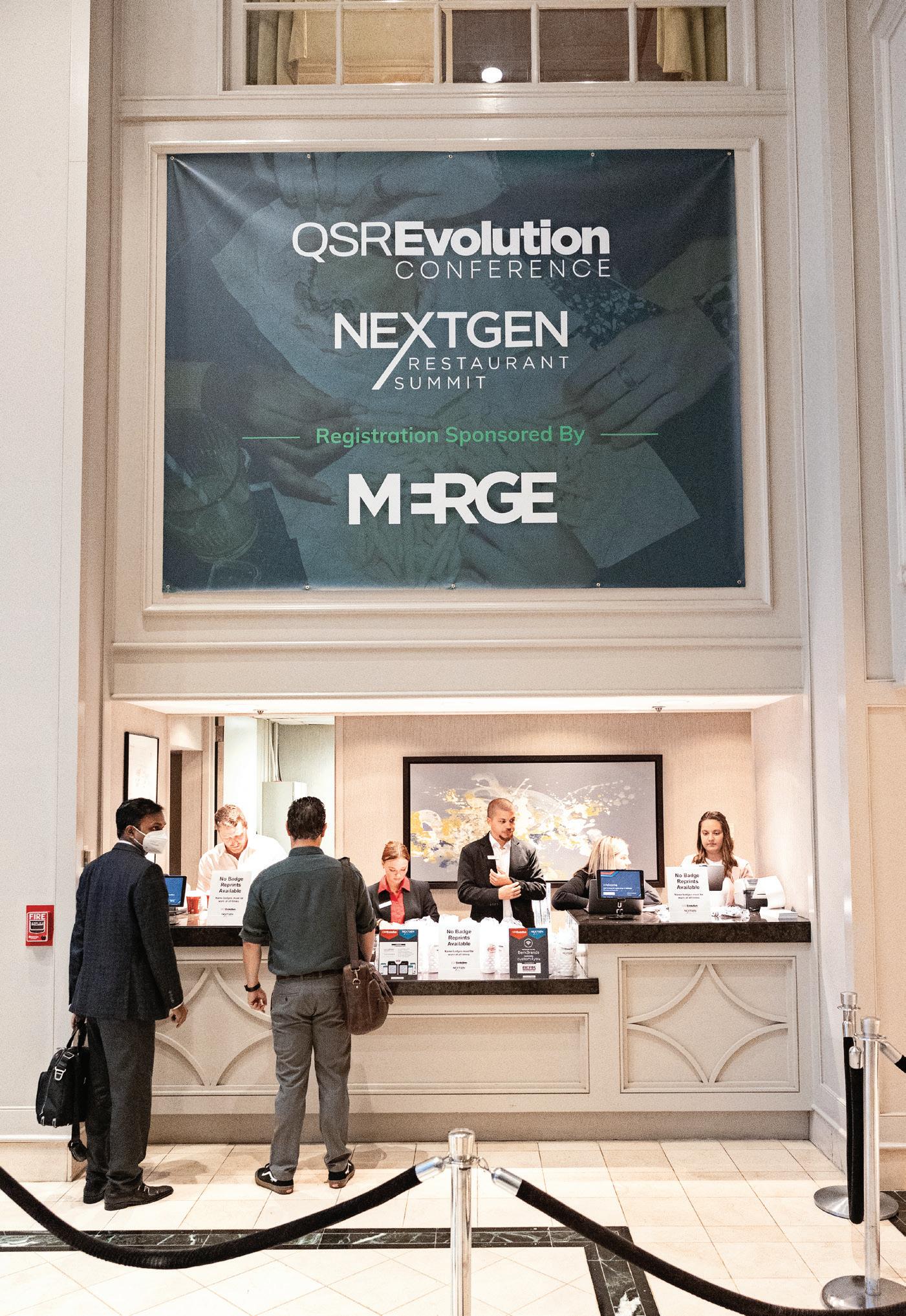



REGISTRATION IS OPEN for the second annual QSR Evolution Conference and NextGen Restaurant Summit, hosted by WTWH Media.
The event is scheduled for September 4-5 at the Atlanta Marriott Marquis, kicking off with a welcome reception on September 3.

The QSR Evolution Conference, presented by QSR Magazine, offers quick-serve restaurant operators a unique platform for face-to-face networking within the industry. Meanwhile, the NextGen Restaurant Summit, presented by FSR Magazine, focuses on connecting emerging full-service restaurant brands shaping the industry's future.
The event promises an even bigger lineup of speakers and insights compared to last year. Keynote speakers include industry heavyweights from Burger King, KFC, Popeyes, Tim Hortons, First Watch, and more. Over 100 accomplished leaders from both sectors are set to share their expertise.
In March, Qu—a POS platform company—released its fifth annual State of Digital report on enterprise fast-food and fast-casual brands. The data covers 179 concepts and 62,000 U.S. locations. Each participant came from a brand that had at least 20 locations in the U.S. Many were from multi-concept portfolios. Fifty percent were VPs or directors, 34 percent were C-suite executives, 12 percent were managers, and 1 percent were franchise owners.
42% OF BRANDS SURVEYED, DIGITAL SALES MIXED BETWEEN 26 & 50 PERCENT
• According to Qu, digital and off-premises sales settled into a predictable growth pattern in 2023. For 42 percent of brands surveyed, digital sales mixed between 26 and 50 percent.
40% BRANDS PLAN TO ADD KIOSKS AS A NEW ORDERING CHANNEL IN 2024
80% OF RESPONDENTS SAY LOYALTY ISN’T WORKING
46% SAID LOYALTY IS A PRIORITY
44% ARE WORRIED ABOUT LABOR AVAILABILITY
49% AIDRIVEN ANALYTICS IS THE BIGGEST PRIORITY IN 2024
65% PLAN TO OR ALREADY HAVE NEXT-GEN UNIFIED POS PLATFORMS
are Poised
• Experts believe fast casuals and fast-food restaurants will see 5 percent year-over-year growth in 2024
• Operators foresee the economic climate (47 percent) as the biggest challenge to sales growth. After that, 44 percent are worried about labor availability, and 41 percent are concerned about new guest acquisition.
• Breaking it down between segments, 50 percent of fast casuals had a digital mix between 26 and 50 percent, compared to 24 percent of fast-food restaurants.
• Forty-four percent of brands plan to add kiosks as a new ordering channel in 2024, followed by mobile apps (25 percent), expanded delivery partners (25 percent), phone AI ordering (20 percent), and voice ordering in the drive-thru (16 percent).
• Qu predicts the idea of loyalty will be reinvented and redefined this year. Eighty percent of respondents said loyalty isn’t working. As for potential upgrades, 45 percent want to improve engagement, 39 percent want frictionless sign-up, 28 percent want guest payment variety, and 27 percent want redemption innovation.
• Forty-six percent said loyalty is a priority. Trailing that is digital menu boards (31 percent), POS (29 percent), kiosks (28 percent), online ordering (28 percent), mobile apps (28 percent), customer data platforms (23 percent), and marketing solutions (20 percent).
• Sixty-five percent of brands plan to or have already transitioned to next-gen unified POS platforms that connect all of their data.
• Forty-nine percent believe AI-driven analytics is the biggest priority in 2024. That’s followed by voice ordering (46 percent), dynamic pricing (39 percent), kitchen and production optimization (27 percent), computer vision (20 percent), and robotics (13 percent). Fast casuals prefer analytics, while fast-food companies want voice ordering, which makes sense given the latter’s reliance on drive-thru lanes.
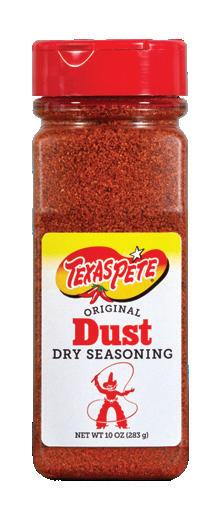

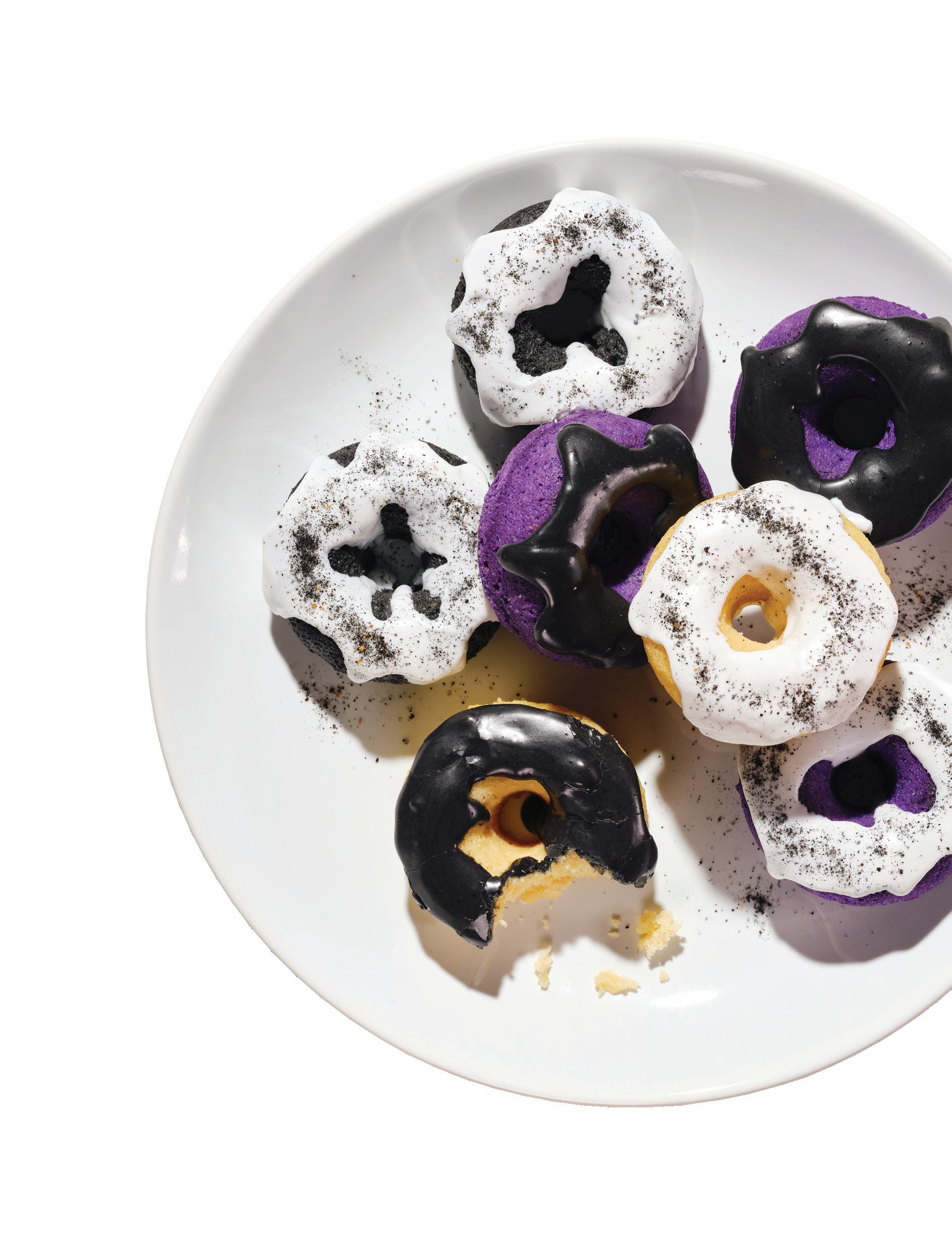
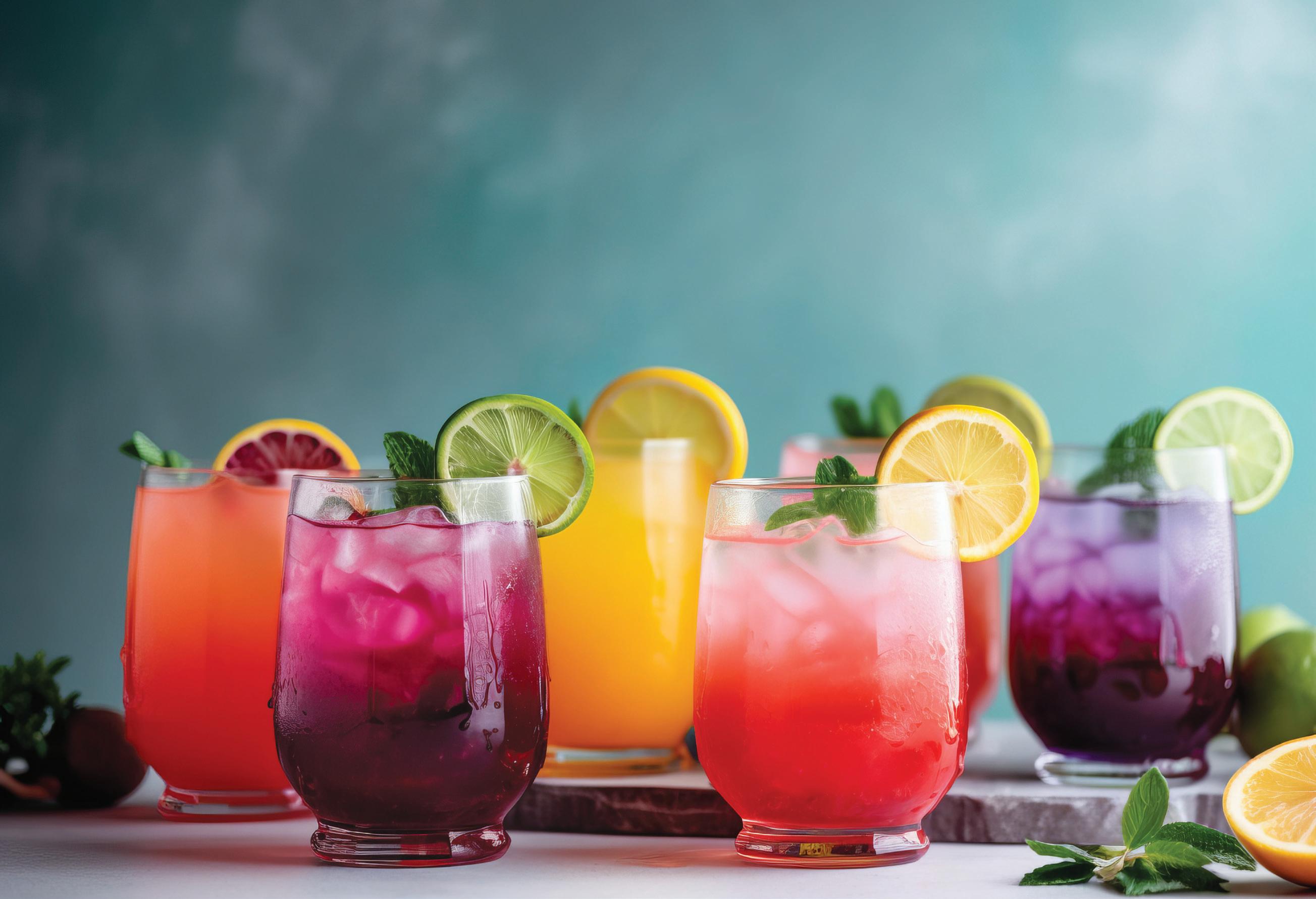
Stay
Beverage programs are widely recognized as one of the most profitable aspects of a restaurant due to lower labor costs and the ability to o er a variety of drink options. However, challenges such as a tight labor market, inflation, and customers' expectations for diverse drink options could potentially impact the profitability of beverage programs if not managed effectively by operators. Implementing beverage solutions that allow operators to do less with more is ideal for creating a beverage program that appeals to all customer demographics.
“The quality and consistency of beverages sold is a variable impacted by both the o erings and the process for executing that o ering,” says Rich Shuey, executive director of sales for dining, hospitality, and leisure at Sunny Sky Products. “Brands that o er the right number and mix of beverages consistent with their customer demographic tend to have good overall results. Those that also include easy-to-execute new beverages in line with trends see the best results.”
Operators are busy enough without the constant pressure to identify current trends, and a beverage partner can help ensure operators' beverage programs stay profitable and on-trend. “At the end of the day, Sunny Sky Products is big enough to handle any volume but small enough to listen to our client’s feedback and adjust to what we hear,” says
Juan Carlo Mato, travel and resorts regional sales manager for Sunny Sky Products.
Sunny Sky Products stays on top of current trends by leveraging consumer research platforms and o ering a wide variety of products that satisfy diverse demographics and operators' needs. “Tropics Beverages o er restaurant operators a convenient and reliable solution for streamlining their beverage programs while still providing variety and quality to customers,” Mato says.
Tropics is an ideal solution for operators looking to serve fresh, consistent, and streamlined beverage o erings whether alcohol is added or not. The brand unlocks the ability to keep up with alcoholic menu counterparts while appealing to consumers seeking low and no-alcohol beverage options with on-trend flavors.
“Tropic’s mixers increase productivity by streamlining the process of drink making,” Mato says. “With pre-mixed bases and flavors, sta can minimize wait times for the customer and improve overall flow.” Along with improving flow and processes, Tropic Beverages speaks to millennials and Gen Z, who value high-quality ingredients.
“Our clean-labeled, real-fruit-based, delicious Tropics Beverage mixes provide our customers with a way to provide an array of high-appeal beverage o erings, in a relatively easy-to-execute format,” Shuey says. “Everything from cocktails and mocktails to smoothies and dessert toppings can be made using Tropics, enabling brands to do more with less.”
Through its focus on quality, versatility, and ease of execution, Tropics Beverages o ers a compelling advantage for restaurant operators striving to maintain profitability and customer satisfaction in a challenging market environment. “Tropics Beverages is an overall beverage experience dedicated to helping operators thrive in a competitive market,” Mato says. “We have a proven track record, fantastic customer support and service, and our commitment to quality is unmatched.”–By Ya’el McLoud ◗


















































































































































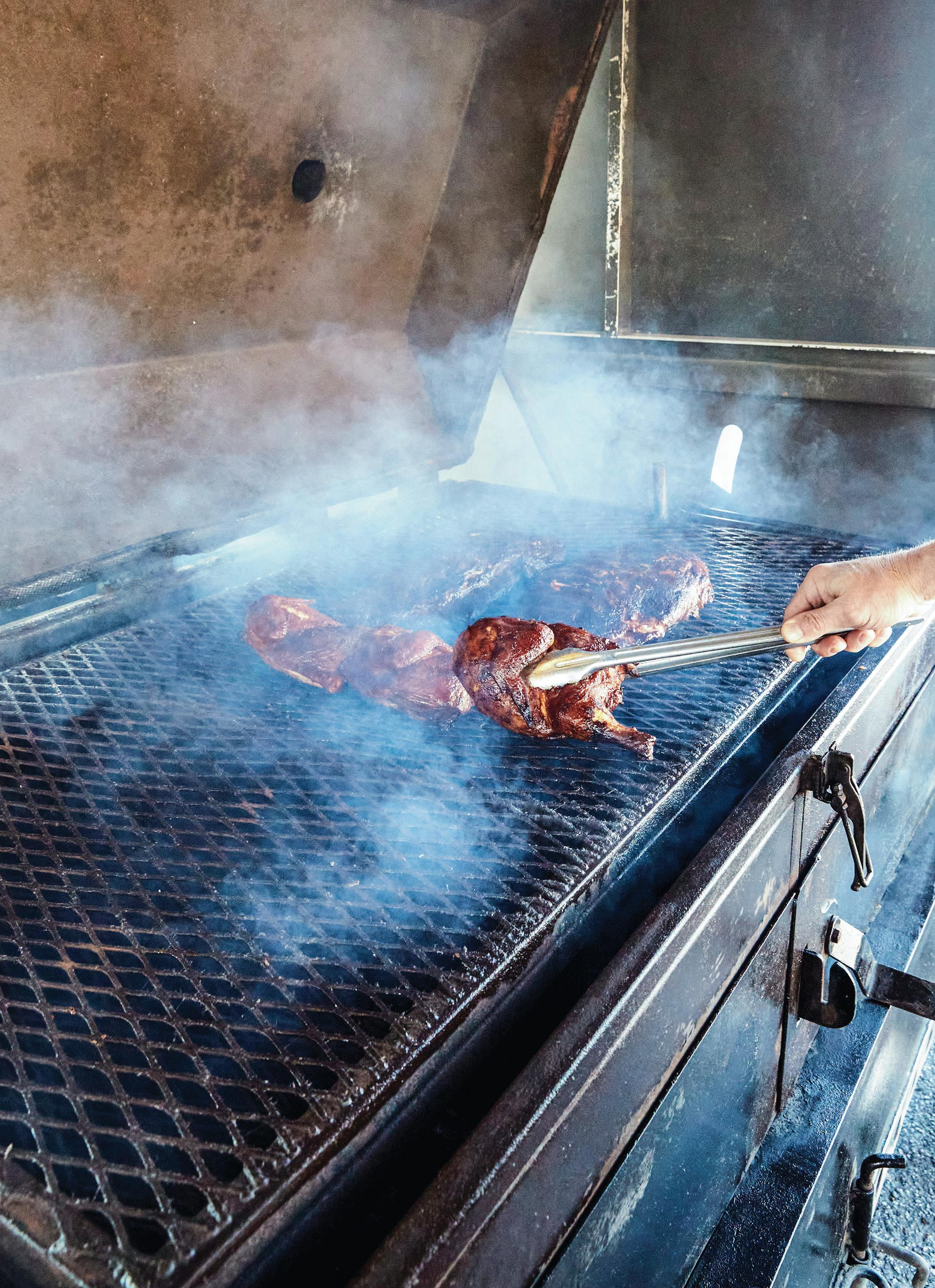
Scaling the popular cuisine isn’t easy, but it’s possible with the right growth and menu strategy.
BY BARNEY WOLFThe ability to grow a restaurant concept into a multipleunit enterprise is tough enough, but when the art, science, and craft of barbecue are added in, the degree of difficulty rises a couple notches.
Issues such as establishing operating protocols, supply chains, and hiring plans are certainly important to scaling any chain. However, teaching future pitmasters to create great barbecue— preparing, smoking, and even slicing or chopping meats—is a complexity most other concepts just don’t have.
In many cases, smokers at these restaurants are running nearly around the clock, with cooking times based on the type and size of the protein. While brisket is ubiquitous, most of these units also offer smoked items like chicken, ribs, turkey, pork, and sausage, along with some specials.
That’s one reason—along with regional preferences—few barbecue joints a quarter century ago were more than a single unit. These days, however, the segment features statewide, regional, multi-regional, and national players. And leaders of these aspire to be “the best barbecue” wherever they are.
“We want to be the best neighborhood barbecue in Texas,”
says Craig Haley, chief executive of Smokey Mo’s, which has 19 units in the Lone Star State. Larry Ryback, chief executive of Jim ‘N Nick’s, which has 47 restaurants in six Southeast states, notes that despite definite regional differences in barbecue styles and sauces, “We focus on making the barbecue great.”
For the most part, none of these entities began with any thought of expansion.
“I just wanted to start a great barbecue joint and be a member of the community,” states Rick Malir, founder of Columbus, Ohio-born City Barbeque, which has 70 stores in nine states. “I could have never fathomed where we are today.”
Even Dallas-based Dickey’s Barbecue Pit, which has grown to be the segment’s leader in size with more than 400 stores in 41 states and eight countries, had humble beginnings in 1941. “We didn’t start growing until the 1960s,” says chief executive Laura Dickey, adding that the expansion was “very organic” with “no great brand design” until ramping up this century.
Most of these brands, as with many other restaurant companies, faced early growth difficulties. For City Barbeque, it was opening the second store. “I almost lost the company,” Malir says,
noting operations weren’t in place and costs of opening a new unit siphoned profits from the original. For Dickey’s, the struggle was with the third store and a weight of growth issues.
“We have truly learned from the difficulties,” Dickey notes. “If necessity is the mother of invention, then challenges are the parent of creativity.”
As these companies began scaling, a decision eventually had to be made: whether to accomplish this by the company alone or via a franchise route. Dickey’s and suburban Austin’s Smokey Mo’s chose the latter, while City Barbeque and Jim ‘N Nick’s retain company ownership of all units.
“I think the biggest decision was to franchise,” Haley explains. “We made the decision that in order to grow outside Austin, you need to partner”—and select the right business relationship.
City Barbeque actually franchised a few units early on, but Malir and his partners bought them back. “It was an experiment and didn’t fit who we are,” he says.
Dickey’s—with mostly franchised units—has had acquisition offers but remains a family-owned parent company. Growth for others is being aided by private investment capital: Birmingham-based Jim ‘N Nick’s was acquired by Atlanta restaurant giant Roark Capital Group, and Smokey’s Mo’s was bought by Austin’s Switchback Capital LLC. City Barbeque received an investment from Freeman, Spogli & Co., which is headquartered in Los Angeles.
Barbecue restaurants faced a particular impediment to growth years ago due to the historical regional nature of the business. It was a common belief that ‘cue had to be one style, and that Texas, North Carolina, Alabama, Memphis, or any other type couldn’t thrive in another region.
That’s not necessarily a determining factor now, although Dickey’s and Smokey Mo’s still hew closely to their Texas roots.
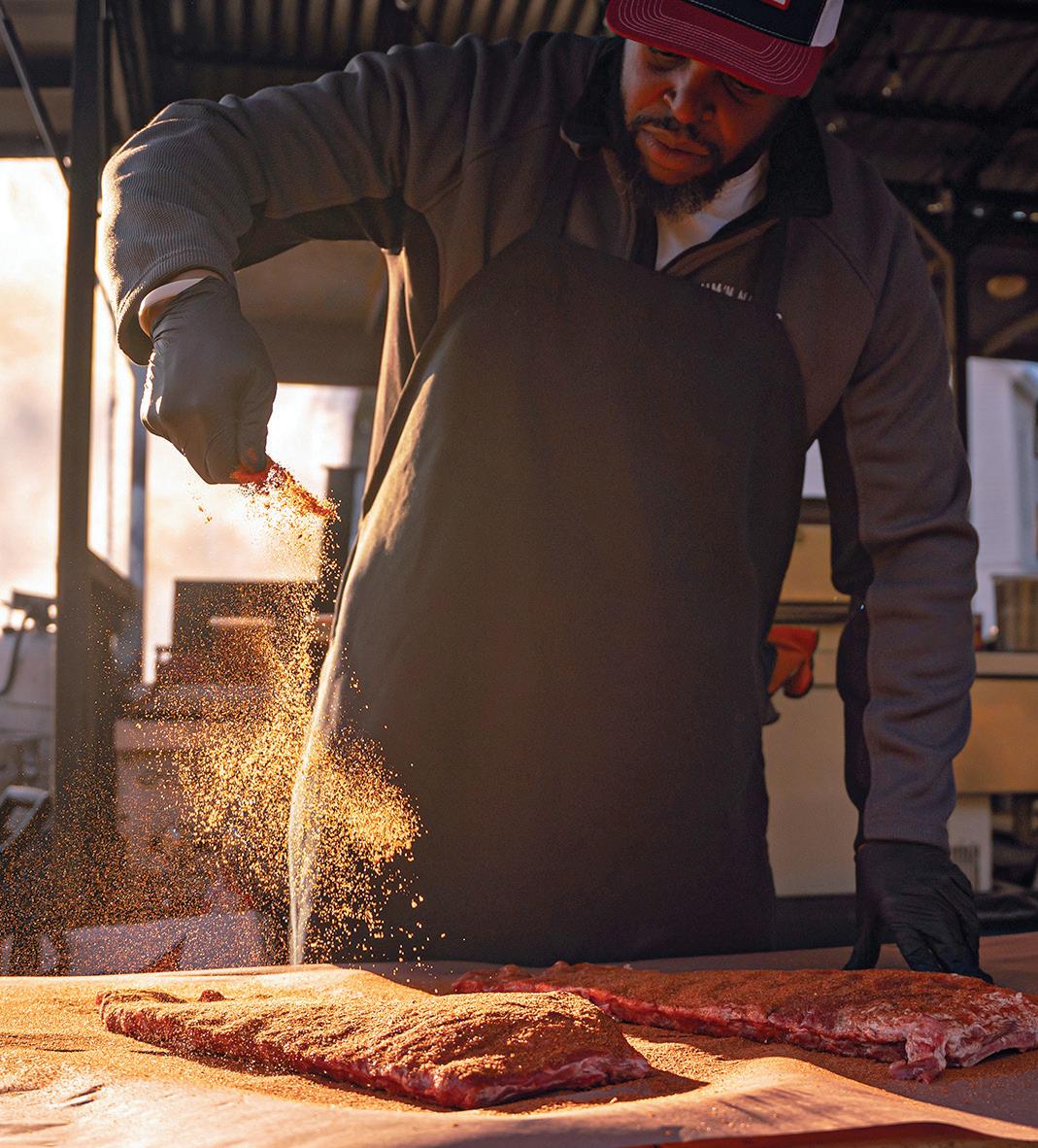
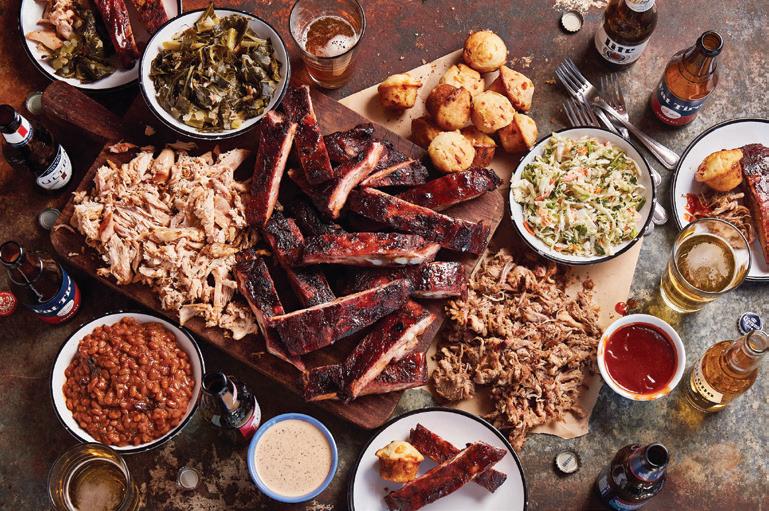

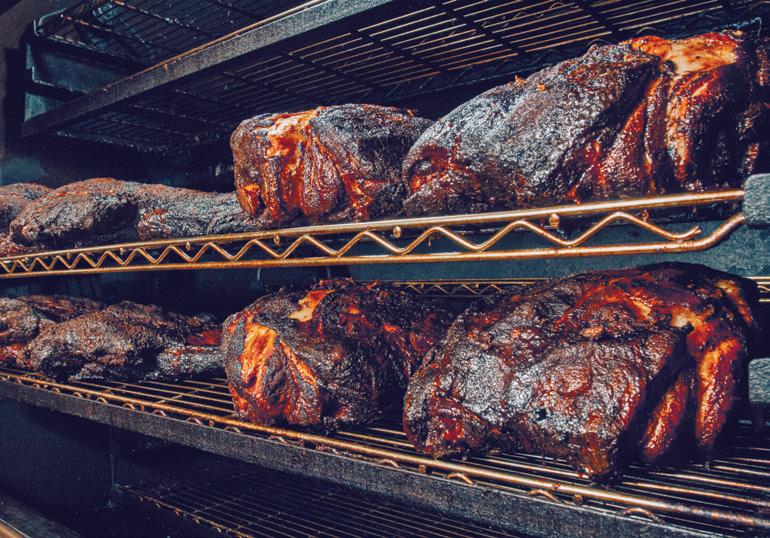
“There are a lot of similarities across the country these days,” says Malir, pointing out that City Barbeque features different regional styles among its proteins and sides. American consumers move from one place to another regularly,
and “If the barbecue is great, they’re going to buy it.”
At Jim ‘N Nick’s, “we like to look at broad appeal,” Ryback notes, “so it doesn’t just appeal in Memphis or Birmingham. Today, “People are really accepting of different types of barbecue.”
As the companies grew, there were plusses and minuses. Menus tended to expand as well, and like other restaurant enterprises, those had to be trimmed during the pandemic. At the same time, some chains launched new regional side items or even better side versions than the originals.
Key to any growth plan is having systems in place to foster the expansion, including operations, real estate, marketing, and labor, among others. The fact that a barbecue joint needs to have long lead times and smokers running long hours with workers manning them requires unique systems.
“Whether it’s one or two or, like us, trying to grow to 90 [stores], you have to be ready, and have the right people in place” who are aligned with the company’s core values, Ryback says. “And it is equally important to have the right systems in place, day in and day out.”
The inherent intricacies and difficulties in barbecue cooking and preparation are logical reasons behind these companies’ focus on their employees as engines for their growth. Training in all the particulars of barbecue generally takes weeks of long days.
“I think barbecue is a skill,” Haley says. “It’s a trade, and so the cooking of the meat is so important. It’s not something you can teach in a week.” Dickey says that her company’s training involves three weeks of “intensive” instruction, and that franchise restaurant operators, as well as their pitmasters, must go through this course.
That focus on people, the companies say, goes beyond the pit to the entire crew and is key to their expansion. “We want all of our staff to grow with us,” Malir says. “One thing that inspires us to grow as a company is that growth provides opportunities. It’s the only way to scale up.”

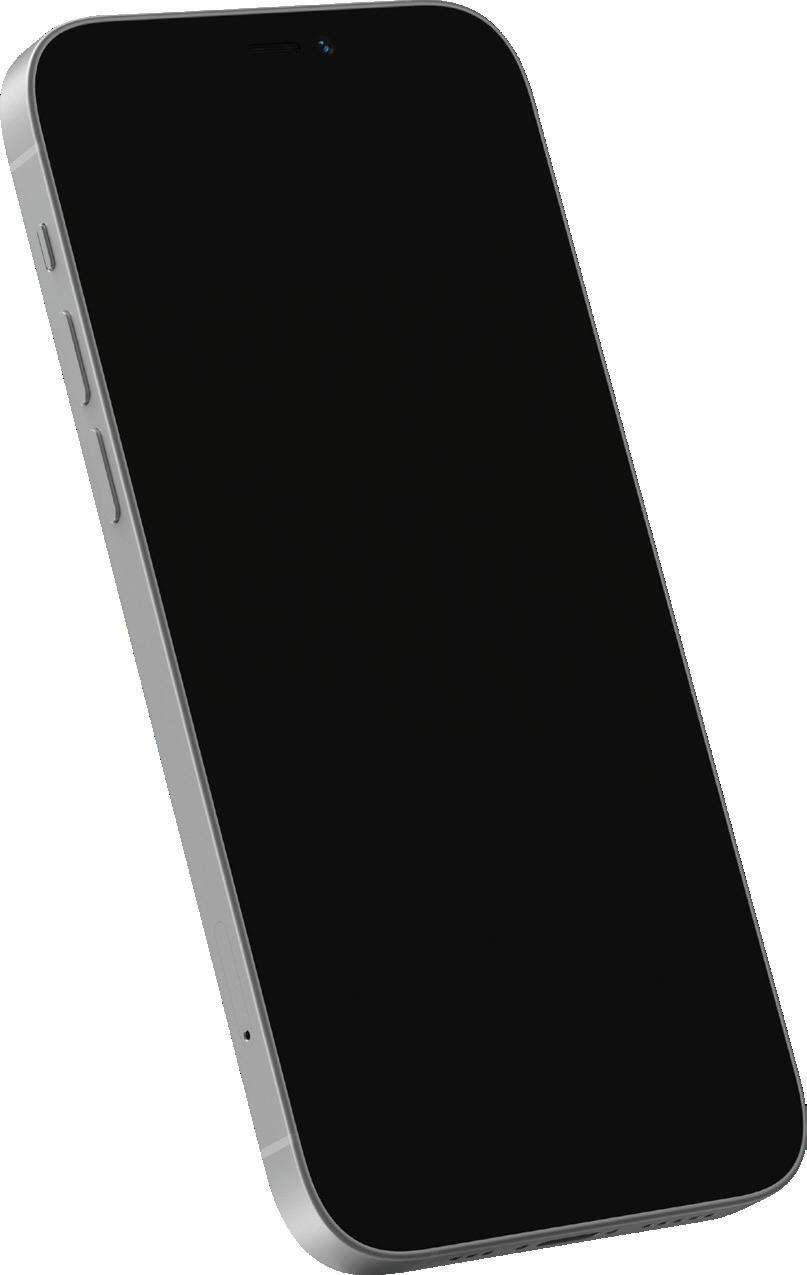

77% Preferthetaste of freshguacamole comparedto processedoptions.1
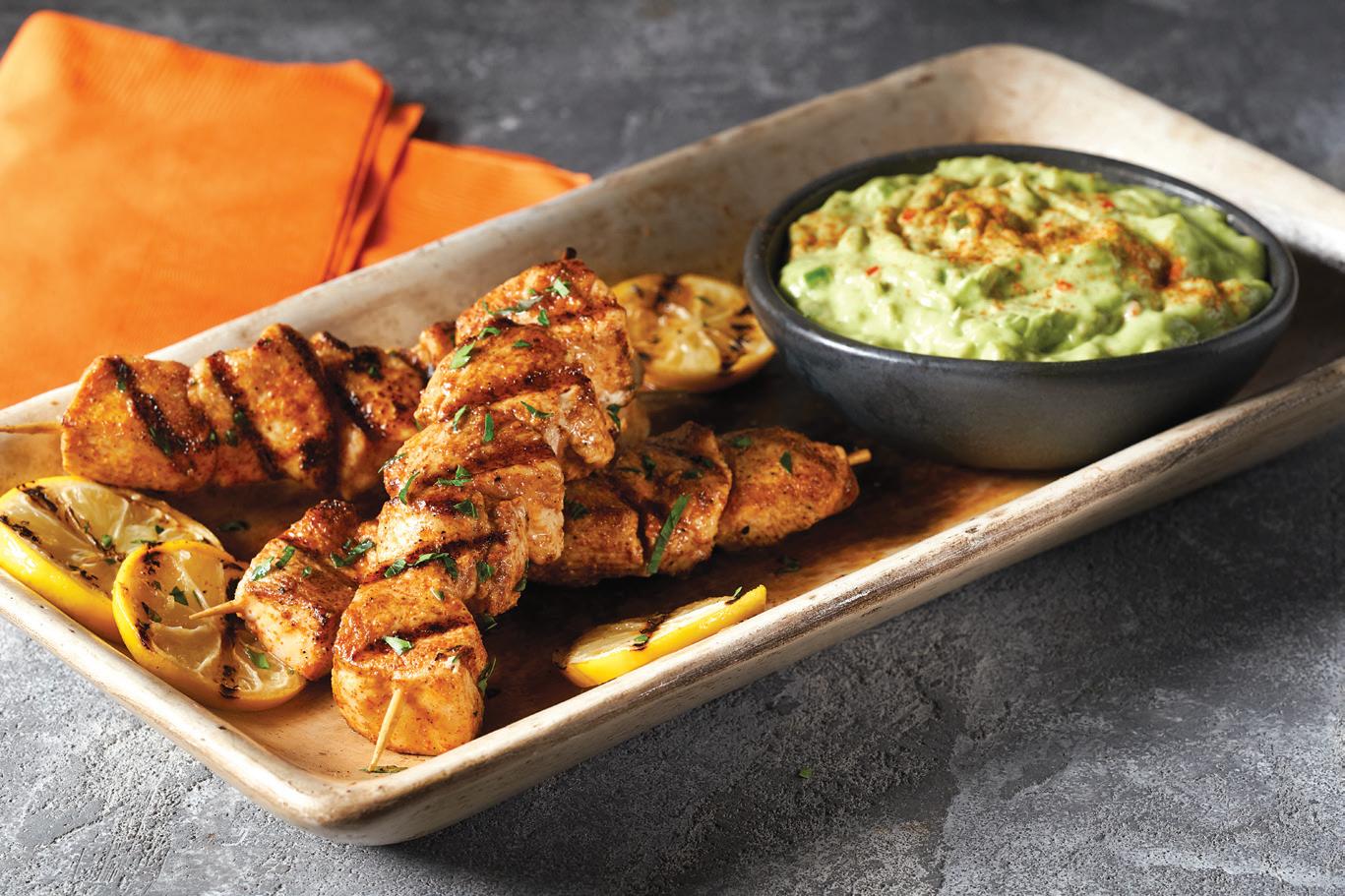

Amountcustomers arewillingtopay fordisheswith freshavocados. 2
Just a scoop or two of the right guac can turn a regular menu item into something that’s simply heavenly—not to mention, your customers are willing to pay up to $2 more for it!2 From creative new twists like Piri Piri Guac to entirely new dishes like Avocado Ranch Smash Burgers, there are countless profitable, flavorful, and easily executable ways to bring divine menu innovation into your operation.

VISIT GUAC HEAVEN AT THE NRA SHOW, BOOTH #424, FOR TRULY DIVINE MENU INSPIRATION.
Whether it’s our extensive library of educational tools and workshops, or our divine menu innovations that extend guac beyond Mexican, when you partner with Avocados From Mexico, you get the support you need in every aspect of your operation—every step of the way. It’s what we call a match made in Guac Heaven.




SCAN THE QR CODE TO SEE HOW WE CAN TAKE YOUR RESTAURANT TO NEW HEIGHTS.



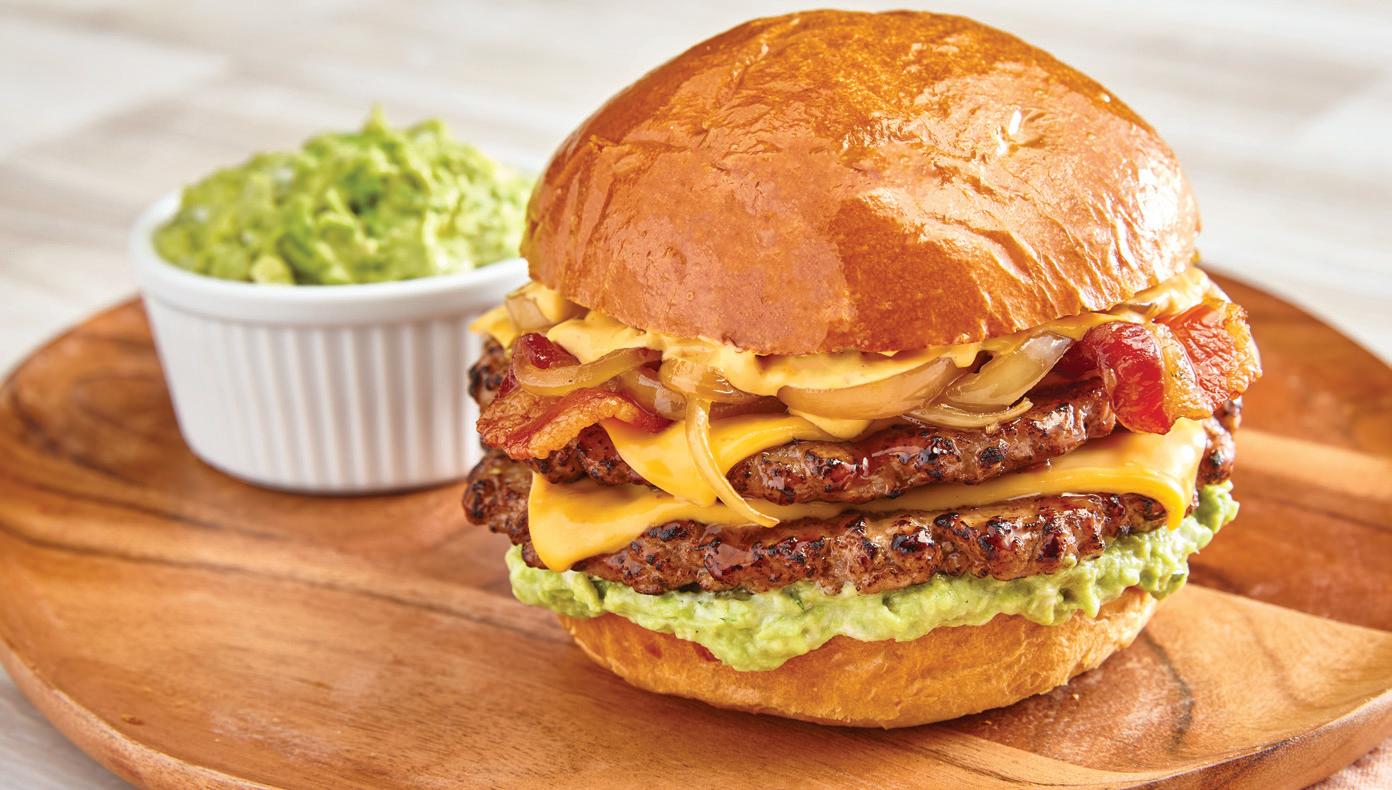






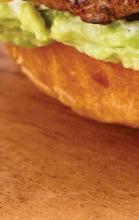




















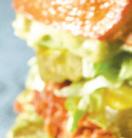
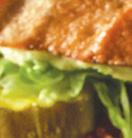
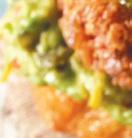





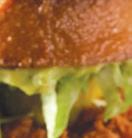

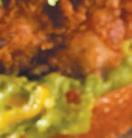





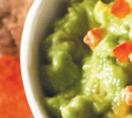










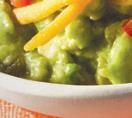


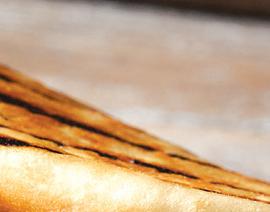





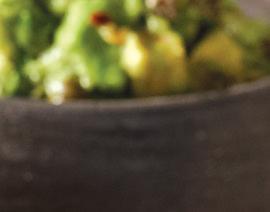

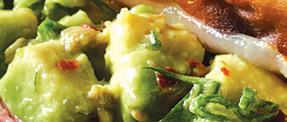
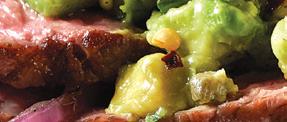
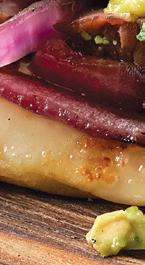



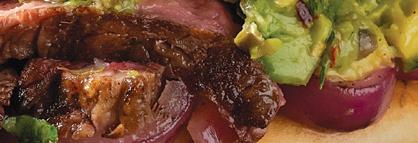





 AVOCADO PIMENTO GUAC
SMASH BURGER
CHICAGO STYLE GUAC DOG
ITALIAN AVOCADO SALSA VERDE
AVOCADO PIMENTO GUAC
SMASH BURGER
CHICAGO STYLE GUAC DOG
ITALIAN AVOCADO SALSA VERDE
A delicious option for environmentally conscious diners.
As dietary preferences shift and environmental concerns grow, quick-service restaurants face the urgent need to evolve their offerings. Finding the best products that meet this demand can be difficult, especially when working with new foods that haven’t been previously available at quick-service restaurants.
Impossible Foods stands at the forefront of a culinary revolution, catering to the ever-evolving concerns of consumers worldwide as more individuals pivot towards plant-based diets. Whether for health reasons, ethical considerations, or environmental sustainability, the demand for plant-based options in quick-service restaurants has skyrocketed.
Impossible Foods meets this demand head-on by offering a wide range of delicious, nutrientdense products which are better for the planet and mimic the taste and texture of meat. “When developing our products the traditional animal product is our benchmark,” says J Michael Melton, head of culinary at Impossible Foods. “We don’t put out any product unless it’s as good or better than its animal counterpart.”
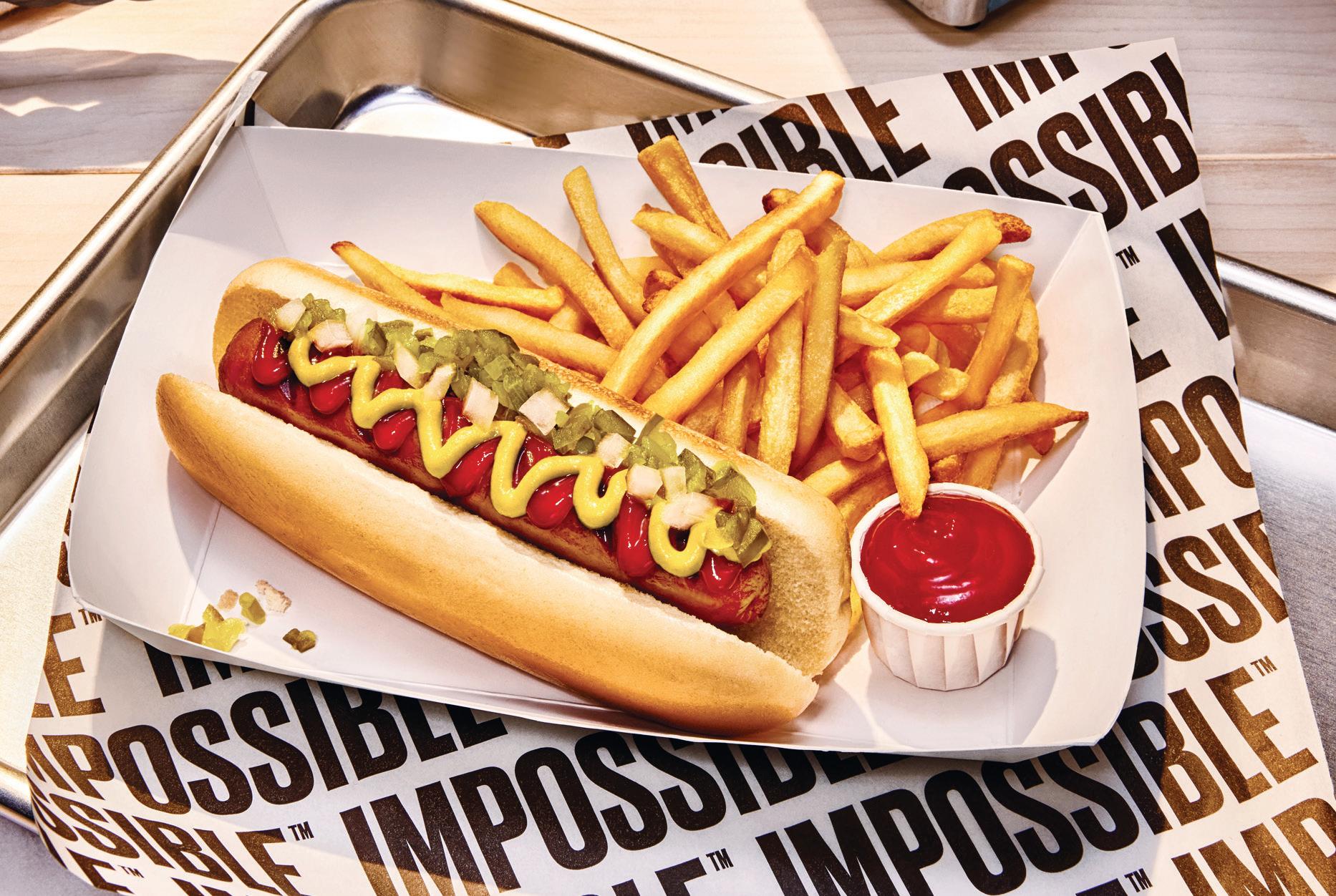
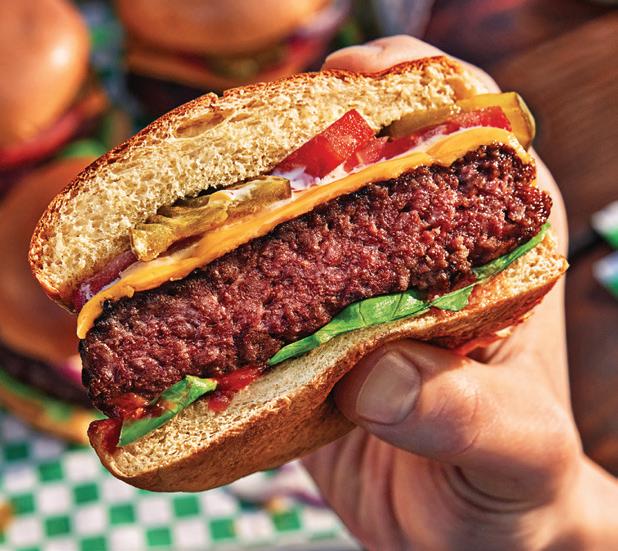
This innovative approach satisfies the cravings of omnivores looking to diversify their diet with more plants, without sacrificing flavor. “We’re redefining the meat category and elevating the dining experience,” Melton says. “Consumers can now have a burger or hot dog that tastes like an animal product but comes from plants.”
By incorporating Impossible Foods’ products into their menus, quick-service restaurants can attract a broader customer base, adapt to changing consumer trends, and play a part in promoting a more sustainable food system. “Sustainability is our number one driver,” Melton says. “Our Impossible Sausage Patties generate 73 percent less greenhouse gasses and use 46 percent less land area and 80 percent less water versus traditional pork sausage from pigs.”
The versatility of Impossible Foods’ products is a game changer. The products seamlessly integrate into a wide array of culinary creations
making a perfect fit for any menu. “Many of our products lend themselves to versatility,” Melton says. “For example, our breakfast sausage can be served whole on an english mu n or chopped up and incorporated into a breakfast sausage gravy or omelet. Our products can be used in different dishes in all dayparts and in many ways, allowing for seamless integration onto any menu.”
Impossible Foods continues to grow, focusing on innovative products while maintaining good relationships with its quick-service restaurant partners. “We’re more than a product, we’re also an extension of our partners and their teams striving to attract new customers through versatile products,” Melton says. “Our products will continue to evolve with consumer trends, and we will continue striving to put the best products out.”
“We’re not done here,” Melton says. “We keep striving to be the benchmark in plant-based meat alternatives.” This forward-thinking approach highlights dedication to staying ahead and meeting evolving needs. As dining habits shift towards sustainability, Impossible Foods leads, embracing the future with innovative plant-based products.
–By Abby WinterburnYep, your guests—not just vegetarians—have come to expect modern and delicious plant-based menu options. Adding Impossible™ Meat From Plants
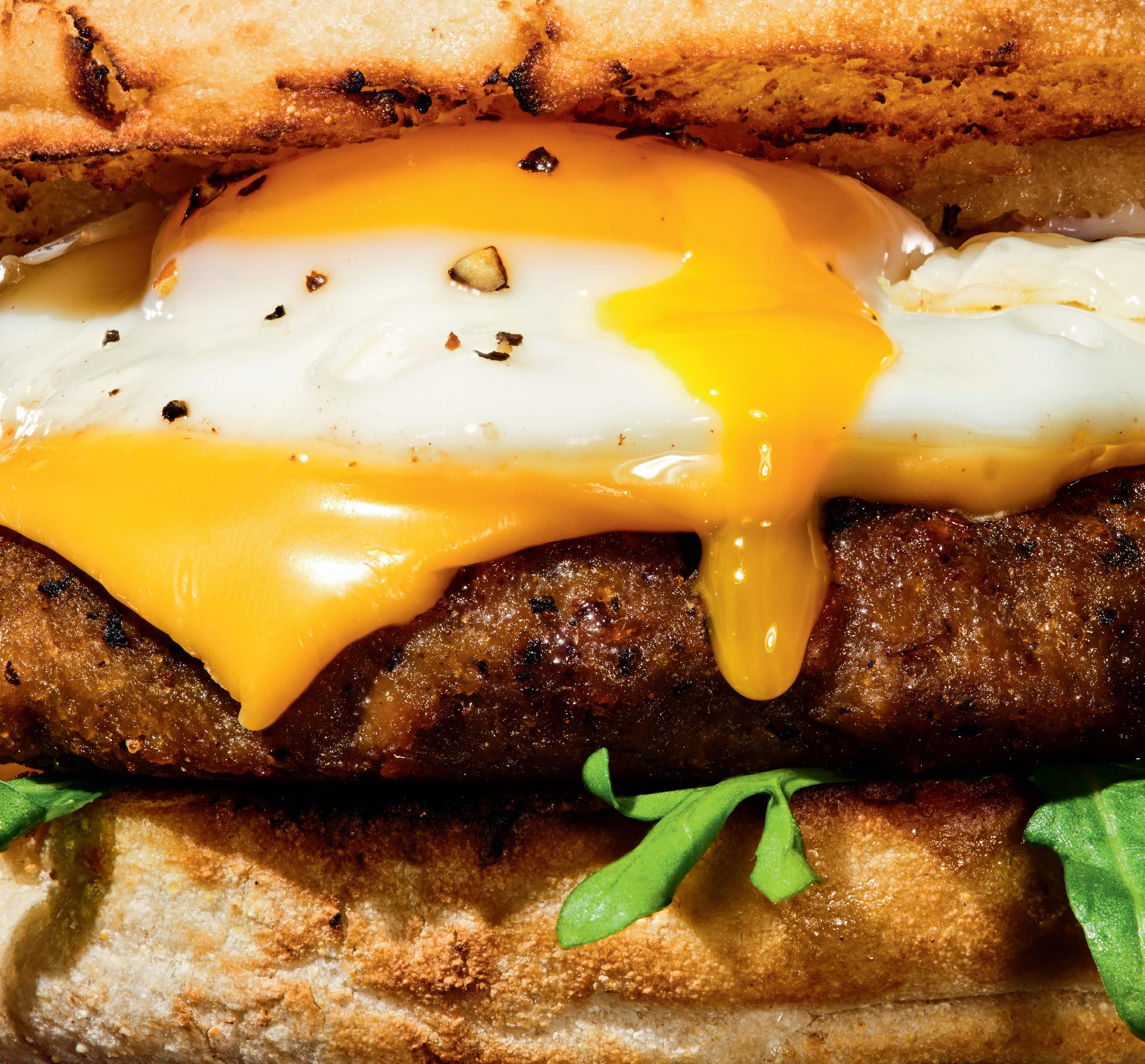
*See impossiblefoods.com/nutrition-disclaimers
The dessert chain is battling for market share in the red-hot cookie category with some help from a burgeoning platform company.
BY SAM DANLEY
FOUNDERS: Bennett Maxwell
HEADQUARTERS: Lindon, Utah
YEAR STARTED: 2018
ANNUAL SALES: $13 million
TOTAL UNITS: 80+ locations open with 16 food trucks in operation
FRANCHISED UNITS: 460 territories sold
SIX YEARS AFTER LAUNCHING INSIDE AN ARIZONA
State apartment, Dirty Dough is surpassing 80 brick-and-mortar locations with dozens of units in development and 460 franchise territories sold.
It also has the support of a fast-growing platform company that’s opening new horizons. The cookie chain joined Craveworthy
Brands earlier this year, tapping into its supply chain, franchise development, and marketing muscle to gain a strategic edge in the so-called “cookie wars.”
Founder Bennett Maxwell credits Dirty Dough’s rapid ascension to three key factors. First and foremost is the flagship product. The brand’s indulgent treats are baked with layers, mix-ins, and fillings in the dough. Think sugar cookies filled with raspberry jam and coated with icing and sprinkles, or fudge brownie cookies loaded with Reese’s peanut butter chips and stuffed with peanut butter protein nougat.
The second factor is a simple operating model. The company opted to centralize production at a manufacturing facility early on instead of having stores prepare their own dough. That goes a long way
toward maintaining consistency and a low cost of goods for franchisees. It also helps lower the barrier of entry as far as upfront costs go since stores can run as small as 600 square feet with a single employee and minimal equipment.
“We found specialized machines that do stuffed cookies as well as two- and threelayer cookies, so you can have peanut butter dough on the outside, chocolate dough in the middle, and hot fudge filling inside,” Maxwell says. “You can mix thousands of cookies at a time and then ship those out to franchisees to be baked onsite. You don’t have any downside in the freshness, but you have a large upside in quality control.”
The third factor is a highly publicized legal dispute with one of its primary competitors. That may seem counterintuitive, but Maxwell says Dirty Dough gained national attention after Crumbl—the largest player in the cookie space—filed a lawsuit accusing it of copyright infringement two years ago. It ended up selling hundreds of franchises because of the exposure.
“People would go to our website to find out who this company is that Crumbl was suing,” he says. “They’d find a more unique cookie and a simplistic business model, and then they’d inquire about franchising.”
The cookie chains reached a settlement last fall, paving the way for Craveworthy to acquire an undisclosed but significant interest in Dirty Dough. It was one of the platform’s largest deals to date and marked its first foray into the snacking category.
Dirty Dough is the 11th brand to join Craveworthy. Led by founder and CEO Gregg Majewski, the platform of emerging and legacy fast casuals formed in late 2022 when it acquired two existing chains, Wing It On! and The Budlong, and created two new brands, Krafted Burger + Tap, and Lucky Cat Poke Co. It later added Genghis Grill, Flat Top Grill,
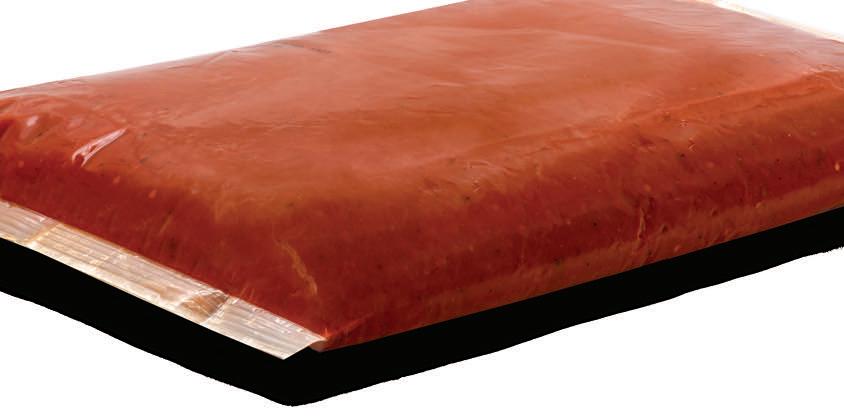

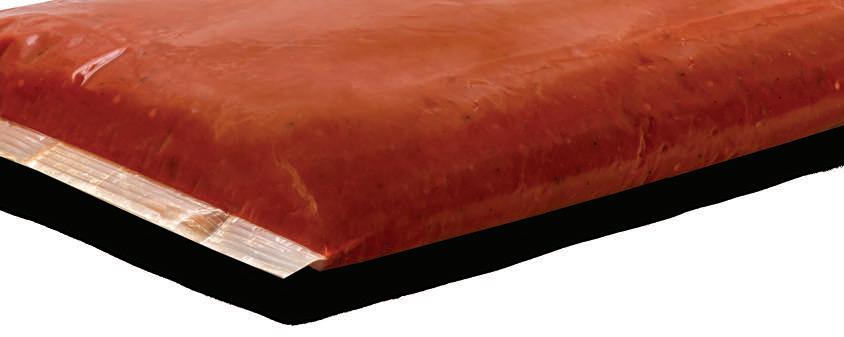
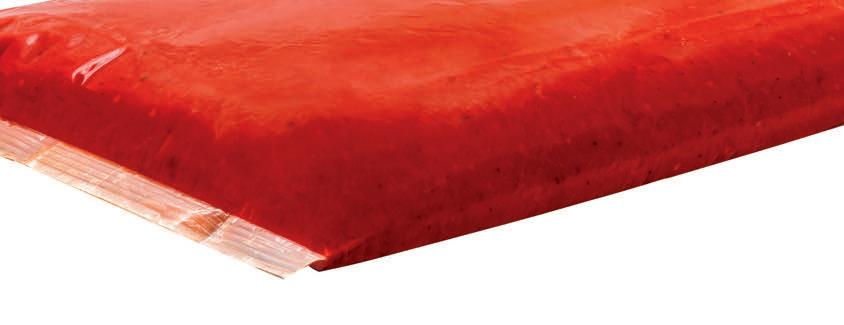



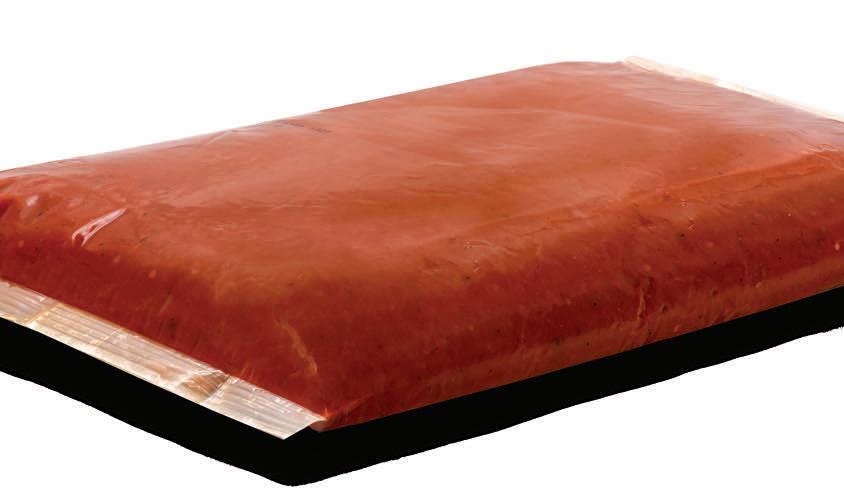
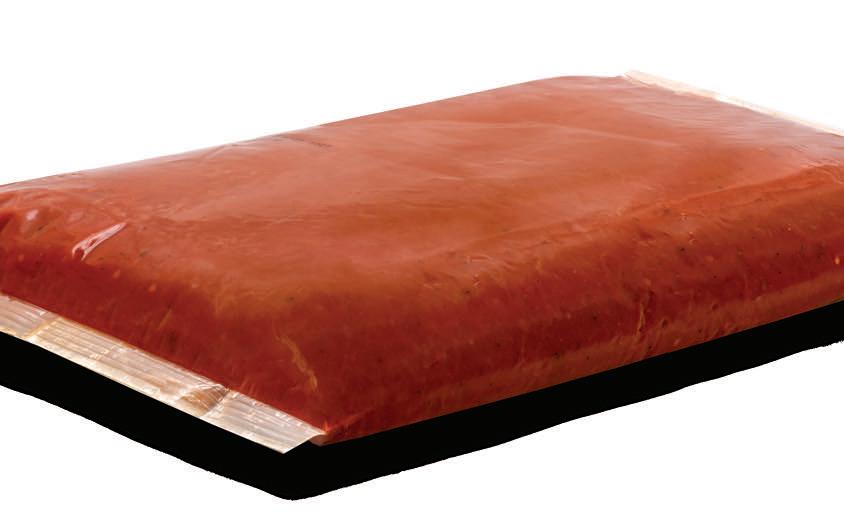



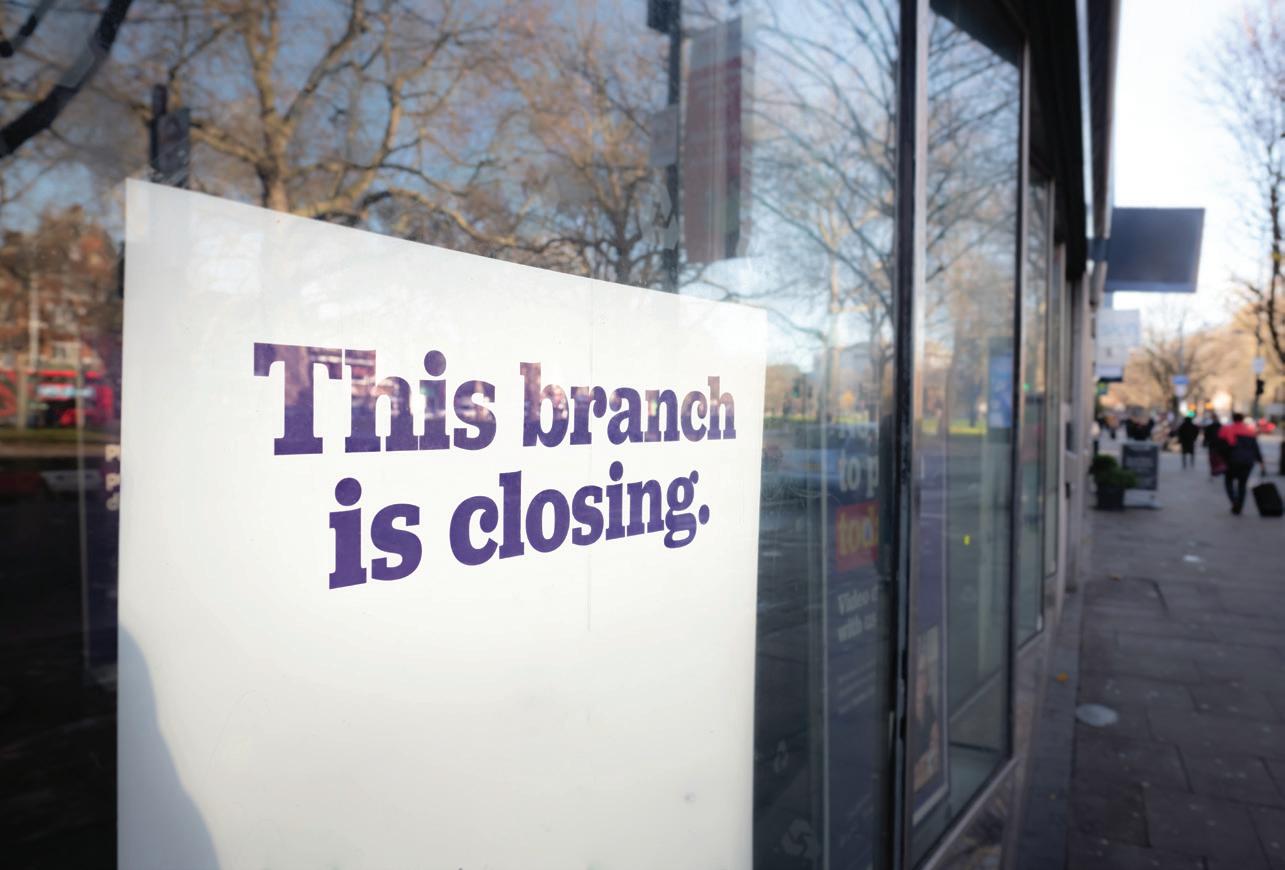
2009 was the last year physical bank locations increased. There were nearly 100,000 branches across the U.S. Now, there are fewer than 80,000. In 2023, an additional 1,409 bank branches in the U.S. closed according to S&P Global Market Intelligence data. The COVID-19 pandemic accelerated bank closures because of the push to decrease face-to-face interactions, and since then, physical bank locations have continued to decline.
Merger and acquisition activity has been another factor driving bank branch closures with bank deal value surging to a 15-year high in 2021. As financial institutions merge, redundant branches are closed leaving many local businesses in cities and rural areas alike in the lurch.
Operators are tasked with finding workarounds and new solutions. That might mean never going into a branch at all.
“It’s forcing operators to either drive further to make their bank deposits or open up new accounts with di erent banks,” says Lenny Evansek, the senior vice president of retail business development at Loomis. “The result is more relationships to manage, more administrative work to sift through, and potentially higher fees by having smaller but more bank relationships.”
Each bank account comes with its own set of statements, transaction fees, and customer service requirements, which means more paperwork and complexity. The accumulation of fees across several accounts
can erode profits, especially for smaller businesses. The complexity of managing multiple relationships can lead to errors and oversight, which can negatively impact a business’s e ciency and financial health.
To manage cash-handling tasks more e ciently, Loomis o ers an automated system. SafePoint is a cutting-edge smart safe that securely stores and validates cash until it’s ready for deposit. With the bundled solution, operators gain access to trusted cash transportation services, convenient change order capabilities, and detailed reporting tools.
“Loomis gives customers the ability to virtually work with their banks,” Evansek says. “They can deposit their money whether their bank is within 10, 100, or even 1000 miles. This enables them to consolidate their bank relationships from many down to one.”
Loomis SafePoint also provides significant operational advantages that can lead to cost savings and improved e ciency. “It potentially saves on labor,” Evansek says. “It can help operators schedule more eciently by not having to schedule an extra employee knowing someone has to leave the restaurant to go make a bank deposit.”

Operators using SafePoint can manage all their information under one platform using their mobile devices or laptops, bringing consistency to their finance and accounting departments. “They can see their cash deposits and cash positions for all their restaurants at any given time,” Evansek says. “It enables them to troubleshoot any issues that might be out in the field when it comes to balancing. It saves operators a significant amount of time by being able to do all this remotely rather than calling each restaurant individually or sifting through many di erent bank portals and reporting solutions.”
Loomis's innovative approach helps businesses save on labor, streamline operations, and improve their financial e ciency, proving essential in adapting to the new norms of banking and cash handling. –By Olivia
Schuster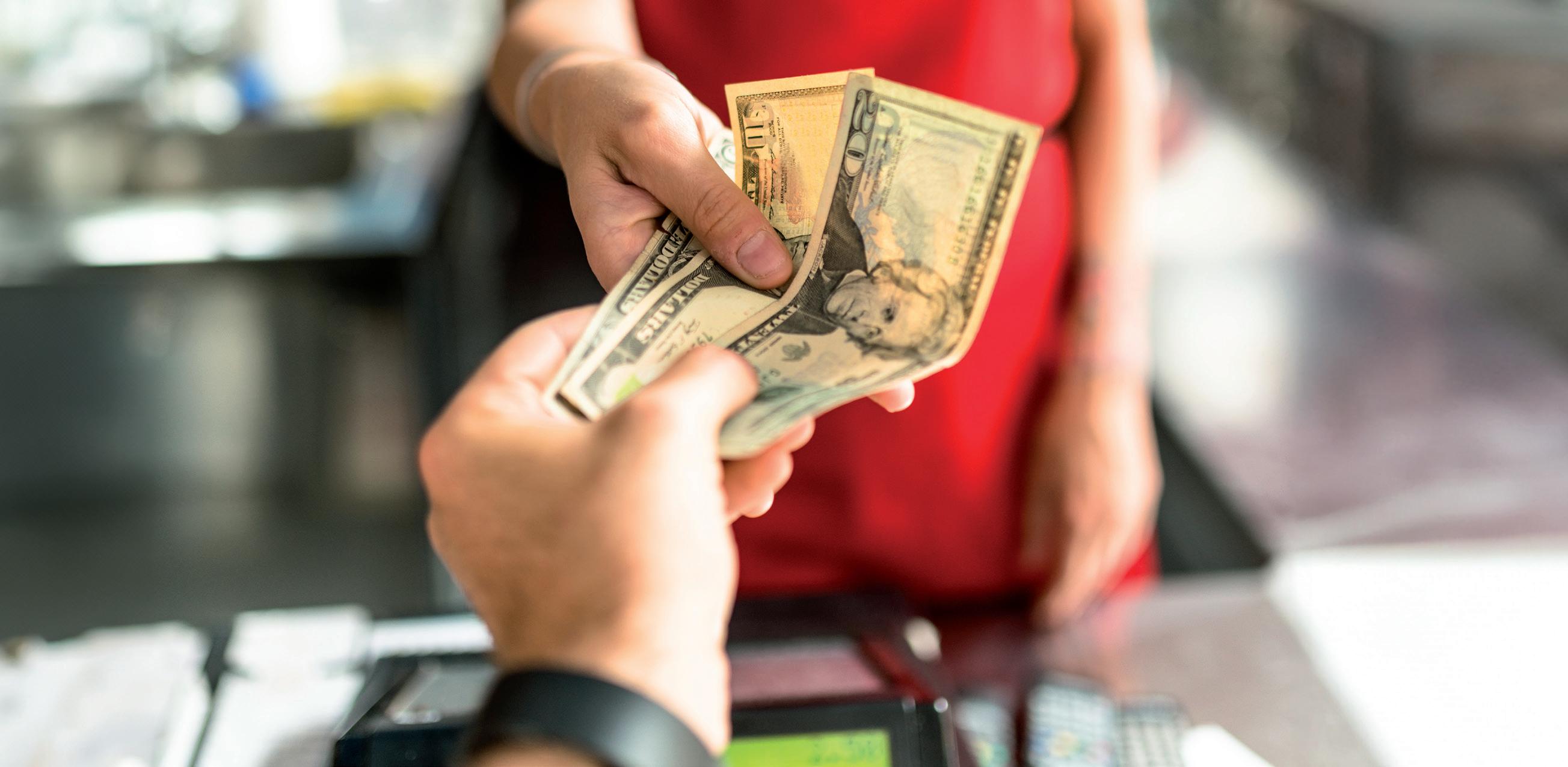
SafePoint—The Solution to Operational Pains
Manual cash handling is not only timeconsuming but also leaves your business vulnerable to theft and human error.
SafePoint by Loomis is here to alleviate your operational pains. Our smart safes and cash recyclers offer a secure, efficient way to manage your cash, so you can focus on what matters most—growing your business. Plus, with features like provisional credit, you could have access to your funds overnight.
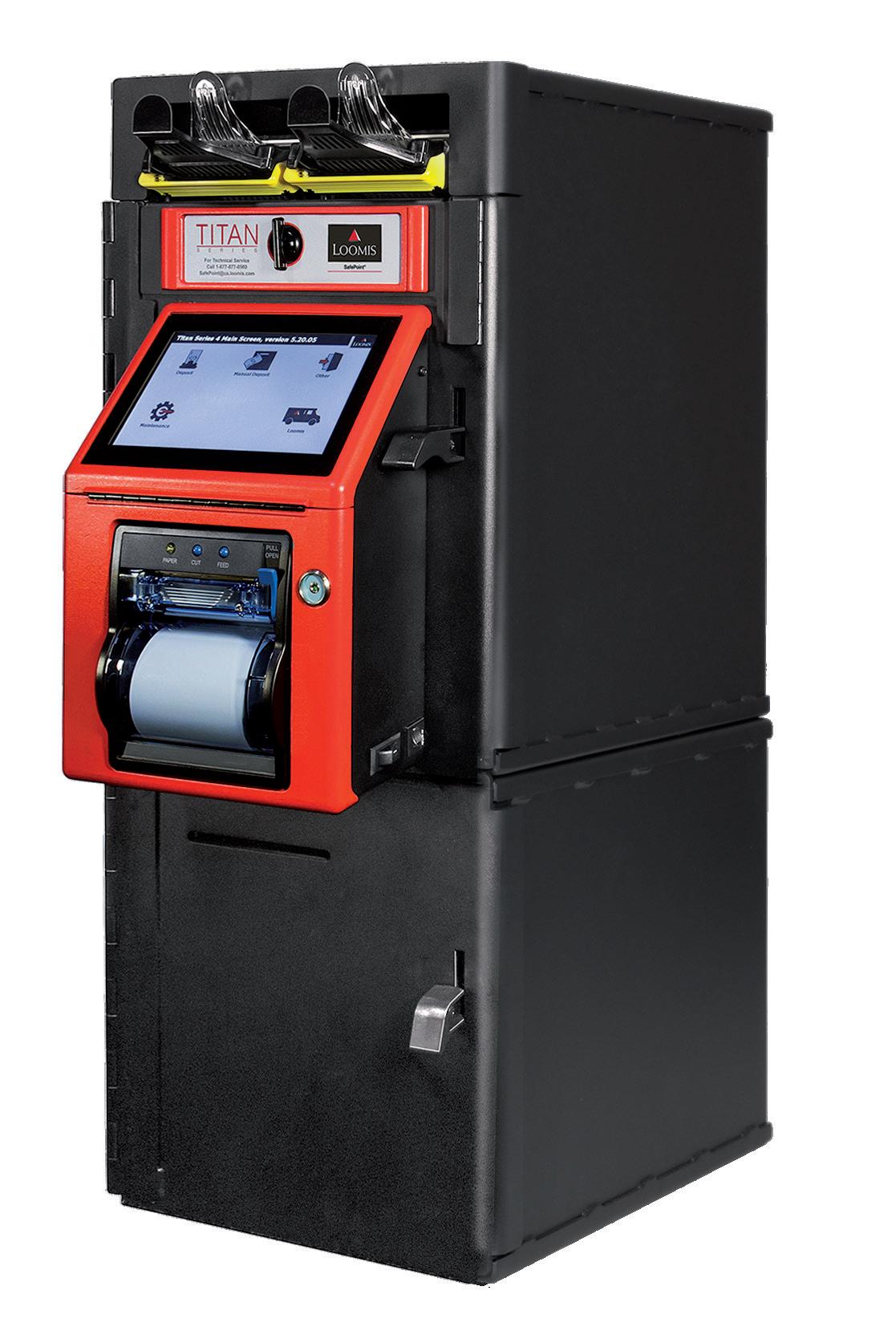
Save on labor and training costs.
Reduce the risk of internal theft and external threat.
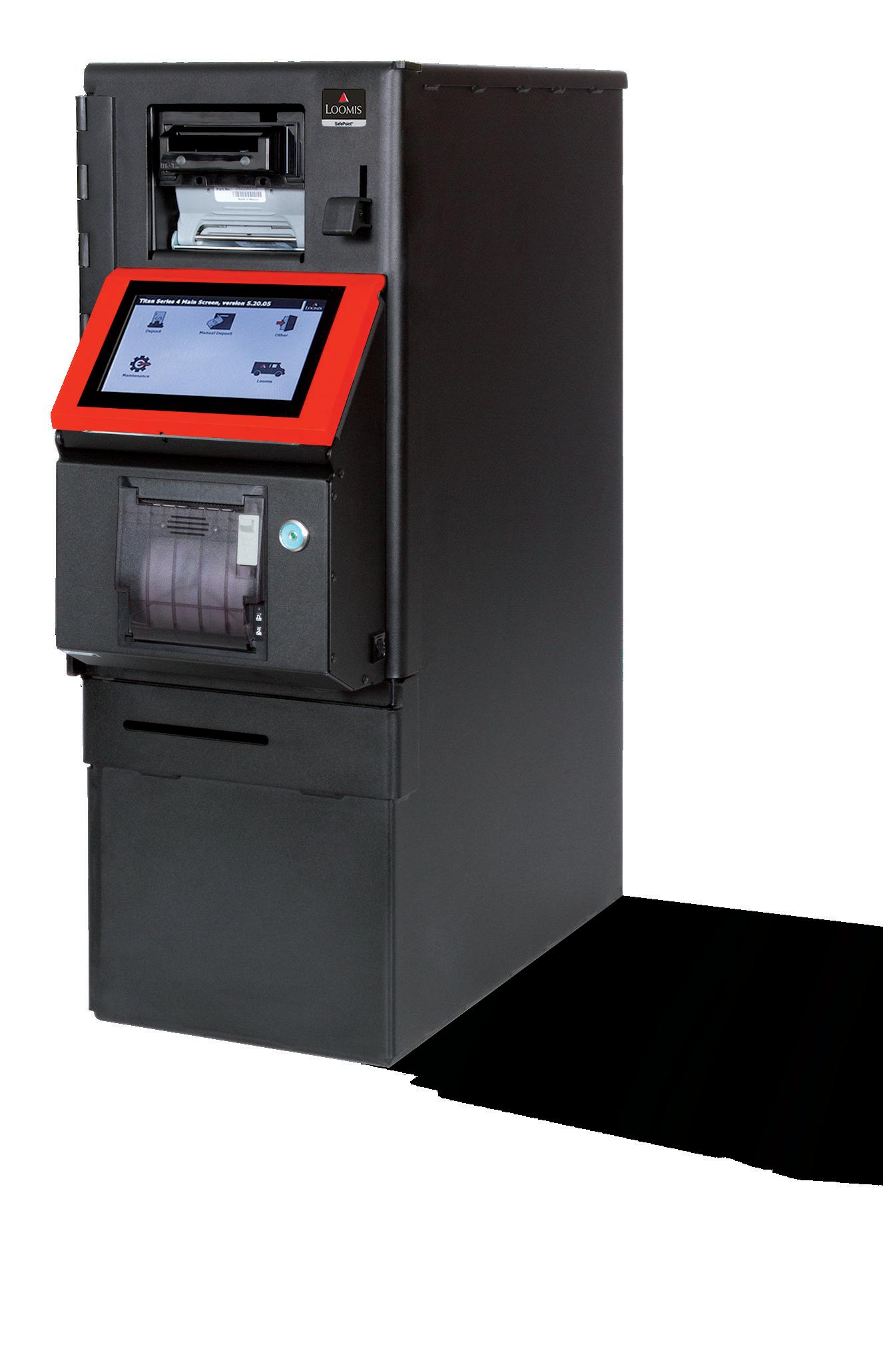
Gain real-time visibility into your cash flow.
Eliminate the need for daily trips to the bank.
Partner with cash handling experts.

Launched at the tail end of 2023, the food delivery app is centered around empowering and educating underrepresented restaurant owners nationwide.
BY SATYNE DONER

It’s not surprising to find Ashley Loveless Cunningham associated with the term “entrepreneur”—she’s had a knack for business since her days selling candy to classmates in second grade. After successfully launching a colored contact lenses business in high school, she ventured into various business endeavors before finding her niche in the financial industry. She accumulated over 18 years of experience assisting others in building personal credit and achieving financial wellness.
Cunningham launched a coaching business aimed at helping entrepreneurs elevate their brands and achieve financial success by imparting knowledge on financial literacy, payroll management, and accessing working capital—essential elements for any entrepreneur’s journey, and potentially bottlenecking factors for those in underserved communities.
During the pandemic, Cunningham observed the struggles faced by the restaurant industry, particularly in small towns, where establishments grappled with declining sales, labor shortages, and supply chain disruptions.
“I’m a very observant person, and I noticed these businesses
didn’t have a foundation in place to help them stay open in a crisis,” Cunningham says. “They didn’t have any type of excess funding, whether through an institution or their personal credit, to keep the doors open. I wanted to be able to help not just on the financial side, but I also wanted to help them push more traffic into their stores [ post-pandemic ].”
Motivated to provide a solution, she conceptualized ChewTyme, a Houston-based food delivery app that debuted in late 2023. ChewTyme not only facilitates seamless restaurant-to-customer deliveries but also offers access to Cunningham’s “Business Credit University,” which provides invaluable resources for financial wellness and growth.
Despite lacking a background in the foodservice industry, Cunningham approached ChewTyme from a consumer’s perspective. Dissatisfied with the excessive costs associated with third-party delivery aggregators, she spent over a year researching and developing ChewTyme to offer a more cost-effective solution for both consumers and restaurants. She also wanted to find a way to help others with her financial expertise in an industry she believes needs it the most.
“I checked my bank statements, and I said ‘woah, this is crazy’,” Cunningham says. “I started looking for a better solution [for restaurants and consumers]. I researched for a good year and a half before I reached out to developers and started building ChewTyme.”
ChewTyme distinguishes itself from competing third-party services by charging a lower commission fee of 17 percent for restaurant delivery orders ( compared to other apps, which charge between 20 and 22 percent ), with no monthly fee until an operator has been on the platform for two years—a period aligned with Cunningham’s credit-building program. On the consumer side, ChewTyme offers a flat delivery rate of $4.95 and attractive discounts and promotions.
The app functions similarly to other food delivery applications, providing a streamlined ordering process and timely delivery with a notification system in place. However, for local restaurant operators, ChewTyme offers more than just delivery services; it provides access to financial advice and a network of potential lenders, aiding in the establishment of a busin ess credit profile.





Communications. Customer satisfaction and convenience are at the forefront of the quick-service restaurant industry. Complications can arise when employees have to manage multiple ordering channels while moving customers through the drive thru.
“With AI taking and processing all drive-thru orders, crew members are enabled to support other key areas of the operation like supporting the front counter or processing payments and handing out orders,” Mullica says. “Plus, AI provides outstanding accuracy and never forgets to upsell.”
Voice AI integration is important to consider as technology is constantly evolving. Ease of integration can be indicative of how e ective a communication platform will be in the long term. Its ability to be easily installed, maintained, and updated as technology advances is paramount to quick service success.
“Other communication solutions on the market need additional audio boxes or adaptors to integrate with a voice AI provider, but these added components can quickly become points of failure,” Mullica says. “Unlike other systems, NEXEO | HDX is a restaurant communication platform uniquely designed to deliver the best drive-thru audio and seamlessly integrate with an AI provider when you’re ready to implement the technology.”
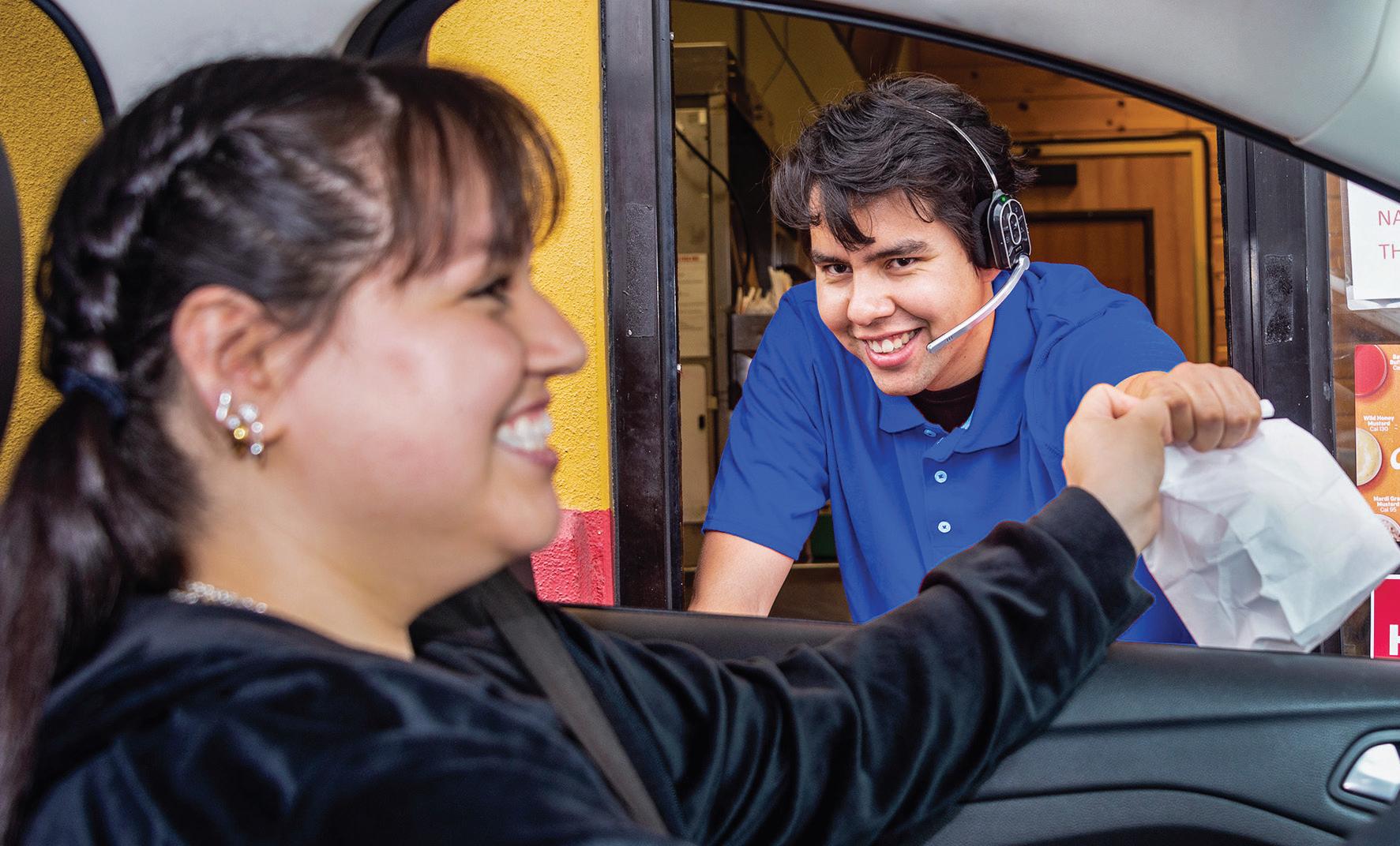
As drive-thrus experience increasing demand, operators face the challenge of balancing e ciency with evolving consumer expectations. According to Quantum Pulse: Drive Thru Survey, approximately 70 percent of fast food sales are drive thru. The growth of ordering channels and the domination of drive-thru sales necessitates advanced technology solutions–particularly AI— in restaurant operations. With AI managing orders, sta can move to roles where personal interaction more significantly enhances customer service and satisfaction.
“Not only are drive-thrus busier than ever, but now crew members have to juggle pull forward, curbside, third-party delivery, and mobile order wait areas,” says Scott Mullica, senior director of product management and innovation at HME Hospitality & Specialty
Customers, employees, and operators' priorities often align when it comes to fast, accurate, and friendly experiences. AI ordering can increase all of these components and alleviate friction points by increasing order accuracy and always providing friendly and clear communication that leads to operational e ciency.
“Voice AI technology is evolving at a rapid pace,” Mullica says. “You want a communication solution that can evolve with it like NEXEO | HDX. Our platform provides a world-class drive-thru experience with every order whether it’s AI or an employee handling the order taking.”
The technology a quick-service operator uses has a dramatic impact on the speed of service and the value customers receive— especially in the drive thru. “The expectation for a fast drive-thru experience is now coupled with a fast and friendly experience at every customer touchpoint,” Mullica says.
Mastering e ciency without compromising accuracy is a tall order for drive-thru services. With platforms like NEXEO | HDX delivering a powerful AI solution, operators can seamlessly ensure swift and precise service empowering employees to excel during in-person interactions. Finding the drive-thru technology that works best for employees, operators, and customers can help build relationships and loyalty, ultimately redefining the standards of convenience and satisfaction in the industry. –By Ya’el McLoud








Whether you’re congratulating a store for a job well done or alerting managers about a change in a process, the NEXEO | HDX™ communication platform delivers your messages in real time. Send your kudos or updates with Text & Connect in HME CLOUD® and broadcast them to select headsets in the store, without interrupting the drive-thru and enabling managers, supervisors, and owners to stay in contact with their teams at any time and from anywhere.






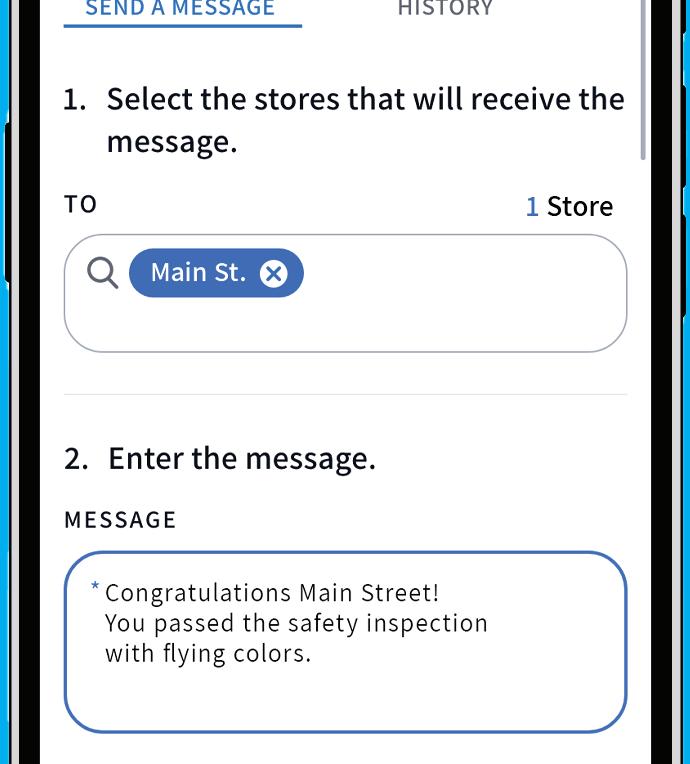























Covering every segment with unmatched turnkey solutions, we're not just leading the industry — we're transforming it. Elevate your expectations with us.
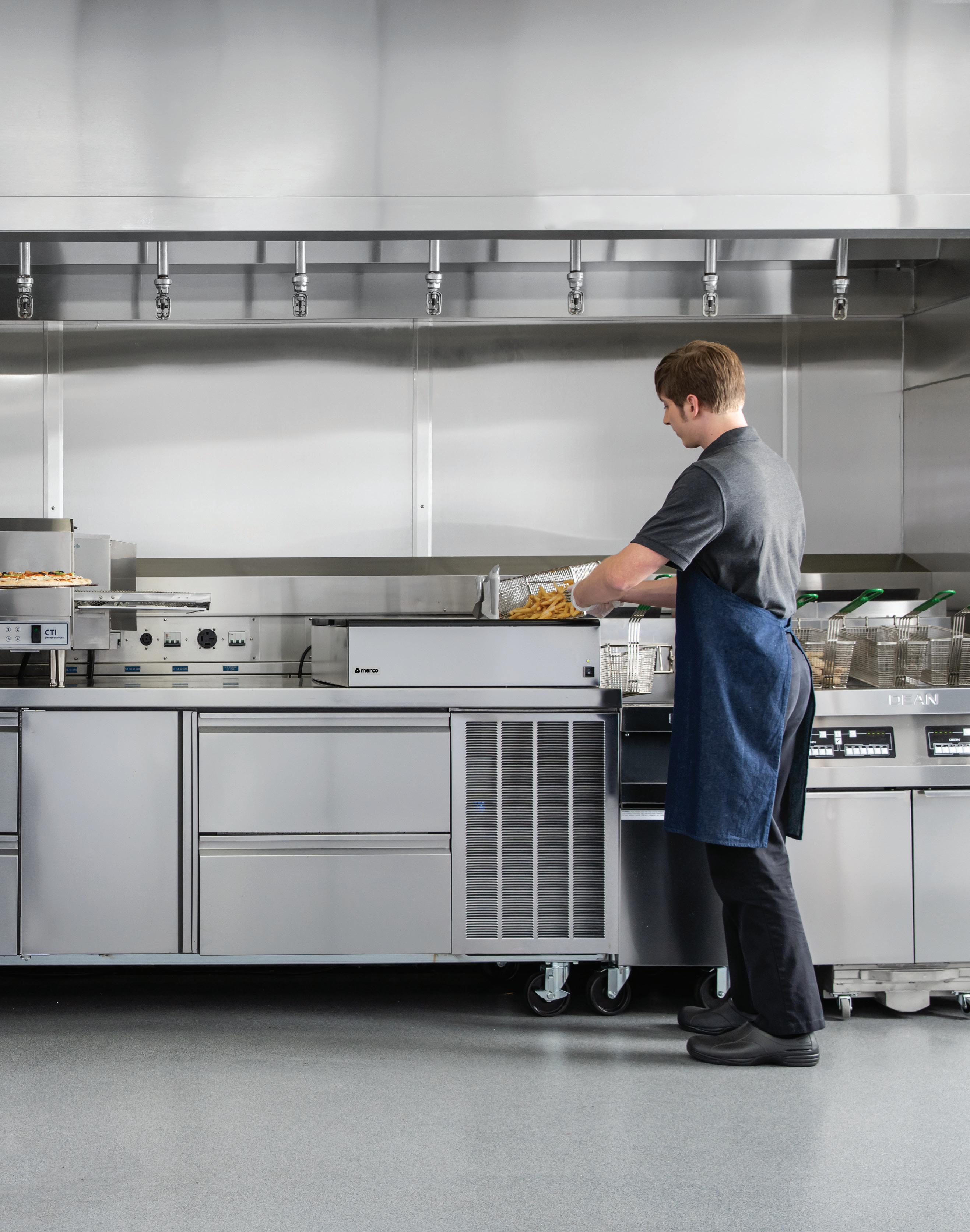

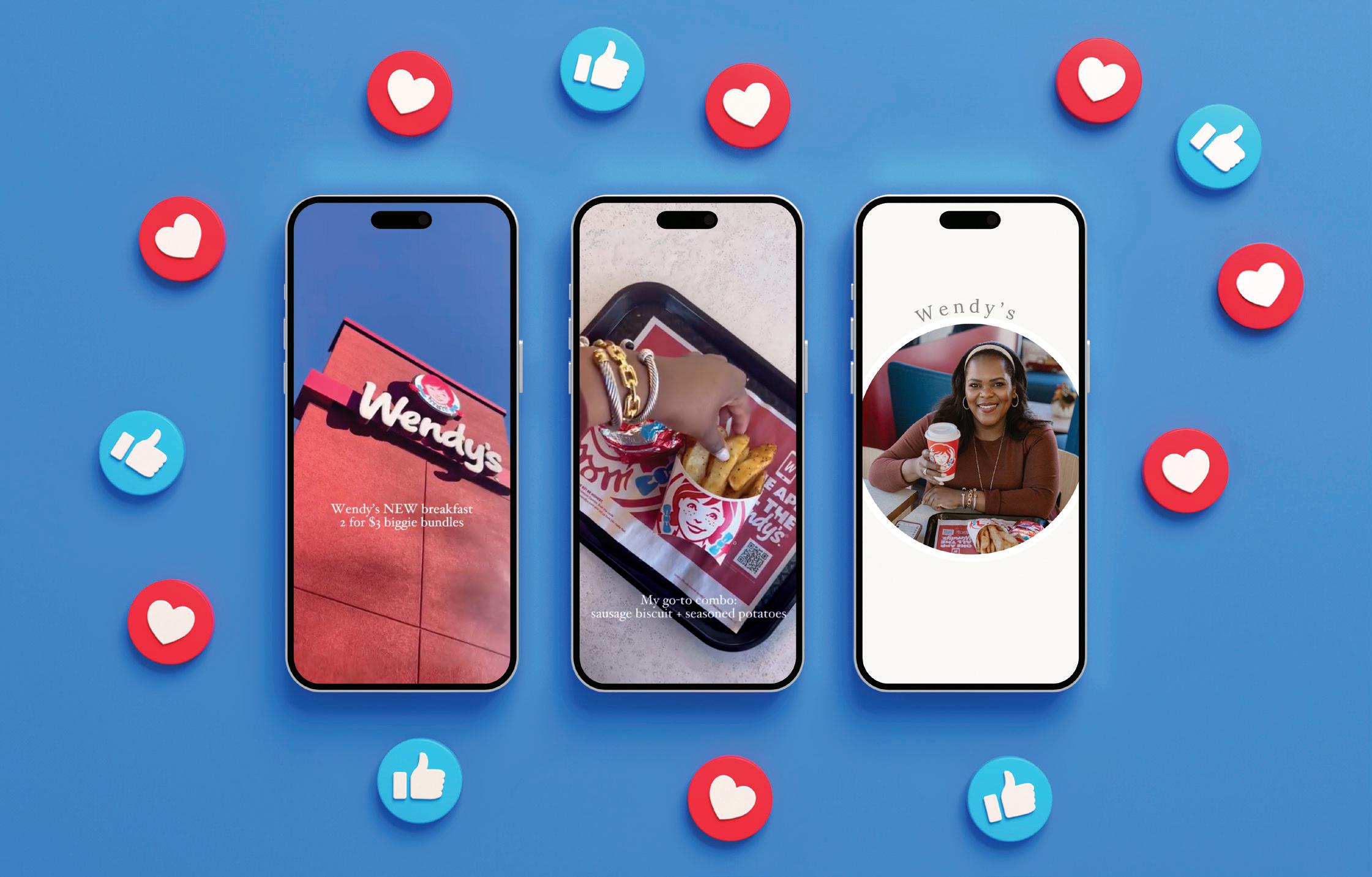
BRANDS SPEND BILLIONS OF DOLLARS ON advertising each year, with national campaigns playing a significant role in building brand awareness and driving sales. However, these campaigns may fall short when it comes to connecting with local franchisees and their diverse markets. Enter Ansira, a marketing technology platform company, that specializes in helping brands find success at both the national and local levels.
Ansira’s end-to-end proprietary technology platform makes it easy for brands to manage, track, and distribute marketing funds to their franchisees to empower a more hyper-local marketing approach. Its media and ad technology also scales budgets and creative to maximize campaigns, creative, and performance at the local level.
ANSIRA’S WORK WITH WENDY’S FRANCHISEES IN JACKSON, MISSISSIPPI, IS A PRIME EXAMPLE OF HYPER-LOCAL MARKETING AT PLAY.
“Di erent franchisee locations serve diverse markets with varying demographics, preferences, and needs,” says Catie Cryder, executive vice president of media at Ansira. “A strategy that works well in one location may not be as e ective in another. Once you have a true understanding of your local markets, it opens a world of opportunity for enterprise brands to reach their target audiences e ectively.”
Taking the time to understand the specific needs and characteristics of each market can help brands tailor their marketing e orts in a way that resonates with local customers. Partnering with local influencers or organizations can help brands create authentic connections with these communities, which is key to building trust and loyalty among local customers.
Ansira’s work with Wendy’s franchisees in Jackson, Mississippi, is a prime example of hyper-local marketing at play. To better connect with the Jackson community, Ansira crafted a media campaign that focused on partnering with local influencers to reach customers in a more authentic way.
These micro- and nano-influencers highlighted Wendy’s menu items, like their late-night munchies and two for $3 breakfast menu. By choosing influencers with di erent personalities and styles, Wendy’s was able to reach a wide range of audiences within the Jackson community.
“These types of local media campaigns are a great way to generate engaging and unique content that still aligns with your brand’s national strategy,” says Cryder. “Think about ways you can create di erent messaging, o ers, or even promotions based on local preferences and trends to show these target audiences that you truly know them and their needs.”
Enhance your franchisees’ marketing efforts with Ansira. Enable your brand to authentically connect through media campaigns that highlight local preferences or trends. Drive awareness and sales with hyper-local marketing initiatives that protect brand equity.

READY TO SUPPORT YOUR FRANCHISEES LOCALLY?
 / BY DANNY KLEIN
/ BY DANNY KLEIN
Fresh off a major milestone, the category icon is eyeing 50,000 locations worldwide, with zero signs of slowing down.

KFC Global CEO Sabir Sami travels about two weeks of every month. A recent trip brought him to his home country of Pakistan, where a new store was reporting 10,000 transactions per week. It was still the opening month. Sami, a Yum! Brands vet since 2009 who’s worked at each of the world’s largest restaurant group’s flagships—Taco Bell and Pizza Hut included—during his time as GM of Yum! Canada, cautioned the honeymoon wouldn’t last forever. Maybe it would level out at 6,000 or 8,000. Calmly, the operators disagreed. “They said, ‘no, no, no, no, we think it will plateau at 14,000 a week,’” Sami recalls. “That’s where they think it will go up to. That is insane numbers … It just shows the strength of the brand in every part of the world.”
The story of Colonel Harland Sanders selling fried chicken from a roadside restaurant in Corbin, Kentucky, is a well-worn piece of American fabric. At age 65, he began franchising with a $105 monthly Social Security check and opened the first partner unit in 1952 in Salt Lake City with Pete Harman. There isn’t another restaurant, or retail brand for that matter, as visually aligned and recognizable as the Colonel and KFC. Norman Rockwell even painted Sanders and his famed white suit in the early 1970s. The portrait hangs in the brand’s Louisville, Kentucky, museum that adjoins the threestory colonial style building known colloquially as the “White House.”
But in the 1960s is when KFC’s larger imprint took its first steps. It was one of the original U.S. quick-service chains to expand internationally as it headed to the U.K., Mexico, and Jamaica.
These days, Yum! CEO David Gibbs refers to KFC International as one of the company’s “twin growth engines” (the other is Taco Bell U.S.)
Some recent statistics feel like entire history books for many. In 2023, KFC International opened nearly 2,700 new restaurants (2,682 to be exact, alongside 415 closures), reaching 10 percent growth as units opened across 96 countries. That’s a location every 3.3 hours. If you tried to wedge that number onto a U.S. map, KFC’s global expansion last year alone would outsize the entire domestic footprints of Jimmy John’s, Jack in the Box, Panera Bread, and Panda Express, just to count a few.
The big milestone, however, arrived in January as KFC crossed the 30,000-unit mark with an opening in Rome, Italy.
When you dig in, Sami says, is when you really begin to decipher the tangible scale and potential of KFC. More than 80 percent of 2023’s growth stemmed from 14 publicly trade franchisees. Of the 30,000 venues counted to start 2024, about 22 percent were built in the past three and a half years.
Again, fitting that into America’s fast-food landscape, those 6,600 or so locations would be good enough to represent the U.S.’s eighth-largest restaurant brand, behind Domino’s and a tick ahead of Pizza Hut.
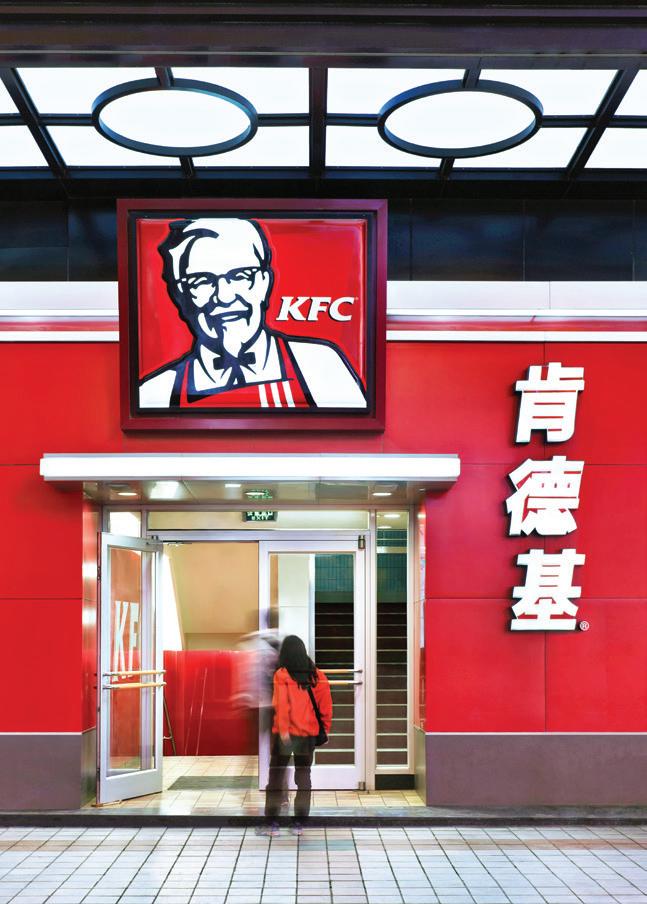
Sami says KFC should be in 150 countries by the end of this year. KFC Global chief development officer, Nivera Wallani, adds the 22 percent stat, in particular, is one that illustrates the tailwinds in KFC’s global business. Not only did the brand open all those restaurants, but it upgraded or renovates somewhere in the range of 4,000–5,000 per year.
India, Thailand, Africa, and Central and Eastern Europe all hit 1,000 during that stretch. Mexico is up to 500. Turkey 300.
East/ Turkey/ North Africa: 6
2 %
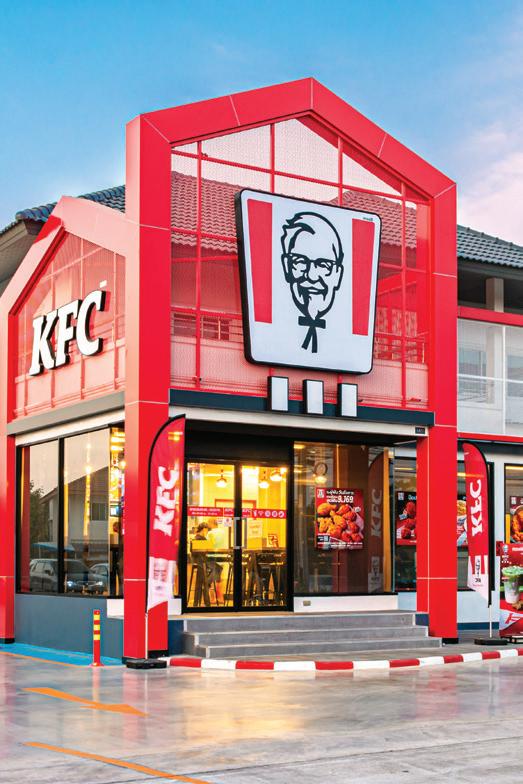
What’s worth noting as well is 3,791 of KFC’s 29,900 restaurants at yearend 2023 were in the U.S. That domestic arm opened 34 locations and closed 161 as it continues a “Re-Colonelization” campaign that began in 2016 and centers on returning KFC to its quality roots, while also evolving its asset base toward Next Gen builds.
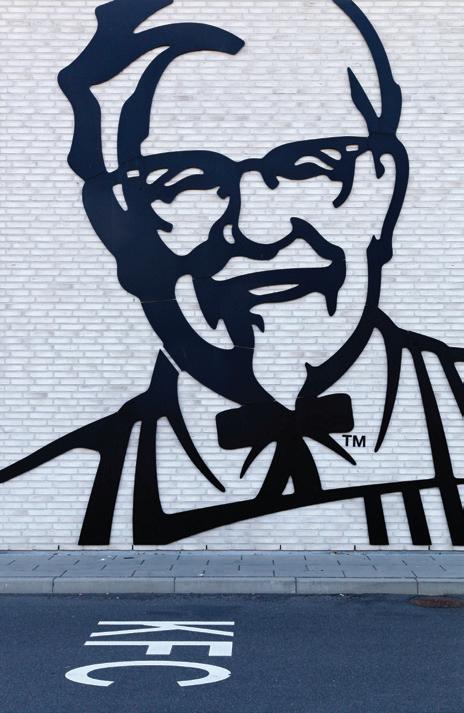
SYSTEM SALES
China: 20 %
U.S.: 2 %
Europe: excluding U.K. 17 %
Asia: 8 %
Australia: 9 %
Latin America: 17 %
U.K: 6 %
Middle East/ Turkey/ North Africa: 21 %
Africa: 15 %
Thailand: 13 %
Canada: 7 %
India: 19%
In India, to microscope one example, KFC eclipsed that four-digit figure with Devyani International Limited, a Yum! partner for more than two decades. It took the brand nearly 25 years to build its first 500 locations there. The next 500 arrived in less than five. And to spotlight how much whitespace remains, India accounted for 2 percent of KFC’s total system sales last year, which counted $33.9 billion, with same-store sales growth of 7 percent versus 2022. Internationally, KFC’s comps lifted 9 percent in 2023 while the U.S. rose 2 percent. System sales hiked 14 and 2 percent, respectively. The ultimate picture: A pathway to 50,000 global KFCs long-term.
“It’s something we’re very proud of,” Sami says of reaching 30,000 restaurants. “Our consistency as a global brand and being in the corporate world for over 50 years, we clearly have a model that works. And it works because of the great partnerships we have with franchisees around the world. Many of our franchisees are second- or thirdgeneration types of franchisees who understand what this business is all about.”
Additionally, he notes, KFC’s growth remains fueled by the reality it’s creating wealth for operators and careers for employees. Building north of 8,000 restaurants in the past five years allowed KFC to bring in 200,000 team members, “which is a staggering stat in itself,” Wallani says. 2023

“So over the past three years, we are the fastest-growing retail brand in the world,” she explains. “And we expect to go ever faster.”
The equation for KFC Global drops into three buckets: strategy, model, and localization. That latter point, as you’d imagine, keeps management busy given the breadth of the chain’s reach. KFC’s localization, Sami says, gets down to the trade zone, not just the country. That’s one of the main reasons it works.
In Latin America last year, KFC targeted new consumers and dayparts using value offers. It also expanded nuggets. Africa boosted breakfast with fresh beverages, including signature coffees. Thailand bumped transaction growth with value offerings across all dayparts.
You can travel the globe and find KFCs that serve shawarma ( Romania), Wraps, Twisters, even Poke Bowls. The spice levels don’t stagnate, either.
“If you travel to Africa, Asia, Europe, South America, Australia, U.K., you'll see the strength of the brand,” Sami says. “And not just in terms of assets, but the consumer loyalty and affinity for the brand as well.”
Wallani adds fried chicken as a category is one of the fastest growing globally in terms of consumption. According to a
report by Market Research Future, the worldwide takeout fried chicken market was valued at $6.85 billion in 2023. It’s estimated to scale at a compound annual growth rate of 5.5 percent from 2023 to 2032 and reach a valuation of $10.5 billion.
That’s just takeout.
“Whether it’s bone-in chicken or boneless chicken, I mean, that’s what we do. That’s in our DNA,” Wallani says. “That’s what we’ve done for a really long time.”
Wallani says KFC searches for some critical traits in global partners to guard that standing. No. 1, passion and commitment to grow the brand, “We’re not only a chicken business, but we’re a people business as well,” she says.
The second is capability. That means experience in hospitality or foodservice so KFC can rest assured restaurants are run by world-class operators “every single time,” Wallani notes. And lastly, while not unique to KFC’s model by any means, it does pulse here given the big picture. The brand seeks operators with capital to invest in KFC and drive that growth engine.
Speaking of that, though, a perhaps understated part of KFC’s journey circles back to what’s happened more recently. Wallani says KFC views units through an “80/20 rule.”
“When you consider restaurant design, menu, digital, what

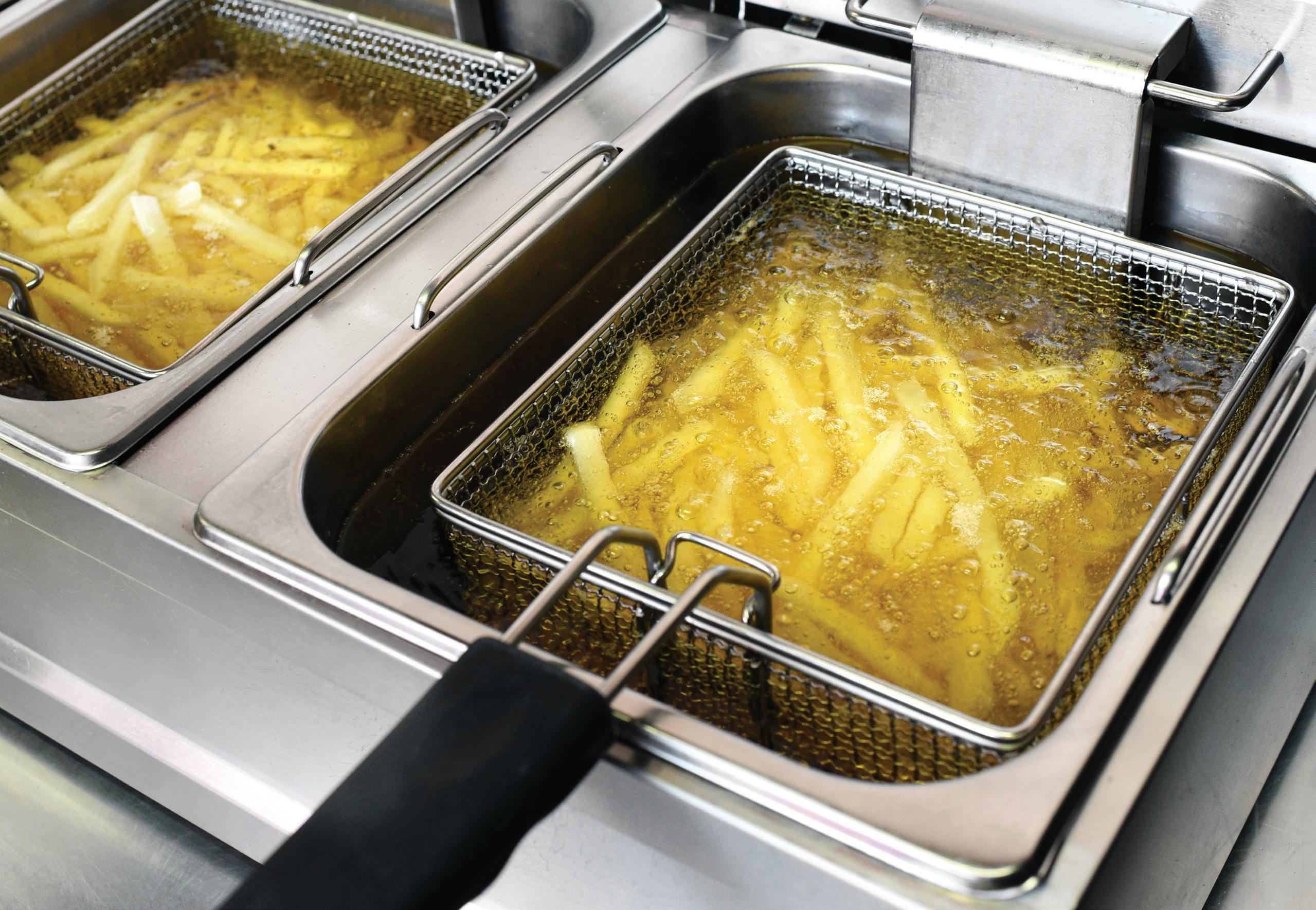
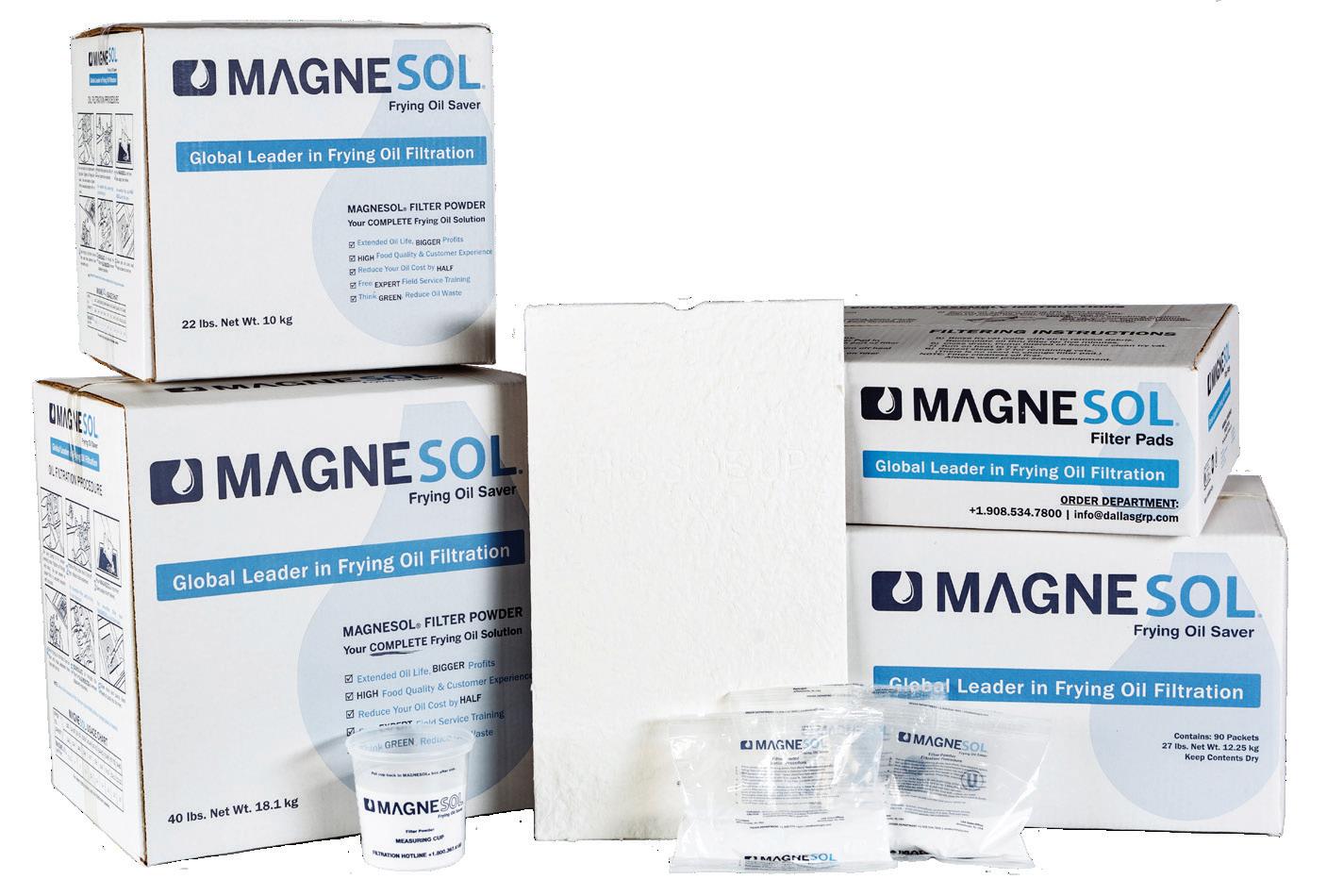
we try to do is keep a larger portion of that core to what works for the brand,” she says. “Because we’ve been doing this for many decades. And then, we localize and tweak a little bit for what’s relevant in every business unit or market, or as Sabir said, each particular trade zone.”
In other terms, KFC balances its DNA with a modern tilt, as well as adjusting market-to-market to address local consumer needs.
It’s not only about having franchise partners, but also getting scale to drive KFC’s economic model. “I think the challenge is you need to start planting the seeds and it takes time for the business to get scale and get growth. … Patience is working with local

partners and investing for the long run,” Sami says. “Then once you start getting scale, then I think businesses take off in every single market. We are successful in almost every market we go into.” KFC’s model can look a bit different based on CapEx trade zone to trade zone, from the volume of transactions to cost of commodities. One thing KFC and Pizza Hut boast is marketing-mapping data. Taco Bell International, Yum! announced in Q4, was planning to temporarily slow growth so it could stabilize comps in emerging markets and partner with franchisees to optimize site selection, leveraging the tool KFC and Pizza Hut deploy.
Wallani says market mapping helps identify potential growth, what the brand calls either “whitespace” or “info opportunities.”
“What this data-driven market mapping does, and you can just imagine the volumes of data that go in, whether it’s demographics, competitors, growth expectations, mobile data, anything that you can think of goes into this box and what it spits out is quite amazing,” she says.
Here’s where it evolves: This system doesn’t merely show KFC where to expand—it clarifies the type of asset the company should build for that trade zone; it pieces the jigsaw of Yum!’s innovation engine together.
“So we’re not only building an asset for the guest,” Wallani says, “but also optimizing that asset for our franchisee.”
KFC is one of the global leaders in this category. There is no cookie-cutter box. There are urban inlines, double drive-thrus, stores that fit into stone arches, and a One Bangkok flagship that’s going to be massive in scale and serve a tidal of visitors.
The 30,000th store that opened in Rome showcases doublesided kiosks and digital menu boards.
KFC Latin America markets recently began the rollout of kiosks using Yum!’s proprietary Tictuk platform (it acquired the Tel Aviv-based business in 2021) and plans to triple the restaurant count in 2024. “That’s the way we look at it,” Wallani says. “What’s the occasion? And then what is the right asset to go after that location?”
“
I think the challenge is you need to start planting the seeds and it takes time for the business to get scale and get growth. … Patience is working with local partners and investing for the long run.
”
“It is easy to think of a restaurant as the four walls of the restaurant,” she adds. “And that’s not necessarily a bad thing— that’s where everything happens. But if you start to think about the restaurant as the center of the brand experience, where everything comes to life in the restaurant, it really gives our development team and our development engine the opportunity to work cross functionally across our brand and to accelerate our global strategy, of which development plays a role.”
The occasion for KFC changes globally. Of course, one of the most recognizable reflections is Japan’s Christmas affinity. KFC entered that market in the 1970s. In 1974, it launched the first KFC Christmas campaign, selling a bucket of fried chicken along with a bottle of wine. The original idea came when a foreign customer who visited KFC in Tokyo on Christmas said, “I can’t get turkey in Japan, so I have no choice but to celebrate Christmas with Kentucky Fried Chicken.” A local employee overheard the remark and used it as inspiration to launch the project and the tagline, “Kentucky for Christmas.”
Today, you’ll see Colonel statues dressed in Santa attire and Christmas-exclusive menu items like premium roast chicken
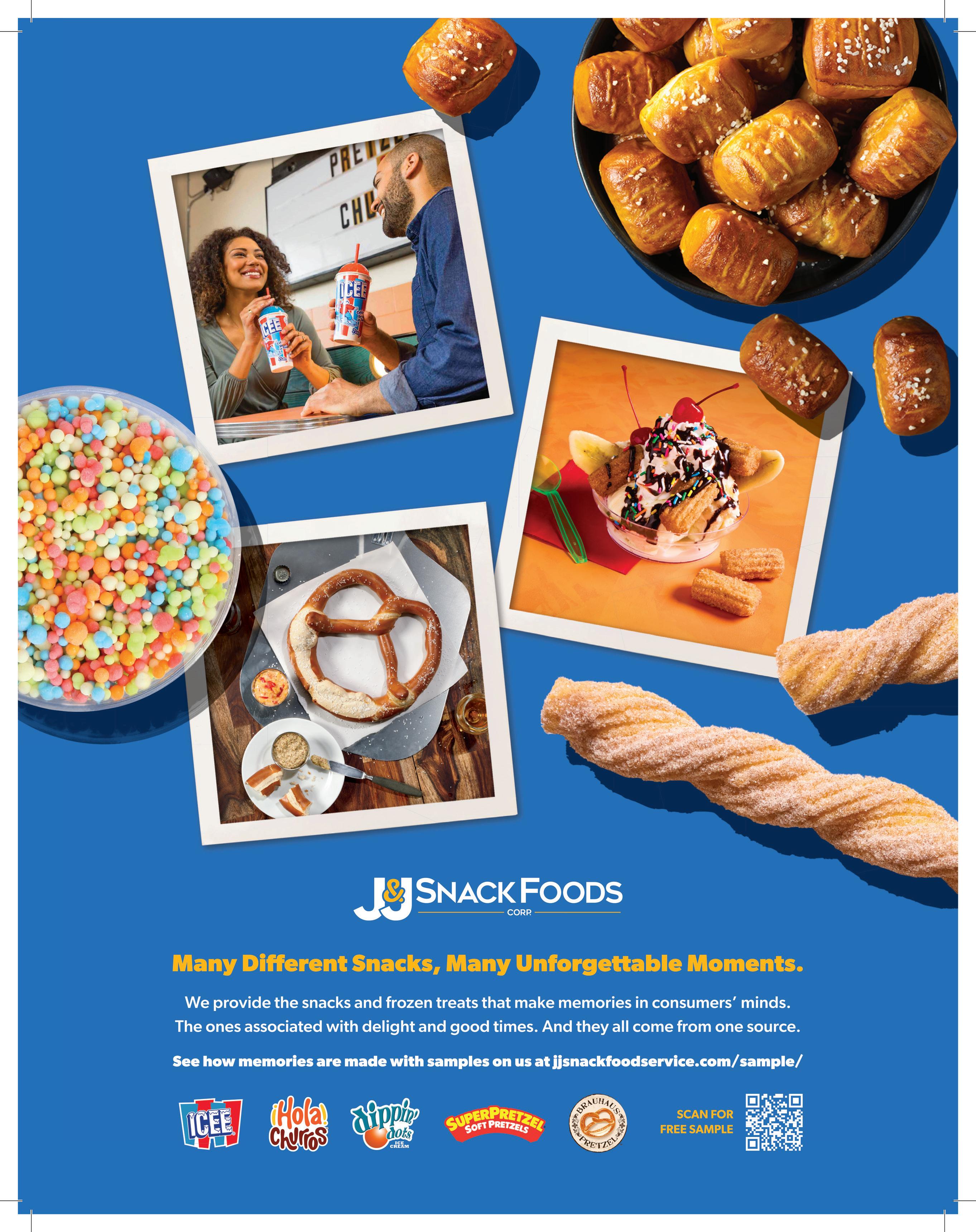
“
“R.E.D.”
for KFC Global boils down to
“making the brand easily accessible and then distinctly KFC. ”
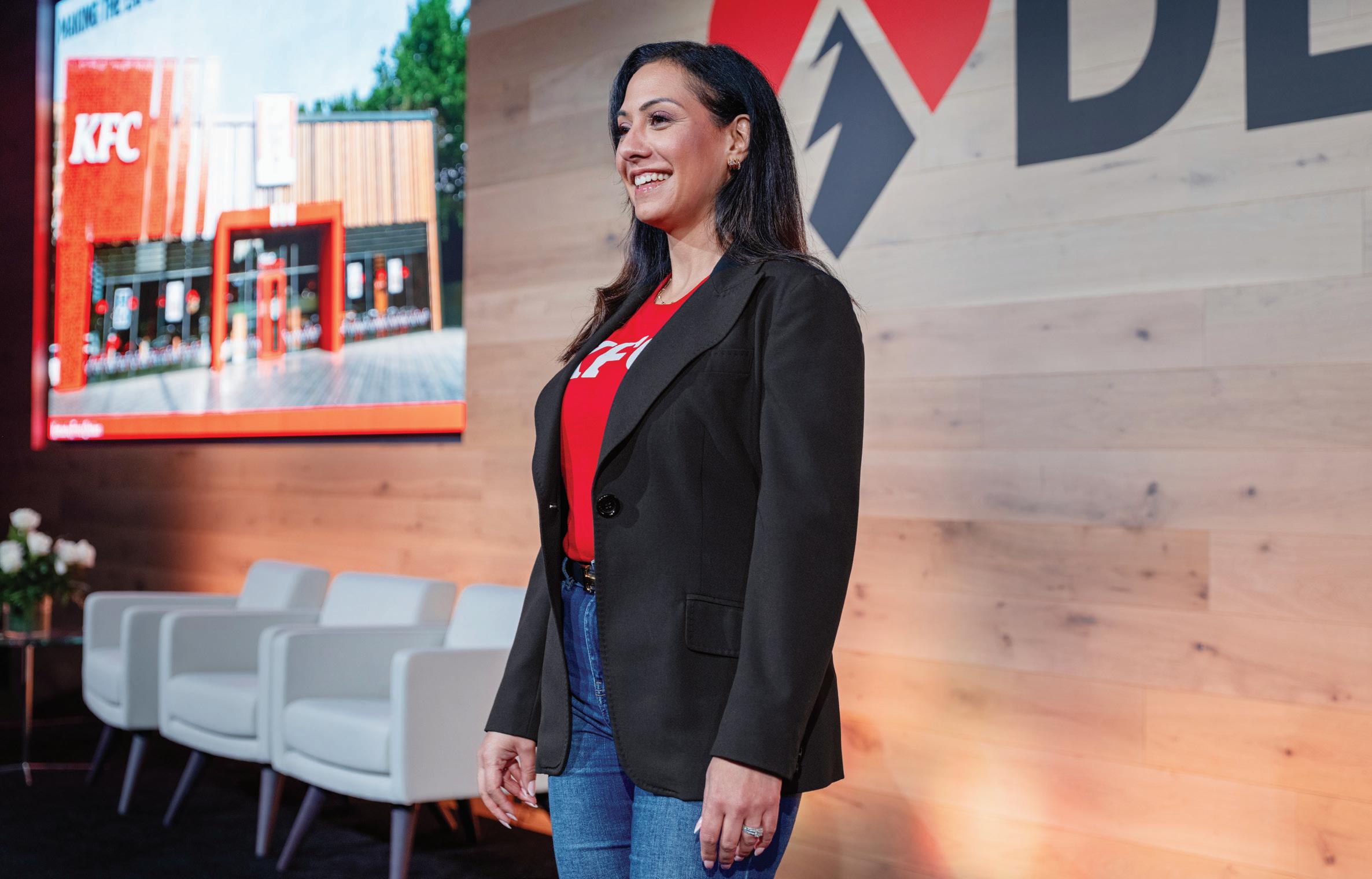
that’s hand-prepared and stuffed with cheese and mushrooms. Preorders and reservations can begin as early as late October.
Sami says KFC’s agility, from assets to menu, hasn’t taken a day off. In markets like the U.K., Middle East, and India, it’s a chicken-on-the-bone business. Move to other parts of Europe and sandwiches, strips, tenders, and boneless offerings dominate.
In Australia, the U.K., and North America, drive-thru, and eating while driving overall, is a big phenomenon. Other areas, like India, don’t have many drive-thrus since a good portion of the population don’t drive and the traffic is so congested sites simply aren’t big enough to develop them. So those tend to be more in-line hotspots where guests dine-in and enjoy the environment.
“There are many variations of the menu, the design, the team members who work for our stores, the franchisees, each of them has adapted to the local market,” Sami says. “The look and the feel of the brand is very similar, it’s still the KFC marketing elements in terms of the Colonel, the three stripes, the ‘Finger Lickin’ Good’ slogan, the colors are the same as well, the bucket is also very, very familiar in many markets as well.”
Whether it’s assets or message, KFC Global operates within the “R.E.D.” framework Yum! uses broadly to support a scalable model. It’s defined as a brand that must have something
that is particularly Relevant ( R ) to a consumer need; that is Easy to get ( E); and that stands out as Distinctive in the consumer’s mind ( D).
There’s an old story of how KFC in South Africa used this guideline to reinvigorate sliding sales. KFC is about five times or so the size of McDonald’s there. About 10 million South Africans reported eating at KFC at least once in the past four weeks, according to a study by Eighty20.
Yet it endured a prolonged dip Yum! couldn’t quite crack. So the company sent CMO Ken Muench and another strategist over for a few weeks. They dug into culture. Checked out competitors. Sat in consumers’ homes for hours each day. Talked to local professors and artists. What the duo concluded was KFC worked when South Africa’s “Rainbow Nation” movement emerged in a post-apartheid era. The brand’s family position, buckets, and marketing around togetherness helped it capture a broader spirit. And sales exploded. But a new generation ushered in a mindset of individual goal chasing.
That learning inspired a repositioning around “independent success,” and speaking to a fresh core of customers. It’s been a rocketship since.
Wallani says “R.E.D.” for KFC Global boils down to “making the brand easily accessible and then distinctly KFC.”
“What also makes us really unique is the relationship we have with our franchisees and the culture that we built across
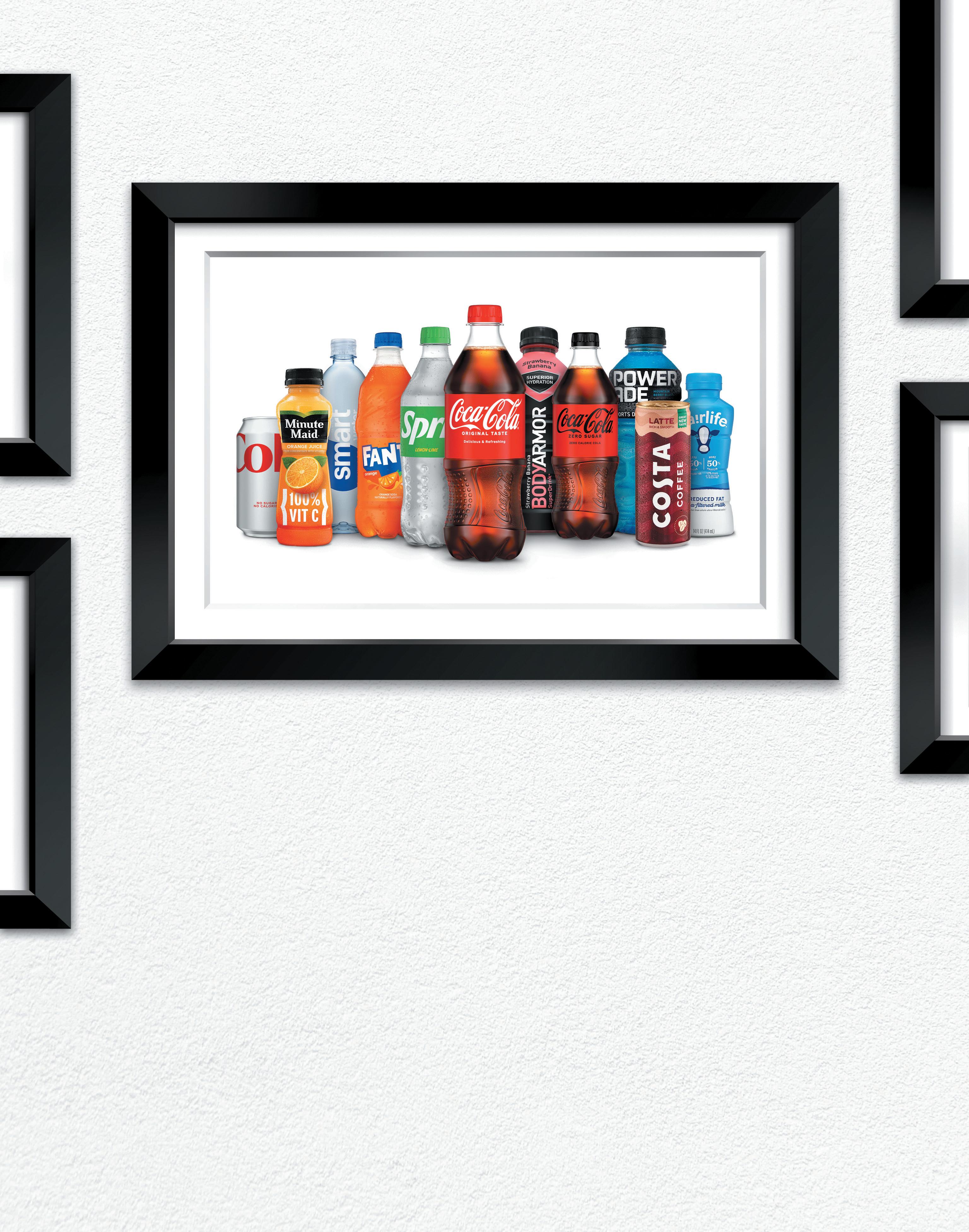
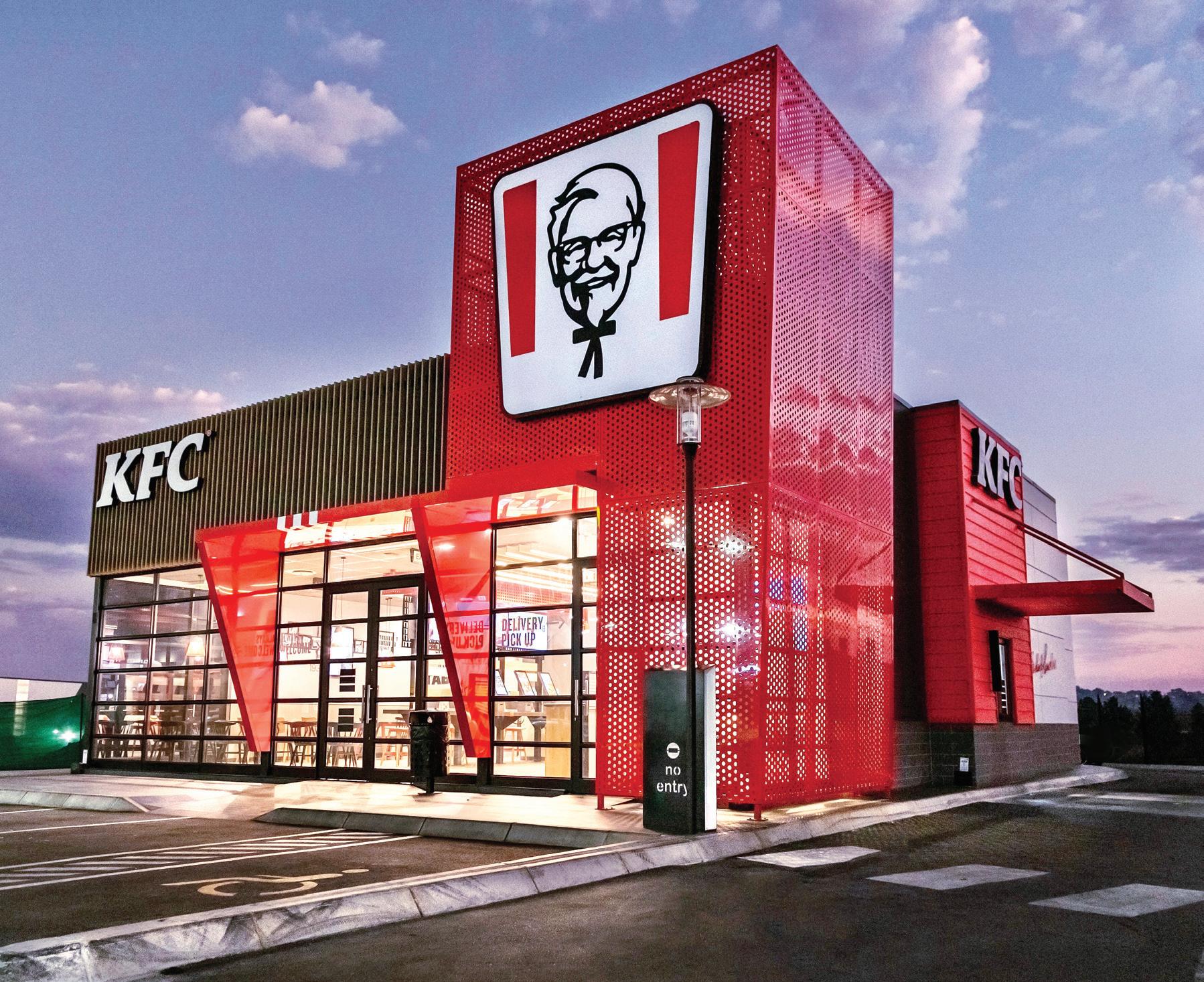

our organization,” she says. “I would expect if you experienced it, it would feel very different and unique than other brands in our history.”
Sami agrees. Operating in so many countries attracts a plethora of voices, up and down the ladder. “The diversity of teams, franchisees, and employees that we have around the world makes us a really unique place to work,” he says. “… I was recently in Africa, Kenya, and South Africa, the sheer talent of people that we have and the passion for the brand in stores as well as the consumers, it fills your heart with pleasure and pride in the way we operate in those markets.”
Internally, about four years ago, Yum! decided to ratchet up
its diversity and inclusion efforts when it came to staffing. Why was it when you visited KFC stores the majority of team members were women, but when you looked at above-restaurant leadership, they weren’t? Or why, in the U.K., most area coaches were Asian, yet not above that tier? “That just provoked the question to say, ‘Hey, wait a minute, there’s clearly some invisible barriers,’” Sami says. “I love the last two to three years we’ve started challenging some of these other paradigms and started unlocking opportunities for people, whether they’re women, people of color, people of minorities or disabilities, or other discrimination factors.”
KFC announced in March it achieved parity between women and men globally across its corporate offices, with women now constituting 51 percent of the collective team.
In terms of what’s next, there aren’t many constraints. Wallani says those 20,000 additional opportunities en route to 50,000 will cover everything from infilling markets like Australia and the U.K. to tackling runway in sub-Saharan Africa. “I would expect that instead of seeing us slow down, you’re going to see us ramp up,” she says. As this unfolds, the brand will continue to lean into community involvement, Sami says. That’s been an anchor of KFC’s development over the decades. In South Africa, KFC runs an “Add Hope” program that feeds children who are less privileged. That’s been going on 15 years and is the largest corporate feeding program in the country. It’s given $54 million from KFC and customer donations since 2009. The locals know it well, he says. “[ It’s] seen as a brand that cares for the community,” Sami says. “It creates job opportunities. It creates educational opportunities. It creates wealth for franchise partners and our franchisees there are a part of the local communities. … Consumers see KFC in the holistic sense and say, ‘OK, this is a brand that does care and does the right thing.’”
Wallani adds KFC considers global scale a responsibility. “When it comes to our food, our planet, our people, we are making progress across each one of those to ensure that we are building with responsibility, with purpose, and that we’re not only using our strategy, which is our head and our tools, which is our hands, but we’re also using our hearts as we spread across the world,” she says.
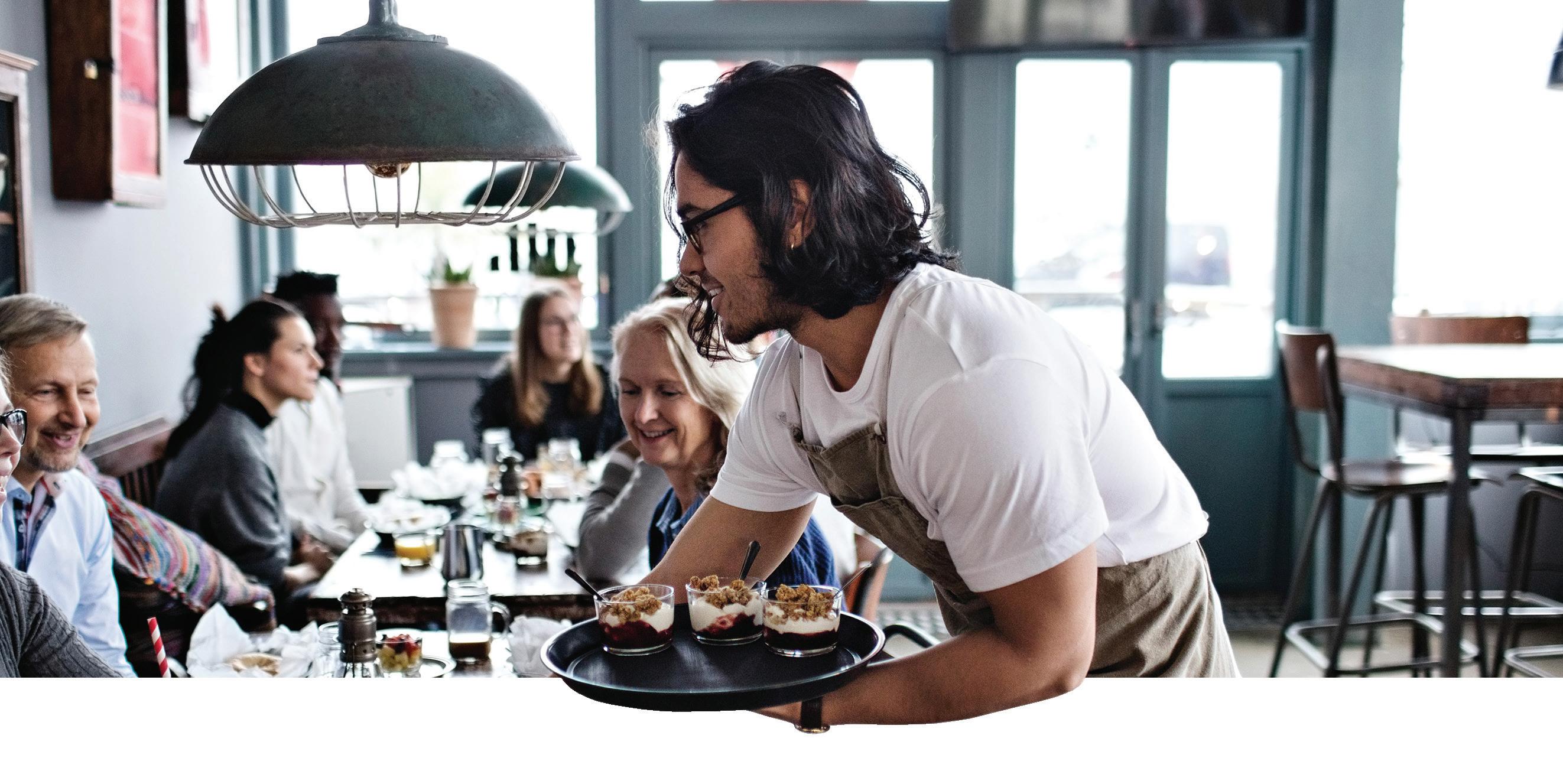
When you welcome American Express® Cards, you have access to benefits, services and programs to help your business, including:
• Curated offers & discounts to help you get more out of your business.
• Solutions & tips to help attract new customers.
• Order free signs for your business that highlight inclusivity and community: AmericanExpress.com/signage/artistseries
65% HIGHER TRANSACTION SIZE

3X HIGHER SPEND 99% CARD ACCEPTANCE In 2022, annual spend of American Express® Card Members was, on average, 3X that of non-Card Members. 2 American Express can be accepted at 99% of places in the US that accept credit cards. 1 In 2022, the average transaction size of American Express Card Members was 65% higher than that of non-Card Members. 3 Scan the QR code for more information on resources for your business.
1. Based on the Feb 2023 Nilson Report.
2. Nilson Report #1,235, February 2023. Spend per card derived from U.S. year-end purchase volume divided by year-end cards in force (CIF), not from individual consumer-level data. CIF represents the number of cards issued and outstanding with cardholders. Average Non-American Express spend per card includes Visa, MasterCard and Discover credit and charge card card volume and CIF and excludes debit and prepaid volume and CIF.
3. Nilson Report #1,235, February 2023. Transaction Size derived from U.S. year-end purchase volume divided by year-end purchase transactions, not from individual consumer-level data. Average Non-American Express transaction size includes Visa, MasterCard and Discover credit and charge cards and excludes debit and prepaid volume and transactions.
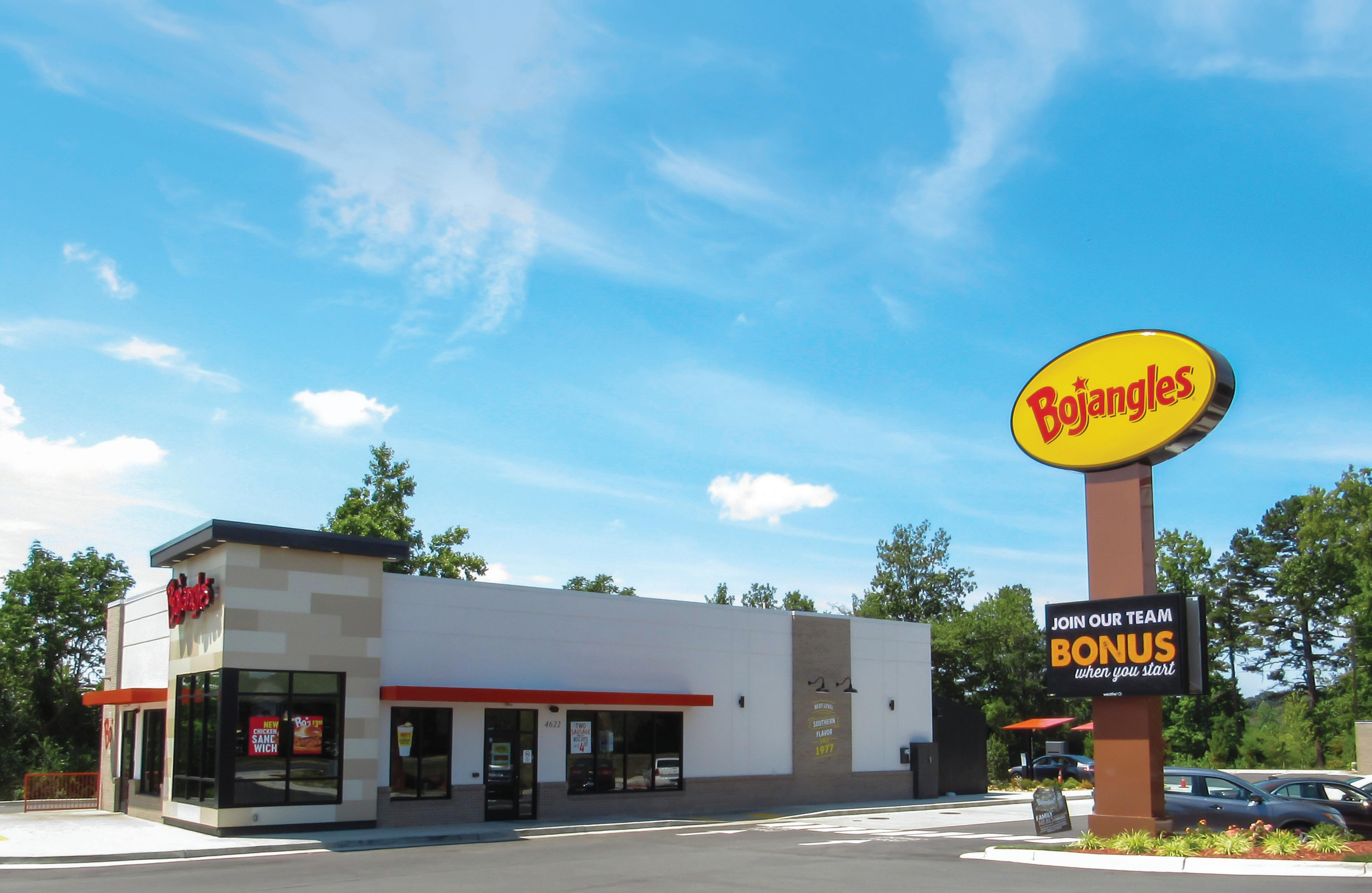
Bojangles has been a fast-food mainstay in the Southeast for almost half a century, renowned for its delicious chicken and breakfast o erings. Over the past decade, the Bojangles team has made use of digital reader boards to help propel the brand into an era of unparalleled growth.
The impact of digital reader boards on Bojangles’ success cannot be overstated from a marketing perspective. These boards provide a dynamic platform for Bojangles to showcase its delectable offerings through stunning, high-resolution imagery, e ectively highlighting new promotions and limited-time o ers in a visually captivating manner. In a world where visuals speak volumes, these digital displays have emerged as a potent tool for attracting hungry customers and driving sales.
“Watchfire digital reader boards have revolutionized the way we engage with our customers,” says Toni Tolbert, marketing manager for Bojangles. “Locations equipped with these boards consistently experience a notable uptick in foot tra c, underscoring their indispensability in our marketing strategy. Wherever zoning permits, integrating these boards has become a unit standard for Bojangles.”
As Bojangles embarks on plans to open 50 new restaurants this year, digital reader boards serve as a pivotal conduit for conveying the brand story and showcasing its menu to fresh audiences. Whether announcing store openings, sharing recruitment messages, or capitalizing on cultural or community events, these digital reader boards o er instantaneous, real-time messaging capabilities that manual reader boards and traditional printed materials simply cannot replicate.
The partnership between Bojangles and Watchfire spans over a decade for some franchisees, with corporate locations embracing the
technology approximately five years ago. Since then, the use of cuttingedge digital reader boards in new and remodeled locations has become a hallmark of Bojangles’ commitment to innovation and customer engagement.
Beyond providing cutting-edge technology, Watchfire’s proprietary software, Ignite OPx, empowers Bojangles’ field marketing team and franchisees with real-time access to brand-approved content, ensuring consistency across locations and maximizing the digital reader boards’ e ectiveness. The overwhelmingly positive feedback from franchisees regarding the flexibility and user-friendliness of Watchfire’s software speaks volumes about the value of this partnership.
In addition to driving increased foot traffic and ensuring brand consistency, Bojangles attributes a significant portion of its rapid return on investment to the quality and durability of the digital reader boards.
“Not only do Watchfire digital reader boards set the industry standard, but the Watchfire team exemplifies excellence in customer service,” Tolbert says. “They possess an innate understanding of our brand, and their collaborative approach ensures that our messaging resonates with our audiences. They are truly an integral part of the Bojangles family, and we eagerly anticipate the future strides we will make together.”
Bojangles’ strategic and creative use of digital reader boards is a powerful fusion of cutting-edge technology and marketing prowess, propelling the brand to new heights of success in an ever-evolving industry landscape.
Increase your QSR’s foot traffic and boost sales by promoting new menu items, menu specials, and rewards program perks. Display eye-catching, dynamic brand-approved messages that uphold your QSR’s brand standards.
Maintain message flexibility with our Ignite OPx content management software. Ignite OPx allows users to program messages months in advance or make last-minute changes and streamline your sign messaging for one location or many.
Our reputation is built on your digital reader board looking and performing great, not just for one day but for its lifetime.


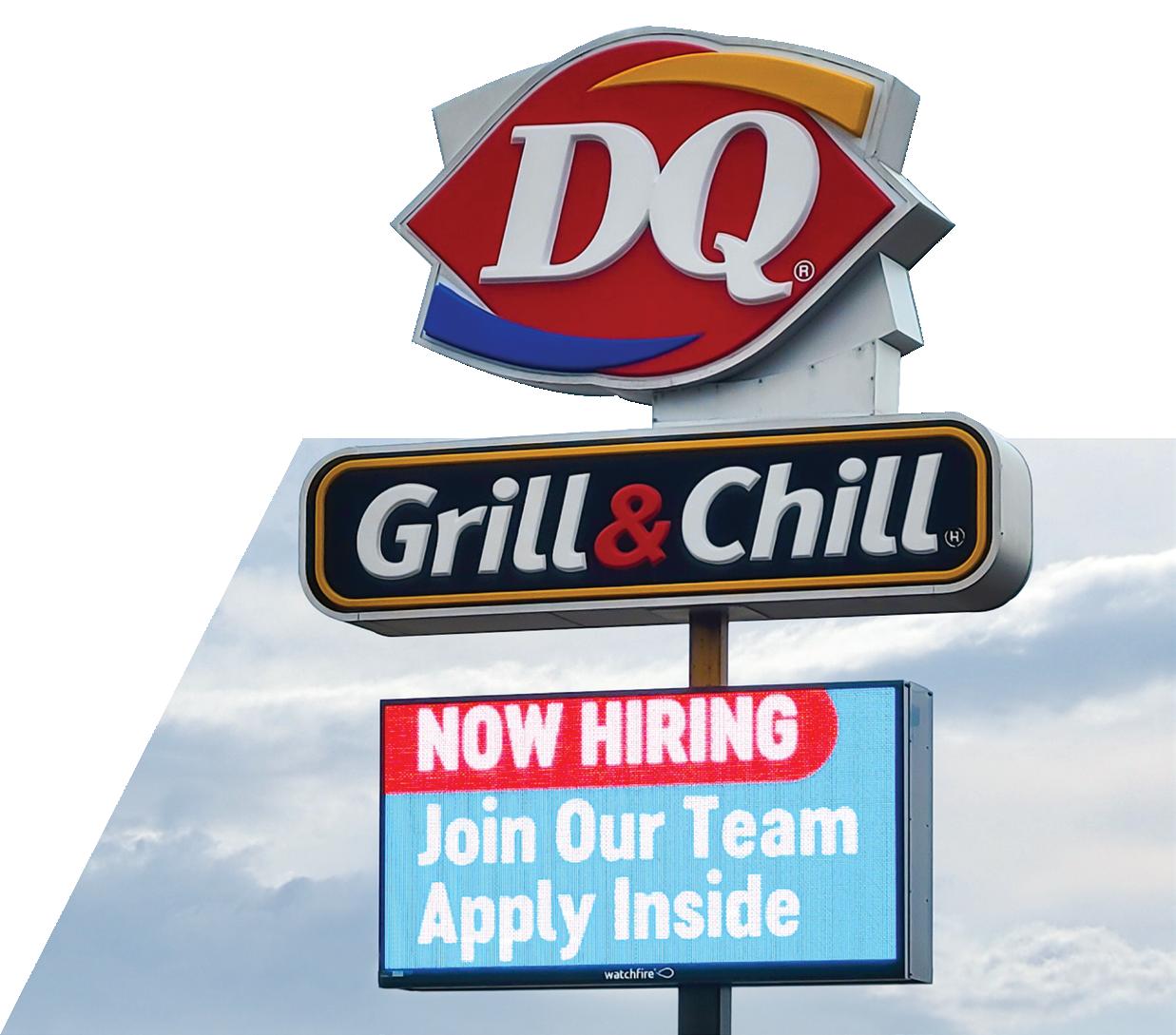
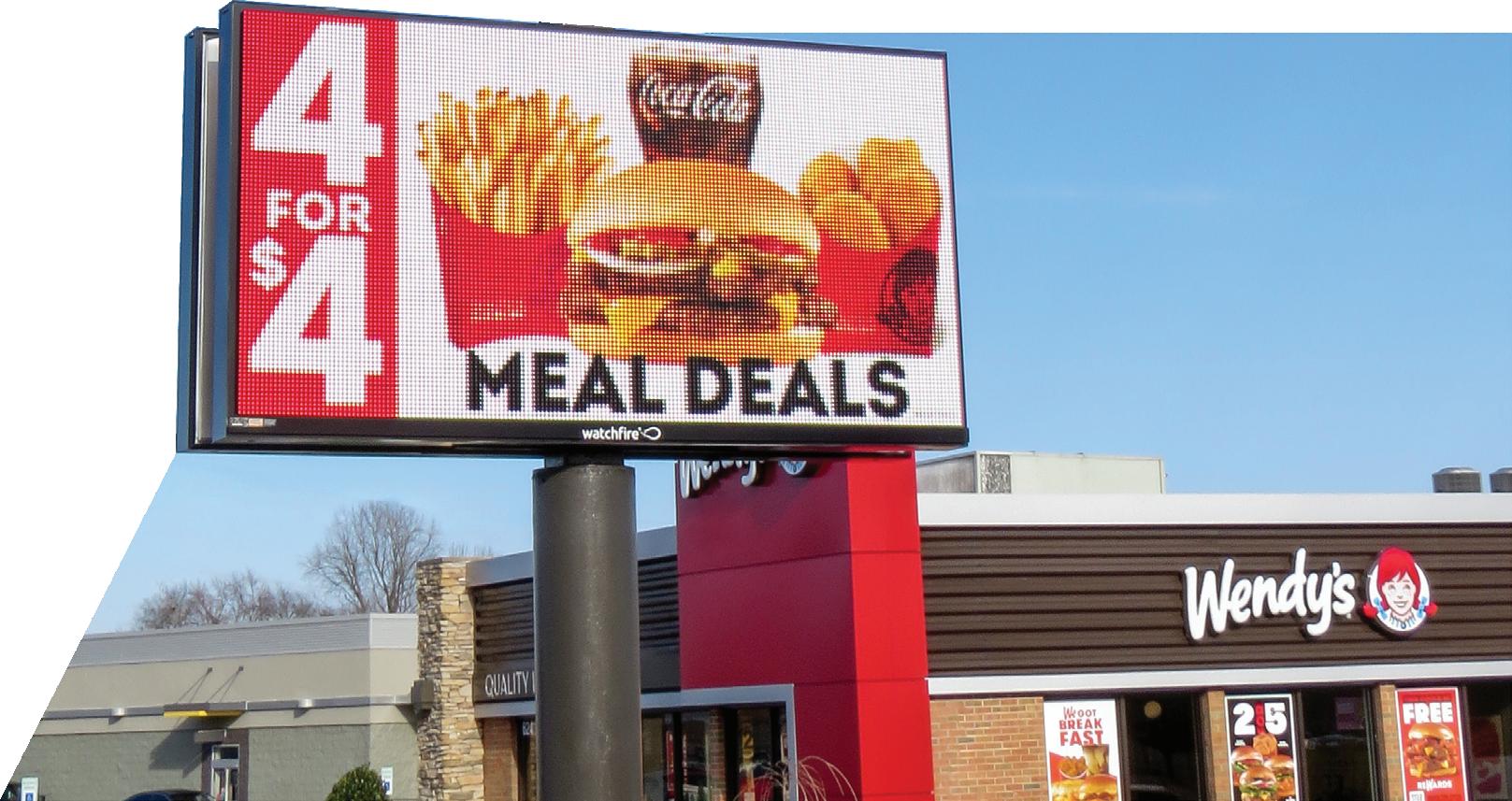

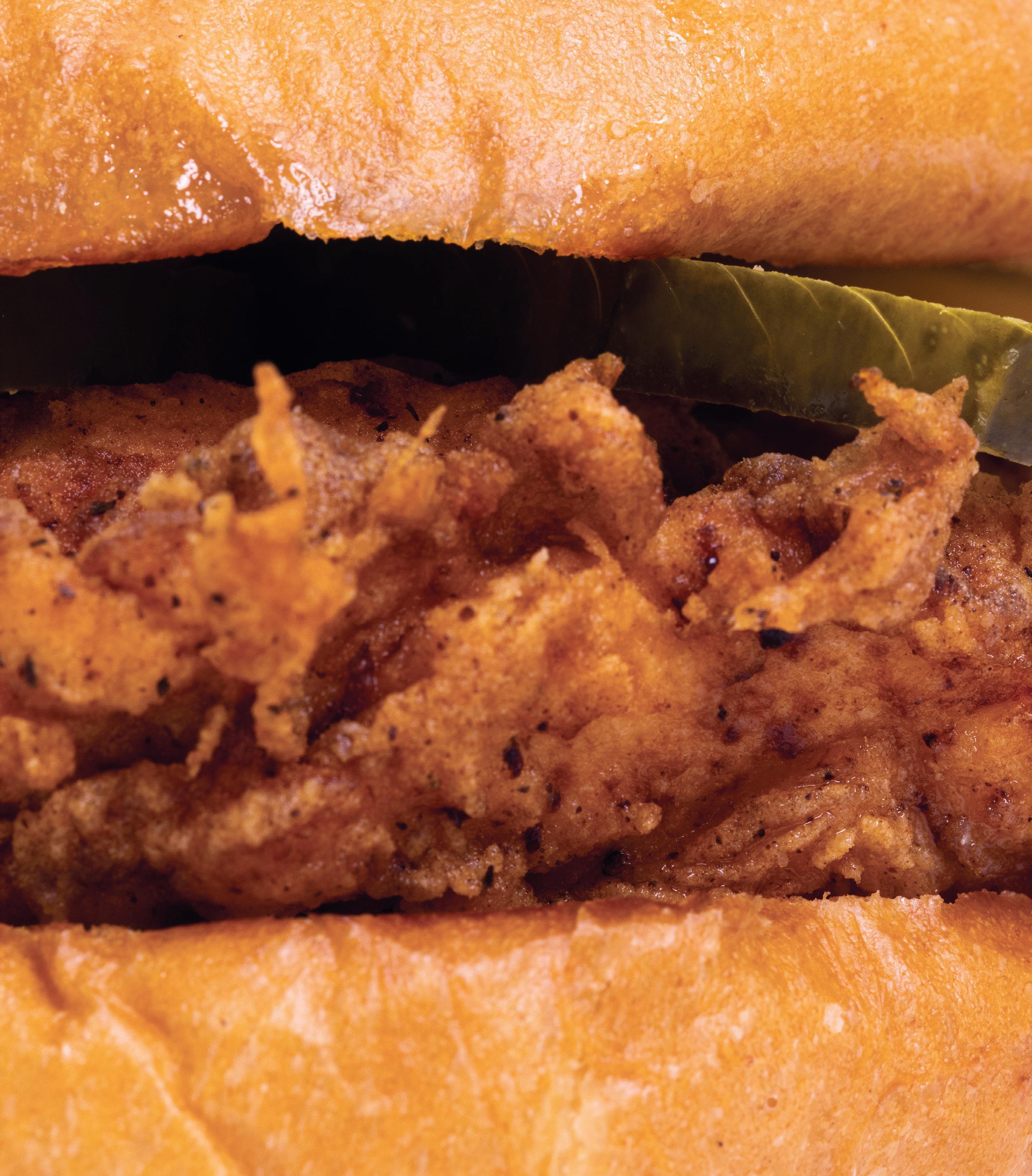
Known across the Southeast for its fried chicken and biscuits, Bojangles is looking to grow beyond its home turf and establish itself as a national player in one of fast food’s most crowded categories. The expansion strategy starts with a big change to the menu. While items like legs and wings still mix at a healthy rate in the brand’s legacy stores, all future new-market growth will feature a streamlined menu that doesn’t offer any bone-in products. Instead, the chain is leaning into its signature chicken sandwich and revamped tenders.
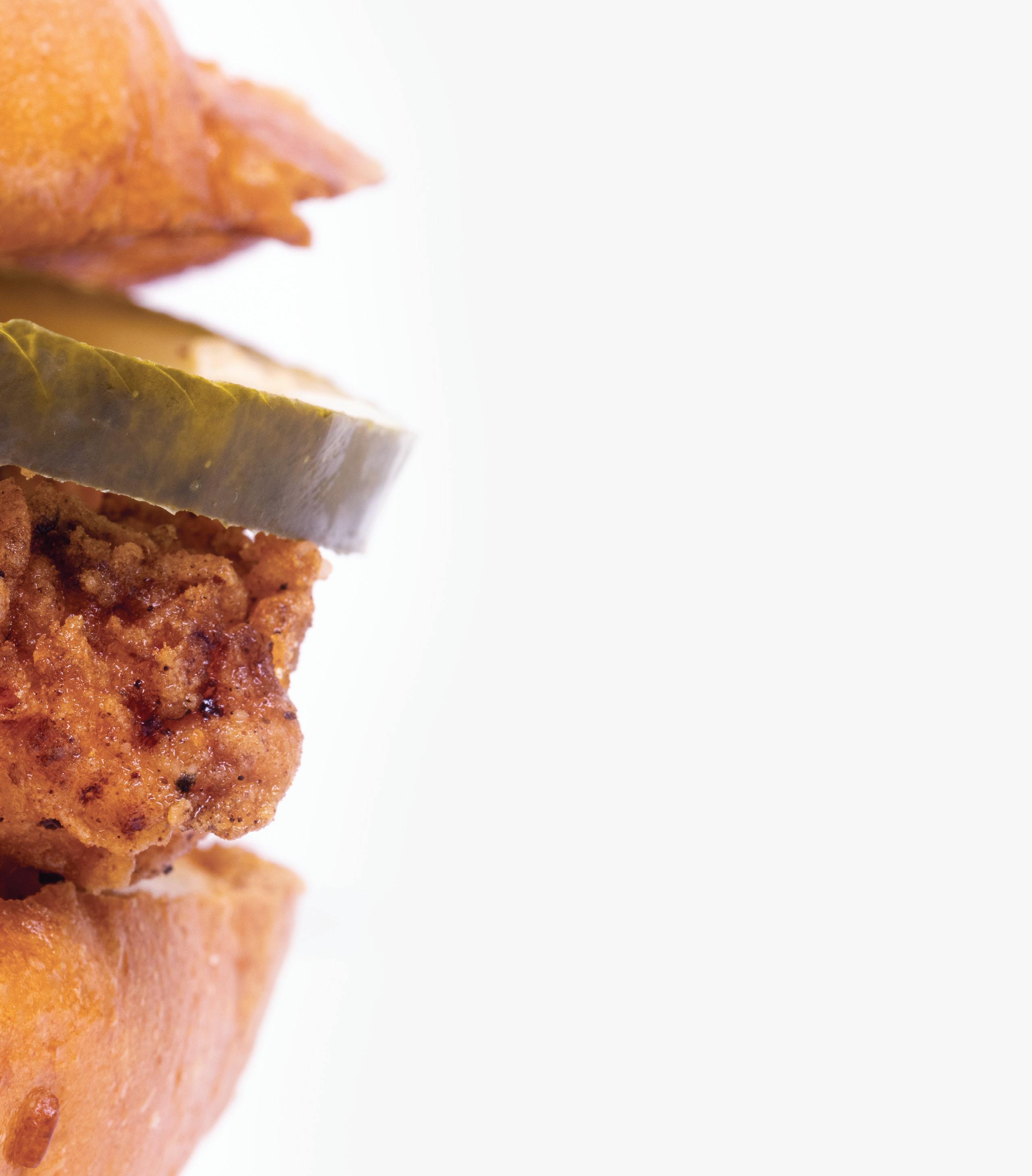
The category is still on fire, thanks to America’s ongoing obsession with its favorite protein.
“When you look at consumption patterns, boneless chicken is like a hockey stick on the graph,” says CEO Jose Armario. “So, we need to be where the consumer is.”
Bojangles is hardly alone on that front. Boneless items have been booming on menus since the so-called “chicken sandwich wars” broke out five years ago, but consumer preferences were already heading in that direction before the social media hype started. Bone-in brands largely stayed in their lane for years while boneless competitors like Chick-fil-A and Raising Cane’s reaped impressive gains. Then Popeyes introduced a chicken sandwich in 2019 that became a blockbuster hit, triggering an industry-wide trend toward more handheld, boneless poultry options.
Popeyes has been building on the sales layer with new variations of the viral product and the nationwide launch of chicken nuggets. KFC hopped on the sandwich bandwagon in 2021 and
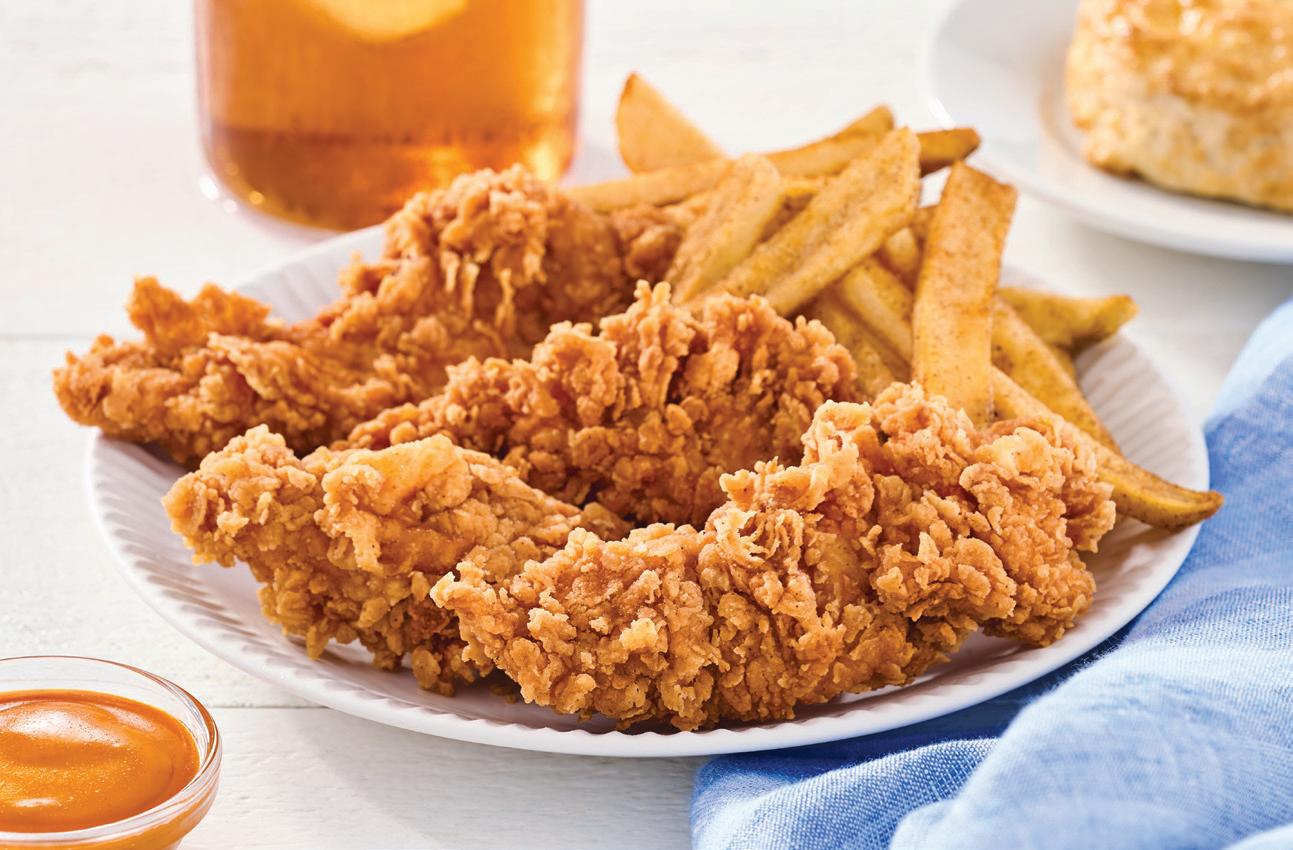
added nuggets to the mix last year, selling 100 million of them in the first eight weeks. Many brands are finding success with similar strategies, tapping into the growing demand for boneless chicken to attract a younger demographic.
Wingstop CEO Michael Skipworth told investors earlier this year the company is seeing an influx of new customers, mostly Gen Z and millennials, who are “coming in through the chicken sandwich occasion initially.” Those newer, younger guests also tend to place larger orders and favor boneless wings, which now account for half of Wingstop’s sales.
“I can’t tell you how many people I’ve talked to over the last five years that have family members that have never bitten into a bone-in product,” Armario says. “We live in a world where a lot of Gen Z grew up with nuggets and tenders. That’s all they know. That’s where their comfort is.”
Along with matching current demand, boneless offerings are more efficient from an operational perspective, he adds. One major advantage is the expedited recovery time. Replenishing bone-in products can lead to lengthy delays, sometimes spanning 30 minutes or even an hour, but teams can bounce back in just a few minutes when they run out of tenders.
“When you look around at the brands that are winning, they’re the ones that have cut back on some of their offerings and really focused on quality,” Armario says. “There’s no question that if your menu is more condensed, and you’re focused on a few things and doing them really well, then you’re going to satisfy your customers more often by virtue of a happier team member.”
The company paired the streamlined menu with a new prototype. Key features include a dual-lane drive-thru with digital menu boards and a biscuit station where guests can watch items being prepared, plus an ergonomic kitchen to improve the back-of-house workflow. There’s fresh equipment like thawing
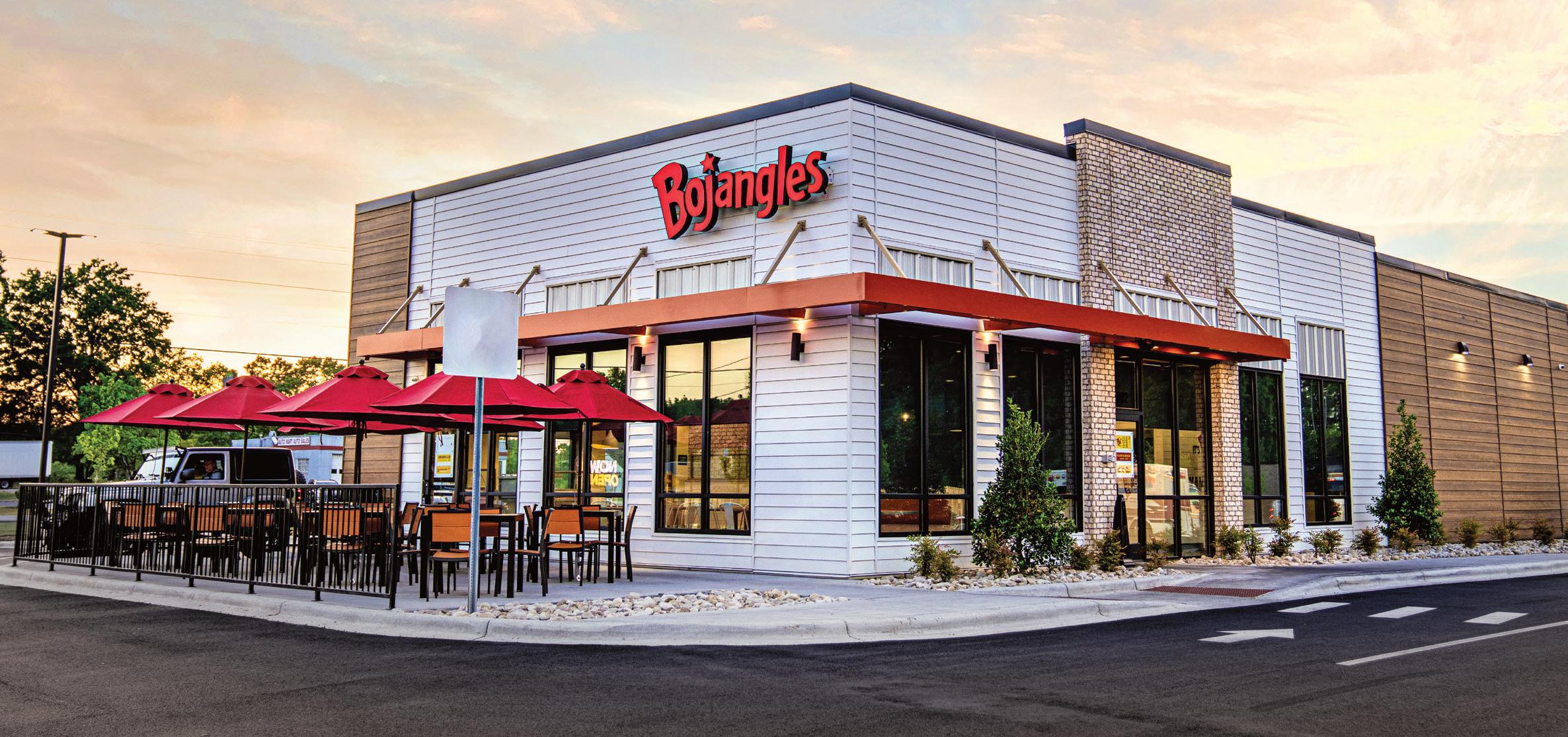
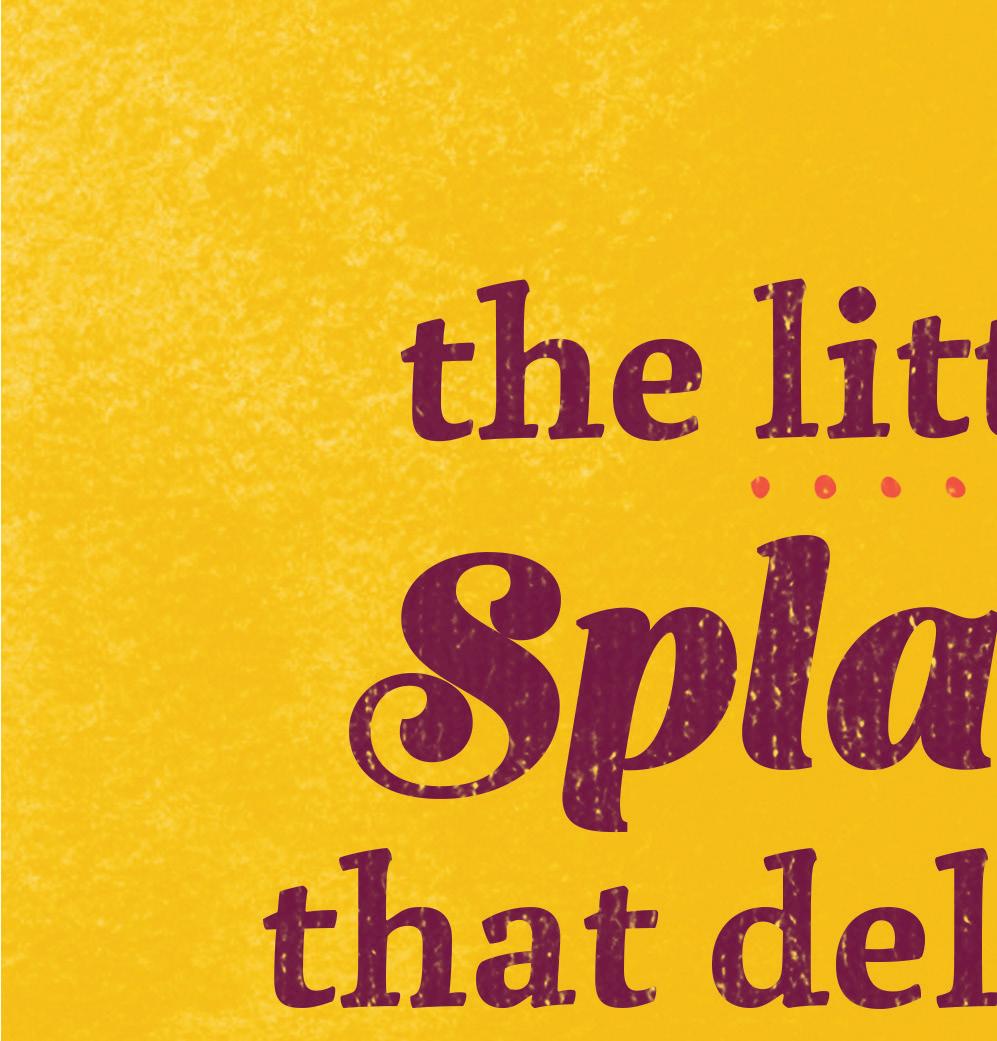

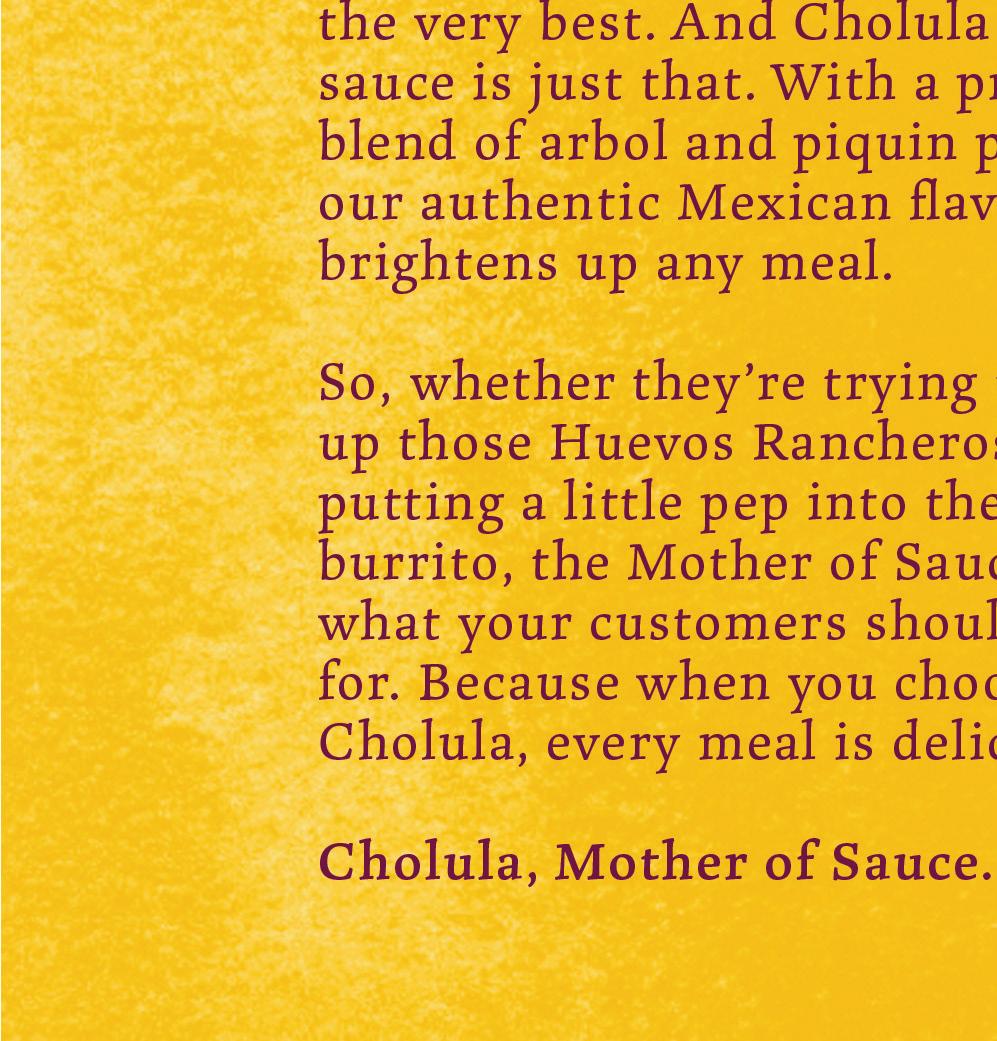

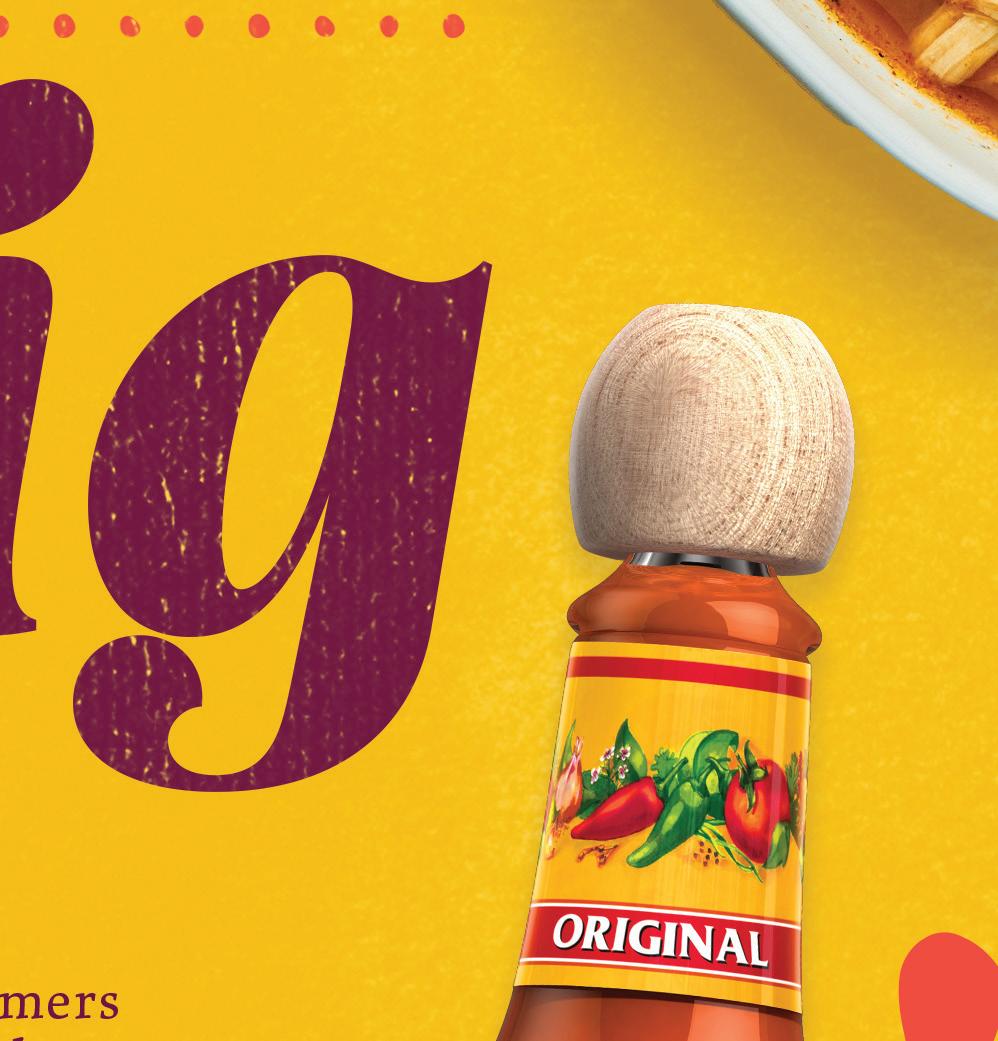
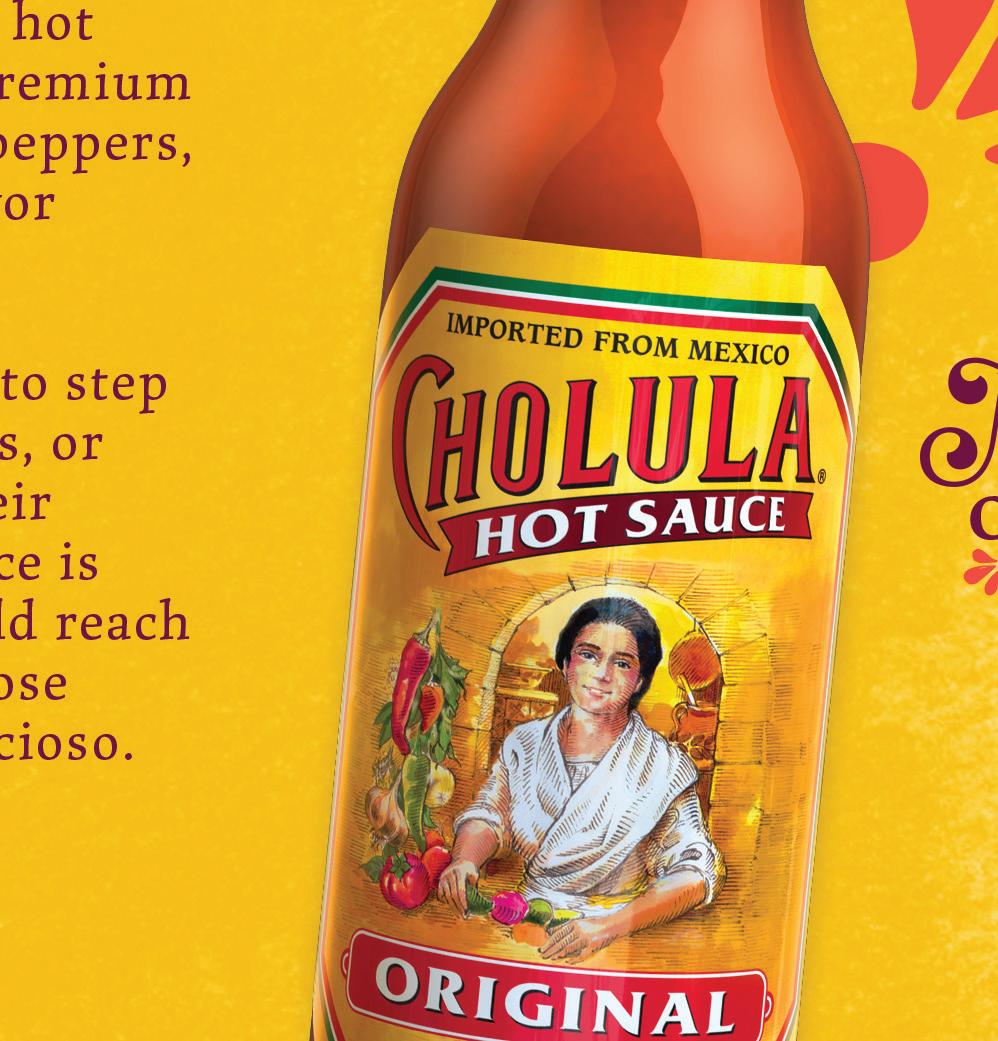

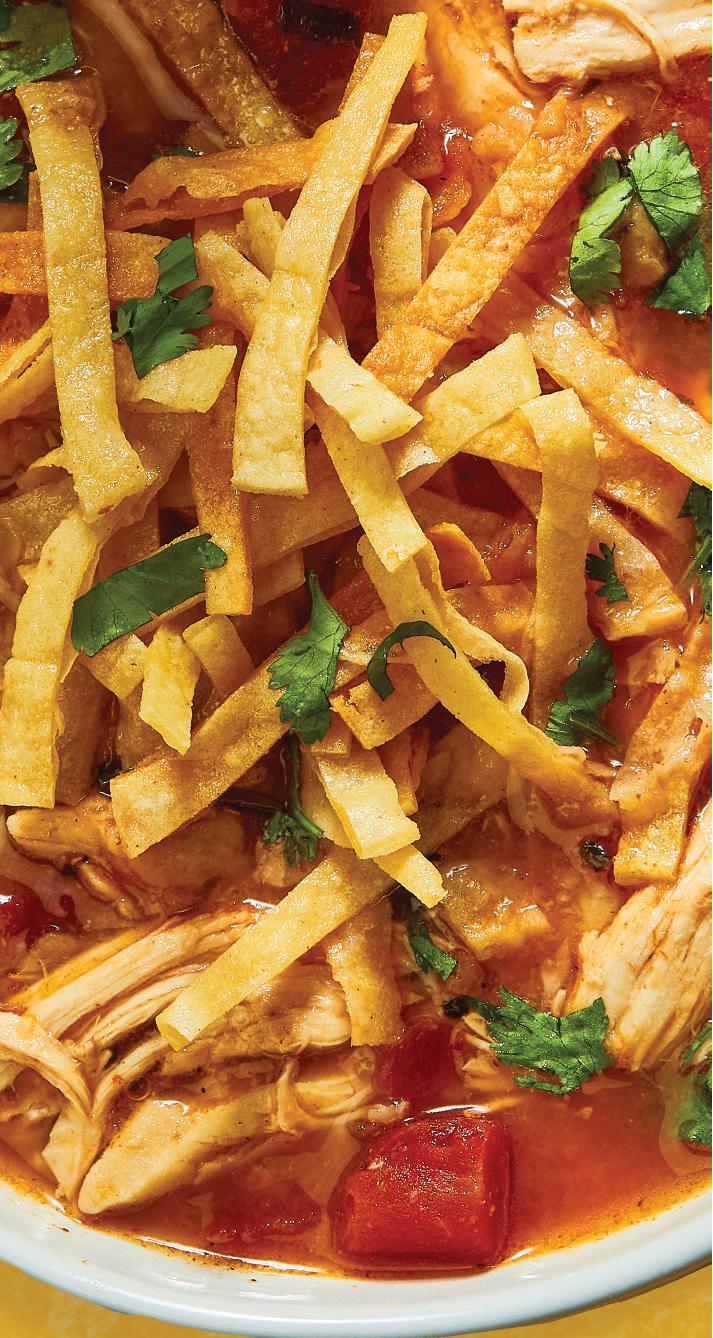



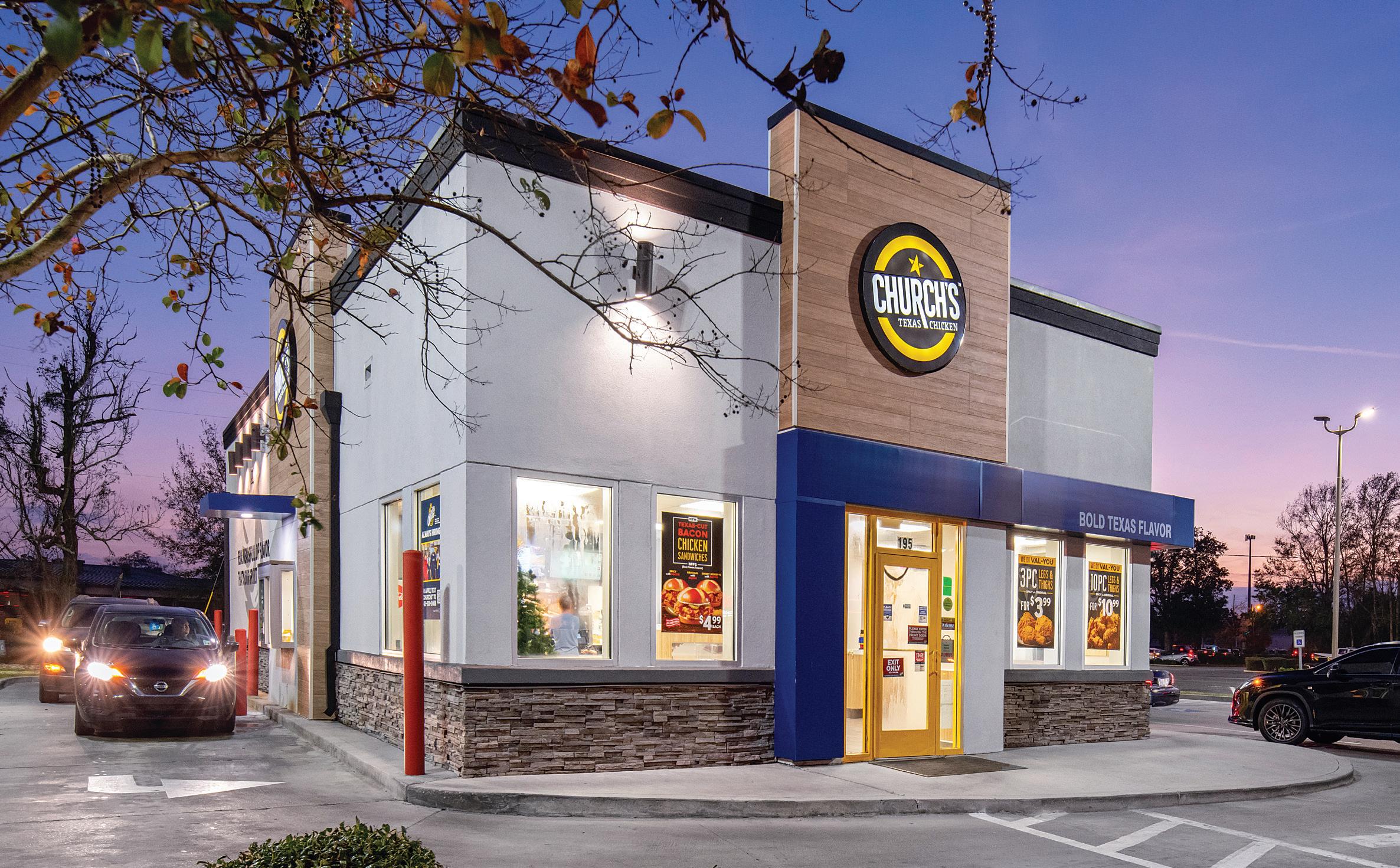

cabinets, daypart-specific holding zones, and induction cooktops that are programmed to ensure consistency. The stoves cut down on the number of steps involved and make for a better employee experience by lowering the average temperature in the kitchen.
“It’s about elevating our experience and elevating our level of consistency,” Armario says. “That requires us to be more thoughtful about how we can put the best of the Bojangles menu in front of today’s consumer in a way that allows us to execute at a higher level.”
Some of the world’s biggest chicken chains are using blue-
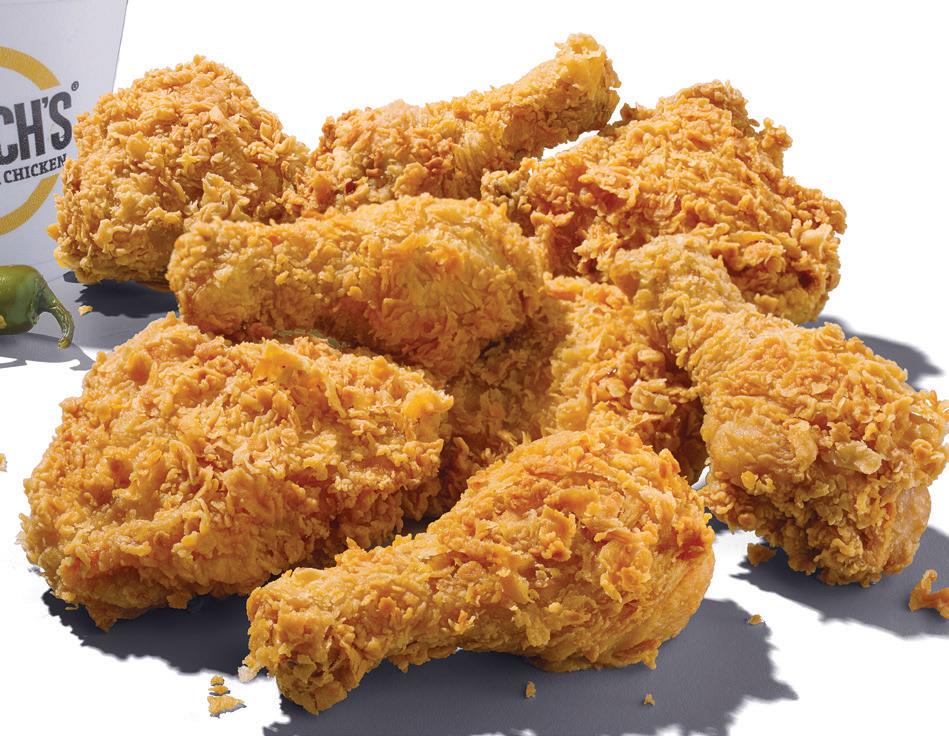
prints from their international operations to enhance their performance in the U.S. Executives at Yum! Brands say KFC’s success in selling boneless options domestically was influenced by strategies developed in global markets, which comprise 85 percent of its business. Leaders at Popeyes are actively studying global markets for best practices, using those insights to bring new kitchen equipment, streamlined procedures, and digital enhancements to stores in the U.S.
Church’s Texas Chicken also is using insights from international operations to improve execution across its domestic system. Namely, it’s working to consolidate multiple battering

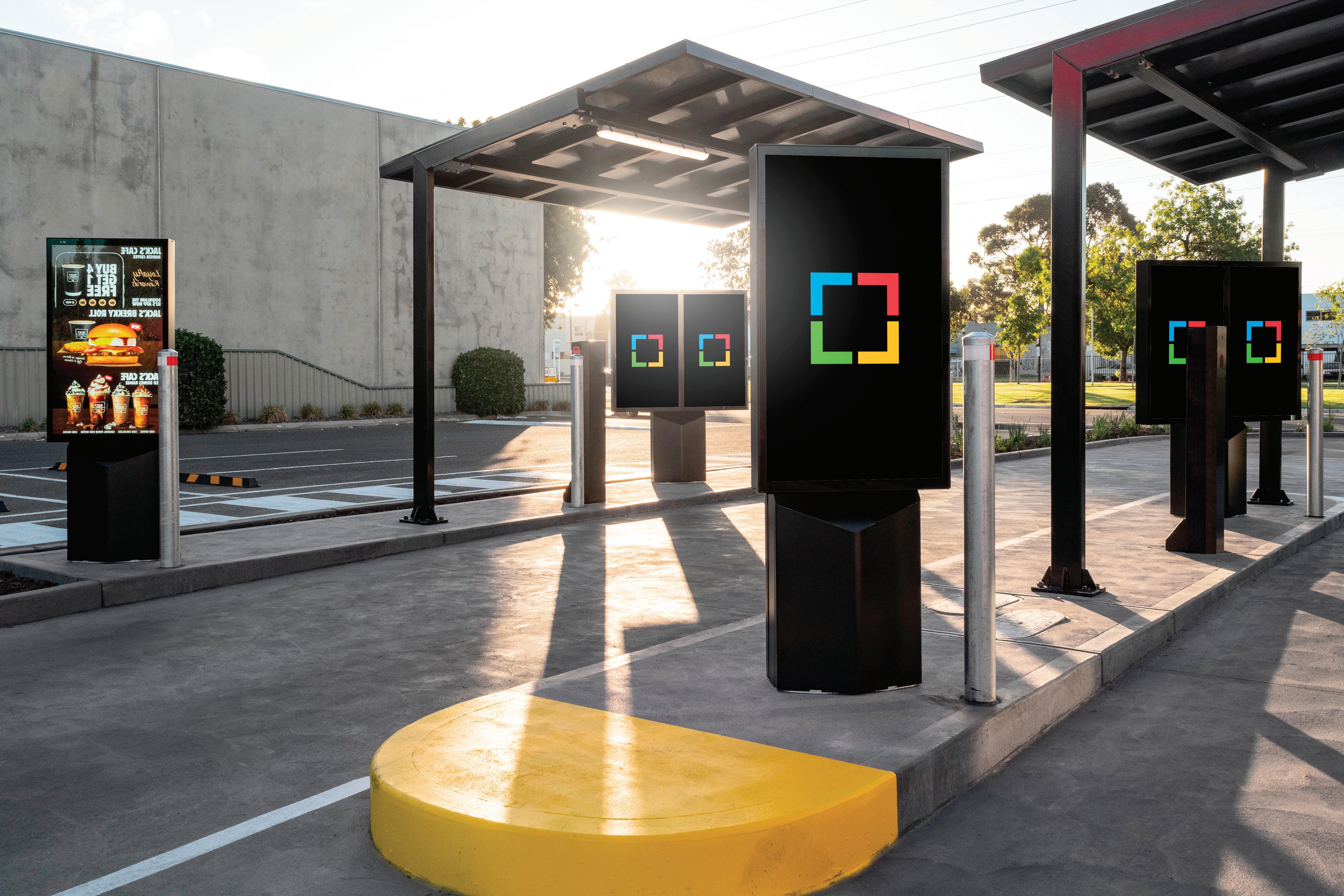
systems for tenders, sandwiches, and bone-in products.
That’s one of several initiatives driving the brand’s resurgence under a largely new executive leadership team. Along with the focus on kitchen efficiency, the company is ramping up efforts to reimage existing restaurants under its Blaze concept, which features fresh design elements connected to its Texas roots. More than 100 stores have already received the update. CEO Joe Guith says the company is seeing a notable uptick in sales and traffic. Plans are underway for another 400 remodels over the next three years. Additionally, Church’s has increased visibility into its units through third-party audits and invested in improvements to the digital experience, transitioning to a new white label app and offering increased customization options.
also is gearing up to launch an updated digital experience that includes a loyalty program—something it hasn’t offered before. And there’s a lower-cost prototype rolling out this year that shaves 700 square feet from the traditional build. The compact design features new equipment geared toward efficiency and throughput as well as multiple points of ordering.
“ There was this aspirational notion of moving higherincome and getting guests that we didn’t have, but the reality is that because we weren’t executing very well, we were just alienating the guests who already loved us.
”
–CHURCH’S CEO JOE GUITH
Guith says momentum started surging throughout the business last year. Church’s surpassed $1 million AUVs in the U.S. for the first time in 2023. It also posted a threefold increase in the number of domestic new deal signings.
The most important factor driving the turnaround is a sharper focus on value. Easing commodity pressures and “a lot of work on the supply chain” helped with the pricing equation. More importantly, making accessible price points a key priority marked a return to the core strategy that has shaped the business for most of its 72-year history.
“Two-thirds of our guest bases are multicultural and they’re significantly lower-income relative to our primary competitors. We want to own that instead of running from it,” Guith says. “There was this aspirational notion of moving higher-income and getting guests that we didn’t have, but the reality is that because we weren’t executing very well, we were just alienating the guests who already loved us.”
He points to Church’s $2.99 two-piece and a biscuit meal. The bundle launched in 2022 as a limited-time offering but was extended throughout 2023 because it was so successful in driving transactions. It brought back individual meal occasions and helped the chain achieve its highest-ever traffic levels last year.
“Having that compelling price point is super important for our guests in particular,” Guith says. “It’s something we got away from over the last five years or so in chasing competition and trying to launch premium chicken sandwiches. We were trying to beat someone at their game versus playing our own game on boneless. That’s really where we needed to pivot.”
The chain is cooking up plans for new boneless items that align with the return to value, he adds. And while bonein chicken isn’t a “super growth category” like sandwiches, Church’s still sees plenty of upside to its core product.
Going forward, the company will focus on menu development that unlocks double or triple benefits. Take the new spicy platform as an example. Guith says it tastes better and eliminates another unnecessary battering system. The company
Church’s has been trimming its domestic footprint for the better part of a decade, but Guith believes it will have enough commitments to return to positive restaurant growth in under two years. Short-term, the company is targeting a 2-3 percent net unit growth run rate. Longer term, Guith says that could accelerate to 50 percent.
Other top players in the category are ramping up development. Popeyes anticipates adding 800 venues in the U.S. and Canada by 2028. Wingstop netted a record 255 new stores last year and is targeting even more in 2024. Raising Cane’s wants to double its footprint to 1,500 stores in the next few years. And while KFC’s domestic store count has been shrinking lately, it saw 2,300 international openings last year and surpassed 30,000 units worldwide earlier in 2024.
Plenty of smaller chains are plotting aggressive expansion, too. From growth-minded upstarts like Hot Chikn Kitchn and Red Chickz to emerging national brands like Slim Chickens and Chick’nCone, fast-casual concepts of all shapes and sizes are riding the wave of America’s ongoing obsession with its favorite protein. Some, like Huey Maggoo’s and Dave’s Hot Chicken, are finding success with menus that specialize in specific product formats or flavor profiles. Many boast robust development pipelines and ambitious plans for the future.
Take Big Chicken as an example. Cofounded by Shaquille O’Neal in 2018, the brand is approaching 40 units less than two years after getting into the franchising game. It also is gearing up for international expansion with plans to enter Central America, Canada, and the U.K. this year.
The chain’s flavor-forward menu offerings—think sandwiches topped with mac and cheese or jalapeño slaw—have helped it maintain a $24 per-person check average, even with inflation pushing more consumers to trade down or cut back on discretionary spending. Still, CEO Josh Halpern says there’s an imperative for everyone to maximize value, whether it’s dropping the price or giving guests more reasons to keep coming back.
Big Chicken is tackling the value equation in a couple of ways. It beefed up its tech stack with geofencing, digital advertising, and customer feedback capabilities to better understand and engage with guests. It also is gearing up to launch a loyalty program later this year. Those investments, along with a host of community engagement and consumer research projects, are all geared toward fostering more experiential and personalized interactions.
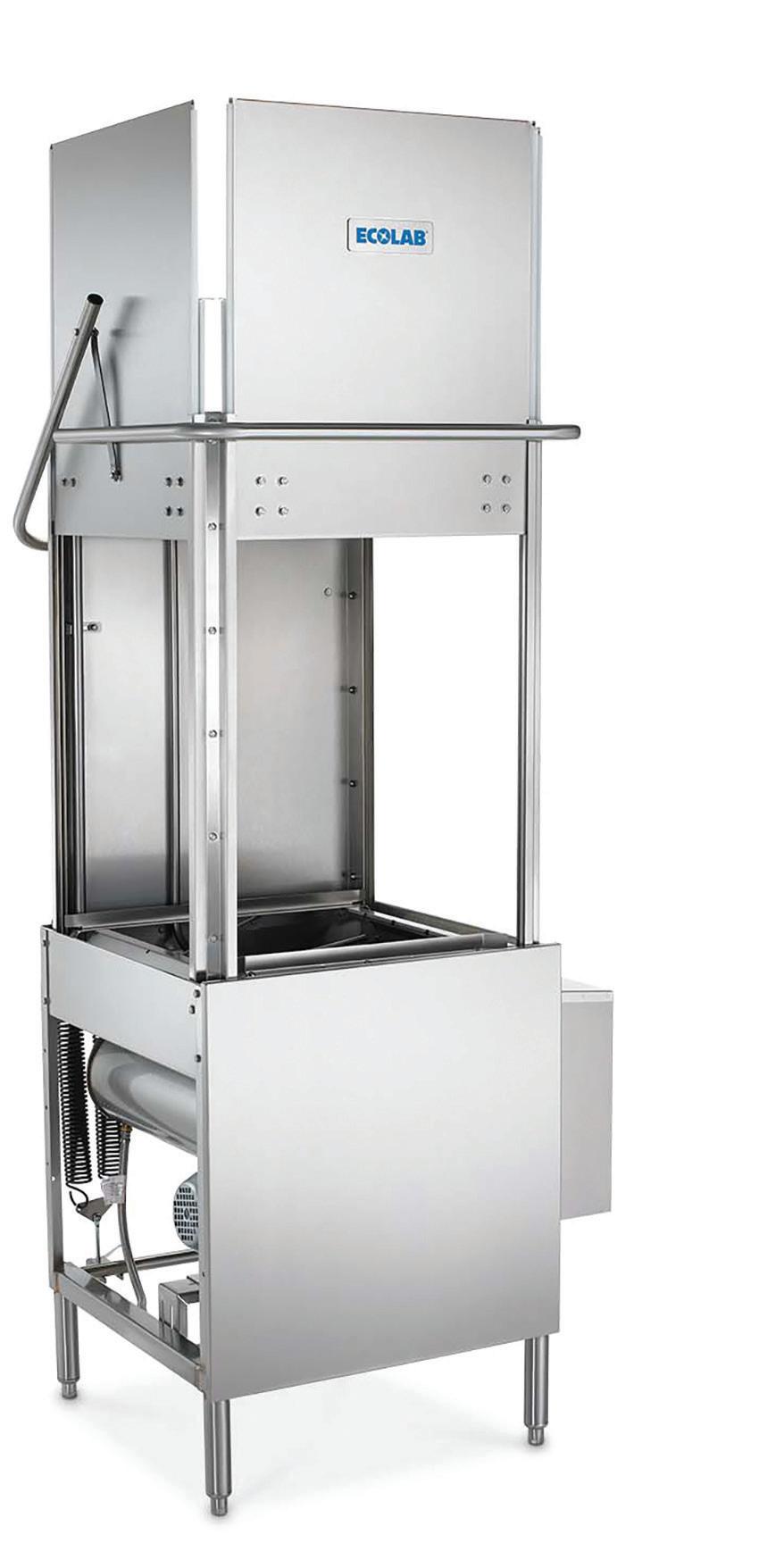

Designed specifically for QSR applications, the XL has a higher wash chamber, 50% faster cycle time, faster dry time, and delivers productivity and food safety at a lower total cost.
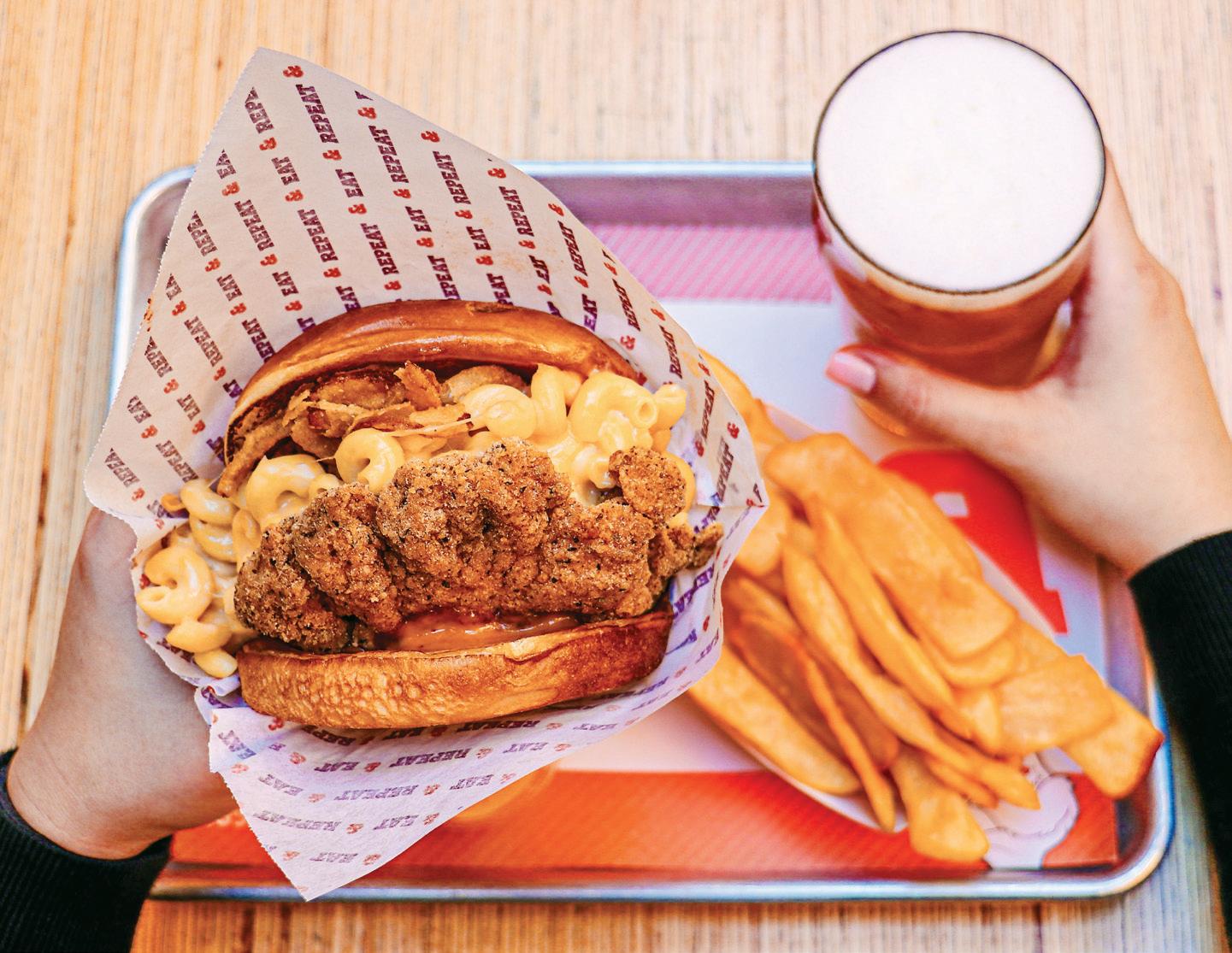
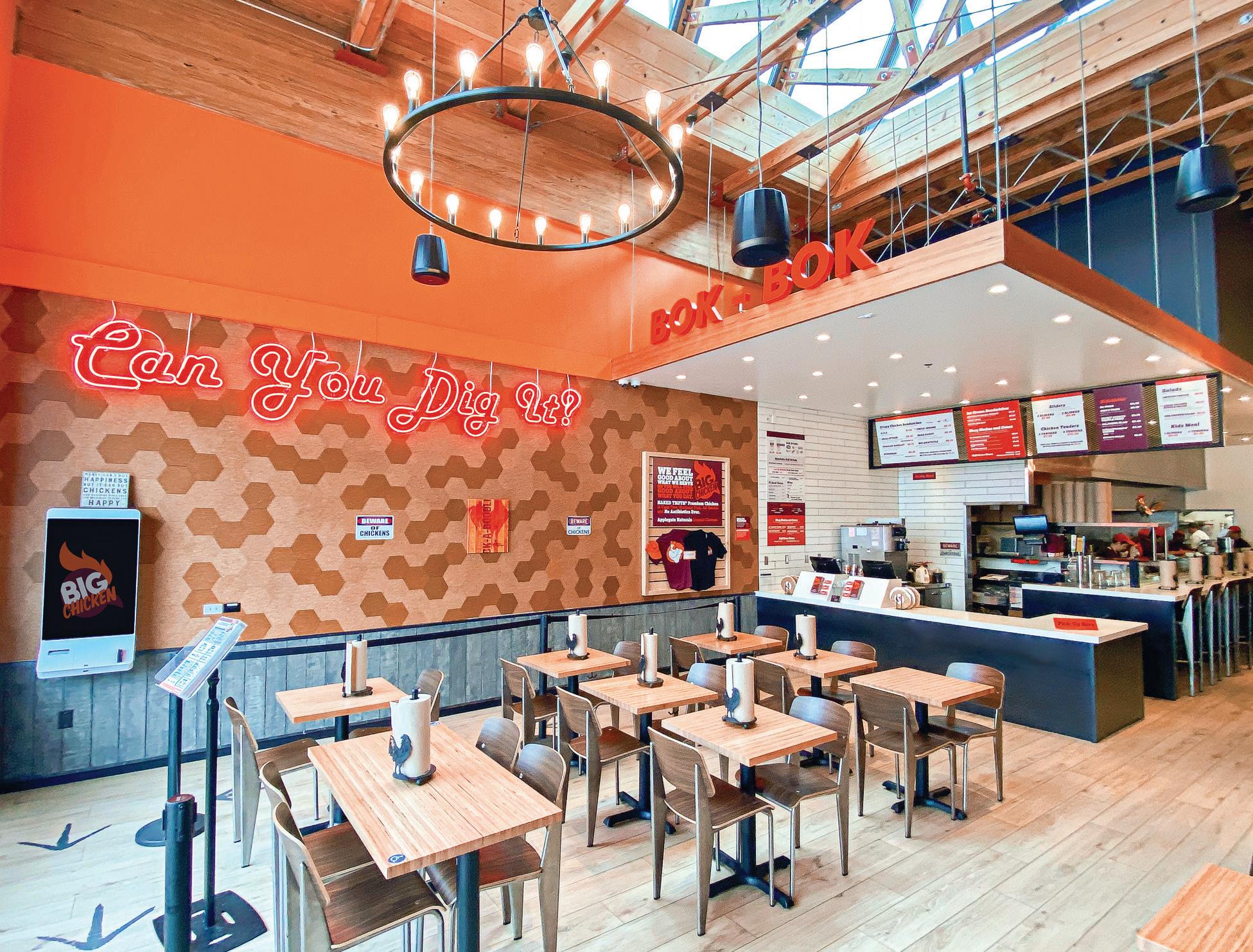
“We’ve also undertaken a rather large initiative to get food costs down without affecting quality,” Halpern says. “The key for us has been understanding what claims matter to the consumer and what they’re actually willing to pay more for. Do they understand and buy into claims about antibiotics or hormones? We really need to be able to justify why a franchisee is spending more on things like that to protect their unit-level economics.”
The company is using those insights to make some adjustments and take action in places where it feels its competitive price index is too high. The biggest challenge there is pinpointing precisely who it should measure itself against.
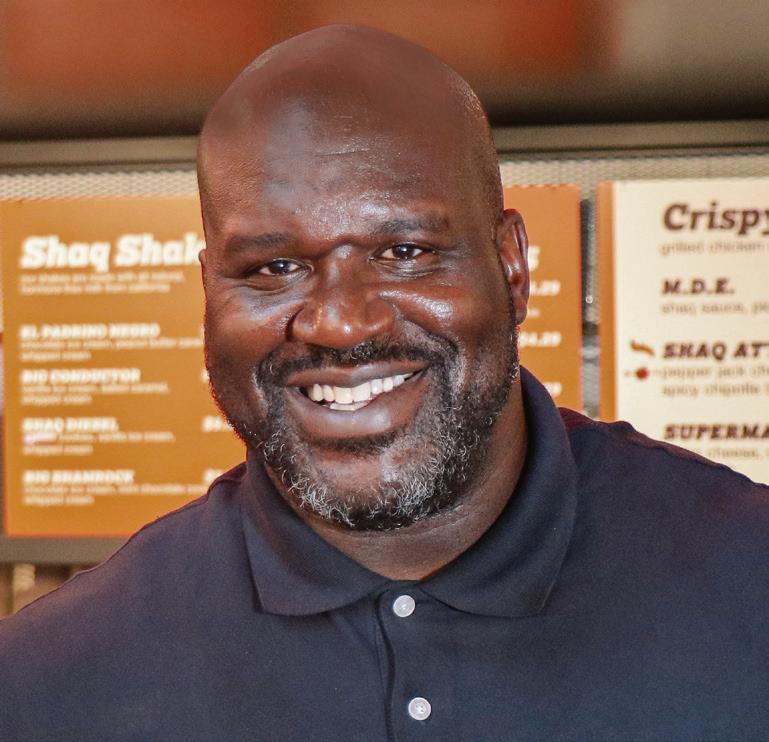

Halpern says there’s an inverse correlation between a brand’s original combo meal price and unit count. There are chains with a handful of units that are priced higher than Big Chicken, and there are chains with hundreds or thousands of units that are priced lower.
“The tough part is figuring out the right comp,” he says. “We don’t do it market-bymarket. I don’t think that works. You’ve got to go within a three- to five-mile radius and say, ‘What’s the pricing dynamic of this immediate territory?’ You have to get more micro in this day and age and not worry so much about the macro chicken category. Store-by-store, are you set up to win?”
That micro-level approach is only going to become more important for restaurants across categories as battles over compensation and workplace regulations continue popping up across the country.
Halpern says chicken prices have largely stabilized and equipment prices have dropped considerably. But labor costs can vary dramatically from one store to the next.
“One of the hardest parts as you’re growing a national or global chain is this notion of taking the overall temperature or trying to play to the least common denominator,” he says. “You really have to think about things at the lowest possible level, and that’s the store.”
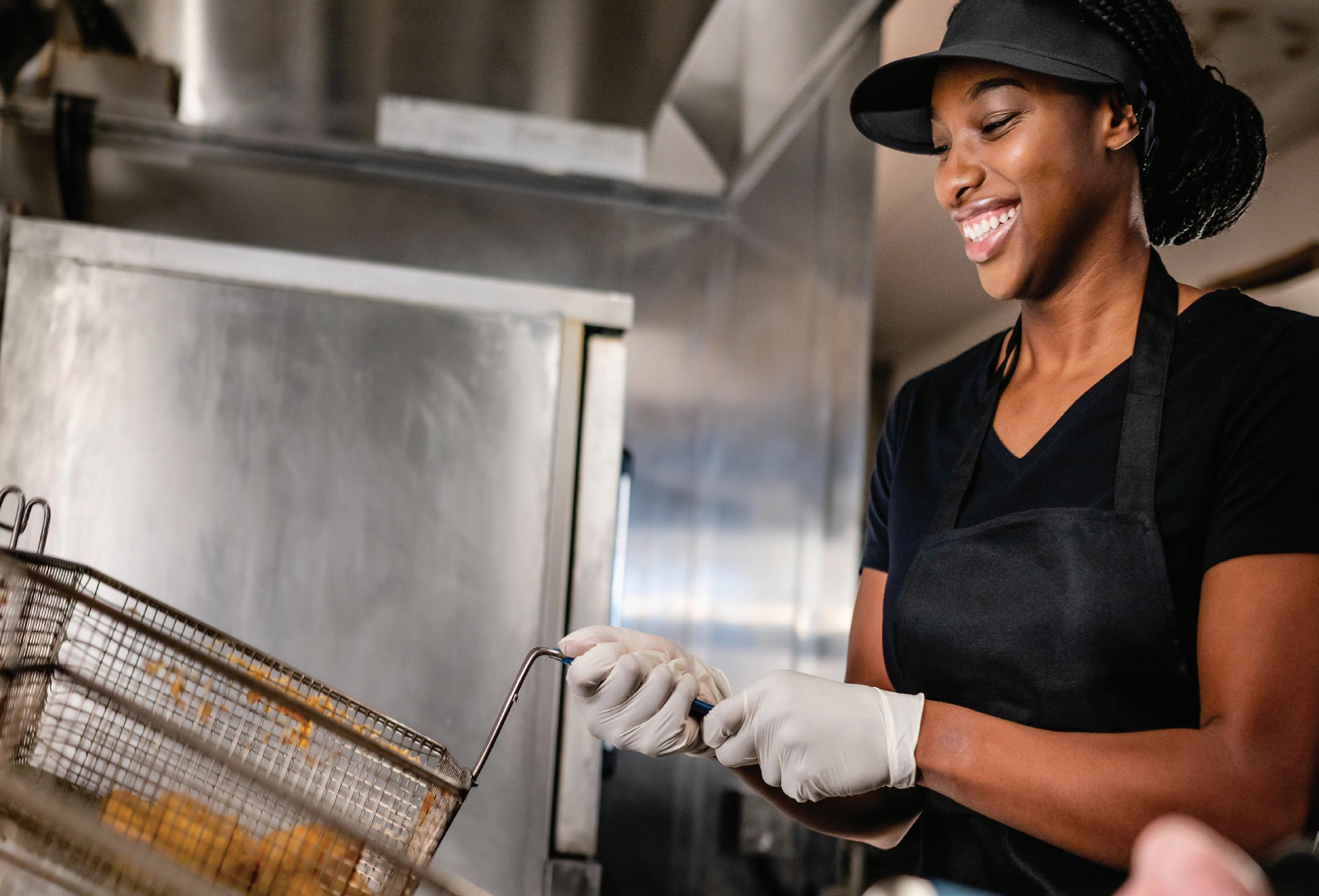

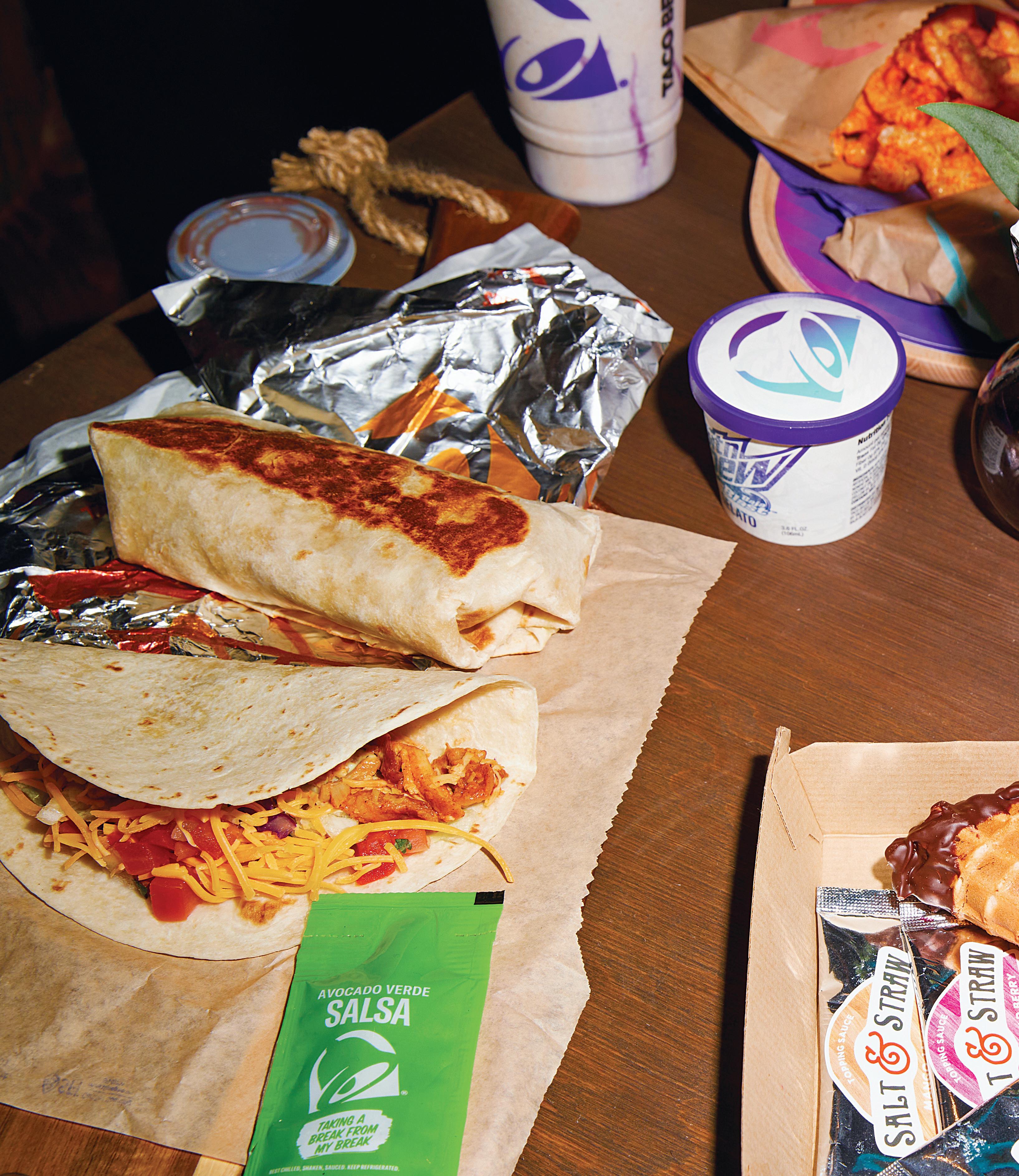

When Taco Bell CMO Taylor Montgomery sums up the Mexican chain’s marketing muse, his mind focuses on two words—cultural rebel.
To be clear, when he uses that phrase, he isn’t limiting that to Gen Z and millennials. It could be anybody, from country music sensation Dolly Parton to rising rapping artist Doja Cat. The chain attempts to learn from different cultures as much as it tries to influence them.
As Taco Bell repeatedly dives into the zeitgeist, it also understands the brand belongs to its fans. It’s a major reason why the company decided to free the “Taco Tuesday” trademark last year— previously owned by Taco John’s—and use LeBron James to market its efforts. Or why it hosted a wedding inside a Metaverse chapel— something that received more than 300 applicants.

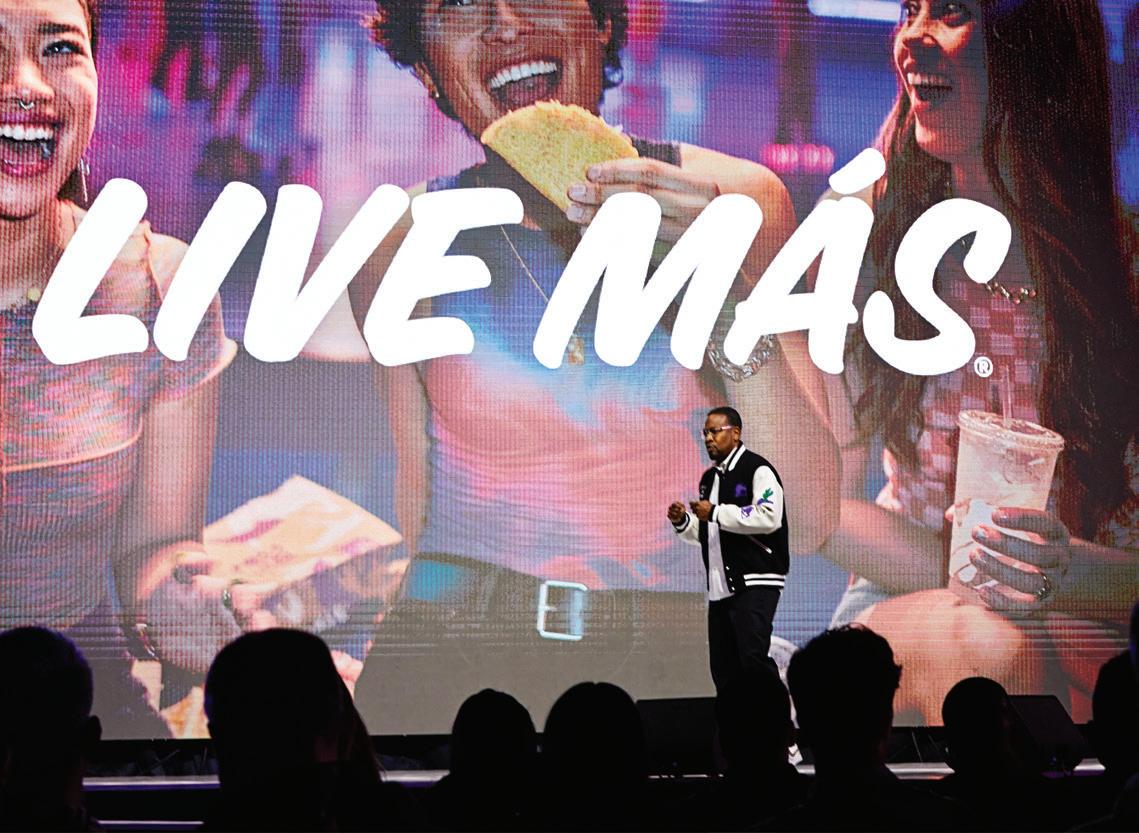
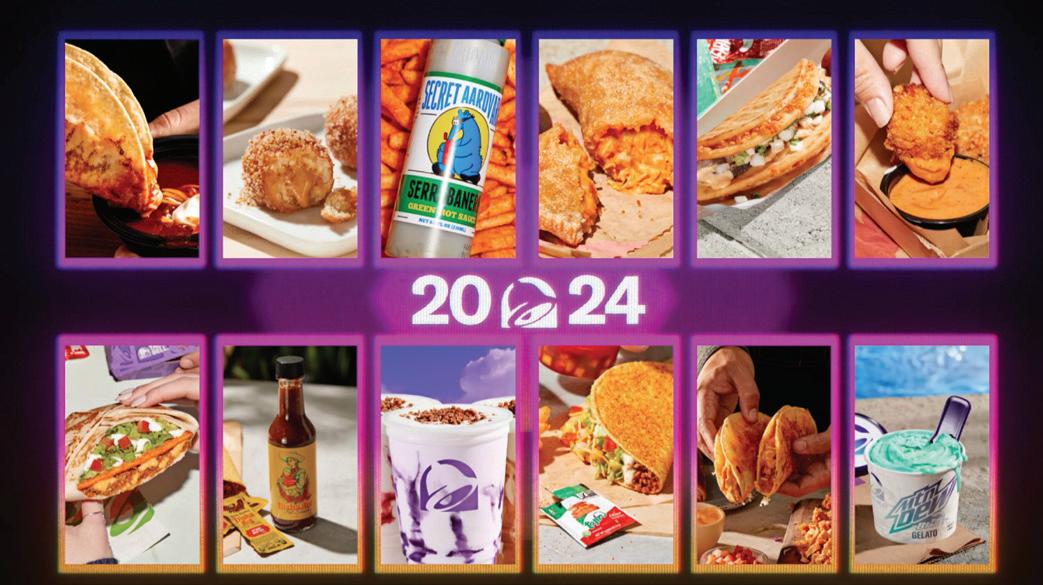
Above all, Taco Bell’s marketing philosophy and responsibility to its customers shine clearest when it comes to menu innovation. The fast-food giant kicked off 2024 with a bang when it held its first Live Más Live event during Super Bowl week in Las Vegas, where it announced several new menu innovations in a style akin to Apple unveiling new tech products. The moment was a combination of two points—wanting fans at the forefront and a belief that Taco Bell is the most innovative brand in the world.
“So what we wanted to create with Live Más Live was, what is a way that we can actually show those two things—to the culture and to our fans and the people that matter most,” Montgomery says. “I think the thing for us on Live Más Live that was most important and what the team and I thought about a lot is, you can’t just talk about it. You got to be about it. You got to walk the walk, you can’t just talk the talk. So that’s where it came from, ‘Hey, how do we create a moment that lets culture into those two things and helps us show and prove that we are those two things and we’re a brand that’s all about the fans and we’re the most innovative brand?”
Among the announced creations were the Cheesy Chicken Crispanada, Crispy Chicken Nuggets, Cheesy Street Chalupas, MTN DEW Baja Blast Gelato, Cheesy Enchilada Dipping Taco, Dule de Leche Cinnabon Delights, and a Cheez-It Crunchwrap.
Chief food innovation officer Liz Matthews says Taco Bell’s approach to innovation has changed since COVID hit the U.S., mainly due to the advent of the delivery business. With
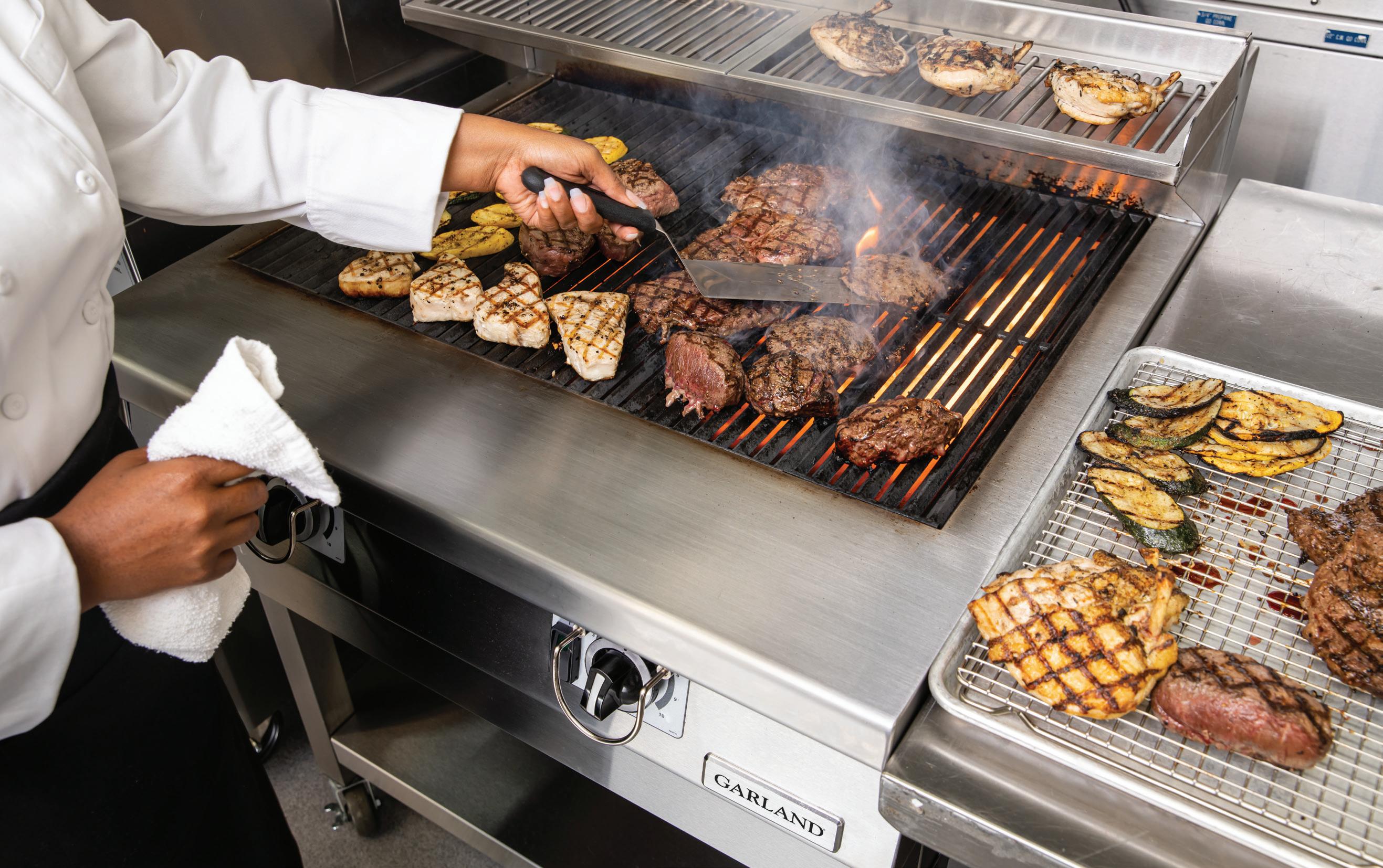
Moisture that’s naturally released from the fat and oils during cooking is absorbed back into the food giving you up to 50% less shrinkage than a standard charbroiler. The XHP Broiler gently smokes food giving it incredible flavor and clear sear marks.
The XHP Broiler has patented award-winning technology designed around its gas burner system. Its 51.3% cooking energy efficiency makes the XHP the most efficient broiler on the market today. Use our cost-saving calculator at www.garland-group.com to see how much you can save cooking with an XHP.
EFFORTLESS CLEAN-UP FOR TIME EFFICIENCY
With an XHP Broiler, the fat is atomized on ceramic base plates. When the unit is has cooled, simply vacuum out the ash that’s left. There is no grease tray to clean!
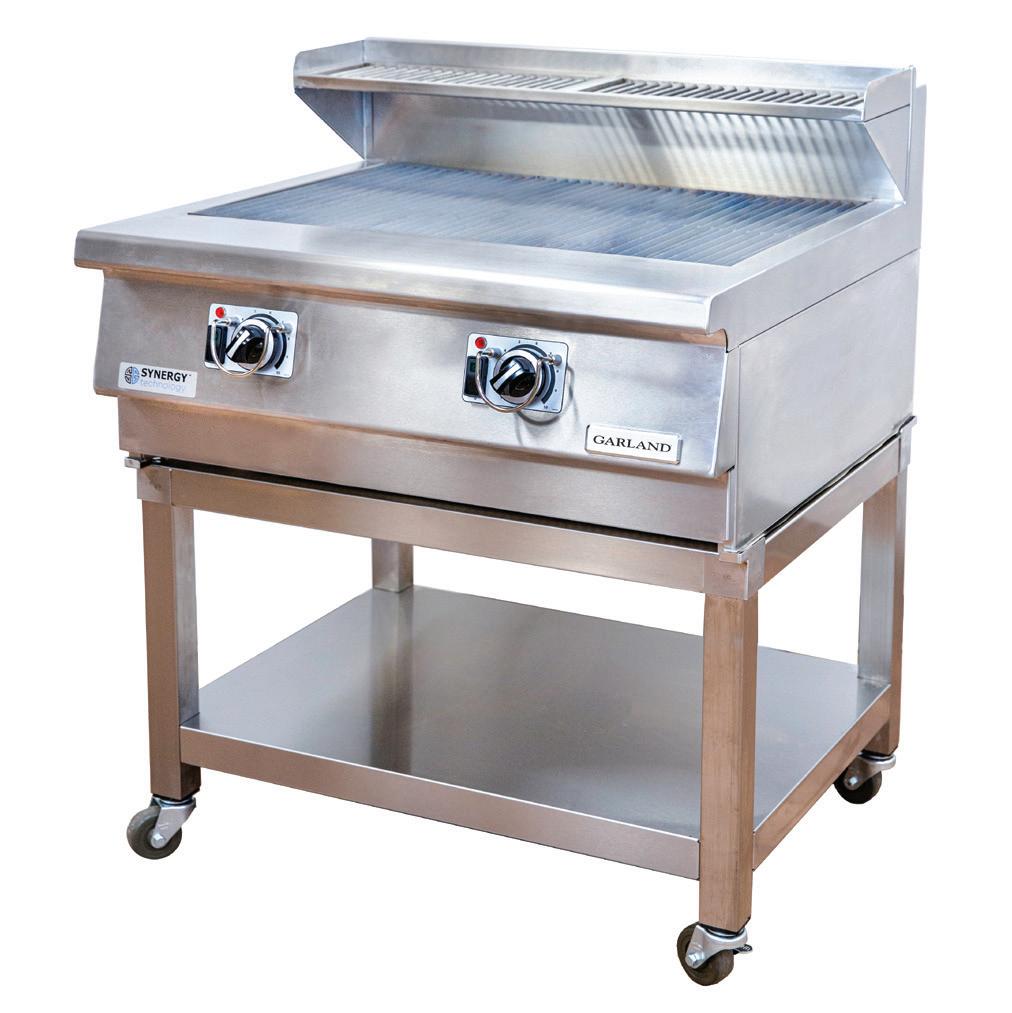

the additional revenue channel, there are more opportunities to do promotions with product drops and the loyalty program. Matthews adds that demand from customers has increased as well. There’s still pent-up excitement from the past few years, and guests are eager to treat themselves to foods they’ve never come across before.
Taco Bell is further engaging its loyal customers by introducing a new product every five weeks—double the frequency seen in 2023.
“We want to have news on Taco Bell all the time,” Matthews says. “So you’re going to be hearing buzz throughout the year, like every week. Whether it’s something that we’re doing with our loyalty program, whether it’s a new product launch, that’s what people love about our brand. They want to see what’s coming next.”
The love for Taco Bell is so great that sometimes the brand has issues with new food products getting leaked online. That was another benefit of the Live Más Live event—if customers are chomping at the bit to uncover news anyway, why not get ahead of it and make a big show out of it?
“I think there’s always speculation that people are guessing and trying to figure out what we’re doing, and I think we just took a different approach this year,” Matthews says. “We’re like, you know what, we should just put it out there because it’s coming and we’re ready and we’re excited. So it was just more of a different approach to make sure they don’t have to keep guessing anymore or speculate on Reddit.”
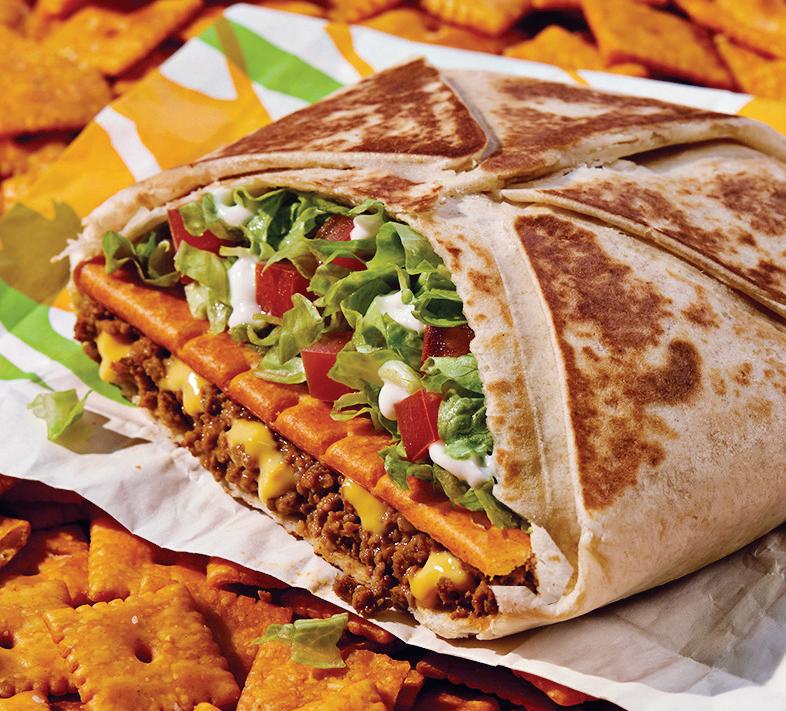
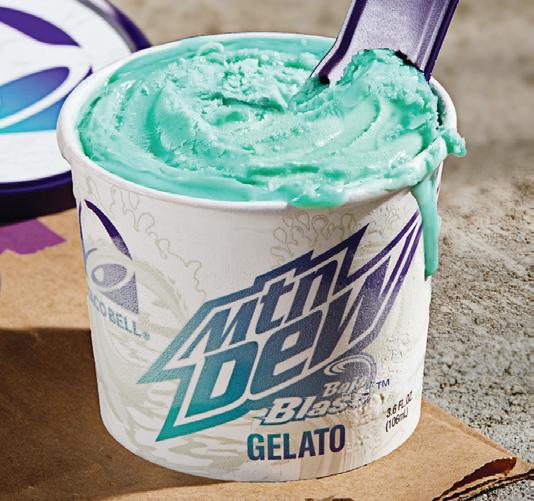

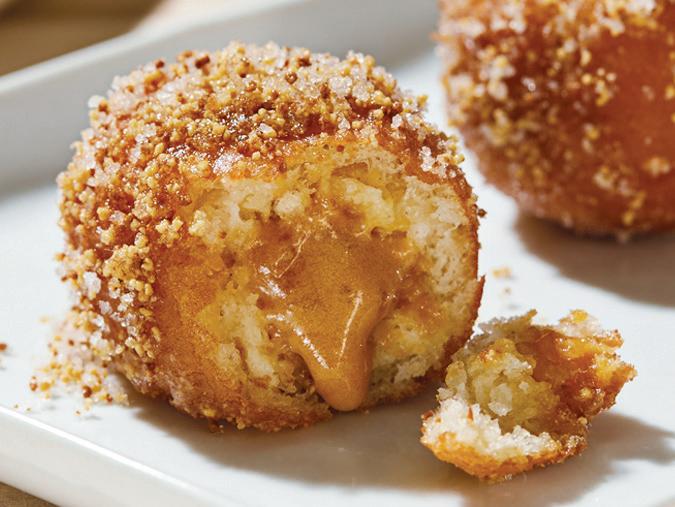
Taco Bell uses several techniques to gather information for its product innovations team so they know what’s worth spending time on. The first tool is using industry data; basically, what are customers consuming, even at the competition’s drive-thru and dining room? Social media plays a significant role as well. Taco Bell also completes a daily and monthly review of what guests are saying about its menu and what they’re saying about its market tests. Workers go into the field and talk to employees about what consumers are telling them.
Montgomery looks at every opportunity as a focus group. Sometimes he’ll attend his daughter’s dance practice and the other parents give him plenty of feedback about certain items. His primary job is to be an open ear and be more in tune with what the consumer wants than anyone else.
All of those aforementioned channels are how Taco Bell knows chicken is gaining massive popularity in the U.S. Innovation was adjusted accordingly. In March, the chain debuted a
Cantina Chicken Menu, including the Cantina Chicken Burrito, Cantina Chicken Taco (soft or crispy), Cantina Chicken Quesadilla, and the Cantina Chicken Bowl. Within these meals, the chicken is oven-roasted, shredded, and combined with seasoning of Mexican spices like pasilla and other chilies. New ingredients include purple cabbage, pico de gallo, a white corn taco shell, and Avocado Verde Salsa.
“Consumption of chicken is just rising. whether it’s grilled chicken, fried chicken,” Matthews says. “And consumers are telling us that they want more chicken. They feel really good about eating chicken every single day and they want more options in that space. That really is what started it. And then we found this amazing slow-roasted chicken, put a lot of fresh ingredients around it, with amazing sauces with our new Avocado Verde. It all centers around that chicken, and honestly, it came from consumers just wanting more chicken options from us.”
Feedback loops are also a good way to determine what companies Taco Bell should partner with in terms of culinary innovation. Some recent examples are Cheez-It, Tajín, Secret Aardvark, Disha Hot, Salt & Straw, and Beekeeper Coffee. The CheezIt Crunchwrap, which has been on menus before on a limited-time basis, is ready for a nationwide rollout. It features a Cheez-It cracker 16 times the size of a normal one, with seasoned beef, nacho cheese sauce, and classic Crunchwrap fixings, wrapped inside a folded tortilla.
“Obviously you could just find a lot of people to partner with,” Matthews says. “I think the most important thing is that we love what they do and they love what we do. So it starts with that. It’s funny because someone was asking me, ‘Oh, do you guys just start working on something?’ No, we just start a relationship and we talk and feel out ideas together and just see if it makes a good partnership. But the most important thing is it has to be authentic. We love the guys we’re working with and they love our brand. That is the number one recipe for any kind of partnership.”
Taco Bell uses the massive love for food innovation to bolster its higher-margin, less labor-intensive digital channels. In some cases, the brand lets rewards members get their hands on menu items before anyone else. In other cases, the chain will hold a poll to let users decide which product they want to be available for a limited time.
The strategy works quite well. Taco Bell achieved a milestone in 2023 by surpassing $15 billion in


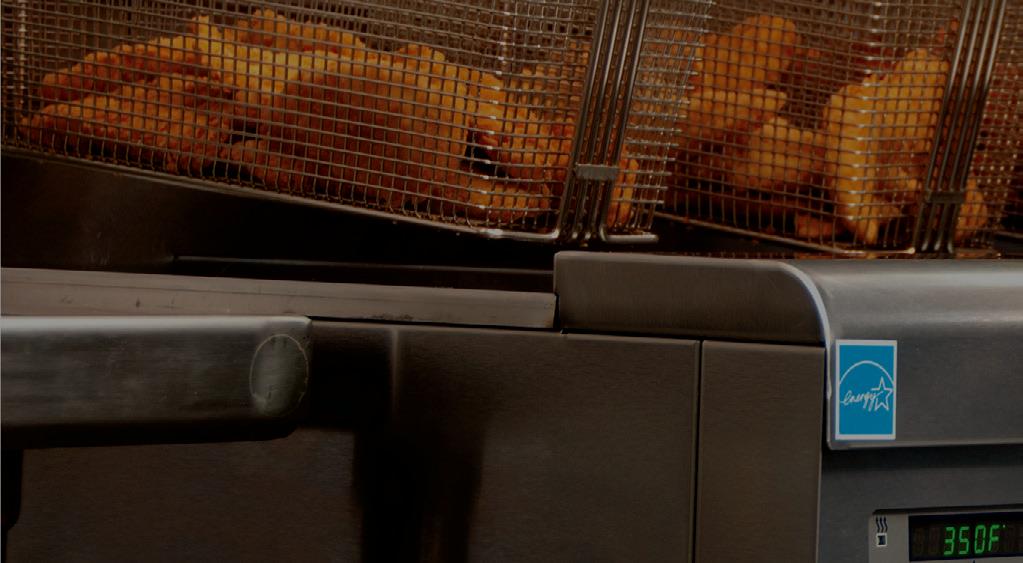

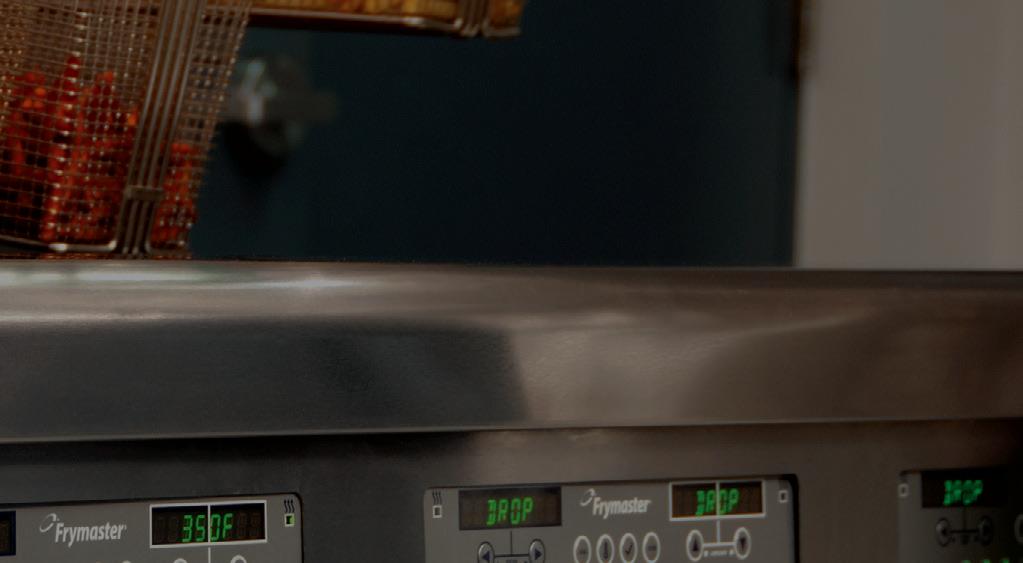


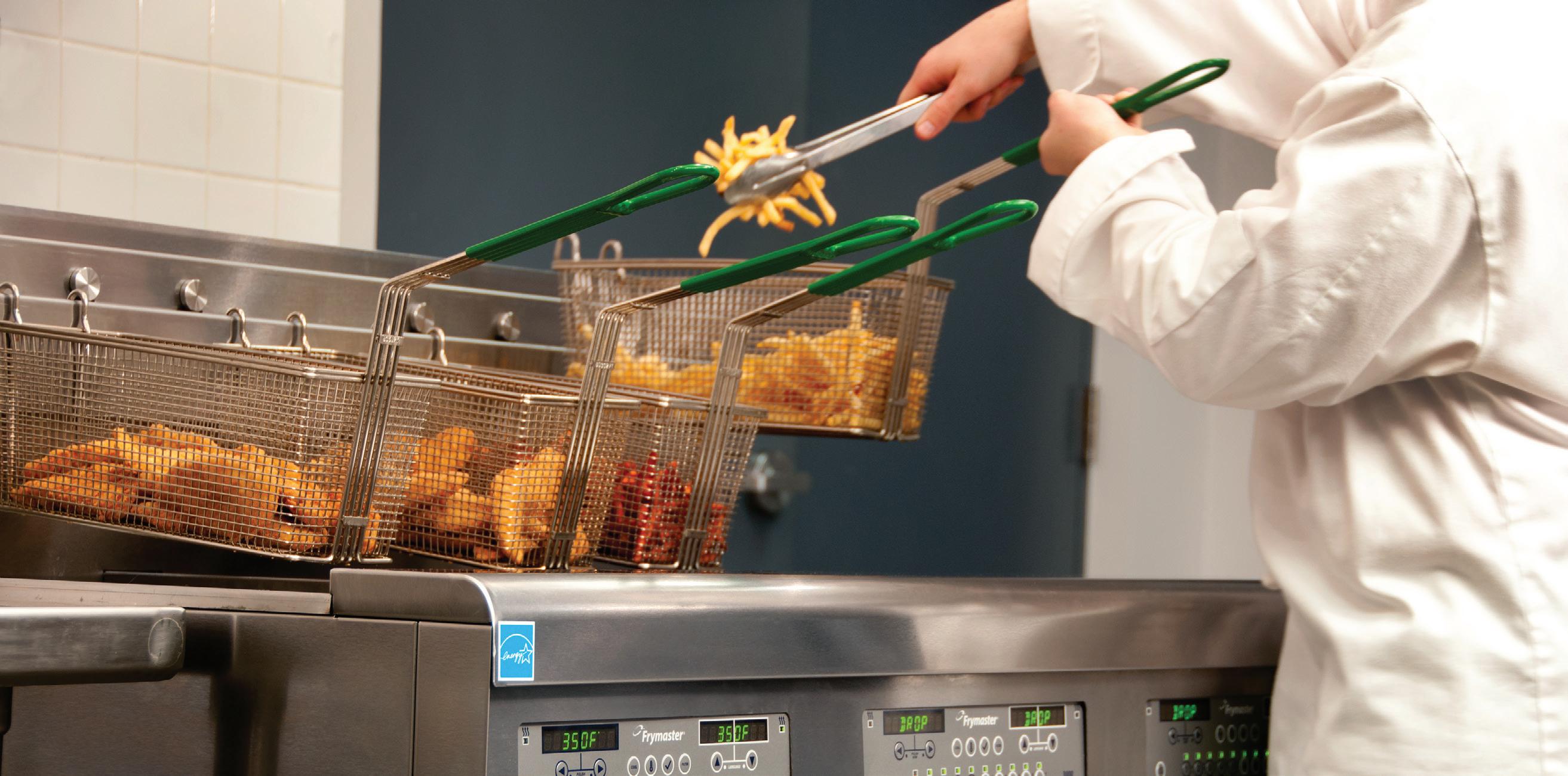
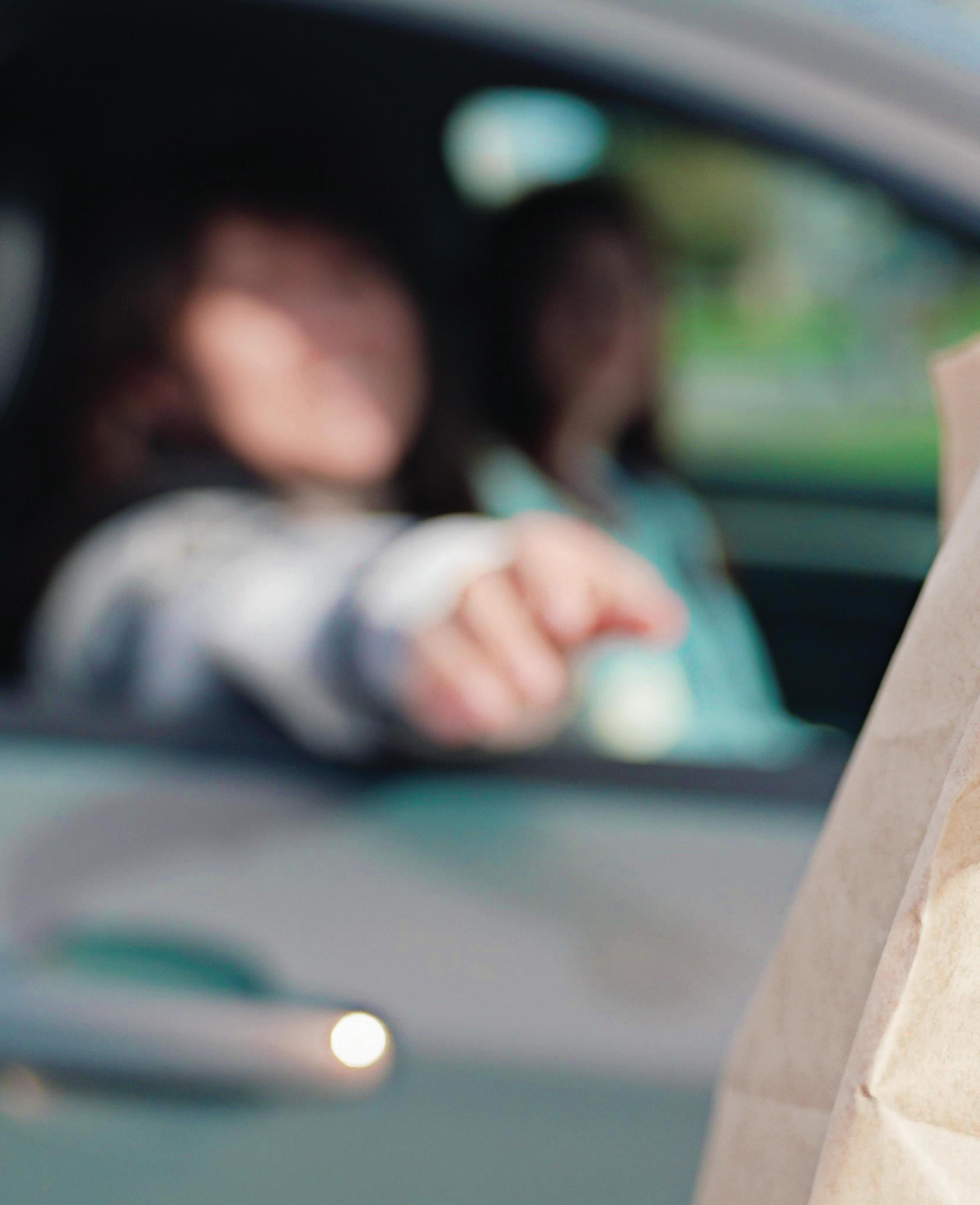
TheIn this past year’s QSRDrive-ThruReport, we got off the track a bit. In addition to mystery shopping 10 of America’s top chains, rolling through drive-thrus and recording everything from speed to tech upgrades to friendliness, as QSR always has, we decided, along with our partner Intouch Insight, to give some of the most-innovative builds a spin (Taco Bell’s Defy, McDonald’s conveyor-belt prototype in Fort Worth, Texas, and a Chick-fil-A deploying robotics in Alpharetta, Georgia). The motivation was straightforward. If there is one area of the industry COVID-19 tossed kindling under, it was the asset evolution of quick-service restaurants.
ACCESS THE FULL REPORT

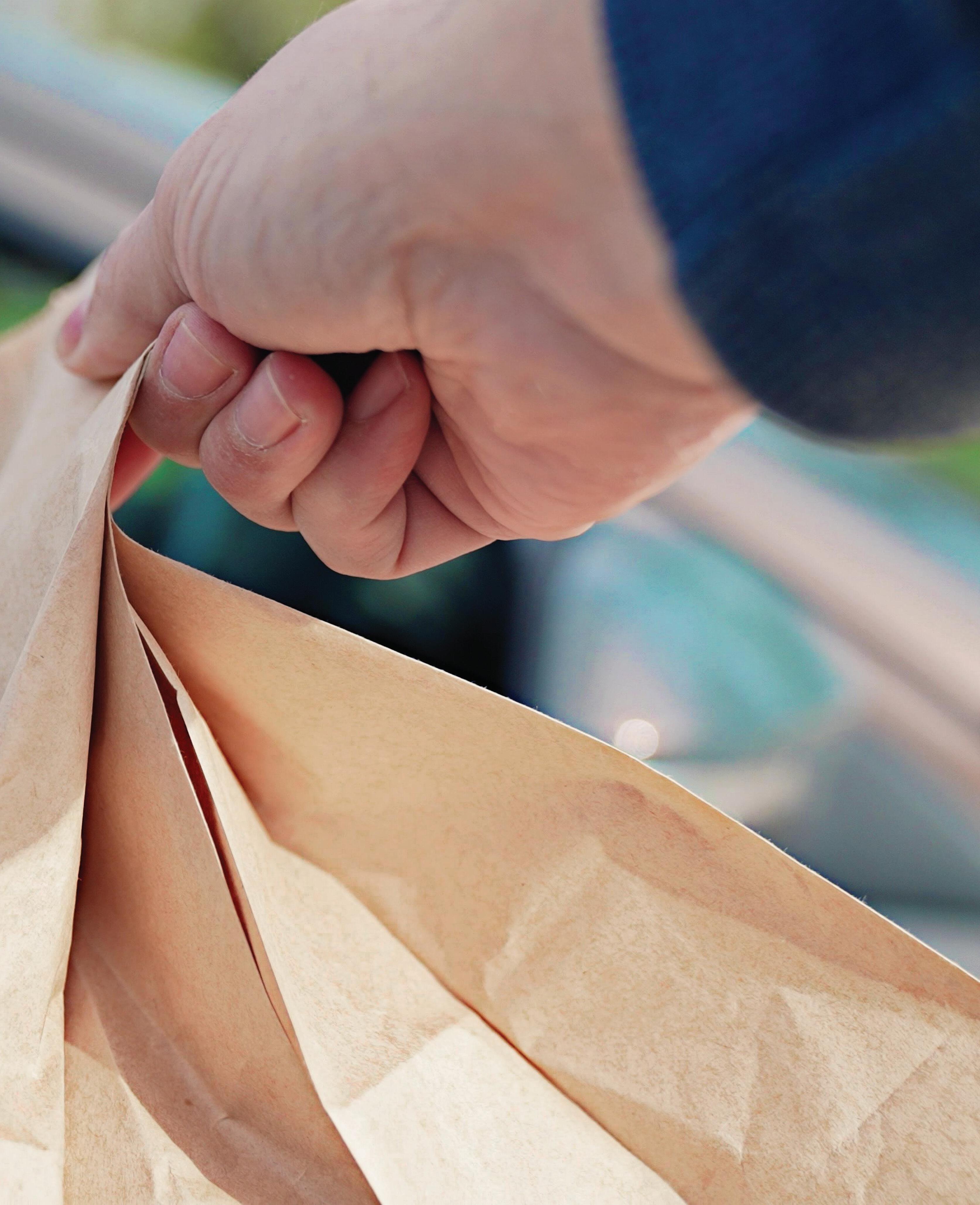
The pandemic sparked asset evolution across the quick-service category, from drive-thru-only stores to multiple-lane setups.
We have one question: is it working?
/ BY DANNY KLEINAs has been touted countless times in recent years, the pandemic’s disruption wasn’t so much an inventor of trends for this sector as it was an accelerant. Many of the updates consumers observe today, whether it’s drive-thru-only boxes, multiple lanes, or dedicated systems that connect mobile ordering to pickup, were on the minds of chains well before regulations forced dining rooms to go dark. The urgency wasn’t there. But necessity changed that.
And one visible result was the builds themselves. By and large this is a jigsaw of smaller dining rooms and interconnected restaurants that flow technology through layouts. They’re designed to reflect a shift in order preference as well as strip friction from the point itself.
In one example, Burger King unveiled a “Sizzle” prototype in October. It has multiple variations—kiosks, double-lane drive-thrus, and designated spaces for mobile order fulfillment. Yet the broader point isn’t simply the introduction of a fresh look, but how quickly Burger King wants to roll it. The chain plans to remodel 400 units in 2024, with more than 80 percent of those being full scrapes and rebuilds. It even acquired its largest franchisee, Carrols Restaurant Group, in January for $1 billion, in hopes of hyper charging the company’s refresh program and bringing in smaller operators to run updated units. Burger King said in February it planned to shift $50 million from its “Reclaim the Flame” agenda toward refreshes so more than 6,000 U.S. restaurants, or roughly 90 percent of the U.S. footprint, would get touched.
It’s a clear principle—the quick-service sector is in an arms race to meet evolving consumer demand.
With all that said, it was time to go deeper. Year 2 of the EMERGING EXPERIENCES REPORT with Intouch Insight (the inaugural edition focused on pickup in fast casual ) investigated the way customers engage with restaurants today, and how those interactions have adjusted thanks to innovation. The four emerging experiences evaluated were:
• In-store kiosk ordering versus in-store live counter order
• Mobile ordering for drive-thru pickup versus live drivethru ordering
• Drive-thru ordering at a new prototype versus live drivethru ordering
MYSTERY SHOP SCORE:
The questionnaire included scoring for all of the key areas. This allowed us to calculate an overall score for each of the brands.
WAIT TIME: The amount of time passed from the time you entered the drive-thru line until you reached the speaker and started to place your order.


• Mobile ordering for pickup at a window/locker versus mobile order for pickup in-store
THE BRANDS INCLUDED WERE:
Burger King, , Taco Bell, Chipotle, Panera Bread, Wendy’s, Jack in the Box, Checkers & Rally’s, Whataburger, and Zaxby’s.
FOR EACH BRAND, THREE LOCATIONS WERE VISITED:
The innovation locations and two legacy stores in the same geographic area as the innovation units. Thirty mystery shop visits were performed for each, totaling 90 visits per brand. All visits took place in January and February 2024.
On to the results.
SERVICE TIME: The amount of time passed from placing your order until you reached the food pickup window.
WINDOW TIME: The amount of time passed from arriving at the pickup window to when you received your entire order.
TOTAL TIME FOR DRIVE-THRU:
The amount of time passed from entering the drive-thru to receiving your entire order.
TOTAL TIME FOR KIOSK:
The amount of time passed from joining the line to enter the kiosk to receiving your entire order.
TOTAL TIME FOR COUNTER:
The amount of time passed from joining the line to use the kiosk to receiving your entire order.
TOTAL TIME FOR MOBILE:
The amount of time passed from opening the app to place your order to receiving your entire order.

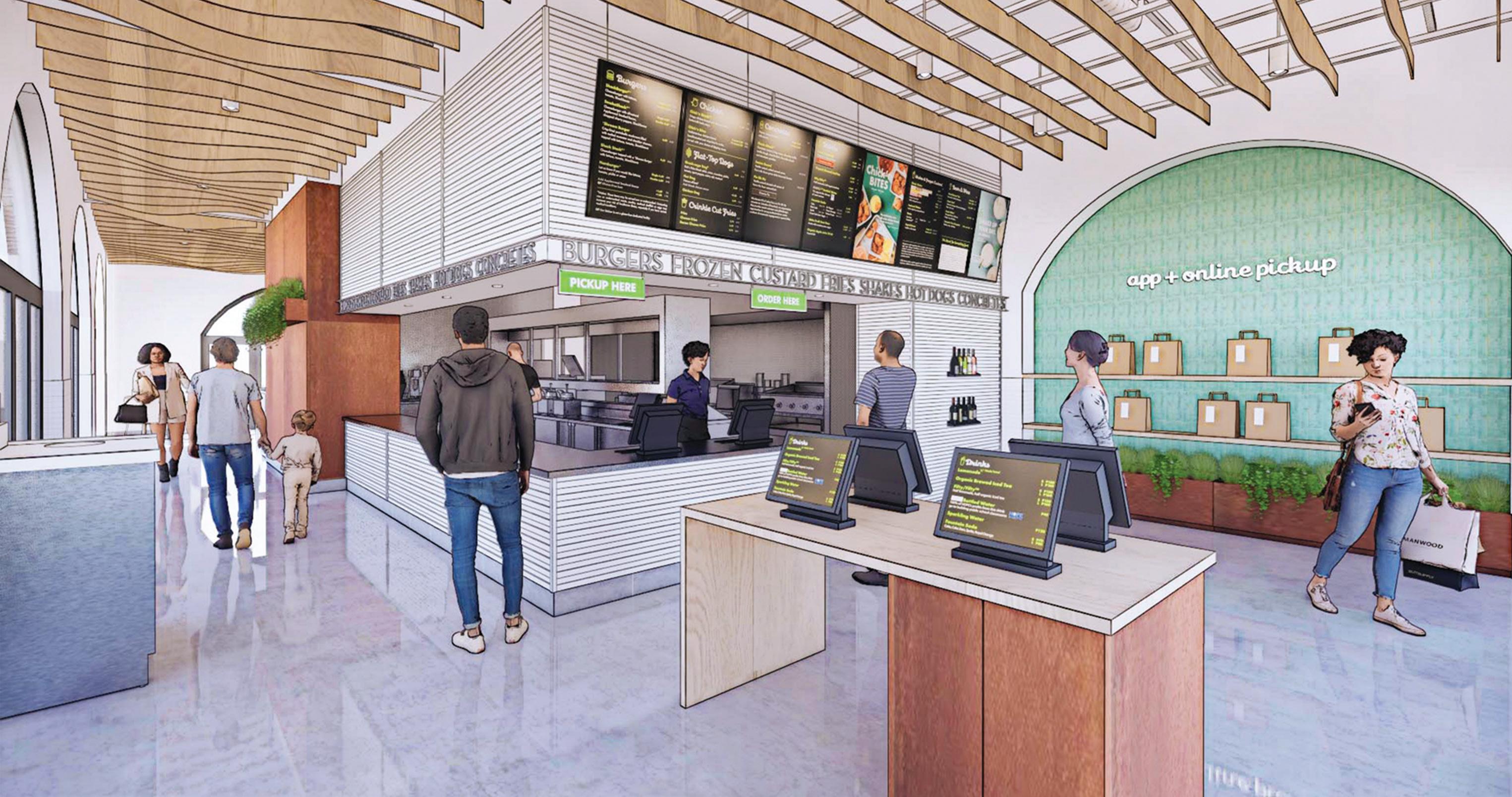
INNOVATION EXPERIENCE:
Customers entered the store and placed their order at the kiosk.
LEGACY EXPERIENCE:
Customers entered the store and placed their order live at the counter with an employee.
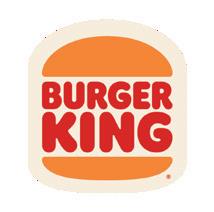
KEY FINDINGS:
KEY FINDINGS:
• Overall, mystery shopping scores were higher for both innovation locations compared to their legacy locations.
• Both innovation locations scored 100 percent for the temperature of main item.
• We also found that satisfaction with both the order experience and pickup experience was higher at the innovation locations.
The innovation location was Burger King Sizzle. This location includes kiosks, double-lane drive-thrus, in-store mobile order/pickup, mobile order and pickup in the drive-thru, and mobile order pickup lanes
• Satisfaction for order experience was 5 percent higher at the innovation location compared to the legacy locations.
• Satisfaction for the pickup experience was 8 percent higher at the innovation location compared to the legacy locations.
• Overall satisfaction was 7 percent higher at the innovation location compared to the legacy location.
• Overall, the innovation location performed much better than the legacy locations in every single metric.

KEY FINDINGS:
The innovation location for Shake Shack included a kiosk for ordering.
• Satisfaction for the order experience was 4 percent higher at the innovation location.
• Satisfaction with the pickup experience was 4 percent higher at the innovation location.
• Order accuracy was 8 percent higher at the innovation location and food temperature scored 100 percent.
at the pickup area?

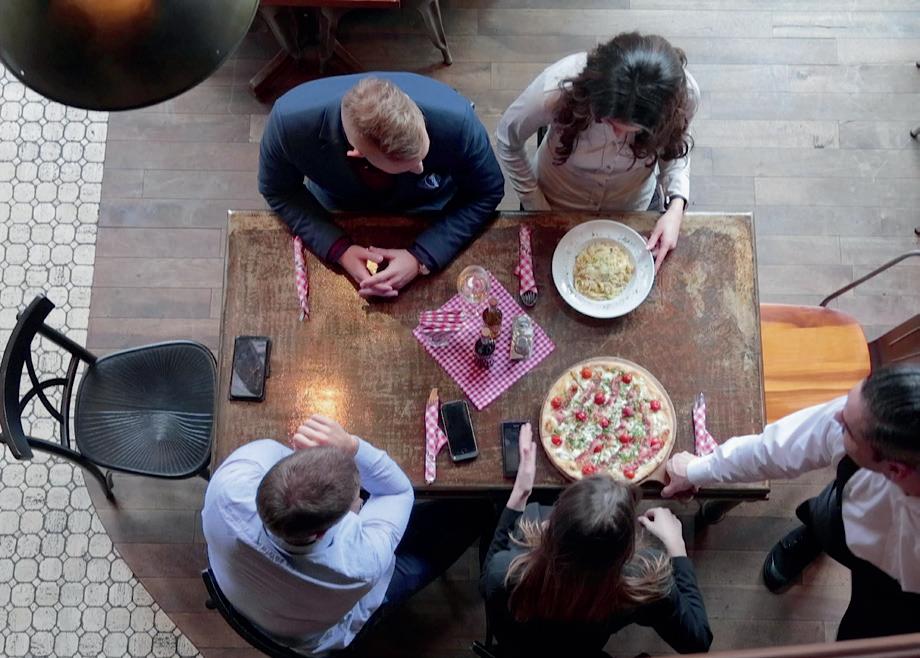


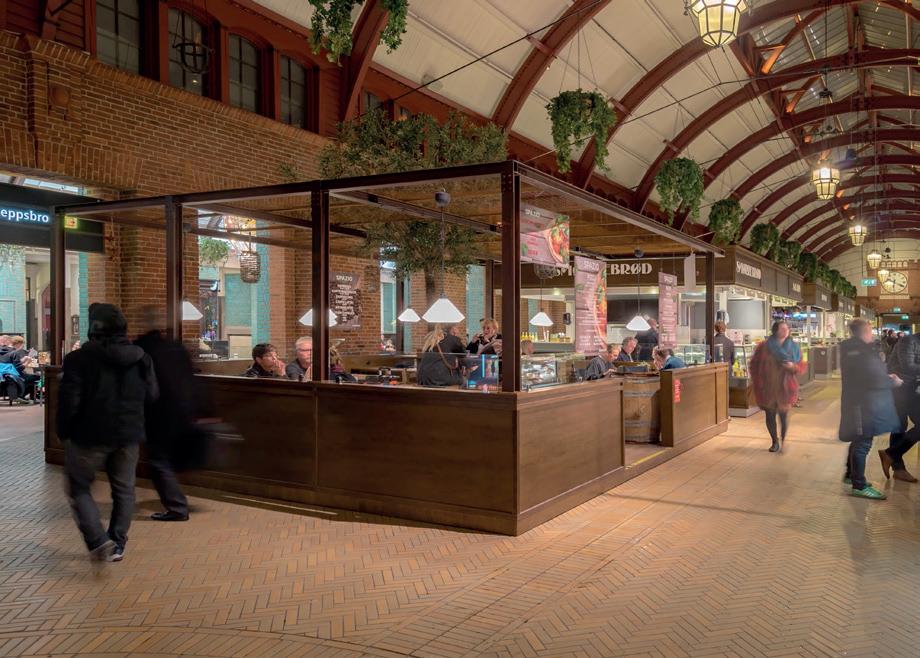
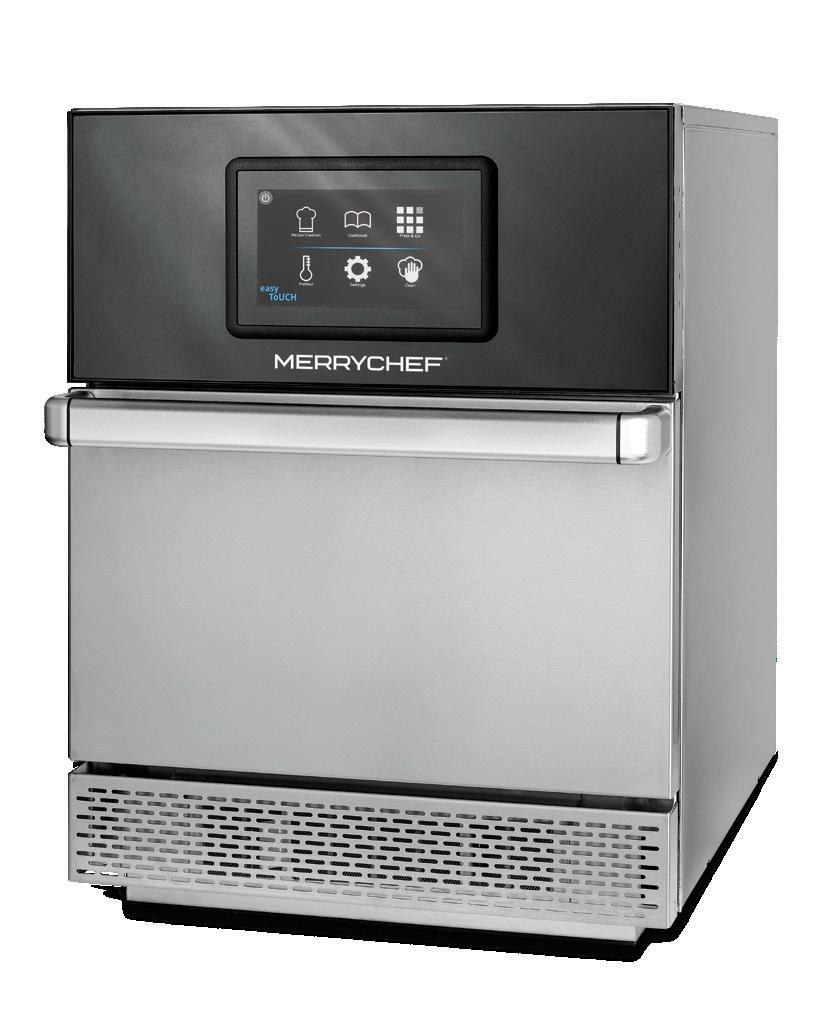
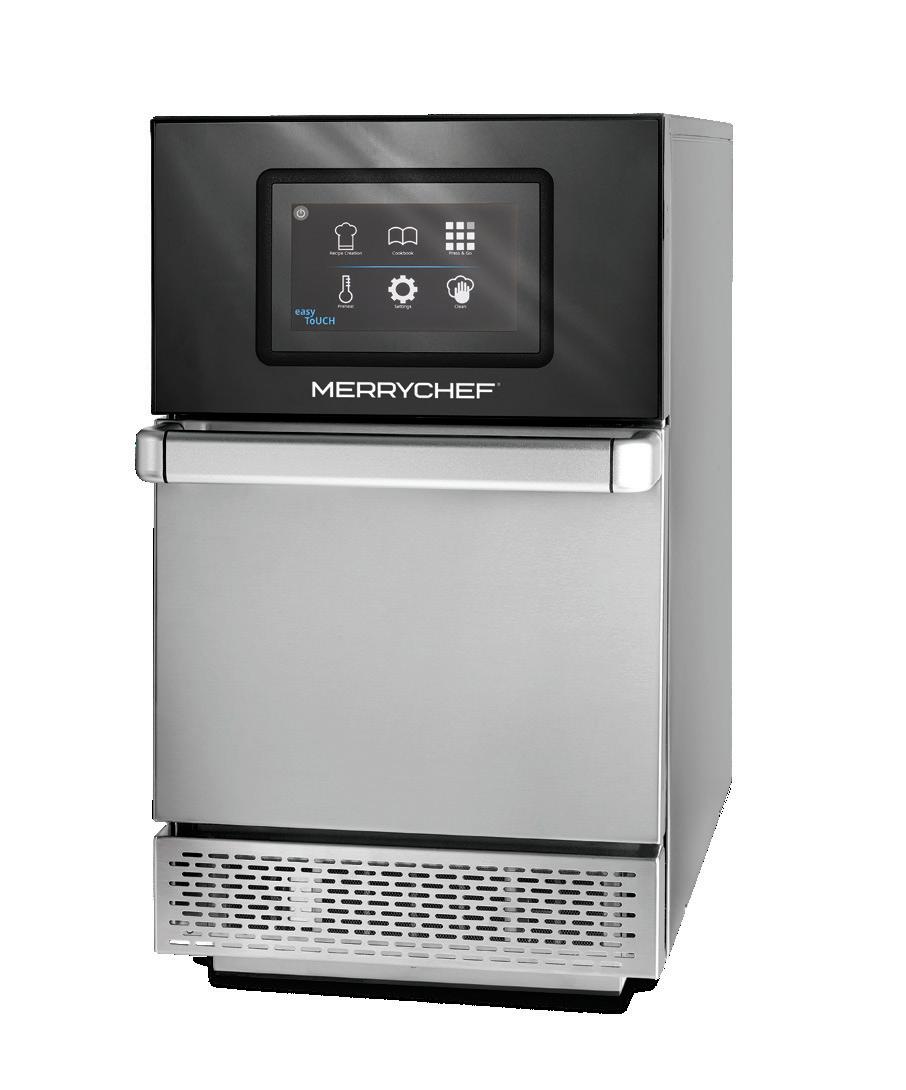

INNOVATION EXPERIENCE:
Shoppers drove to the restaurant and parked. They then placed their order through the restaurant’s mobile app for pickup in the drive-thru.
LEGACY EXPERIENCE: :
Taco Bell and Panera–Shoppers placed their orders in the drive-thru.

Chipotle– Shoppers drove to the restaurant and parked. They then placed their order through the mobile app for pickup in-store.

KEY FINDINGS:
• When comparing mobile orders for pickup in the drive-thru to live drive-thru ordering, we found on average that shoppers at the innovation locations spent less time in the drive-thru than shoppers at the legacy locations.
• Overall satisfaction was 5 percent higher at the innovation locations compared to the legacy locations.
• Friendliness was 12 percent higher at the innovation locations compared to legacy locations.
• Order accuracy was 11 percent higher at the innovation location.
The innovation location was Taco Bell’s Go Mobile design. This location includes a walk-up window for digital and delivery orders and no dining room, is optimized for digital orders and third-party delivery, includes dedicated parking spaces for third-party delivery drivers and digital orders, and grab-and-go shelves.
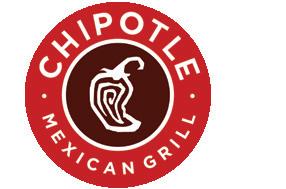
The innovation location was a Chipotlane Digital Kitchen. This store is smaller than a traditional Chipotle and features an orderahead pickup lane with no dining room or front production line (the majority of Chipotlanes include dining rooms, generally speaking). The kitchen is equipped with a make line to receive digital orders through the app or website, as well as through third-party delivery marketplace partners. Guests and delivery drivers can collect their orders through the drive-thru or a walk-up window. The restaurant also has a small outdoor patio for on-site dining.
It is important to note that Chipotle does not offer typical drive-thru ordering, so for their legacy locations the shopper placed their order through the mobile app and picked up in store.
KEY FINDINGS:
• Overall satisfaction for the innovation location scored 100 percent, which is 13 percent higher than the legacy locations.
• We also found that friendliness was 30 percent higher at the innovation location compared to the legacy locations.
• Order accuracy was 13 percent higher at the innovation location compared to the legacy locations.
KEY FINDINGS:
• The innovation location scored 100 percent for order experience, pickup experience, and overall satisfaction.
• Friendliness at the innovation location was 30 percent higher than the legacy locations.
• Order accuracy was 8 percent higher at the innovation location.

The innovation location was a Panera NextGen. This location includes a double drive-thru, with one lane dedicated to mobile orders, or as the company calls it, “Rapid Pick-Up.”
KEY FINDINGS:
• Order accuracy was 14 percent higher at the innovation location compared to the legacy locations.
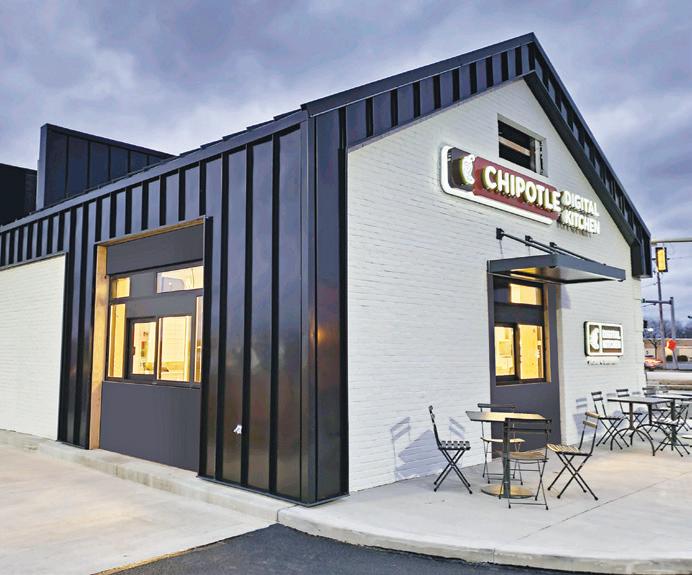
• Time spent in the drive-thru was quicker at the innovation location compared to the legacy locations.
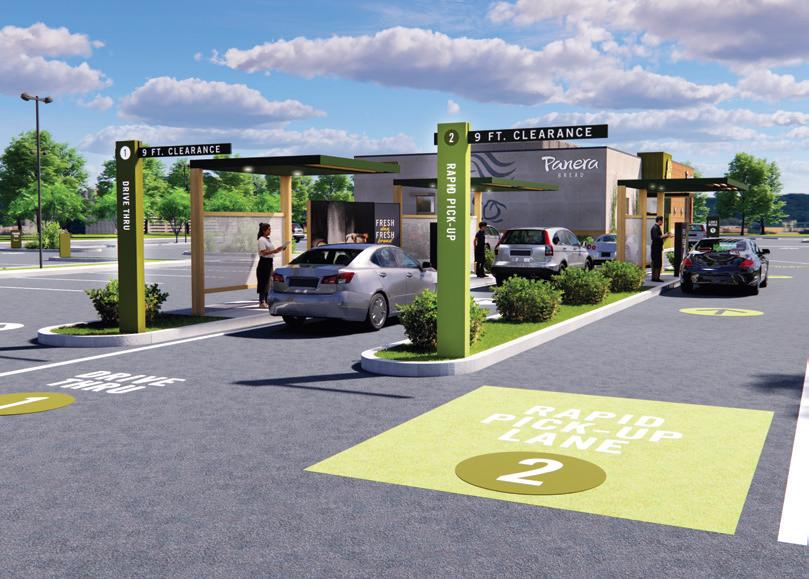
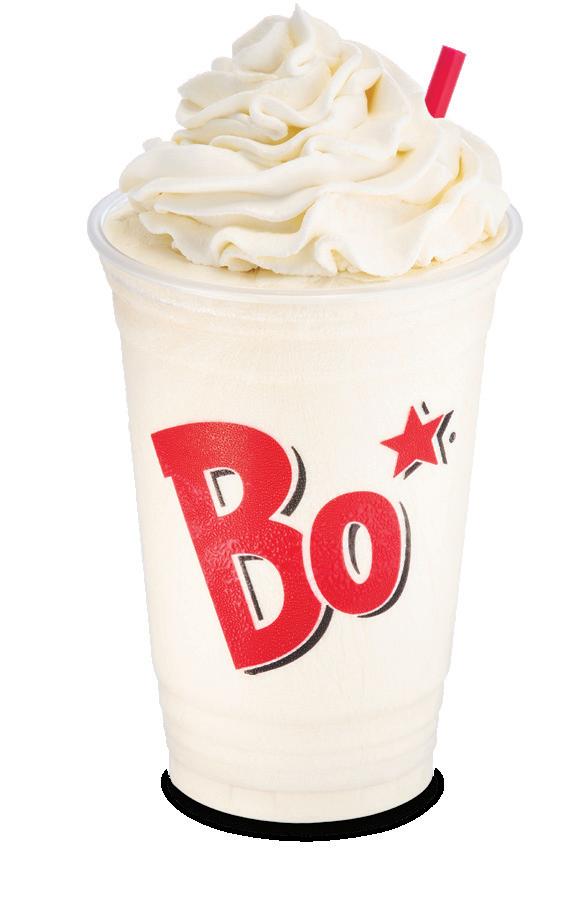
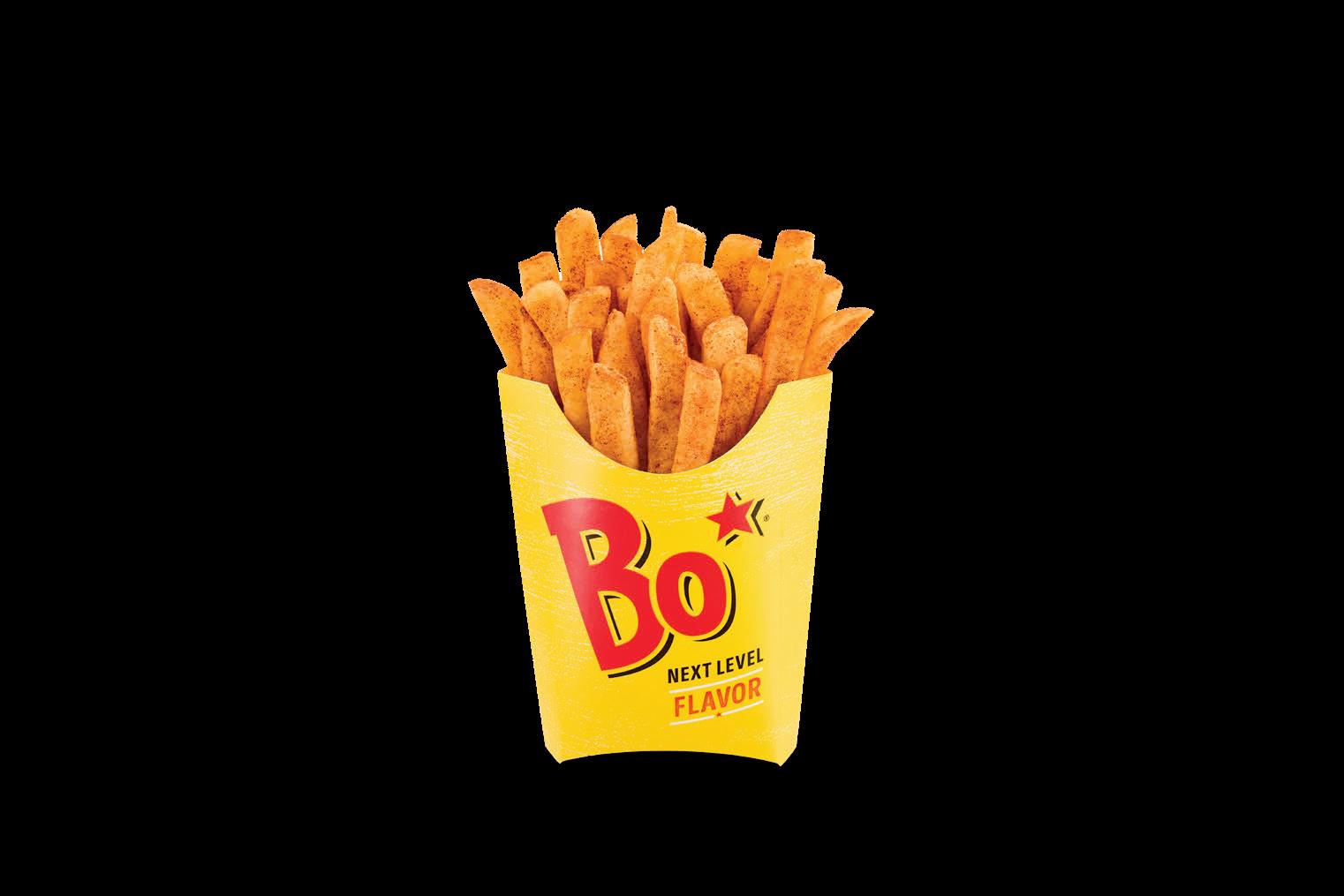

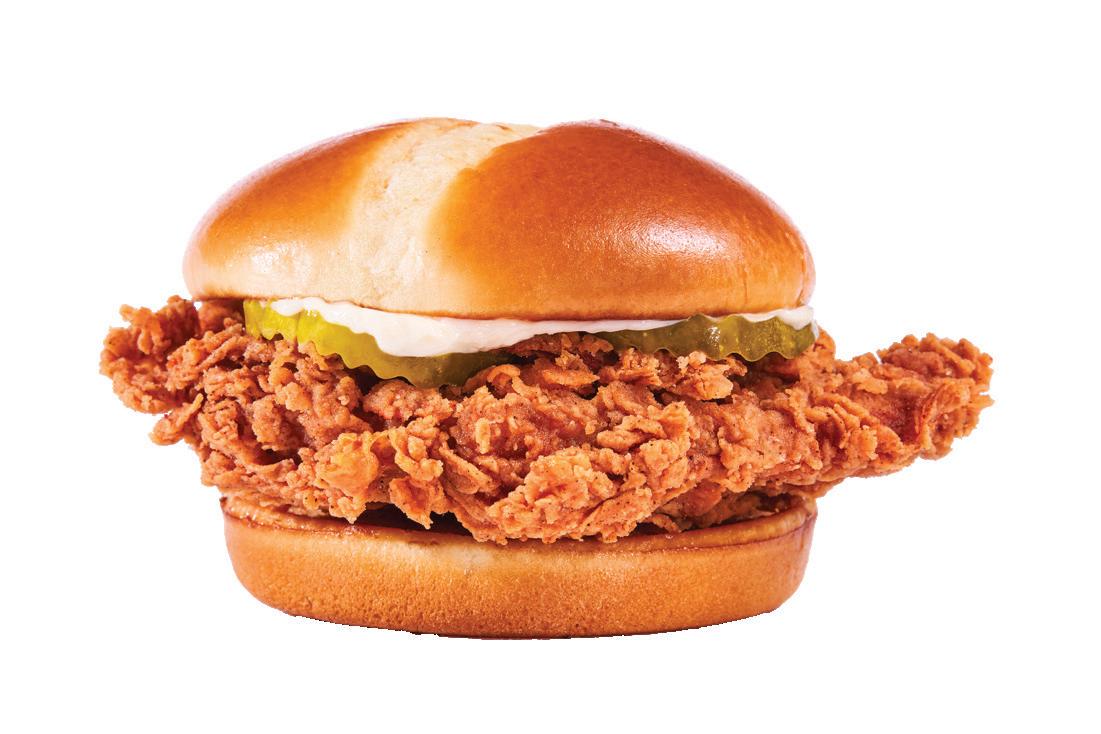

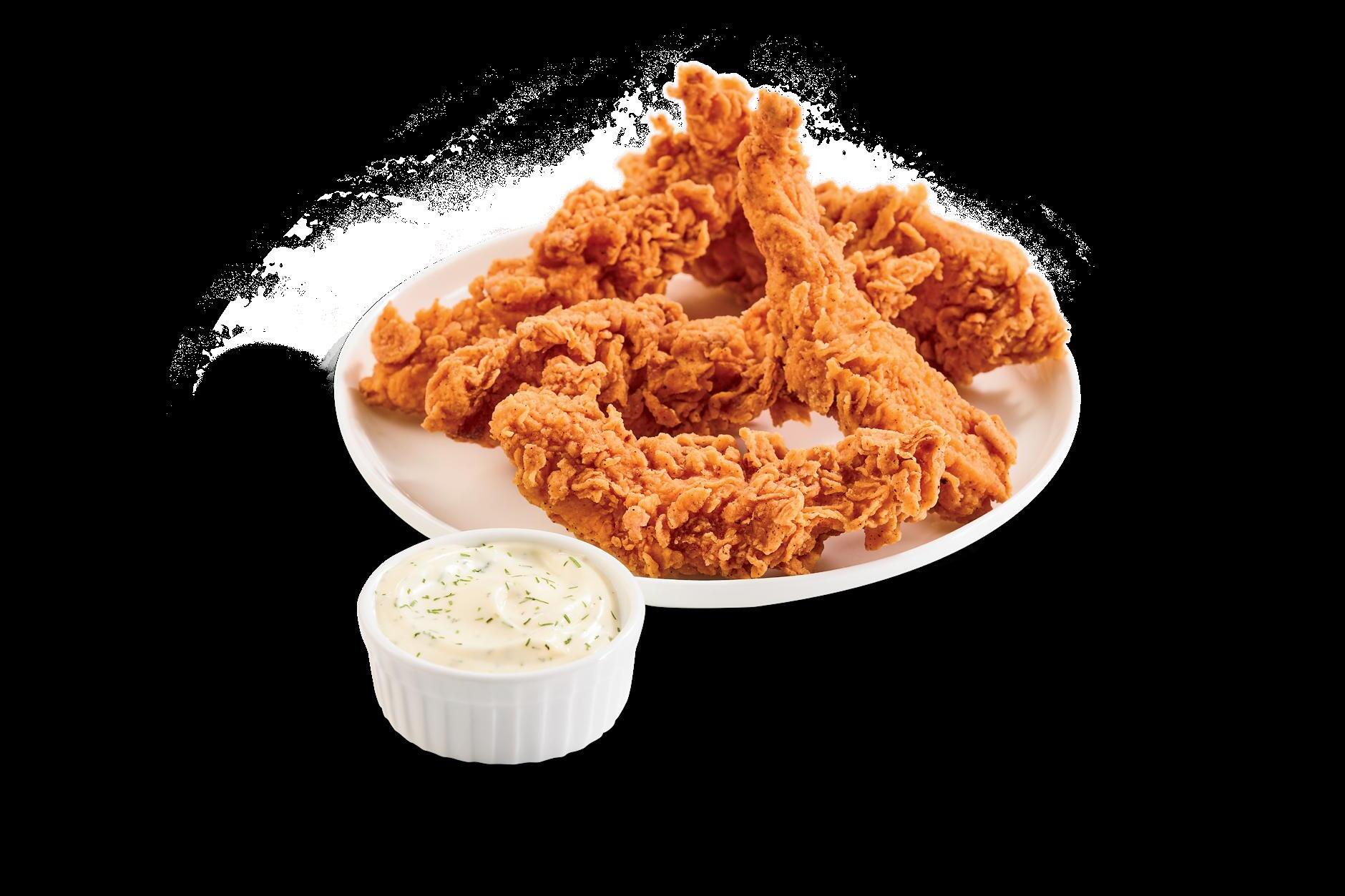
In 2020, our mission was to craft the best hand-breaded chicken tender and sandwich within our segment. Since then, we've expanded into multiple markets by introducing an innovative boneless menu and optimizing our kitchen operations, resulting in remarkable success. Our achievements extend beyond impressive top-line sales, reaching $3.4M*, to enthusiastic consumers, particularly the younger demographic, through glowing reviews.


Were you able to customize your order?
Was a suggestive sell offered while placing your order?
Were you provided with instructions on how to pick up your order?
Example: Told you to go directly to the pickup counter.
with Order Experience
Satisfaction with Pickup Experience
Overall Satisfaction































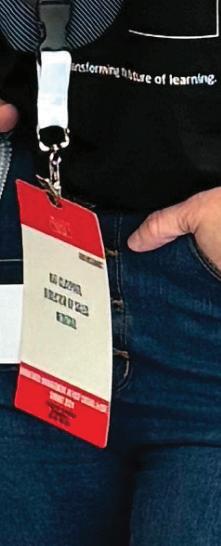








INNOVATION EXPERIENCE:
Shoppers placed their orders in the drive-thru.
LEGACY EXPERIENCE: :
Shoppers placed their orders in the drive-thru

KEY FINDINGS:
• Friendliness was 13 percent higher at the innovation location.
KEY FINDINGS:
• All three innovation locations scored 100 percent on whether the interaction via the speaker was clear and understandable, highlighting an improvement in technology at these restaurants.
• Wendy’s was the only brand whose innovation location scored higher than the legacy locations. In addition, it was the only brand to have seen an improvement in friendliness at their innovation location compared to its legacy locations.
The innovation location was a Wendy’s Global Next Gen prototype. This prototype includes a new galley-style kitchen design and next-generation technology with optimized infrastructure.
• Technology had a positive impact on speaker quality. One hundred percent of shoppers stated that the interaction via the speaker was clear and understandable (compared to 95 percent at legacy locations), and only 27 percent of shoppers had to repeat their order (compared to 42 percent at legacy locations).
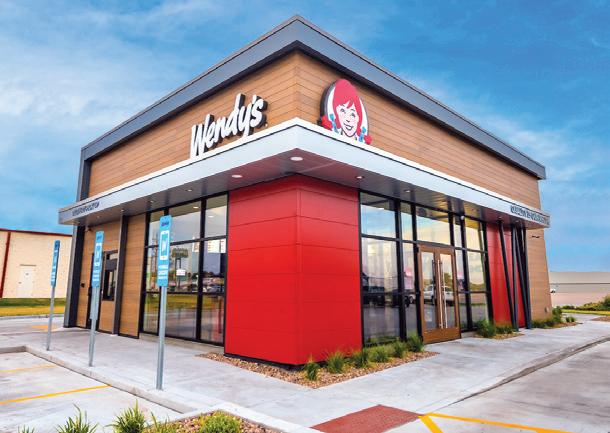
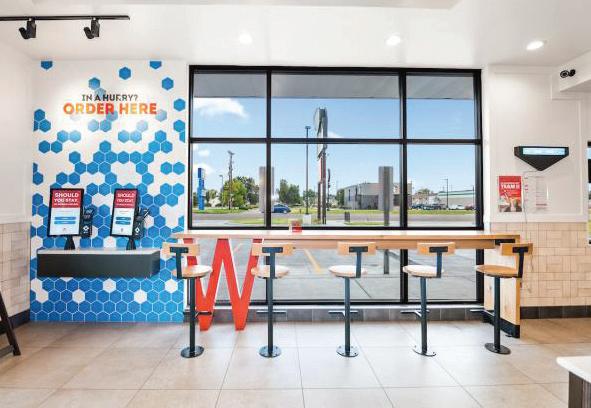


KEY FINDINGS:
• Customers were instructed to ask a question in order to evaluate if the AI could answer it. We found that 90 percent of the time the AI was able to answer the question.
The innovation location was a Checkers & Rally’s Restaurant of the Future. This location includes a double drive-thru, a modular build, a closed kitchen, speaker innovation, and AI voice ordering.
• The speaker was found to be clear and understandable 100 percent of the time at the innovation location, compared to 93 percent at legacy locations.
• Satisfaction with the order experience was 8 percent higher at the innovation location, and overall satisfaction was 7 percent higher at the innovation location as well.
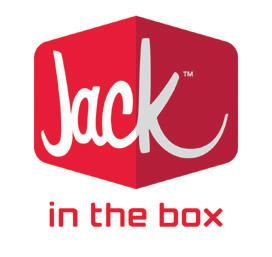
The innovation location was a Jack in the Box Drive-Thruonly prototype. This location includesa double-lane drive-thru, a walk-up window for ordering, dual assembly kitchens, and a dedicated pickup window for mobile and third-party delivery orders.
KEY FINDINGS:
• The innovation location had a quicker wait time, window time, and total time than the legacy locations.
• All of shoppers said that the speaker was clear and understandable at the innovation location, compared to the legacy location.

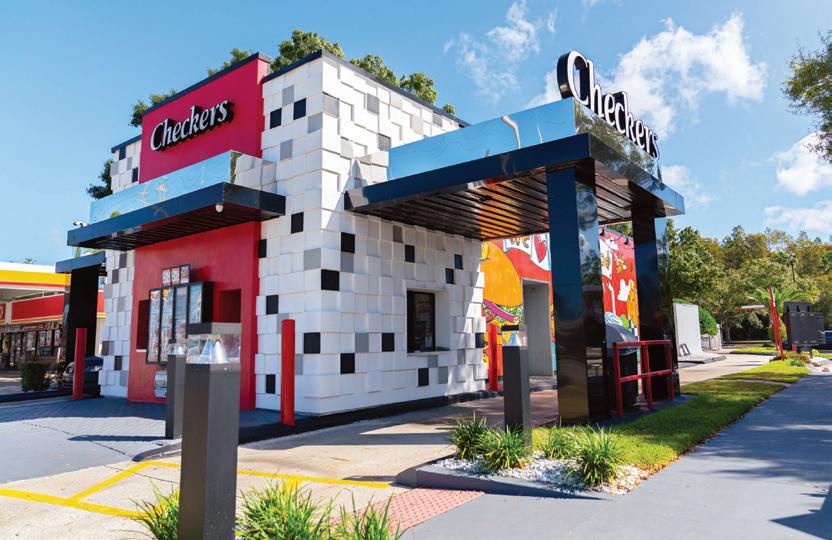

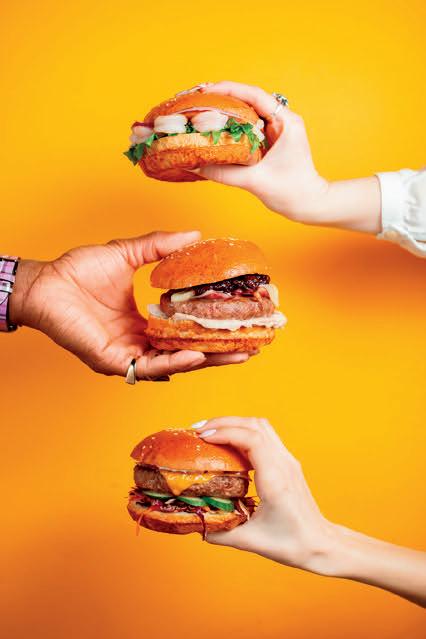

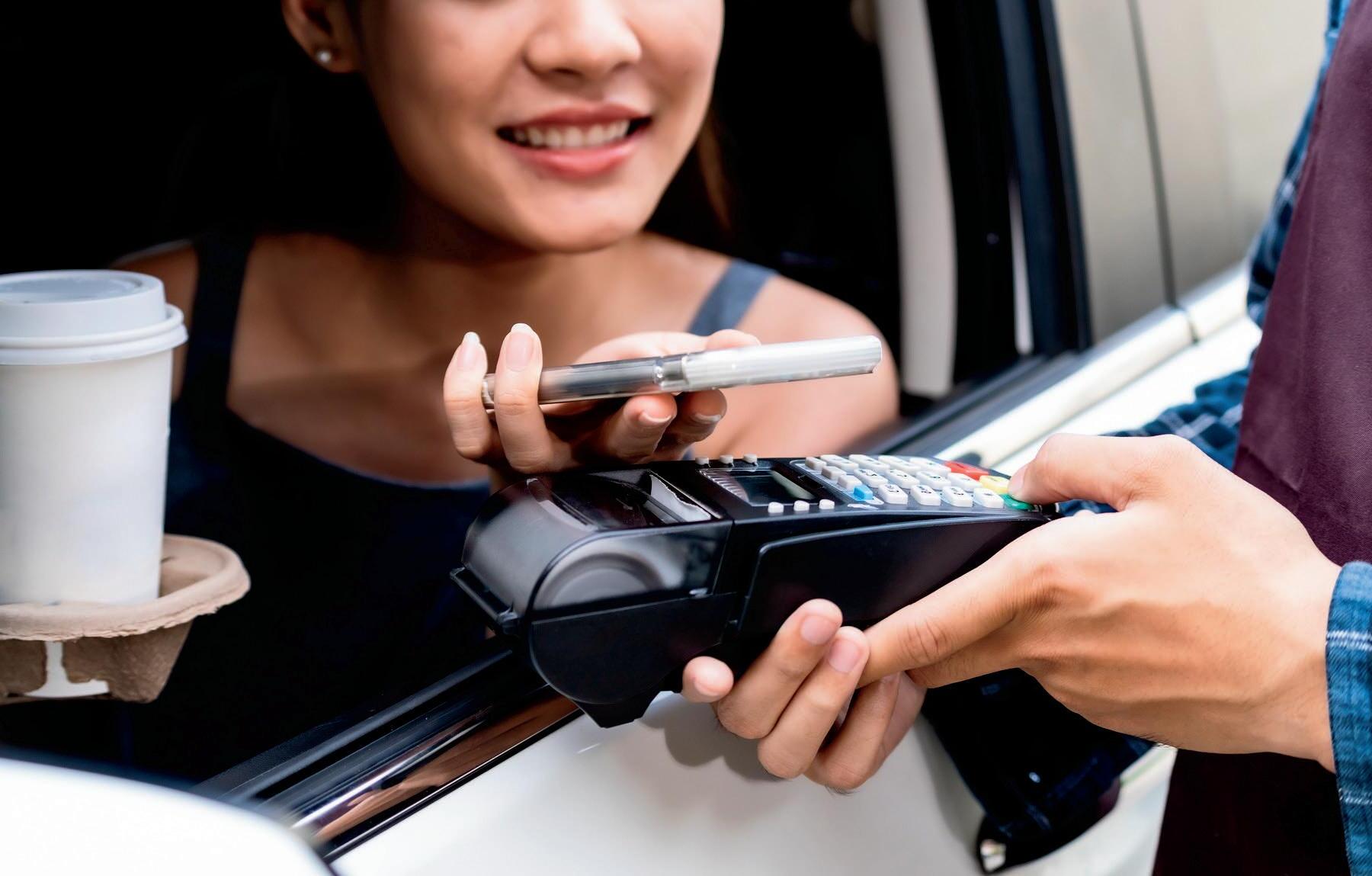
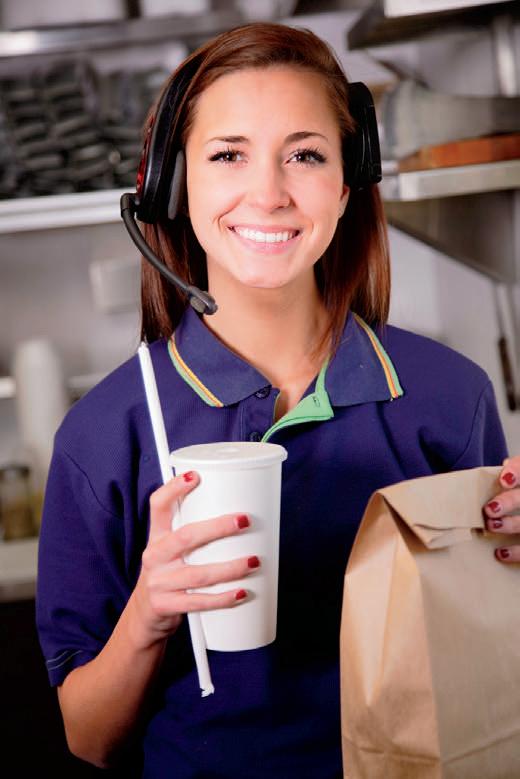

Were you able to customize your order?
Was your question answered? Shoppers were instructed to ask a question
you have to repeat your order?

WE’RE IN THE BUSINESS OF GETTING PEOPLE WHERE THEY WANT TO GO
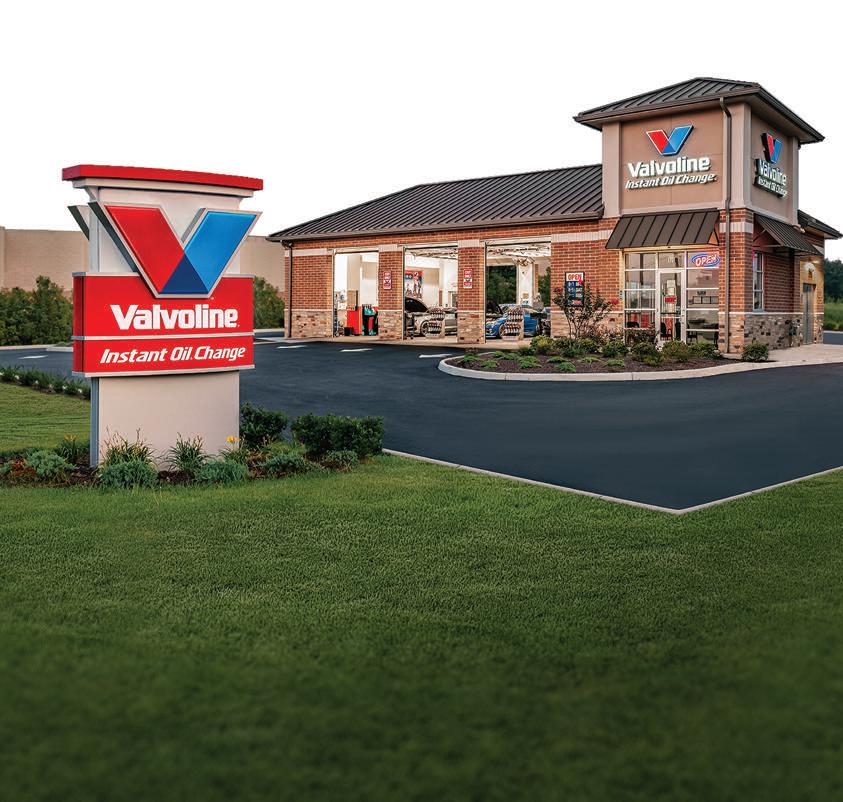

THE FUTURE IS YOURS TO DRIVE

INNOVATION EXPERIENCE:
Shoppers drove to the restaurant and parked. They then placed their order through the mobile app for pickup at either a walk-up window (Zaxby’s) or a food locker (Whataburger)
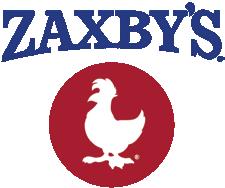
KEY FINDINGS:
LEGACY EXPERIENCE:
Shoppers drove to the restaurant and parked. They then placed their order through the mobile app for pickup in-store.
The innovation location was a Zaxby’s Off Prem. This location includes a walk-up window for guests to place to-go orders and an outdoor patio with four tables, but no dine-in seating.
• Total time was 3 minutes and 23 seconds faster on average at the innovation location compared to the legacy locations.
• Friendliness was 18 percent higher at the innovation location compared to the legacy locations.
• The innovation location scored 100 percent for both order and pickup experience.
KEY FINDINGS:
• The innovation locations were quicker on average than the legacy locations.
• Satisfaction with the pickup experience was higher at the innovation locations.
• Overall satisfaction was higher at the innovation locations.

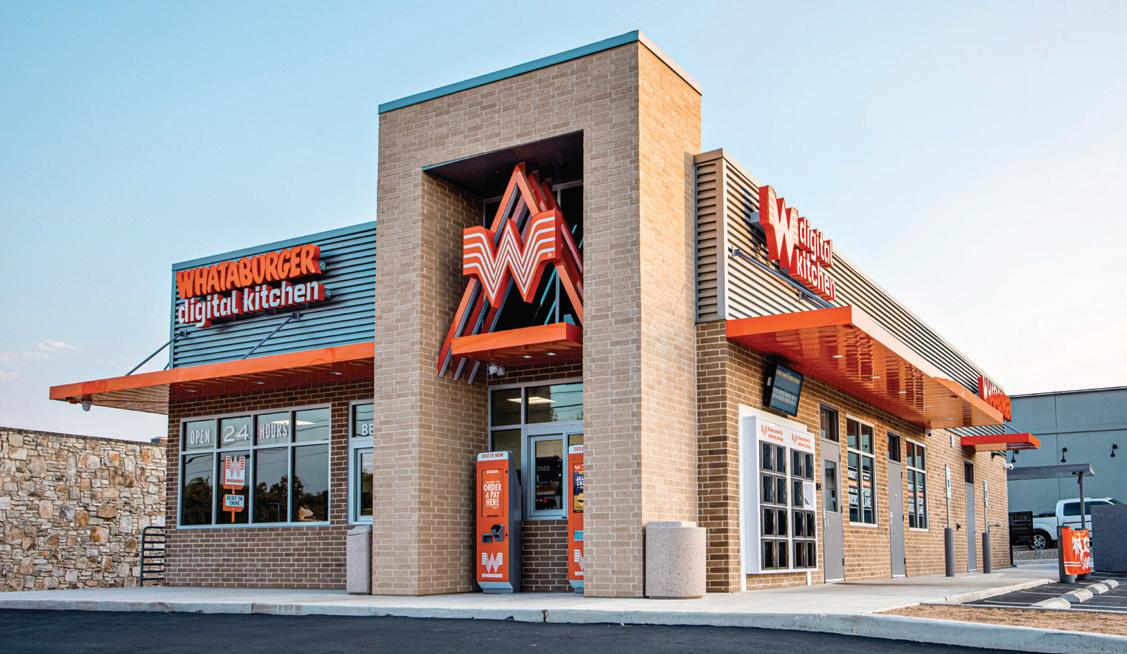
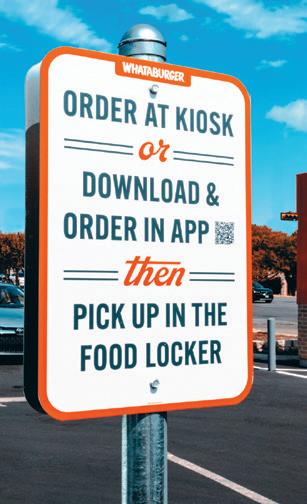
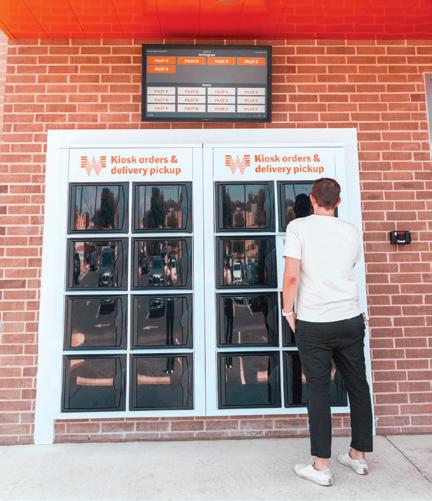
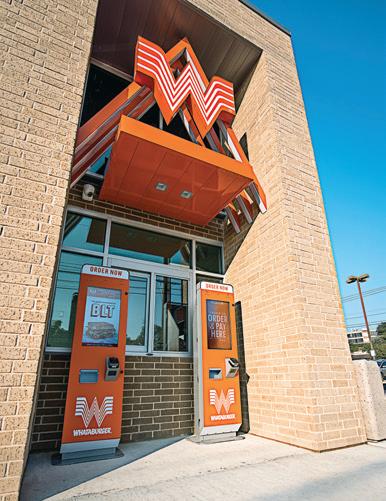
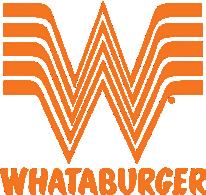
The innovation location was a Whataburger Digital Kitchen. This location includes the ability to place orders online/ app, kiosks to order onsite, and the option to retrieve your order via exterior, weather-resistant food pickup lockers, or in a “digital pickup lane” (don’t call it a drive-thru, just like the Chipotlanes). The restaurant also does not have a traditional seating area, curbside pickup, or drive-thru.
KEY FINDINGS:
• At the innovation location when accessing the locker, customers found it easier to input a pin as opposed to scanning a code.
• Satisfaction with the pickup experience was 13 percent higher at the innovation location than at the legacy locations.
• Overall satisfaction scored 100 percent at the innovation location, this was 15 percent higher than overall satisfaction at the legacy locations.
• Total time at the innovation location was a minute and 21 seconds faster on average than the legacy locations.
People who serve, products that solve. ®




















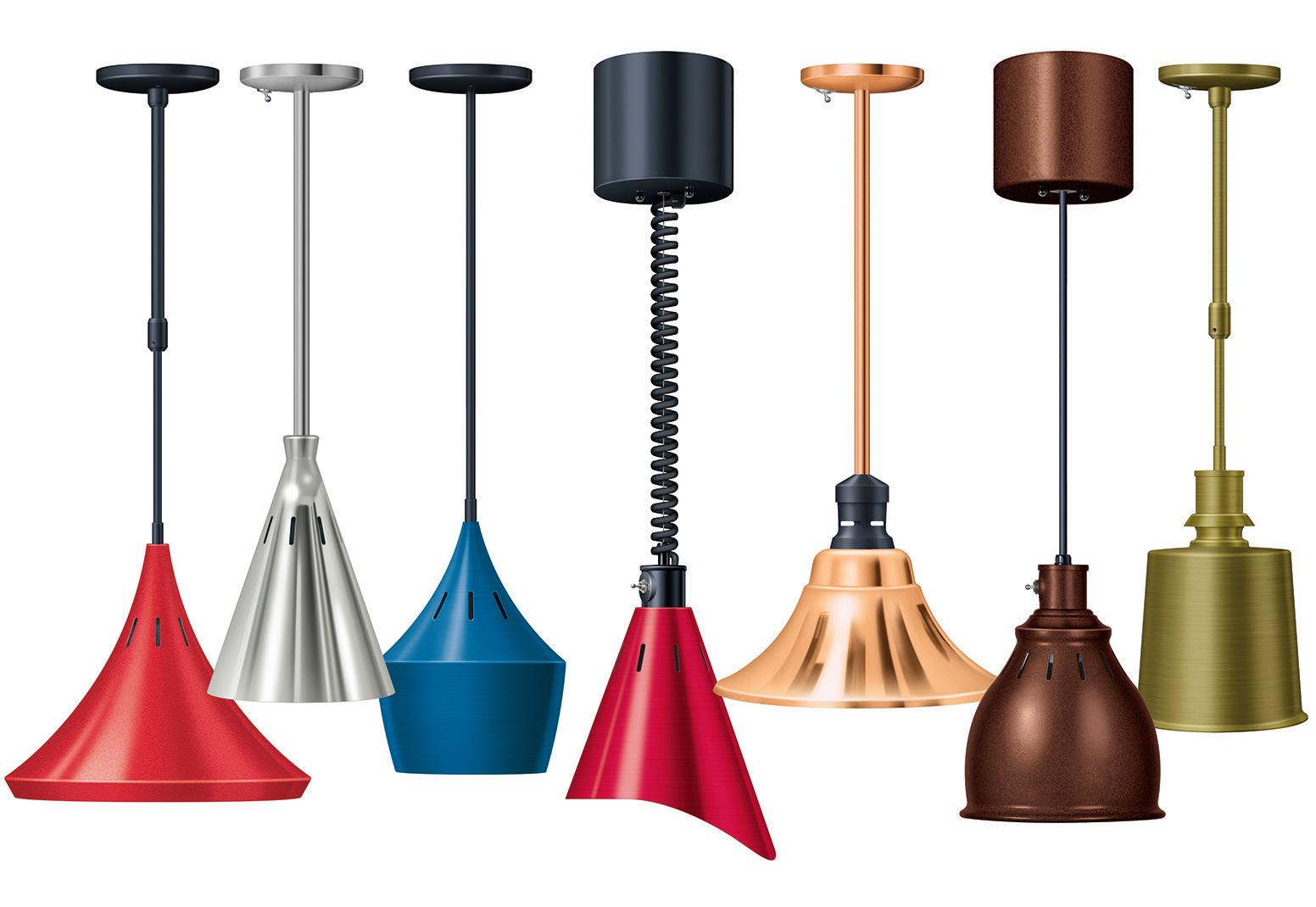


Were you able to customize your order?
Was a suggestive sell offered while placing your order?
Did you have to interact with anyone upon arrival?
If yes, was it required as part of the pickup process?
Were you provided with instructions on how to pick up your order?
Example: Told you to go directly to the pickup counter.
Were there dedicated parking spaces for pickup orders?
Head to QSRmagazine.com for a full look at the report. And join us in Atlanta this September for the QSR Evolution Conference.
What was your impression of how hard it would be for someone to take someone else’s order at the pickup area?



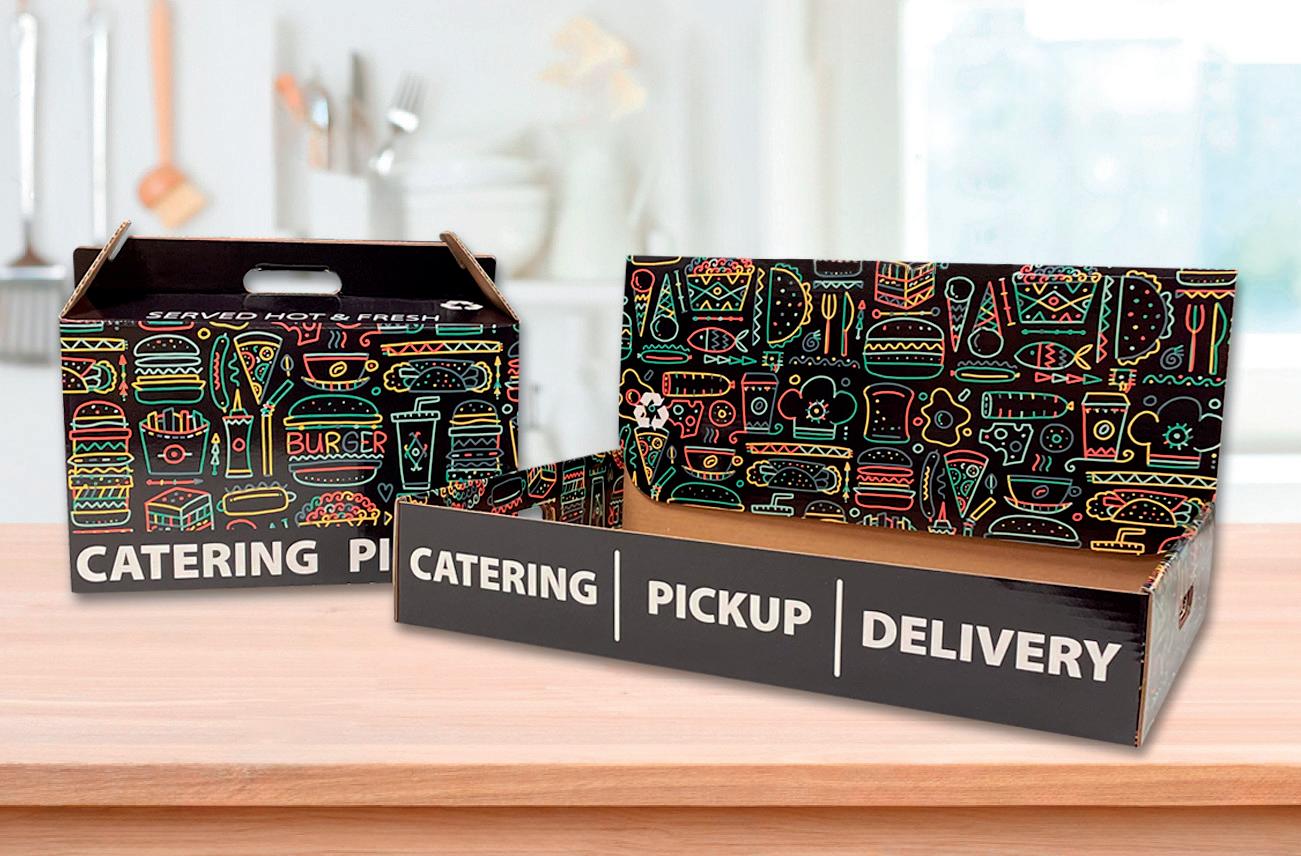

 / BY SATYNE DONER
/ BY SATYNE DONER
Here’s a guide to the must-see sessions at the restaurant industr y ’ s spring showcase from May 18-21, 2024.

KEYNOTE SPEAKERS /


Who: Chef José Andrés
When:
Sunday, May 19, 2 p.m.
Where: Grand Ballroom, S100
Kicking off this year’s keynote session is acclaimed chef, restaurateur, and humanitarian José Andrés. Moderated by the National Restaurant Association’s president and CEO Michelle Korsmo, this discussion will explore the revolving themes of food and its impact on communities.
An immigrant from Spain, Andrés holds his cultural identities close, viewing himself as an ambassador of his home country and the U.S. After establishing himself in the American culinary scene in the 1990s, his restaurant group has grown to include 19 concepts including Agua Viva, barmini, and Zaytinya. His cooking closely reflects the influence of his adolescence, where he learned the craft of cooking from his parents.
In 2010, he established World Central Kitchen to uplift communities in the face of hardship and feed the hungry. In the fabric of his being, Chef José Andrés is a humanitarian who has been widely recognized for his work and cuisine by the James Beard Foundation, TIME Magazine, and former president Barack Obama.
The double-Michelin star holder will delve into his experience in the restaurant industry at this year’s National Restaurant Association Show and guide viewers through his journey of culinary innovation, visionary efforts, and the power of food to change communities.
FEATURED SESSION WITH TECHNOMIC /
Who: Speakers TBA
When:
Monday, May 20, 1 p.m.
Where: Grand Ballroom, S100
Buckle up and get ready to step into the future of foodservice in this featured session hosted by industry experts and Technomic. Nothing is off the table—robots, drone delivery, and even plant-based proteins are all in 2030’s menu. Operators can expect to peek into the unknown and explore the projected opportunities that will help guide their long-term strategies.
SATURDAY, MAY 18
10 a . m . - 10:45 a . m .
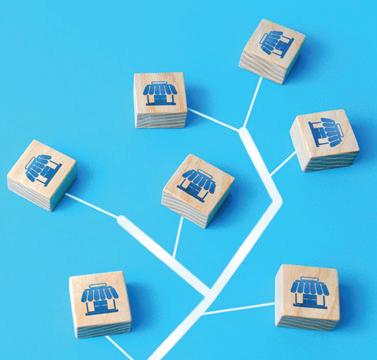

What’s trickier than managing family dynamics? By far, the relationship between franchisees and their franchisors has this beat. Often, opposing viewpoints can put a strain on the bottom line. Four franchising experts will examine these complex relationships and share advice on how to clearly communicate, collaborate, and create a productive partnership that will strengthen your franchising program.
• Who: Bryant Keil, former CEO / franchisee at Potbelly, Gregory Nigro, franchisee at Dunkin’ Donuts, Baskin Robbins, and Little Caesars, Lynette McKee, SVP franchising at Potbelly, and Mark Verges, vice president of franchise development at Chicken Salad Chick
• Where:
Expo + Education: Room S502
South Building –5th Floor
11 a . m . - 11:45 a . m .
Robotics and AI have ushered in a new era for hospitality, from AI-powered chatbots to robots offering personalized guest services. In this session, technology experts discuss the synergy between technology and hospitality, showing current real-world implementations and their benefits.
• Who:
Dr. Mike Reid, Dean of the College of Health and Human Performance at University of Florida, Dr. Rachel Fu, UF’s THEM Chair and EFTI Director at University of Florida, Bob Schalow, SVP at Diversified Restaurant Group, and Ryan Hicks, CFE, managing partner at Franchise Supplier Network
• Where:
Expo + Education: Room S404
South Building –4th Floor
11 a . m . - 11:45 a . m .
As inflation continues to stagger operators across the nation, Ray Villaman shares five negotiating tips to lower vendor prices, ways to strategically
Are you ready to witness culinary excellence live on stage? This year’s National Restaurant Association Show hosts cooking demonstrations by restaurant pioneers, disruptors, and imagineers. Be sure to stop by The Culinary Experience, Lakeside Level 3, 10448
SATURDAY, MAY 18


SUNDAY, MAY 19
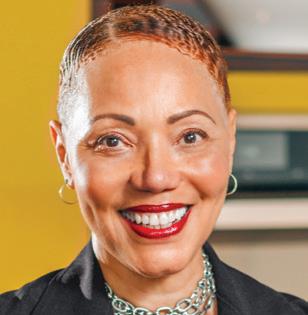
MONDAY, MAY 20
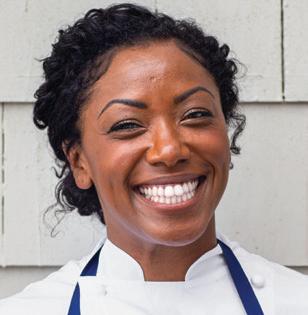
TUESDAY, MAY 21
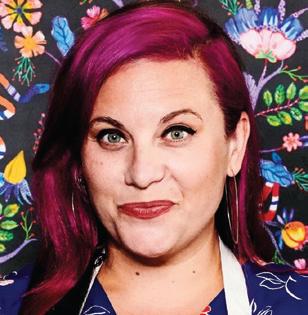
Chef Rick Bayless
Award-winning chef, restaurateur, author, and TV personality
Owner Frontera Grill, Topolobampo, Xoco, Bar Sótano, Tortas Frontera, and Tortazo
• When: 11:00 a m -11:45 a m
Chef Christine Ha
Award-winning chef, entrepreneur, TV personality, author, and advocate
• When: 12:30 p m -1:15 p m
Chef Nina Curtis
Award-winning chef, director & executive chef of Plant’ish & Co. Culinary Arts
• When: 11:00 a m -11:45 a m
Chef Nyesha J. Arrington
Chef, TV personality, and restaurateur
Owner Arrington LLC. and Native
• When: 3:45 p m -4:30 p m
update menu prices, and advice for combatting historically high food costs.
• Who: Ray Villaman, CEO/Owner at Tahoe Restaurant Group
• Where Expo + Education: Room S403
South Building –4th Floor
2 p. m . - 2:30 p. m .
Online ordering has moved from a pandemic survival tool to an essential way for restaurants to take advantage of a hyperdigitized industry. Sponsored by Paytronix and SpotOn, this educational session will teach operators how to navigate first party online ordering solutions, AI, and data analytics.
• Sponsored by: Paytronix and SpotOn
• Where: Innovation Theater, North Hall, 5572
3:30 p. m . - 4:00 p. m .
Winning Gen Z: Beverages That Offer Bursts of Flavor Across the Menu

Chef Karen Akunowicz
Award-winning chef, restaurateur, author
Owner Fox & the Knife Enoteca, Bar Volpe, and Fox Pasta Company
• When: 1:15 p.m.-1:45 p.m.
As Gen Z moves further into the spotlight, their buying power rests on two ideals: big sustainability efforts, and even bigger flavors. Kelleigh Gamble and Steve Madonna will speak on ways to connect with this growing con-
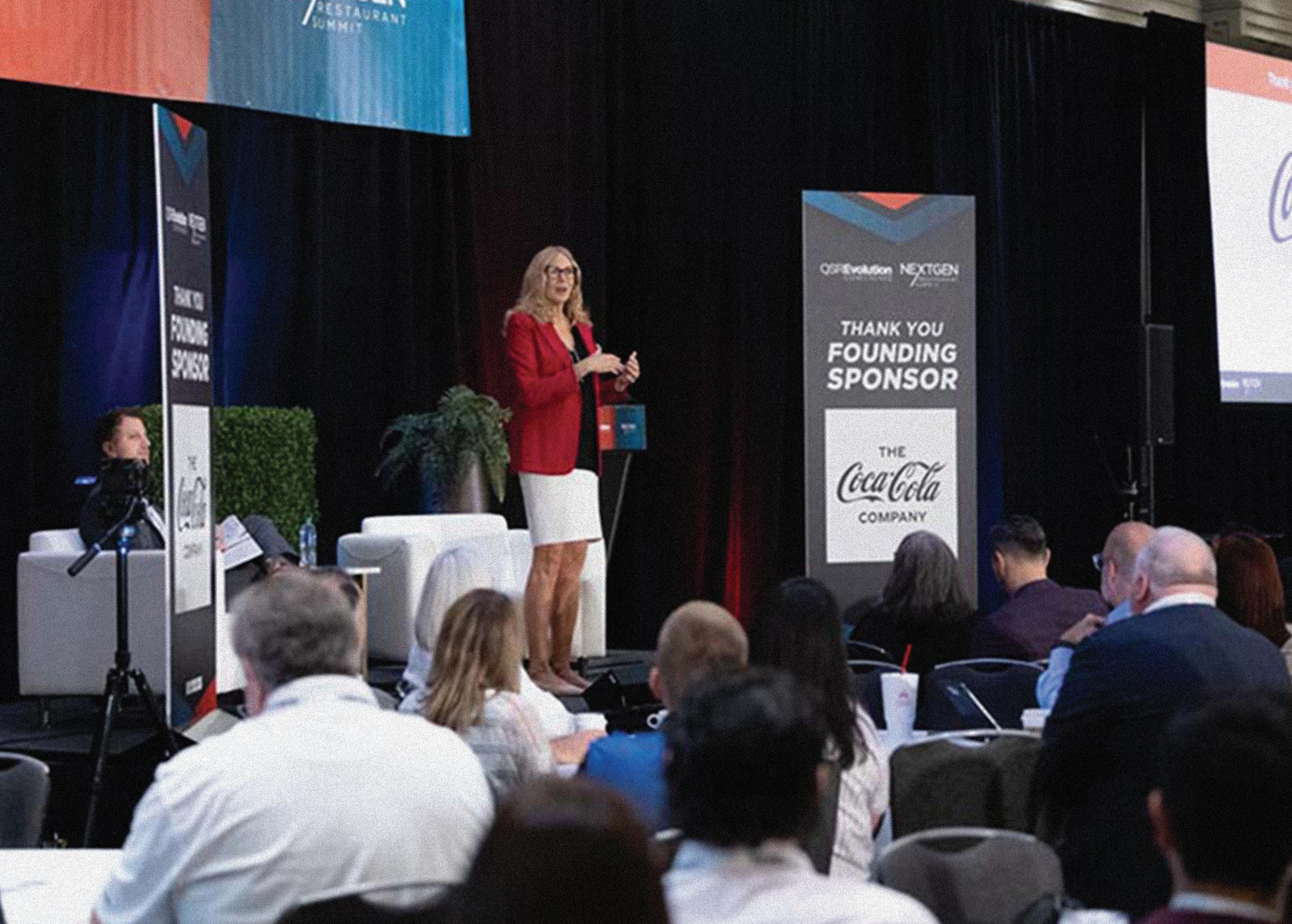







































sumer group through the lens of bold beverages that will revitalize any menu.
• Who:
Kelleigh Gamble, senior director of marketing at Tractor and Steve Madonna, director of culinary R&D at Connections
• Where: The Beverage Room Stage, Lakeside Center, 11155
SUNDAY, MAY 19
10 a . m . - 10:45 a . m .
Turnover is expensive for restaurants in many ways, both from an immediate lens and a long-term angle. Join Patrick Yearout as he arms operators with ten essential tools to increase the tenure of employees, their morale, and overall productivity.
• Who: Patrick Yearout, director of innovation at Ivar’s Restaurants
• Where: Expo + Education: Room S503, South Building –5th Floor
10 a . m . - 10:45 a . m .
As consumer food behaviors change, restaurants must adapt to meet their expectations. Industry vets will examine the impact of these new shifts in appetite and share advice on building strategies to innovate

in product, menu, pricing, and promotional designs.
• Who: Cindy Syracuse, CMO at BurgerFi, Deborah Von Kutzleben, CMO at Tropical Smoothie Cafe, Randy Gier, CEO at NRG Restaurant Group, and Tom Sebok, managing partner and principal at New England Consulting Group
• Where: Expo + Education: Room S504, South Building –5th Floor
11 a . m . - 11:30 a . m
NA expert Joshua James is here to inspire viewers by sharing insights into the world of non-alcoholic beverages, which have captured the attention of consumers worldwide. Taste, sample, and learn about new and exciting nonalcoholic beverages to incorporate into your menu.

• Who: Joshua James, owner at Ocean Beach Cafe
• Where: The Beverage Room Stage, Lakeside Center, 11155
Curious about growing your catering channel? Join Jim Rand as he discusses the investments needed for a successful catering plat form and the experience needed to bring clients back repeatedly. Rand has built winning catering strategies for brands like Panera Bread, CAVA, P.F. Chang’s, and more.
• Who: Jim Rand, owner at CaterStrat, LLC
• Where: Expo + Education: Room S502, South Building –5th Floor
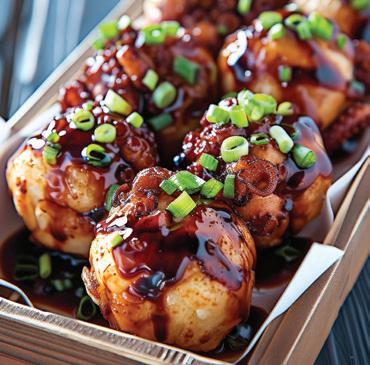

The science baehind crafting delicious menu items and successful limited time offers is an ever-evolving one, so join Technomic and industry leaders as they delve into what’s hot and what’s not. Using Technomic’s Ignite Menu data, operators can expect to leave this session
with exciting current ideas for trendy flavors to incorporate into their menus.
• Who: Lizzy Freier, director of menu research & insights at Technomic
• Where: The Culinary Experience, Lakeside Level 3, 10448
1 p. m - 1:30 p. m
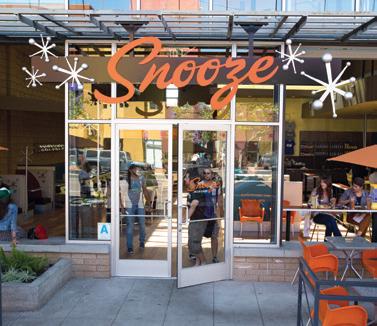
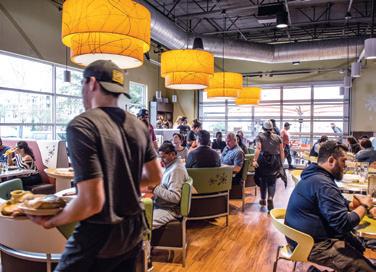
Go behind the scenes of building impeccable guest experience with Snooze, one of the busiest table-service restaurants in the country. Learn from the team themselves and find out how they handle thousands of waitlist entries, packed restaurants, all while remaining efficient through modernized tech stacks. Presented by Yelp for Restaurants, this session will give operators the tools they need to integrate technology into their FOH.
• Who: Adam Porter, director of digital strategy at Snooze, Andrew Jaffe, CMO at Snooze, and Cliff Cate, general manager at Yelp for Restaurants
• Where: Innovation Theater, North Hall, 5572
4 p. m . - 4:30 p. m
As consumers search for cocktails with clean, nutritious, and healthy ingredients, join James Griffin and Nicholas Casida as they share data about the changing beverage preferences of young adults and how to address their growing needs. They’ll demonstrate three cocktails that highlight the opportunities for innovation and customer retention in a hypercompetitive market.
• Who: James Griffin, professor, College of Hospitality Management at Johnson & Wales University, and Nicholas Casida, beverage expert and former bar manager at Blue Hill at Stone Barns
• Where: The Beverage Room Stage, Lakeside Center, 11155
MONDAY, MAY 20
10
10:45
Building a beloved brand from scratch can seem daunting, but with the right growth strategy and community-first mindset, it’s possible. Learn from industry veteran Luke Christian as he discusses the right way to expand, particularly

It is no secret that COVID had massive impacts on the foodservice industry. Business closures, staffing shortages, and unpredictable demands contributed to essentially breaking foodservice supply chains. The good news is that companies now have a golden opportunity to solve supply chain issues that were uncovered as a result of the pandemic.
C.H. Robinson’s Restaurant Solutions team helps customers drive transparency and implement optimization activities throughout the supply chain. Here are four ways to bring benefits to your business in 2024:
Historically, restaurant supply chains focused on distribution centers (dc) to store, with most upstream activities being opaque and rarely considered in logistics planning. This lack of visibility and control hindered restaurants from making informed decisions in alignment with their goals. Taking control does not mean taking away—and providers can retain good supplier or DC managed solutions while implementing inbound programs. Holistic inbound management represents significant opportunity to reduce waste and capture savings through increased transparency and oversight.
Gaining visibility and control further upstream is the critical first step in establishing a winning strategy. What is your inbound strategy, and does it support your supply chain objectives?
On-time, in-full (otif) orders to store locations are crucial to optimize revenue and drive customer loyalty. With signature menu items and limited-time offers, out-of-stocks create negative consumer experiences that are frequently shared on social media. With no visibility to inbound logistics, the component of on-time becomes challenging to manage. The in-full part of OTIF can be even more difficult to execute without visibility to quantities ordered, shipped, and received. This comes from connecting suppliers and distributors on a shared technology platform and illuminating supply chain nodes to deliver real-time information. Measuring suppliers and distributors and holding supply chain partners accountable via a shared model of
BY ADAM DRISCOLL: DIRECTOR, STRATEGIC ACCOUNTS, C. H. ROBINSONtransparency is the core of strategic networks. Attaining item-level visibility and control increases overall OTIF performance.
We can’t emphasize enough the importance of item-level visibility for success in today’s competitive landscape. Consumers want options and new ingredients, creating the need for “experiences” both online and in-store which can drive supply chain complexity. Meeting demands means having the ability to orchestrate complex supply chains seamlessly.
Item-level management requires cost component visibility—freight on board, transportation, warehousing, and more. With visibility, decisions can be made whether to flow goods from supply to DC or leverage re-distribution options. Re-D is a powerful tool enabling inbound freight optimization while keeping the right amount of inventory at DCs. To achieve optimal flow for each commodity in a network, providers should work with supply chain engineers who understand business objectives. These optimizations yield lower costs and better service for stores and franchisees too.
Supply chain engineering is the fabric that ties the above components together. Networks constantly evolve and therefore require constant attention and maintenance. History shows that providers with the ability to shift with market needs will survive and thrive, and this requires diligence and adherence to always look for opportunities to improve. The best engineering uses knowledge, expertise, and network optimization software to create the perfect state for the flow of goods. ◗
with franchisees, and achieve a level of operational excellence that will bring customers back for more.
• Who: Luke Christian, founder and CEO at Surcheros
• Where: Expo + Education: Room S405, South Building –4th Floor
11 a . m . - 11:45 a . m
30 Ways to Cut Costs in 45 Minutes ( Without Reducing Quality of YourHarming Guest Experience)
There are thousands of ways to lose money when operating a restaurant – from the front door to the back. This session will arm operators with simple, yet effective techniques to reduce waste, increase effectiveness, improve profitability, and minimize loss.
• Who: Jim Laube, founder at RestaurantOwner.com, and Juan Martinez, owner at Don Juan Mex Grill
• Where: Expo + Education: Room S502, South Building –5th Floor
11:30 a . m . - 12 p. m .
Chef Justin Sutherland’s Guide to Empowering Today’s Restaurant Workers and Nurturing the Next Generation
More than half of independent restaurants struggle with labor difficulties, an aging workforce, and long-
standing high turnover. Join Chef Justin Sutherland as he shares advice on how to build an industry talent pipeline for today, tomorrow, and years to come.
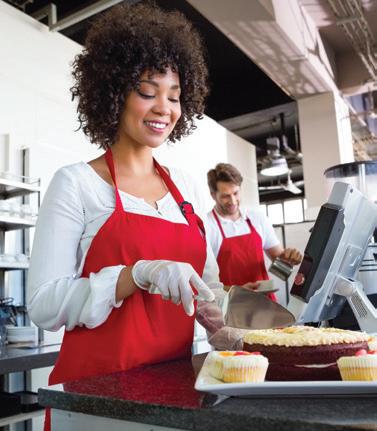
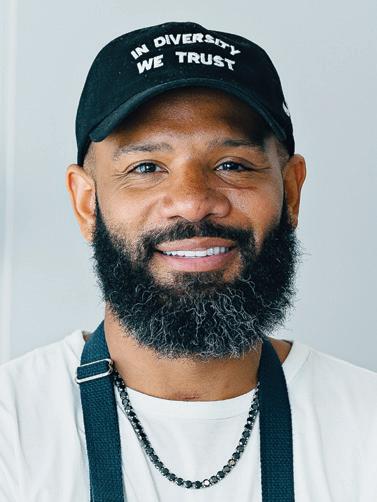
• Who: Justin Sutherland, Emmy-award winning celebrity chef, entrepreneur, and restaurateur
• Where: Discovery Theater, South Hall, 2693 12 p. m

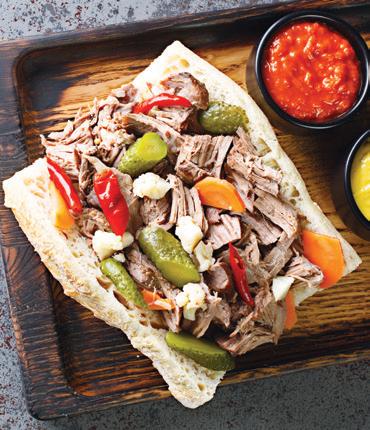
Today’s customers are interacting with their favorite restaurants digitally and in person. Learn from leading local restaurateurs as they share techniques on how to bridge the gap between in-store and online hospitality, while adapting their omnichannel operations to satisfy changing customer preferences.
• Sponsored by: DoorDash and SpotOn
• Where: Innovation Theater, North Hall, 5572
3 p. m . - 3:30 p. m .
TUESDAY, MAY 21
10 a . m . - 10:45 a . m
Franchise Marketing: Don’t Just Pay and Pray
Demystify the relationship between franchisees and franchisors with Joe Koufman, a 20-year marketing expert focused on finding the gaps in marketing efforts between both parties and overcoming the challenge of communicating effectively.
• Who: Joe Koufman, CEO and founder at Setup
• Where: Expo + Education: Room S502, South Building –5th Floor
11 a . m . - 11:30 a . m .
multi-million-dollar success nationwide? After interviewing over 350 of these industry superstars, join Josh Kopel as he dives deep into the strategies and tactics that made them successful.
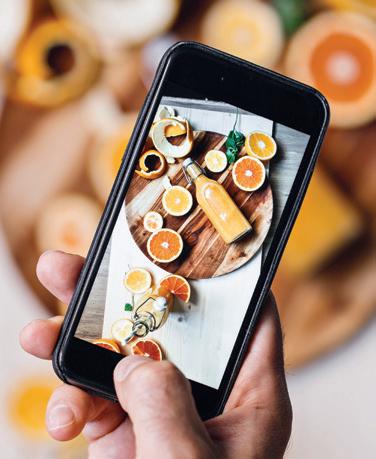
• Who: Josh Kopel, restaurateur, coach, and content creator at FULL COMP
• Where: Innovation Theater, North Hall, 5572
1 p. m - 1:30 p. m .

Industry veterans may not have a crystal ball, but they are seeing a combination of back office and back-of-house AI and automation in the future of streamlining operations and growing margins. In this session, restaurant leaders will share opportunities to deploy AI to benefit bottom lines.
• Who: John Paul “JP” Thomas, VP of Operations Services at Honeygrow, and Morgan Harris, co-founder and chief customer advocate at Restaurant365
• Where:
Innovation Theater, North Hall, 5572
It’s no secret that personalized experiences drive repeat business, and this session aims to show operators how to leverage data, AI, and machine learning to increase guest engagement and create a fool-proof strategy for building lasting guest relationships.
• Sponsored by: Paytronix and SpotOn
• Where: Innovation Theater, North Hall, 5572
12 p. m . - 12:30 p. m .
Doing it
of
Have you ever wondered how top restauranteurs achieve
This session aims to help every operator curious about incorporating AI into their growing business without adding complexity to the process. Learn how to quickly implement digital marketing strategies that are easy to manage, personalized to guests, and don’t need a big budget to drive more sales.
• Who: Brendan Sweeney, CEO and co-founder atPopmenu, and Tony Roy, COO and co-founder at Popmenu
• Where: Innovation Theater, North Hall, 5572
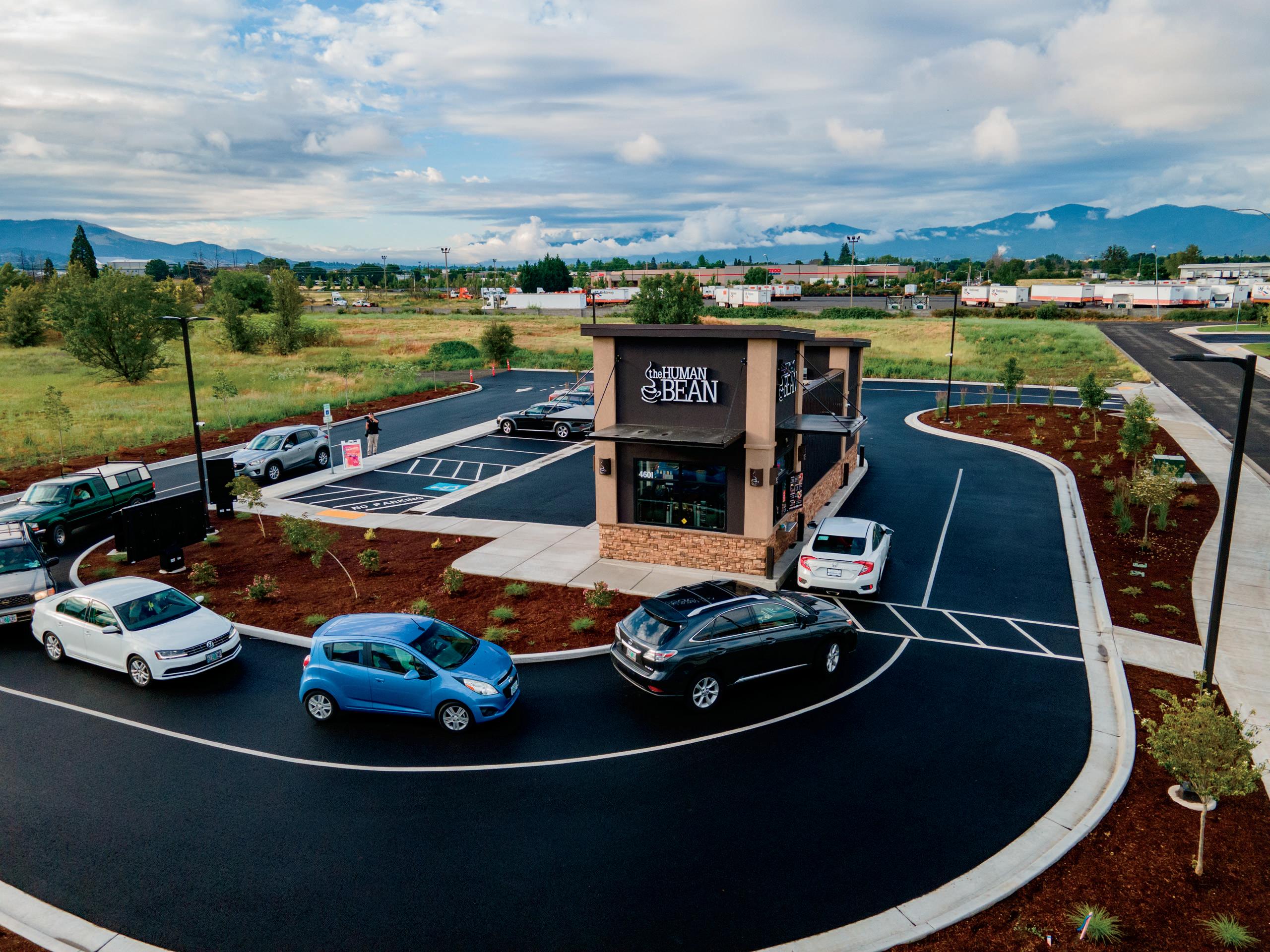
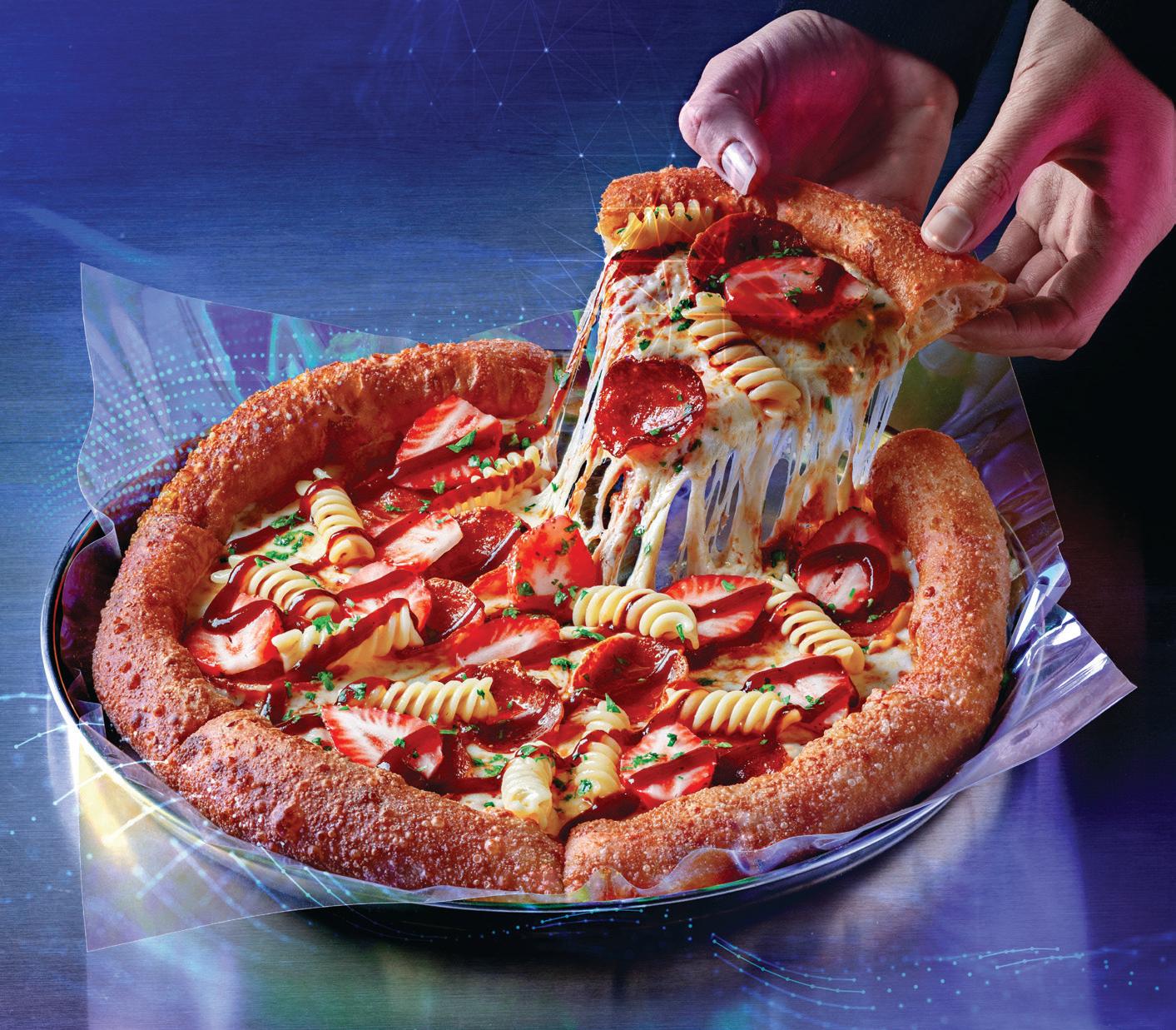
When Alena Tikhova assumed the role of CEO of Dodo Brands in January, she brought with her a wealth of experience from the tech world. Previously, she had served as a franchisee of Dodo Pizza U.S. and as vice president of XRobotics, a Silicon Valley startup focused on developing pizza robots.
Dodo Pizza has long been known for its embrace of the unconventional, from pioneering innovative reusable pizza boxes to positioning itself as a transparent, digital-first foodservice concept. What began as the brainchild of founder Fyodor Ovchinnikov in rural Russia has evolved into a global enterprise with a team of 200 software engineers, 1,033 units in 21 countries, and $985 million in systemwide sales in 2023.
“If you look at the history of the company, it’s a stream of unorthodox decisions,” Tikhova says. “Our philosophy has always been to stay open to innovation, on top of recent technologies, and create fun experiences for our customers.
"It’s what makes us operate differently than bigger chains, and that’s how we like it.”
The latest innovation from Dodo Pizza that has captivated
customers is a partnership with ChatGPT. In February, the multinational pizza chain officially introduced an AI-powered pizza flavor generator within its Dubai mobile application. Now, customers can use the app to generate personalized pizza recommendations based on their moods and preferences, which can then be ordered online for delivery.
With over 30 million flavor combinations and more than 35 ingredients to choose from, customers can select mood options such as “postworkout,” “game night,” or “new in town” and receive tailored pizza suggestions within seconds.
They can even name the pizza and view a generated image through AI program Midjourney before placing their order.
Dodo Pizza’s regular menu has expanded to include 17 experimental ingredients, offering items like fusilli pasta, popcorn, duck, pumpkin seeds, melon, and guacamole.
“We included ingredients we don’t normally put on pizza because we figured we might as well,” Tikhova adds.
“Customers can play with it repeatedly if they’d like to, or they can order a regular pepperoni pizza. We’re giving them unlimited choices.”
Integrating this function into the Dodo Pizza app was a natural step for the chain, given its existing use of AI in both kitchen operations and customer service.
Tikhova believes it makes sense to leverage AI in a customerfacing capacity, especially considering the widespread discussion surrounding AI in the foodservice industry.
“It’s hard not to pay attention to AI, everybody’s talking about it,” Tikhova says. “The combination of this buzz and the fact that we were already using this fresh, cool technology made this move an obvious choice for us.”
In Dubai, where pizza accounts for 25 percent of all restaurant types according to GlobalData, the AI flavor generator helps Dodo Pizza distinguish itself in a fiercely competitive and technologically advanced market.
Tikhova anticipates the feature will not only attract new customers but also encourage existing ones to explore new options. However, she acknowledges that the real value lies in the insights gained about customers and their choices.
When a guest uses the pizza flavor genera-

Managing multiple restaurant locations can be tricky. Balancing supplies and brand uniformity may seem overwhelming. But what if we told you it could be simpler?
Introducing YBC Plus, your one-stop solution for multi-location operations. Experience the convenience of flexible warehousing, superior custom printing, rapid deliveries, and custom online ordering platforms for each location. Enhance brand congruity while easing administrative tasks through our procurement services and detailed store analytics. Let YBC Plus be your ally in streamlining operations, inventory management, and fulfillment across all outlets.

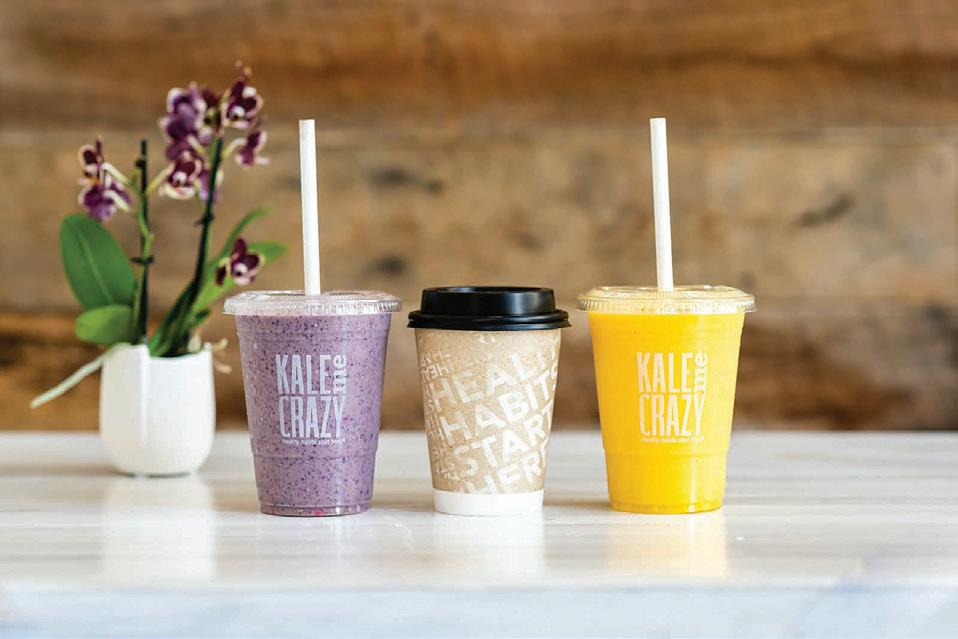


tor, Dodo Pizza gains valuable information about their preferences and situations. This data allows the company to tailor its marketing efforts and enhance the overall customer experience.
“[ With the pizza flavor generator] we can see that someone is in town for the first time, and they chose us as a tourist destination,” Tikhova explains.
“Or we know if someone orders a particular combination of pizza when they’re thinking of hosting a game night. This is the type of information we don’t normally get, and by adding it up, there’s unlimited potential for our marketing programs.”
For example, Dodo Pizza plans to collaborate with local travel agencies to target tourists visiting Dubai based on their pizza preferences.
Tikhova views this data as a powerful tool for attracting a wider audience and improving guest experiences.
She believes that the AI-powered flavor generator caters to busy customers seeking quick, customized orders and adventurous eaters looking to try something new and innovative. For her, being unconventional is not just part of Dodo Pizza’s identity—it’s also reflective of the brand’s target audience.
“Some people are quite traditional, and we have options for them. But a lot of people are willing to play around, and our ideal customers encompass those innovators,” Tikhova says.
Since its beta launch in November 2023, the feature has gen
erated over 10,000 pizzas and has been tried by 20 percent of app users in Dubai.
While still in the experimental stage, Tikhova has observed an upward trend in customer loyalty.
“We’re seeing order frequencies increase from existing customers, and we’re seeing new customers take five seconds to install our app and take advantage of the features, which is our end goal,” Tikhova says.
"“In Dubai, there are many third-party aggregators, and while they’re great, I would prefer to get people to start ordering through our app ... That’s what really excites me.”
In 2024, Dodo Pizza plans to introduce the AI pizza flavor generator across its locations in Europe, Southeast Asia, and Africa. Ultimately, Tikhova envisions making this feature available to all customers across every store—a step she hopes will pave the way for further innovations.
“I want this to be our first step towards more innovations in this sector,” Tikhova says. “I love technology, and I think we’re living through the best of times in terms of development. Bigger companies tend to have a harder time jumping on these latest ideas, but we’re prepared to keep the spirit of a startup and make the leap no matter what.”
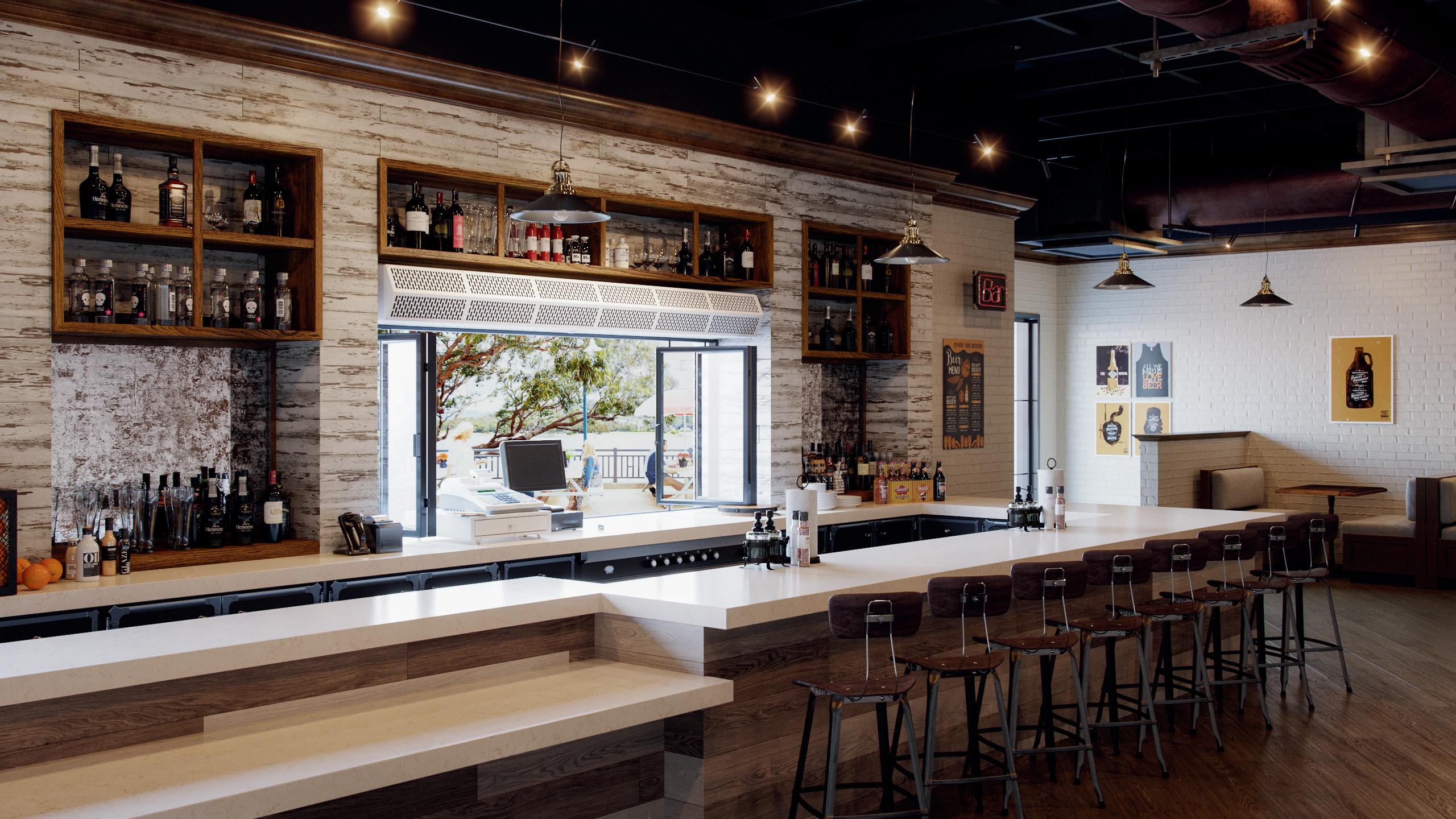






Franchise with IHOP and bring a sense of joy to your community.
We have opportunities in select, prime markets and non-traditional venues for qualified restaurant operators and developers with varied incentives for development.*
• Widely recognized and loved brand in family dining where guests feel welcomed and can enjoy classic favorites and craveable menu innovations any time of day
• A powerhouse brand that is a part of Dine Brands Global, a publicly traded company and one of the largest restaurant groups in the U.S.
• A dynamic brand that aims to deliver on popularity, relevancy, adaptability, and support
• An established franchise system with a business model and flexible design—from conversions to freestanding, endcap, in-line and non-traditional—adaptable across varied venues
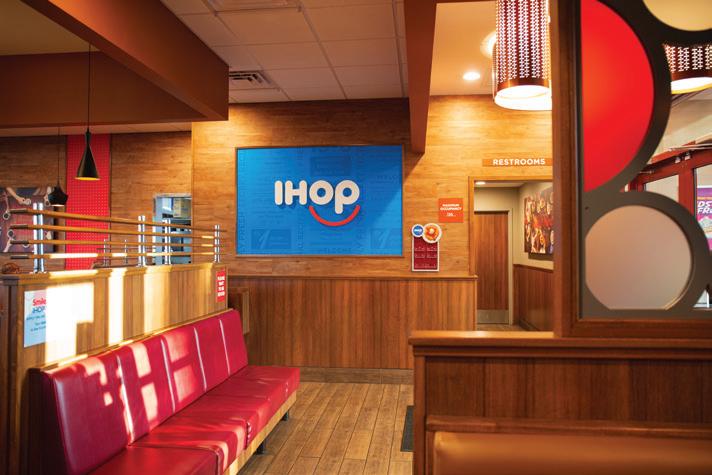
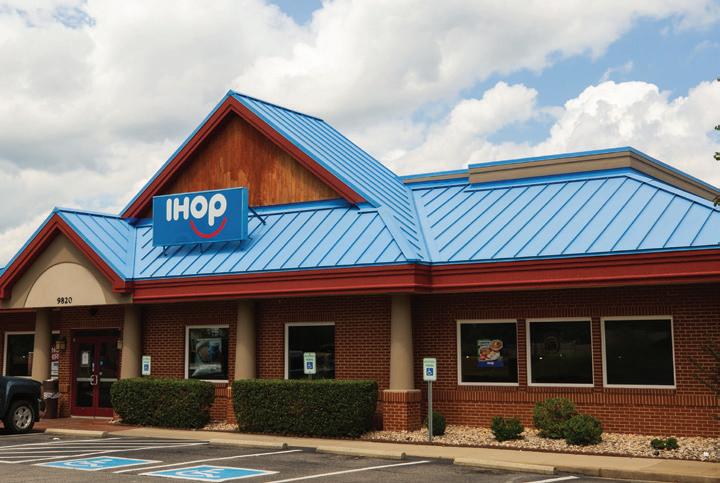

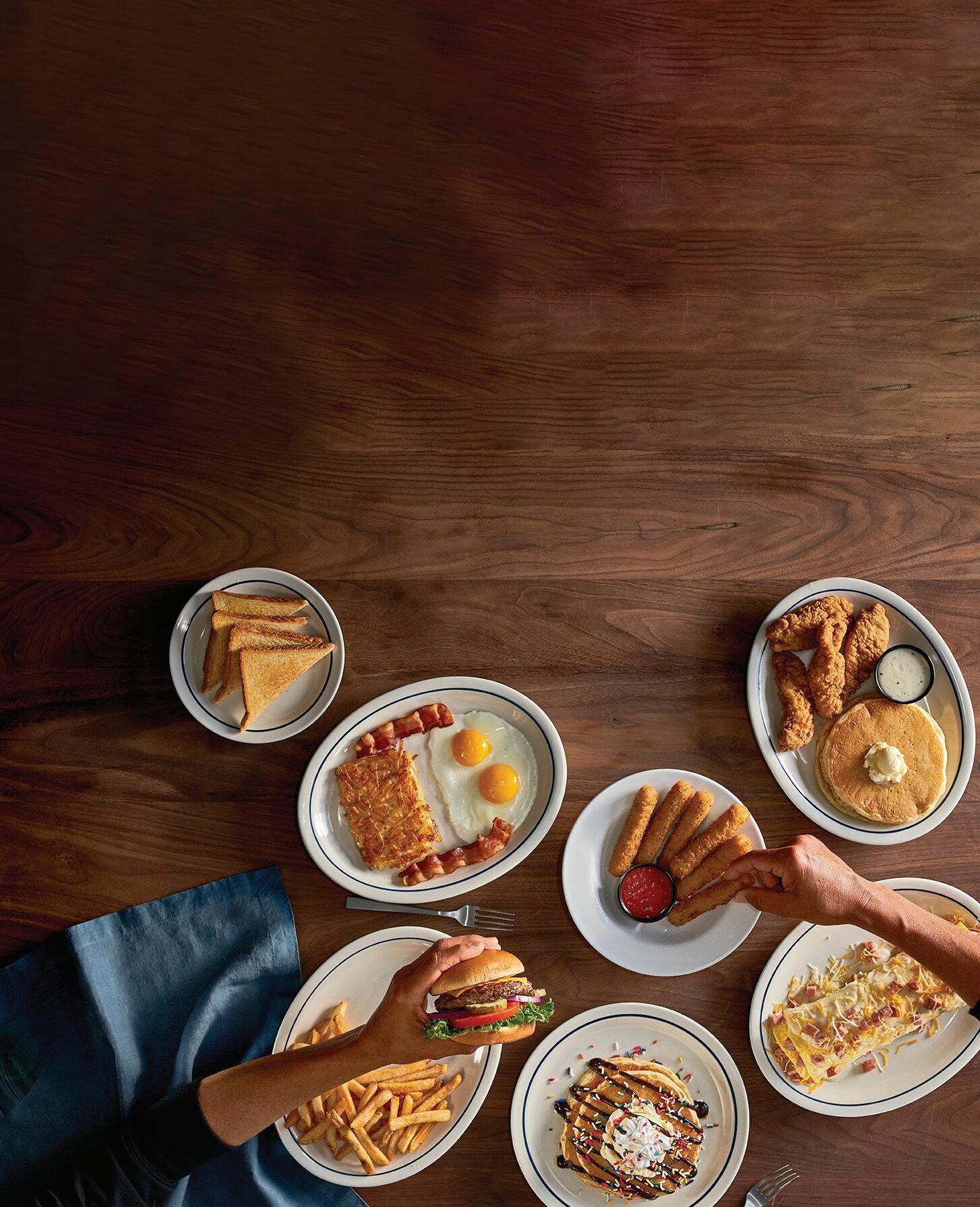

Successfully executing a rebrand involves more than simply adopting a catchy new moniker.
BY SAM DANLEY
Avocaderia billed itself as “the world’s first avocado bar” when it first launched in 2017. The menu back then was comprised entirely of dishes featuring trendy healthy food, from smoothies and toasts to an Avoburger featuring smoked salmon between two avocado “buns.”
Cofounder Alessandro Biggi says the brand has done some growing up since then. Now, the menu features a much wider variety of seasonal produce, and not everything includes the namesake ingredient.
“We followed the feedback from our guests and developed more salads and bowls because that’s what was driving repeat business,” he says. “Over time, we just kept evolving the offerings, so we wanted a new name to show how the concept had become more of a destination for healthy food.”
The company rebranded to Avo late last year to mark that evolution and shape its strategy going forward, but conversations about the change started just two years after the first store opened its doors. The company’s leaders decided early on that they wanted to shorten the name instead of introducing a completely new iden-
tity. They started conducting surveys to gauge how customers felt about the move and began working with graphic designers to determine what the new logo would look like in 2019.
“There were a couple of iterations on the design side, but we always wanted to have the same typography and the same color palette,” Biggi says. “For us, the whole idea was always to have some continuity by taking what we already had and improving it by simplifying it.”
After the pandemic put those plans on hold for a few years, the company conducted another round of surveys with a larger base to further validate the initiative last summer. Feedback on the shorter name was overwhelmingly positive and stronger than it was pre-COVID.
Avo opened its fifth unit in January, marking the first time a new store opened with the updated branding. Then it got to work implementing the change across the rest of the system.
“That’s where the headache starts because you have to change every single asset that you have in the store, and all of the digital assets, like the website, the social media handles, and so on,” Biggi says. “It can get challenging to ensure consistency once you start realizing how many different things out there actually have your name on it.”
Avo teased the new name online and in its newsletter before making the rebrand official. It also made sure there was internal alignment throughout the organization, especially among frontline employees, who were tasked with explaining the change during face-to-face interactions with customers.
“Whenever you change your name, you sort of reset the communication that you have going, so you have to ensure you have something really good to say,” Biggi says. “You have to ensure that the message is clear and easily understandable.”
Effective rebranding hinges on compelling storytelling. While a catchy name supported by consumer research and a solid strategic direction is crucial, it won’t mean much if guests aren’t on board. Managing customer expectations and providing ample explanation for the change can help minimize the risk of confusion and resistance.
That’s why Zoup! is taking a gradual approach to changing its name to Z!EATS. The fast casual kicked off the AVO







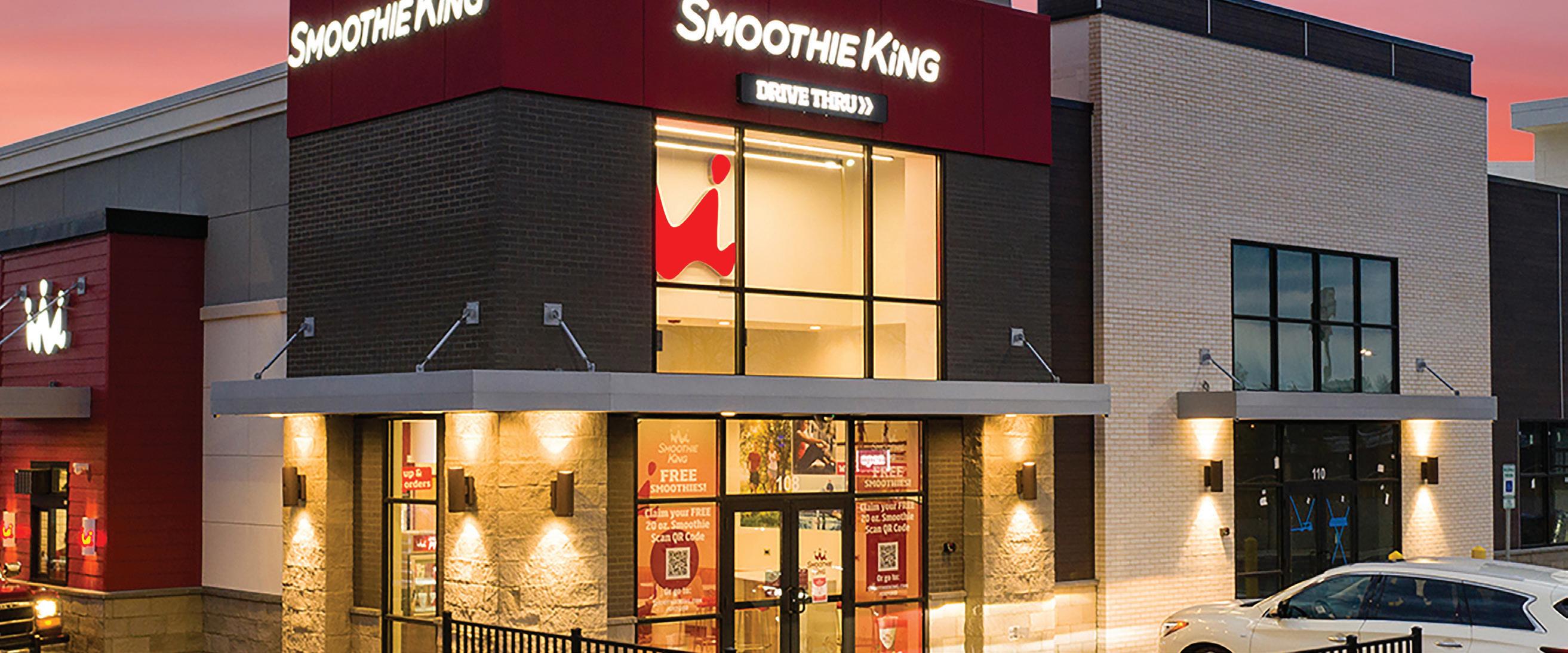









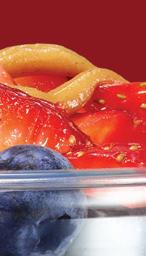































initiative earlier this year with its app and loyalty program to familiarize existing customers with the new branding.
“If you’re a regular guest, you’re going to see Z!EATS for a while before the name on the building changes,” says Kelly Roddy, CEO of parent company WOWorks, which owns multiple betterfor-you fast-casual brands, including Saladworks, Frutta Bowls, Barberitos, and Garbanzo Mediterranean Fresh. “It’s important that you don’t leave your loyal guests behind. You want to bring them along with you.”
Z!EATS takes a cue from the original name, incorporating the same “fun energy” from the letter “Z” while broadening the focus beyond soup, he adds.
The brand is building on its health-forward positioning with a new menu that showcases additional product categories like sandwiches, salads, flatbreads, and mac and cheese.
It’s an evolution that stems from extensive research into the preferences of younger consumers.
Roddy says the big insight was that Gen Z diners look for menus that deliver on nutrition as well as variety in terms of both flavors and formats.
“Better-for-you ingredients, clean food, and flavors that are on trend—that’s our whole philosophy,” he says. “Over the next year, Zoup! is evolving to not only live up to that, but to communicate it as well. I think as you roll it out, you do it one restaurant and one team member at a time, so you can teach people how to help you
tell that story to the guest.”
The rebrand also comes with a new store design. There are some back-of-house elements, like improvements to the kitchen layout and fresh equipment to support the bigger menu, along with front-of-house upgrades, like self-order kiosks that reinforce the commitment to meeting the expectations of younger consumers. Most of the changes are aesthetic. Dark color palettes and rustic, soup-themed decorations are being replaced with brighter, fresher design elements to create a more vibrant and energetic atmosphere inside the store.
The inaugural Z!EATS restaurant is slated to open in Atlanta this spring, and all of the roughly 70 existing Zoup! locations will be revamped with the new look by the end of the year.
“You start by putting up signage in the restaurant that says ‘Zoup! is becoming Z!EATS. Here’s what that means.’ Then, you change the menu, add the technology, and rebrand inside of the store,” Roddy says. “After everyone has a chance to live with it for a while, the very last thing we’ll do is put the new sign on the building. You have to be very thoughtful and methodical with something like this. That requires some patience. It’s about doing your research, planning it out, bringing franchisees along, getting their feedback, testing it, making changes, and then rolling it out slowly.”
















































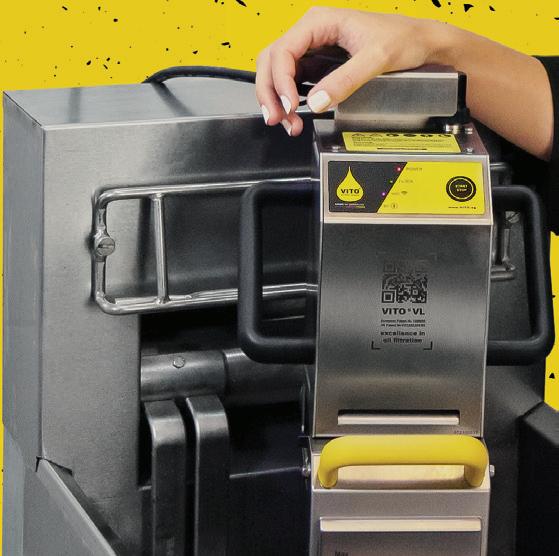
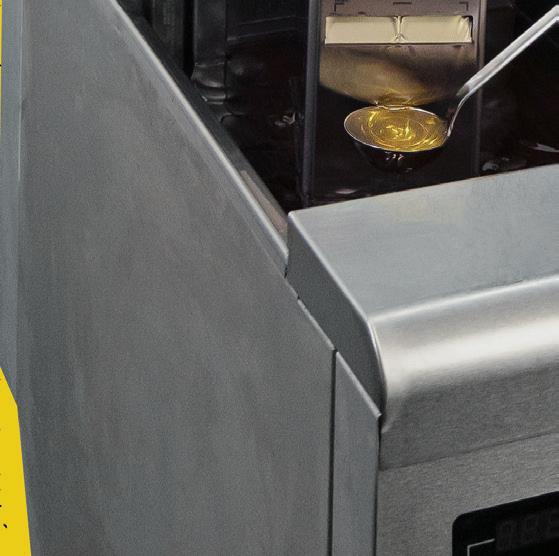



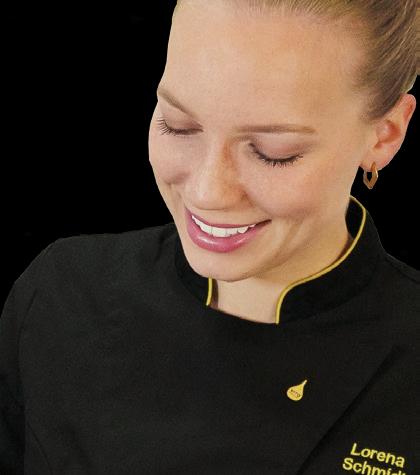




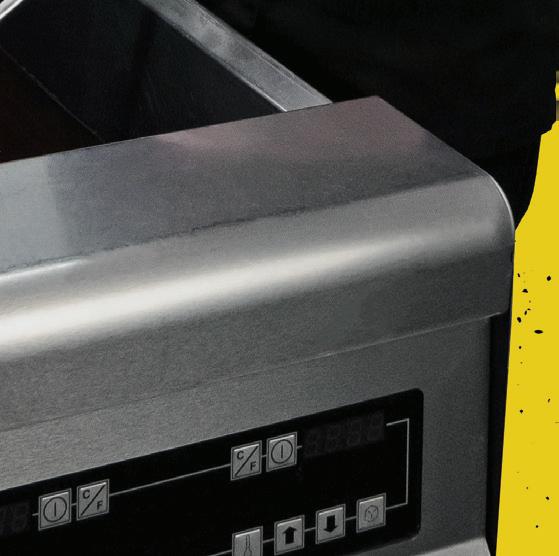






BD’s Mongolian G rill, Pastizza, Scramblin’ Ed’s, and Soom Soom Mediterranean.
Majewski took over as the chief executive of Dirty Dough when the companies joined forces in January. Before that, he served as an adviser to the dessert concept.
“The fact that we can stuff our cookies and own the production facility made this an interesting investment for us,” Majewski says. “There’s no one out there on a national stage that does what we’re doing with the stuffed cookie. Take that and add our operations to an already booming brand, and what we’re capable of doing is endless.”
The industry veteran says Craveworthy already is boosting margins for franchisees, with cookie costs falling by about 30 percent in the first few weeks thanks to the company’s purchasing power.
His aspirations go a lot further than unit economics, though. For starters, he wants to evolve the brand from “just cookies” to “cookie-inspired.” That means adding more revenue streams, like coffee and other new products, into the pipeline.
“Everything runs in fads, so we want to make sure we’re ahead of that at all times,” Majewski says. “We have a whole lot of coffees and some other surprises that we’ll be rolling out in the next year to help maintain the excitement around the brand, and more importantly, to differentiate ourselves.”
Co-branding is on the horizon, too. Dirty Dough’s centralized distribution, low labor requirements, and ability to fit in small spaces make it ideal for pairing up with other concepts.
That should help franchisees take bigger spaces for multiple concepts with minimal costs.
“Instead of looking for a tougher-tofind 1,500-1,800-square-foot location, I can pick a 2,500-square-foot location and give 500 to Dirty Dough and 2,000 to the other brand,” Majewski says.
Looking ahead to the rest of the year, Maxwell and Majewski expect to sell around 125 additional stores. They also anticipate opening 50 new locations before the calendar flips over into 2025.
Longer-term, the pair envision the footprint growing to at least 1,000 stores nationwide.
sdanley@wthwmedia.com“I have built this system to teach and guide business owners, without ever having to leave the app,” Cunningham says. “We match [owners] to a loan specialist within the system, and they can help them analyze their business to figure out what kind of funding they are eligible for.”
Cunningham emphasizes the importance of ChewTyme in helping underrepresented restaurant operators navigate the challenges of the industry and gain access to vital knowledge and resources. She believes that while all restaurants can benefit from the app, those with smaller footprints and new owners stand to gain the most.
“This is to help people grow their revenues but also gain an education and the ability to access funding, and when I was building the app, I wanted to find ways to incorporate my experience in the financial industry,” Cunningham adds. “We hear from a lot of restaurant owners who are just lacking that knowledge, and this system literally walks you through the process.”
Currently available in Houston and Atlanta during its beta phase, ChewTyme has received positive feedback from local restaurants, with users praising its ease of use compared to competitors like DoorDash and Grubhub. As ChewTyme expands to Mobile, Alabama; New Orleans, Louisiana; and the Carolinas in the next six months, Cunningham aims to introduce the app to more businesses nationwide through networking events, social media outreach, and a dedicated sales team.
“These restaurants are seeing a profit ... and we’re getting a lot out of the feedback as I communicate with our developers,” Cunningham says. “I want it to be user-friendly. I don’t like confusing things, because when I put myself into a customer’s shoes, I don’t want something I feel like immediately clicking off.”
Cunningham envisions ChewTyme as more than just another food delivery company; it’s a platform that prioritizes affordability, user experience, and financial empowerment for both restaurants and consumers. With plans for global expansion in the future, ChewTyme represents a unique opportunity to revolutionize the food delivery industry while fostering financial growth and stability for businesses.
system sales for the first time, with a significant portion of this revenue generated through digital channels. The brand’s digital sales mix reached an all-time high of 31 percent in Q4, marking a seven-point increase compared to the previous year. This growth is largely attributed to instore kiosk sales, which saw a 15-point rise in Q4 compared to the same period last year. Moreover, Taco Bell has placed a strong emphasis on customer loyalty, evident in the 17 percent increase in its active user base in 2023.
The brand achieved a 24 percent margin last year while maintaining its position as a leader in key value perception metrics within the quick-service industry. Notably, restaurants located in low-income trade areas outperformed other segments of the business, both in the fourth quarter and throughout the entire year. Furthermore, the value menu, now adjusted to offer items priced at $3 and below, is proving to be popular among consumers compared to its testing phase.
Taco Bell’s goal is to “have something for everyone,” Matthews says, and give people more reasons to visit frequently. It’s a push against the much-maligned veto vote that all restaurants hope to avoid when reaching out to consumers. However, the brand acknowledges that it can’t overdo innovation to the point that it becomes too much for employees in the back of house. Matthews notes that Taco Bell works to balance the introduction of products with making team members’ lives as easy as possible. So when the company goes after a product, there have to be “big swings” that consumers and workers are both looking forward to.
The funnest part of Matthews and Montgomery’s jobs is that no days are the same. As for the mission of being a cultural rebel, that doesn’t change.
“We are much better at creating when we work on something for X amount of time and then move to something next,” Matthews says. “We always have chefs in the kitchen. We’re always talking to consumers. We definitely focus on multiple things every single day. We don’t have a day on Twists or something like that. It’s a lot of everything every single day.”
Ben Coley is the editor of QSR. He can be reached at bcoley@wtwhmedia.com
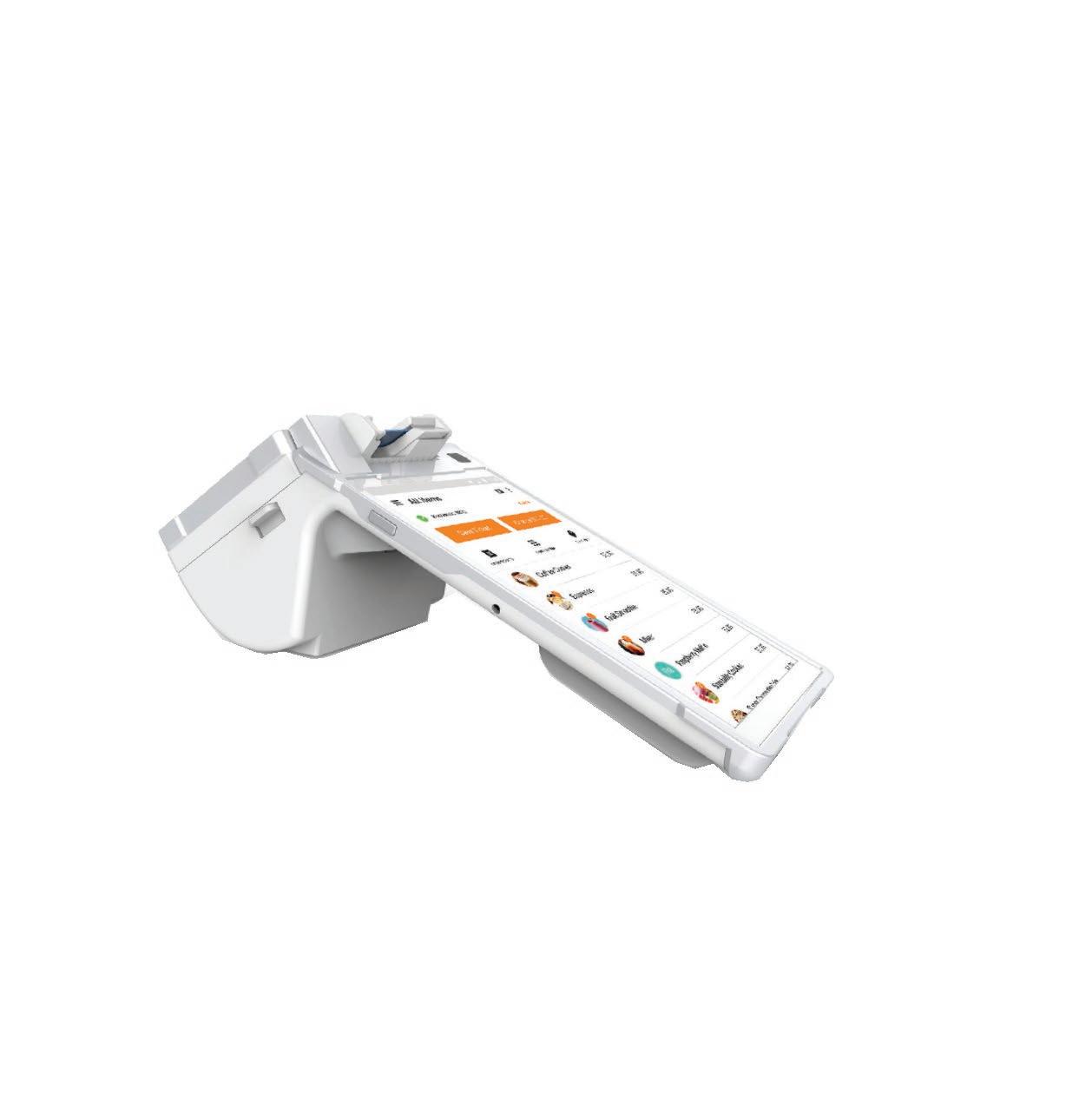
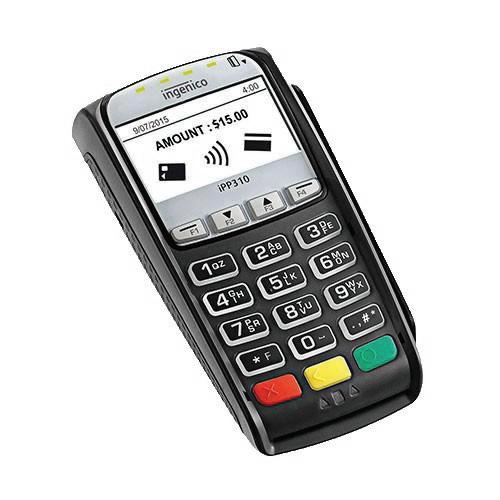
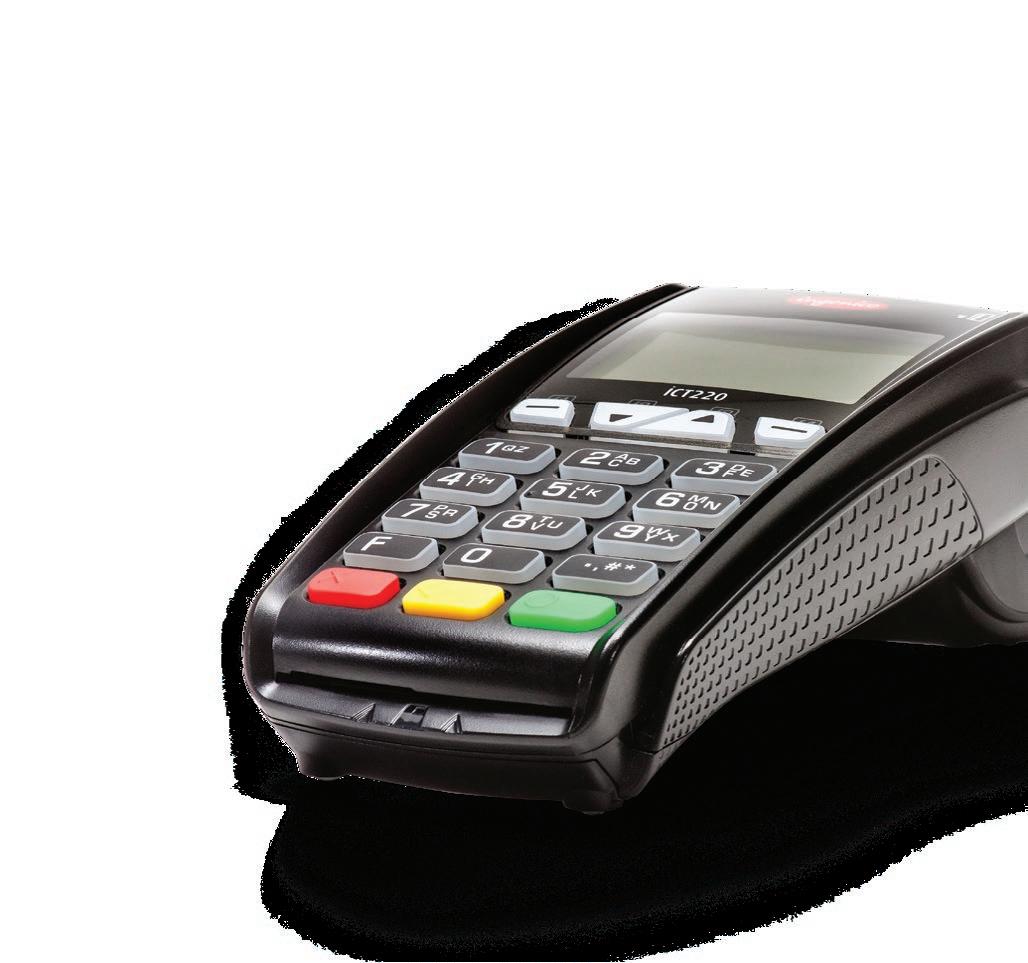

What was your first job?
My first job was at National Coney Island in Detroit at 14. I was a hostess, in charge of carryout and the cash drawer.
What’s your favorite menu item at a Craveworthy restaurant? My favorite menu item from one of our brands would have to come from Genghis Grill. I usually switch between the General Tao Chicken and the create-yourown stir fry.
What’s your favorite cuisine aside from those seen at Craveworthy?
My favorite cuisine has to be Italian, specifically cacio e pepe. I studied abroad in Italy, so Italian dishes always bring fond memories.
Who inspires you as a leader? A few people inspire me as a leader. My first boss and mentor, Mark Wayne, pushed me out of my comfort zone while helping nurture and empower me to be a successful female leader in the industry. Jeremy Theisen continues this empowerment, which led to the support of others like Greg Creed, Gregg Majewski, and James Fripp.
What’s the best piece of advice that other restaurant executives should hear?
The best piece of advice I have for other restaurant executives actually came from a fortune cookie that I still carry around with me every day. “We judge others by actions and ourselves by intent.” Just a reminder to give yourself and those around you grace; and working intentionally to make everything just 1 percent better than you left.
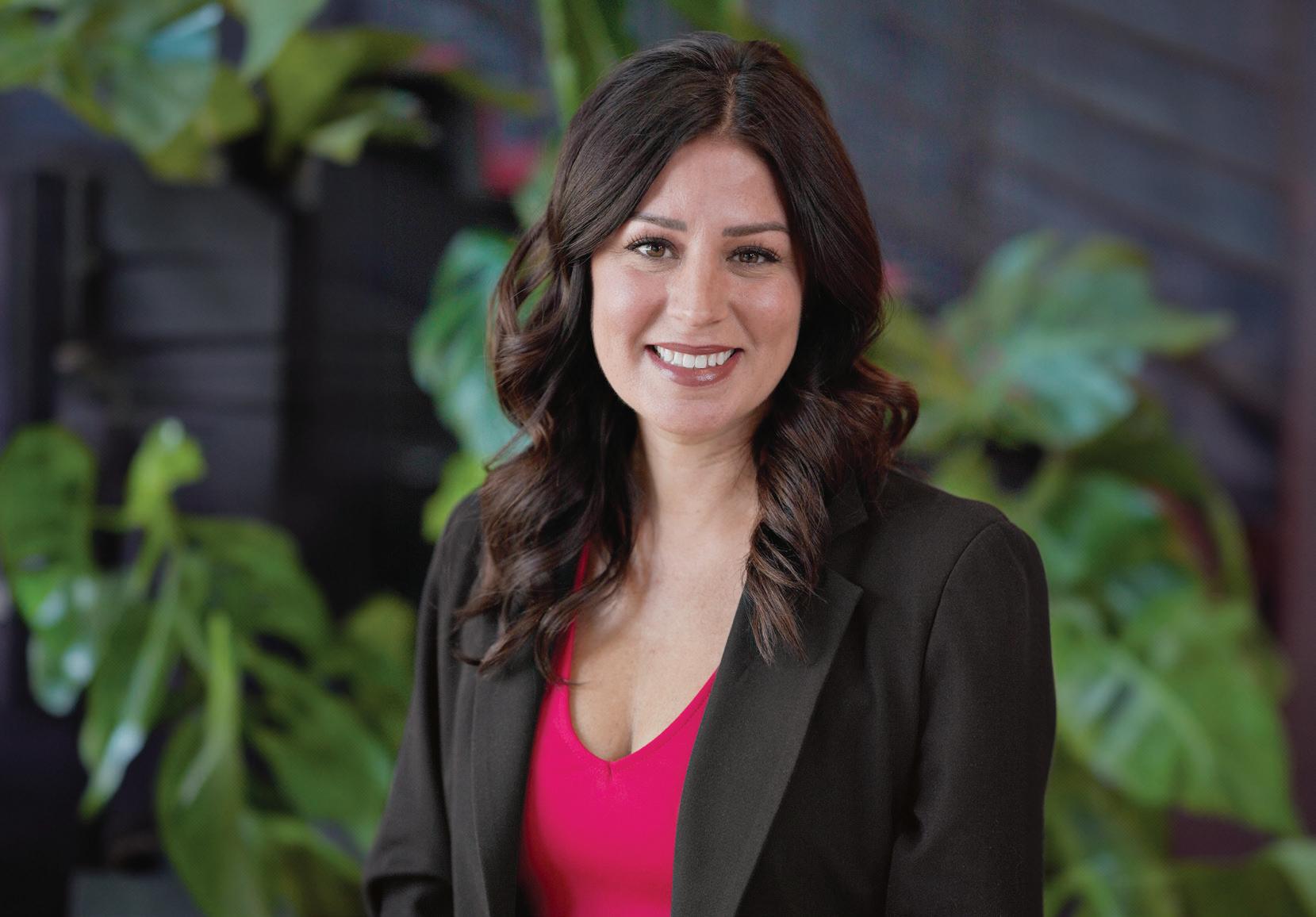
I’m drawn to companies with an admirable mission and leadership who can effectively execute on that task at hand. The leadership team at Craveworthy Brands not only strives to be a collective of craveworthy food and exceptional guest experiences, but also to help team members reach their full potential within the organization, as well as in their personal lives. These factors drew me to join Craveworthy Brands in 2023, where I proudly serve as the Senior Vice President of Strategic Growth.
In my journey over the previous six years, I’ve taken on executive sales roles within the restaurant and franchise sectors. What sets my approach apart is not just meeting growth goals, but consistently surpassing them through the development of innovative sales strategies. It’s been a ride marked by a continued commitment to excellence, expanding brands into new markets and pushing the boundaries of success.
As a woman navigating executive sales, I’ve broken barriers and redefined leadership in the
quick-service landscape. Grounded in authenticity, my leadership style focuses on creating pathways for success rather than adhering to traditional norms. Currently, as the driving force behind Craveworthy Brands’ franchise sales strategy, we work to identify what will resonates with franchisees to expedite the pulse of growth.
A part of breaking these barriers is empowering and strengthening female leadership in the restaurant space, which is reflected throughout our organization. Our culture is rooted in inclusivity, providing opportunities for growth and evolution to every team member, as our team emphasizes a “we, not me” mentality.
Outside of Craveworthy, I serve on the advisory board for Women in Restaurant Leadership, a group formed to provide a platform for women from around the industry to connect, foster mentorship opportunities, and gather career advice and tips. I am also a member of the Women’s Foodservice Forum, providing insight and leadership, role modeling, and strategic networking.










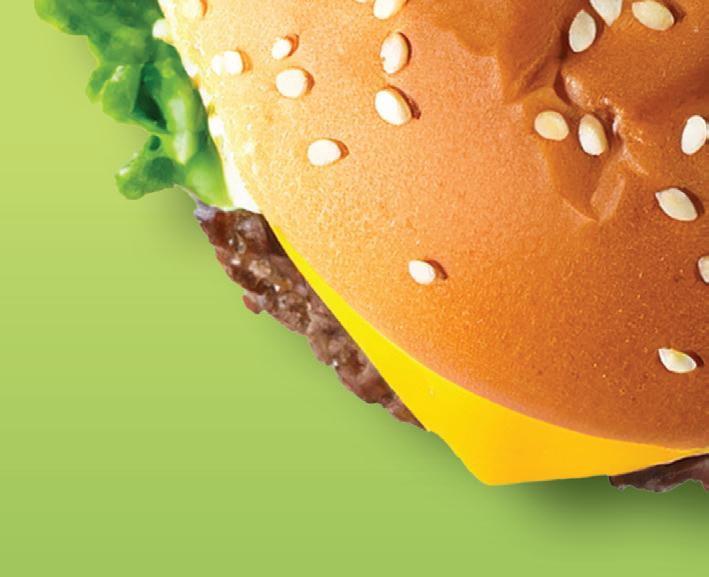


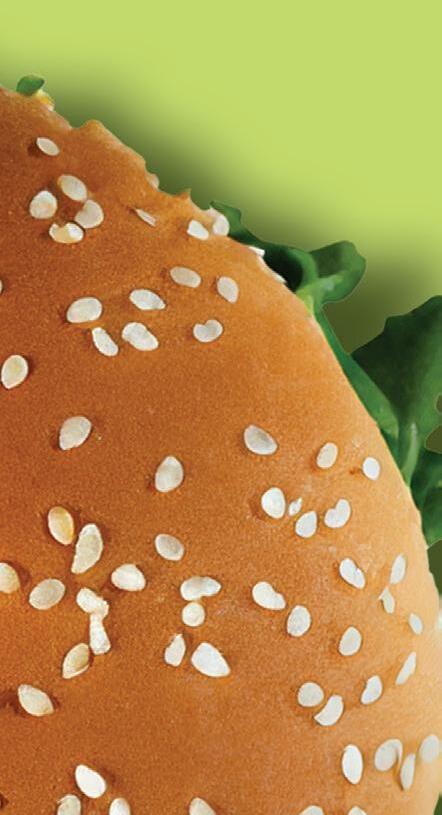










































No Sauce Waste.
Sauce Gun Bottle has virtually no sauce waste, which means maximum cost savings.

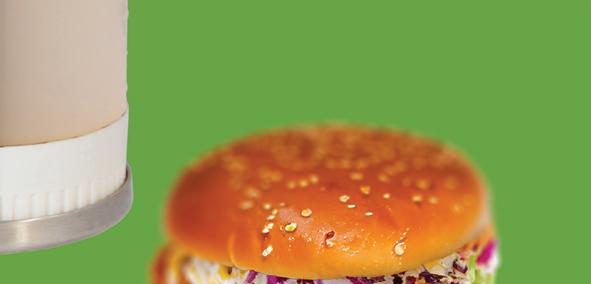
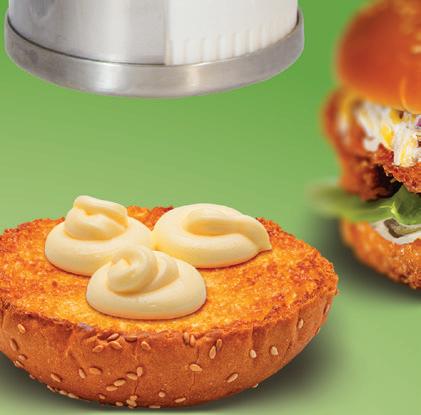





We’ll be at Booth #1464






















Consistency is Key. Your customers are loyal when they get the food they want and expect, every time. With the consistent sauce portioning of Sauce Gun Bottle, keep your customers coming back for the same delicious food.


...Get early access here!






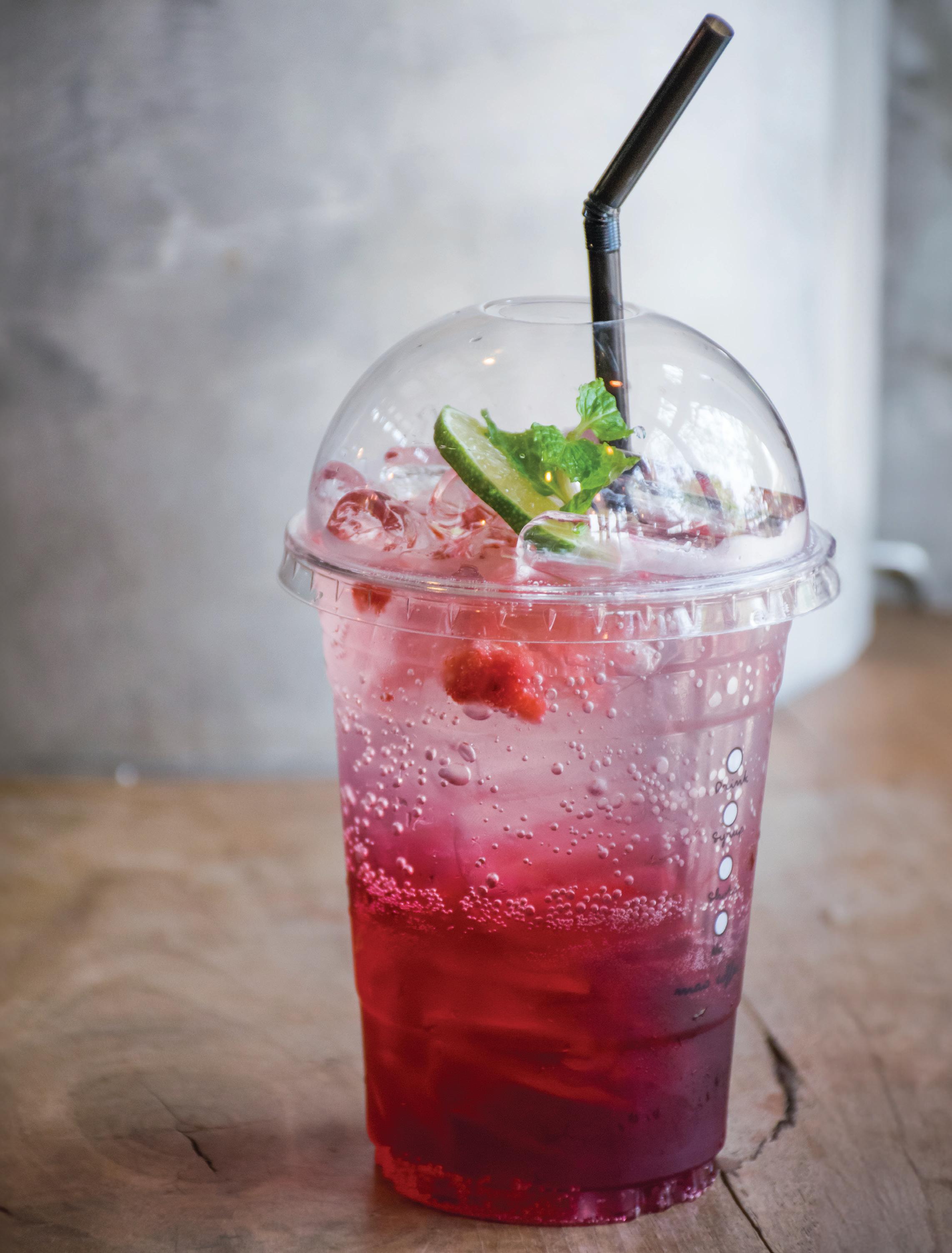
The last couple of years have been a roller coaster for the franchising industry as a whole, even for brands that don’t necessarily fit within the quick-service restaurant space. As consumers gradually returned to dining out and enjoying more time away from home, brands have also had to contend with supply chain issues and chronic labor shortages throughout the hospitality industry.
Technology minimizes wait times at beverage drive thrus and beyond.
Drive thrus are crucial for the success of quickservice restaurants, contributing to 60–70 percent of overall revenue. As we look towards 2024 and beyond, savvy restaurants are leveraging technology to enhance the drive-thru experience significantly.
Although many drive-thru operations use timers to gauge performance, the emphasis on speed alone can lead to a narrow focus that overlooks the broader objective: serving as many customers as e ciently as possible within a given timeframe. Focusing solely on speed can result in sta behaviors that prioritize managing the timer over improving service and throughput.
Bo lenecks, particularly at order points, can significantly impede drive-thru e ciency. Typically, customers may take 30–45 seconds to place an order at fi xed menuboards, causing delays even before timing begins. Brands like Swig are pioneering the adoption of advanced drive-thru technologies, such as upstream ordering, to prioritize throughput over mere speed. is approach does not aim to meet a standard time goal per car but ensures a steady flow of vehicles, potentially serving up to 120 cars per hour. Swig, using Crisp Restaurant Technology, has become known for operating one of the nation’s fastest beverage drive thrus. More than just facilitating rapid service, Swig enhances the customer experience with face-toface interactions at the ordering point and streamlines the process by using Crisp’s technology to quickly access customers’ favorite drinks through a mobile POS based on loyalty information.
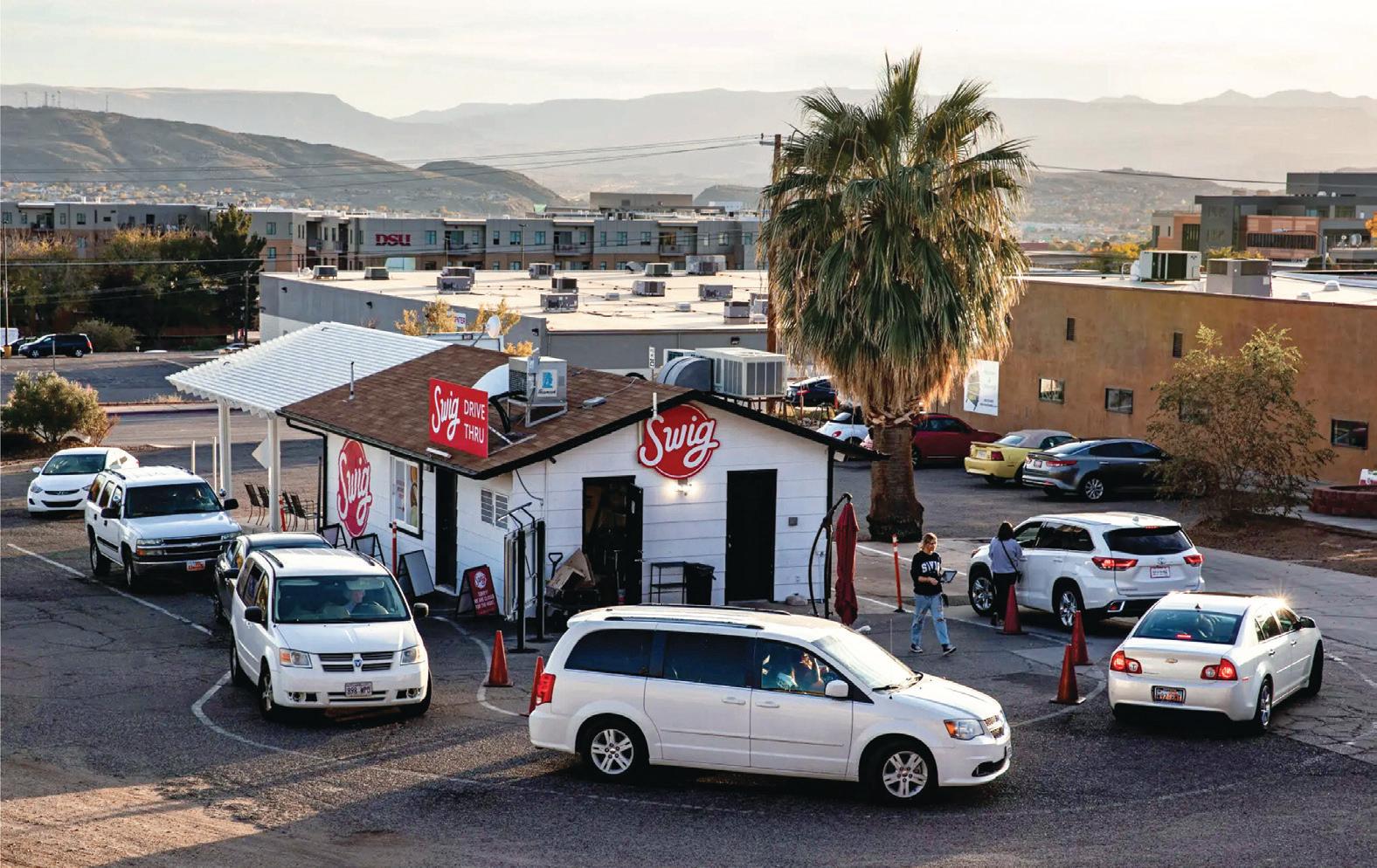
us to serve an impressive number of vehicles, far exceeding industry norms. It’s not just about speed; it’s about the quality of interaction and the overall customer experience. e ability to input and access loyalty information directly from our mobile POS means we can personalize service like never before, creating memorable moments for our customers. Crisp’s solution aligns perfectly with our mission to deliver exceptional service and ensures that every Swig drive thru is a fast, friendly, and personalized experience.”
Comparable brands, including Chick-fi l-A and In-N-Out, have also successfully implemented upstream ordering to achieve impressive throughput rates, serving between 60–180 cars per hour.
Dylan Roeder, CMO of Swig, shares his insights on the transformative impact of Crisp’s Upstream Ordering technology on their operations: “At Swig, our dedication to innovation and customer satisfaction is paramount. With Crisp’s Upstream Ordering, we’ve revolutionized our drive-thru experience, significantly enhancing our operational e ciency and throughput. is technology enables
Crisp’s advanced drive-thru technology plays a crucial role in minimizing wait times at the window by processing payments at the moment orders are placed. is innovative approach allows sta to interact more dynamically with customers by walking alongside their vehicles, thus promoting a continuous flow through the drive thru. By the time a customer reaches the pick-up window, the remaining step is simply to hand over the order. is method not only streamlines operations but also enriches the customer experience, enhances data collection for loyalty purposes, and fosters stronger customer relationships.
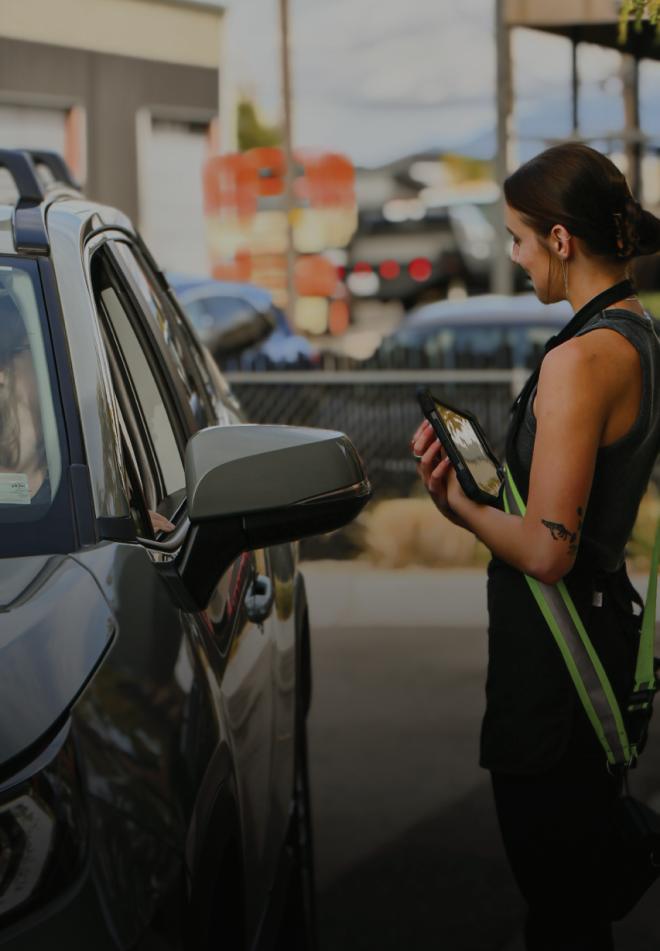

Restaurants can’t afford to miss out on the cold brew coffee trend.
Over the past decade, cold brew co ee has increasingly appeared on menus, while iced coffee’s growth has declined. By 2027, it’s expected that cold brew will surpass iced co ee in menu penetration. Datassential has also predicted that cold brew co ee will outperform all other foods and beverages in growth over the next four years.
e popularity of cold brew among millennials and Gen Z, who prefer cold over hot beverages, is a significant driver of this trend. According to the Technomic Beverage Consumer Trend Report, cold beverages have seen faster growth than hot ones, a trend likely to continue.
However, it’s not just about catering to a trend. ese groups drive the demand and are willing to pay a premium for a superior co ee experience. “Iced co ee is just hot brewed coffee served over ice. It has a more acidic and bi er flavor,” says Jillian Hermanowicz, vice president of corporate marketing and communications at FFP. “Because of the process, cold brew co ee has a smoother, less acidic fl avor profi le. Iced co ee has lost its “wow” factor and that is reflected in its diminished year-over-year growth. Today’s consumers want cold brew and they’re willing to pay more for it.”

Javo Beverage Company, part of FFP’s portfolio, provides highquality cold brew solutions to the foodservice industry. eir patented extraction process ensures consistent fl avor in every batch. Javo’s product o erings, including cold brew concentrates in bag-inbox and hand-mix formats, make it easy for quick-service restaurants to add this popular beverage to their menus.
Restaurants not incorporating cold brew co ee into their menu could be missing out on a significant revenue stream. “Co ee chains own the majority of the cold brew share today. If restaurants are not serving cold brew, then consumers will buy it somewhere else,” says Christopher Johnson, president of foodservice at FFP. e data and trends all point to a future where cold brew is not
just an option but a necessity for quick-service restaurants looking to stay relevant in a crowded market. “ e menu penetration of cold brew is at its infancy,” Johnson says. “It is only on about 12 percent of all menus so there’s a tremendous runway for growth, especially beyond co ee chains.”
“We make delicious, barista-quality beverages that are easy to implement,” Johnson says. He adds, “From our ‘o the shelf’ items available at Dot Foods to private label, and custom beverage innovation we have solutions for every restaurant. It’s not a one-size-fitsall approach with Javo. We work with our customers to ensure they have the o erings that give them a di erentiating point in quality and flavor giving them a competitive edge.” -By
Olivia Schuster◗

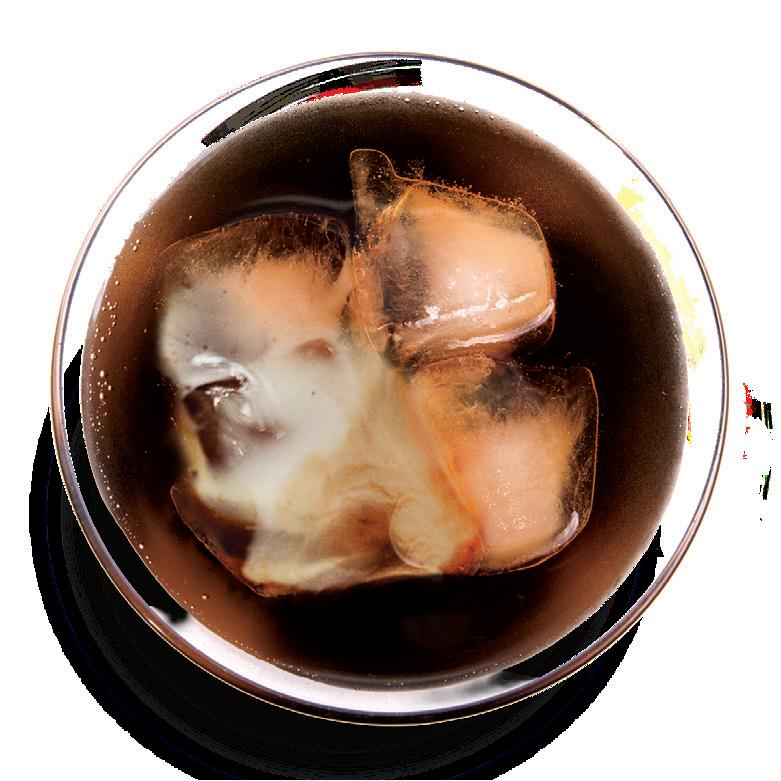


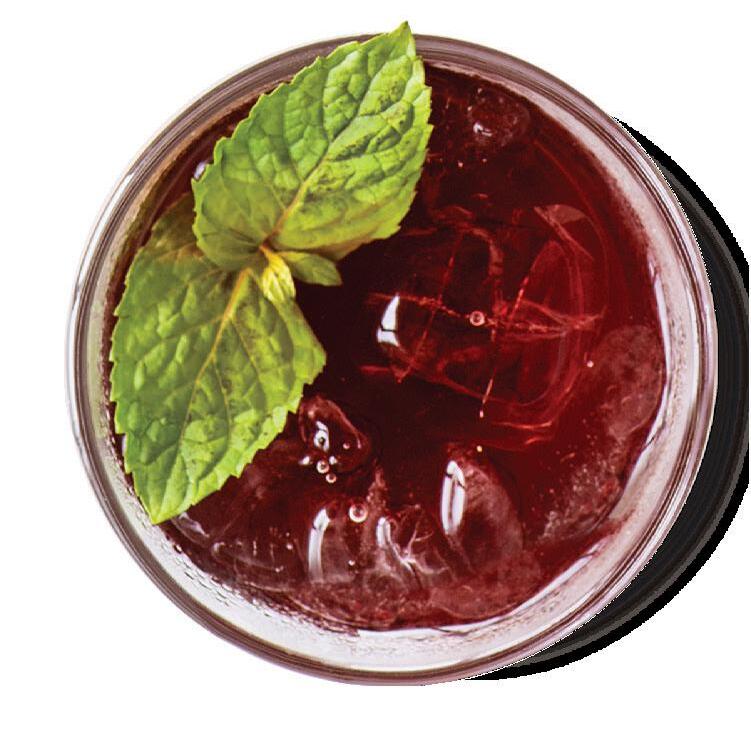




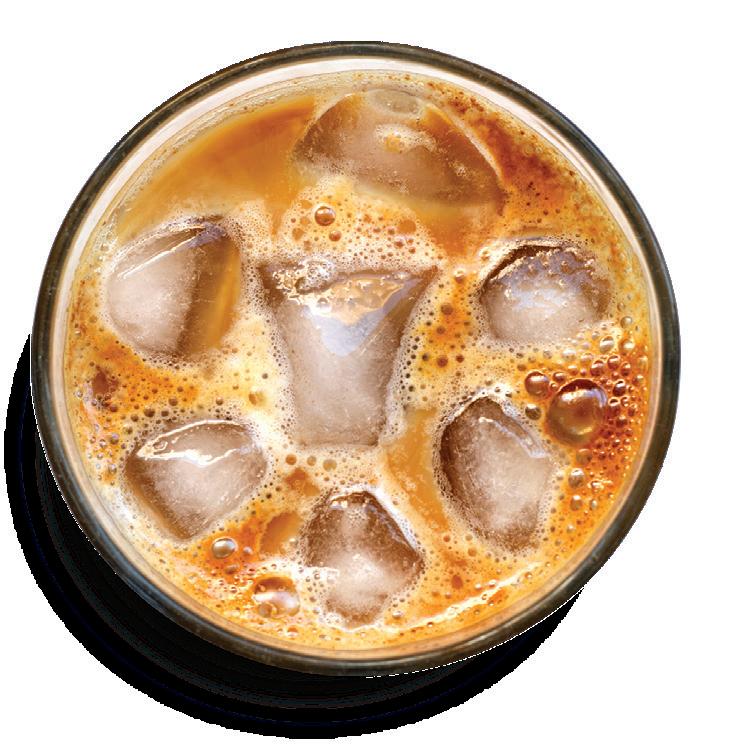

Superior flavor makes a superior experience
Our customers tell us we consistently exceed their flavor and sensory expectations. And we’re on—and ahead of—trends. Which means your customers are refreshed, indulged, energized and delighted. How can we help you?

The simple strategy that drives beverage sales and improves guest experience.
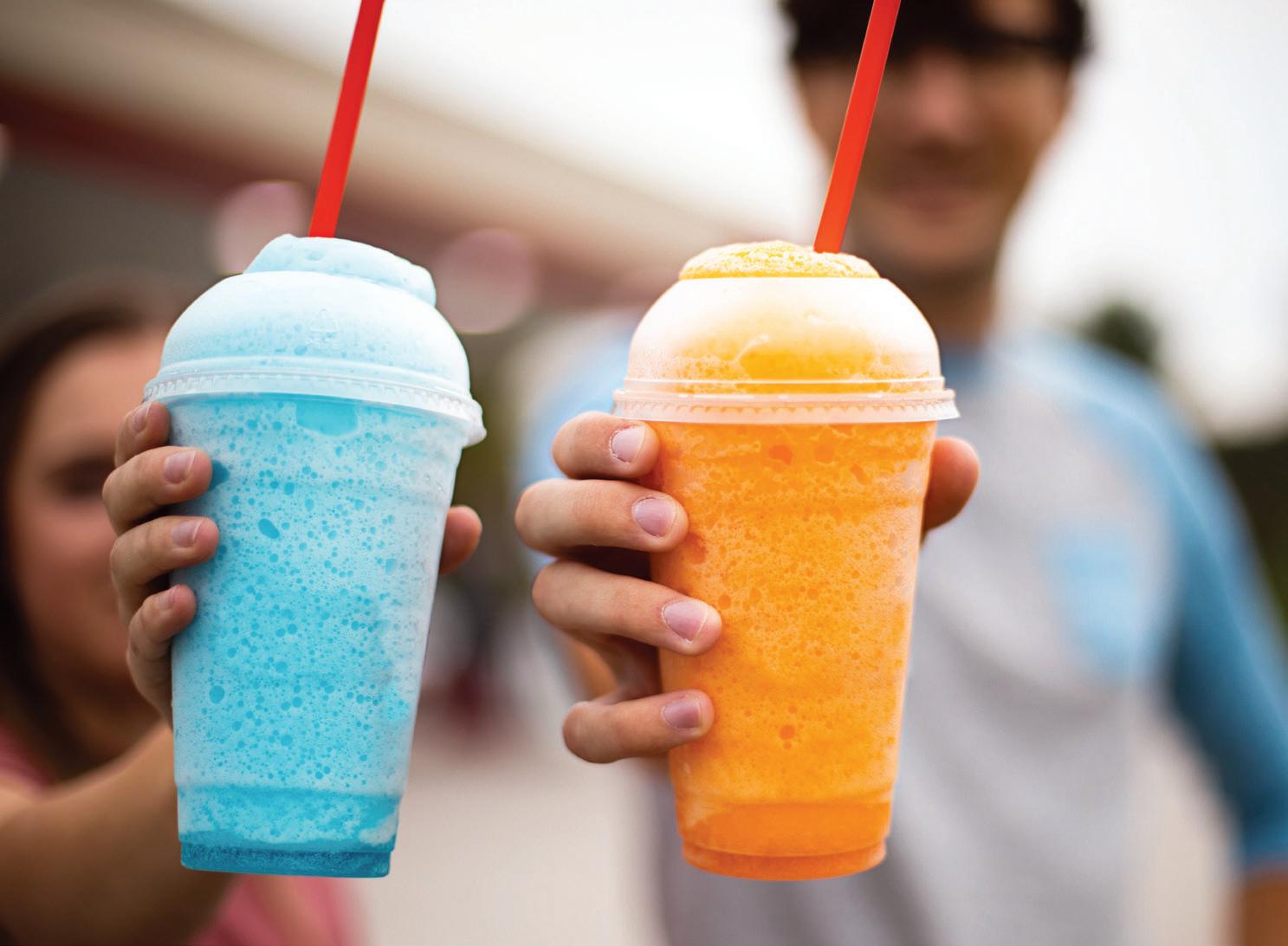
Running a successful quick-serve restaurant involves more than just delicious food and e cient service. In today’s competitive market, creating unique and tailored customer experiences is essential for distinction and customer retention. To thrive, businesses must cra immersive dining experiences that not only satisfy but also delight visitors, encouraging repeat visits and positive word-ofmouth recommendations. Achieving this requires a comprehensive approach that seamlessly blends various elements, starting with a deep understanding of the target audience.
Identifying the ideal customers allows for personalized o erings tailored to their preferences. Whether catering to millennials in bustling urban se ings or families seeking convenience in suburban areas, cra ing the right ambiance is crucial. Sta plays a critical role in creating a welcoming atmosphere and driving customer satisfaction.
Additionally, the variety and quality of food and beverages
can significantly impact foot tra c and ticket sales. In the realm of beverages, frozen drinks have emerged as sought-a er treats, o ering unique and indulgent experiences not easily replicated at home.
FBD works with restaurant owners to customize their equipment to serve a wide variety of refreshing frozen drinks, including carbonated, uncarbonated, and nitro-infused, to ensure that product offerings align with customer desires.
FBD’s machines allow for frozen beverage fl avors to be changed at any time to meet changing consumer demand and market trends. In addition to o ering a wide selection of flavors and combinations, FBD’s equipment has self-service capabilities that enhance the in-store experience by allowing customers to cra their unique frozen beverage. The machines are designed for easy cleaning and maintenance, ensuring maximum uptime and reliability without extensive labor. Unlike others requiring frequent disassembly, FBD machines o er hassle-free cleaning, requiring only annual maintenance. With FBD equipment, the sealed interior environment means sta only needs to clean the machine once a year, eliminating costs from daily labor and ensuring consistent product quality.
When equipment is easy to operate, business owners don’t spend nearly as much time or money on training and expenses are minimized, making routine maintenance easier and faster. Expect higher customer loyalty and repeat sales when equipment is easy and enjoyable to use by consumers.
With a focus on a customizable experience, welcoming ambiance, and innovative beverage o erings, quick-serve restaurants can propel their business to greater success in today’s competitive market. By prioritizing customer satisfaction and continuously seeking ways to improve and innovate, you can create a dining experience that keeps customers coming back for more.
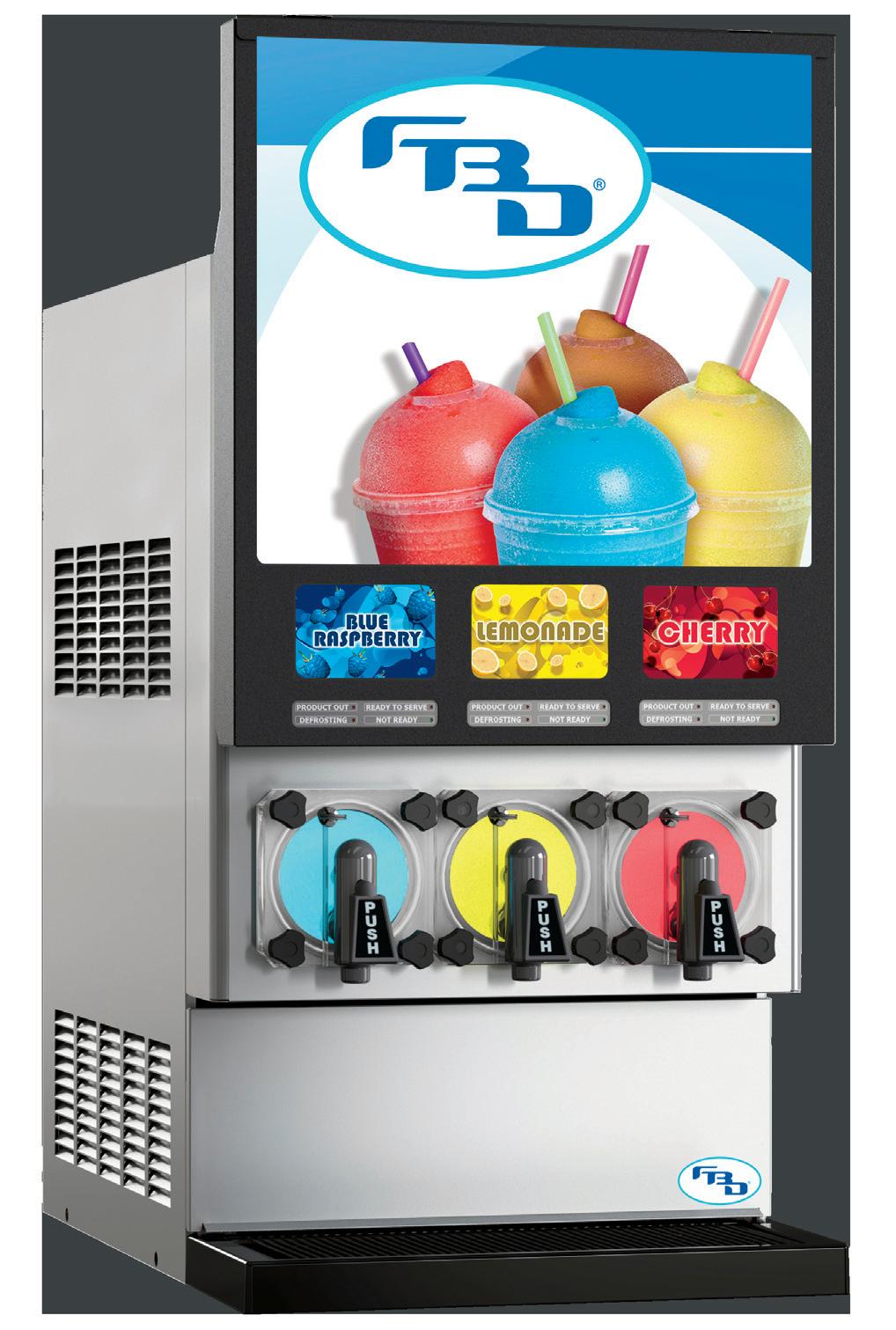

Frozen beverages are highly profitable up to 80% gross profit, given that they are mostly made up of CO2 & water.
The use of a closed sealed system, in conjunction with bag in the box technology (BIB), means no product mixing or daily disassembly to clean.
Our machines are designed to help your customers create unique and personal experiences, while ensuring excellent product quality and consistency.
FBD dispensers are engineered to make a frozen drink quickly and with minimal labor easy to execute and minimal labor- no product mixing or blending.
According to The State of Restaurants 2024 Report by Touchbistro, “A er years of navigating an unprecedented labor shortage, operating with a skeleton crew no longer seems to be the norm. But while the sta ng crisis seems to have finally eased up, turnover rates remain stubbornly high.” While consumers are increasingly turning to foodservice for specialty beverages, operators have bolstered their operations. By introducing automation into their co ee programs, restaurants are o ering consumers consistent, top-quality co ee—despite sta turnover—all while improving speed of service and cleanliness.
Speed of service has always been important to consumers, but during the past few years the stakes have risen—especially as operators see sustained tra c at the drive-thru window.
According to a Drive Thru Report by Intouch Insight, “Technology and innovation have turned [quick-service] drive thrus into something hardly recognizable, and it has become the industry’s most innovative arena… Customers continue to prefer drive thrus when interacting with brands.”
e Curtis Genesis Skyline was designed with operational efficiency in mind—especially applicable in the drive thru. This machine brews fresh co ee from whole beans and is the fi rst of its kind. e Curtis Genesis Skyline has the ability to automate co ee output based on demand. Maximum speed can serve customers quickly and e ciently— allowing operators to serve the freshest coffee at top speeds. Not only can restaurants
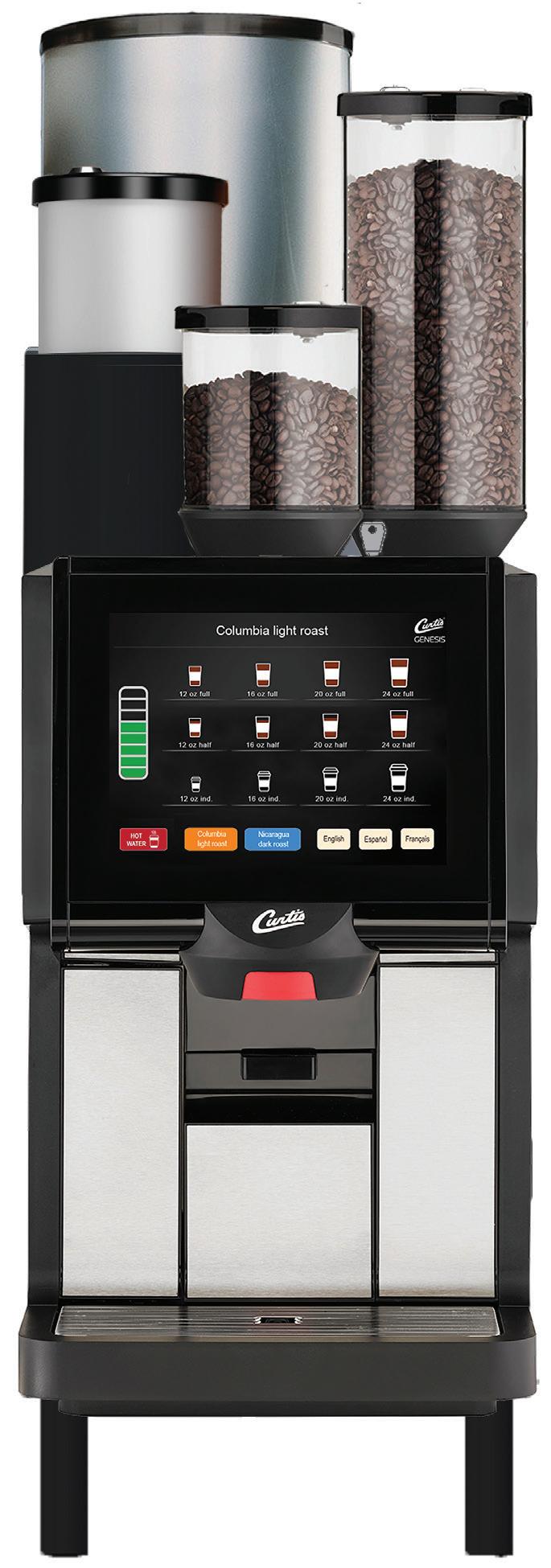
improve speed of service, but they also no longer have to worry about whether sta has cleaned the machine, thanks to fully automated cleaning daily via calendar programming.
With growing competition when it comes to co ee, inconsistency from day-to-day can cause consumers to look around and grab their co ee elsewhere. One problem operators face is drinks are made di erently from barista-to-barista, or sta forgets to make a new batch of co ee and ends up serving customers out of a stale batch.
When operators introduce automation, consistency is guaranteed whether equipment is set to sta -operated or selfserve confi guration. Consumers appreciate knowing exactly what they will receive day-to-day: a top-quality co ee, ground fresh from whole beans. is type of quality and precision builds customer loyalty.
While introducing automated coffee equipment will certainly improve a co ee program, it takes more than equipment to take co ee programs to the next level—it requires the right partner.
SEB Professional is three brands in one company—WMF, Schaerer, and Curtis. is allows SEB Professional to be a partner who has the resources and knowledge an operator needs to create a custom, on-demand co ee experience for their customers—no ma er the size of an operation. ◗
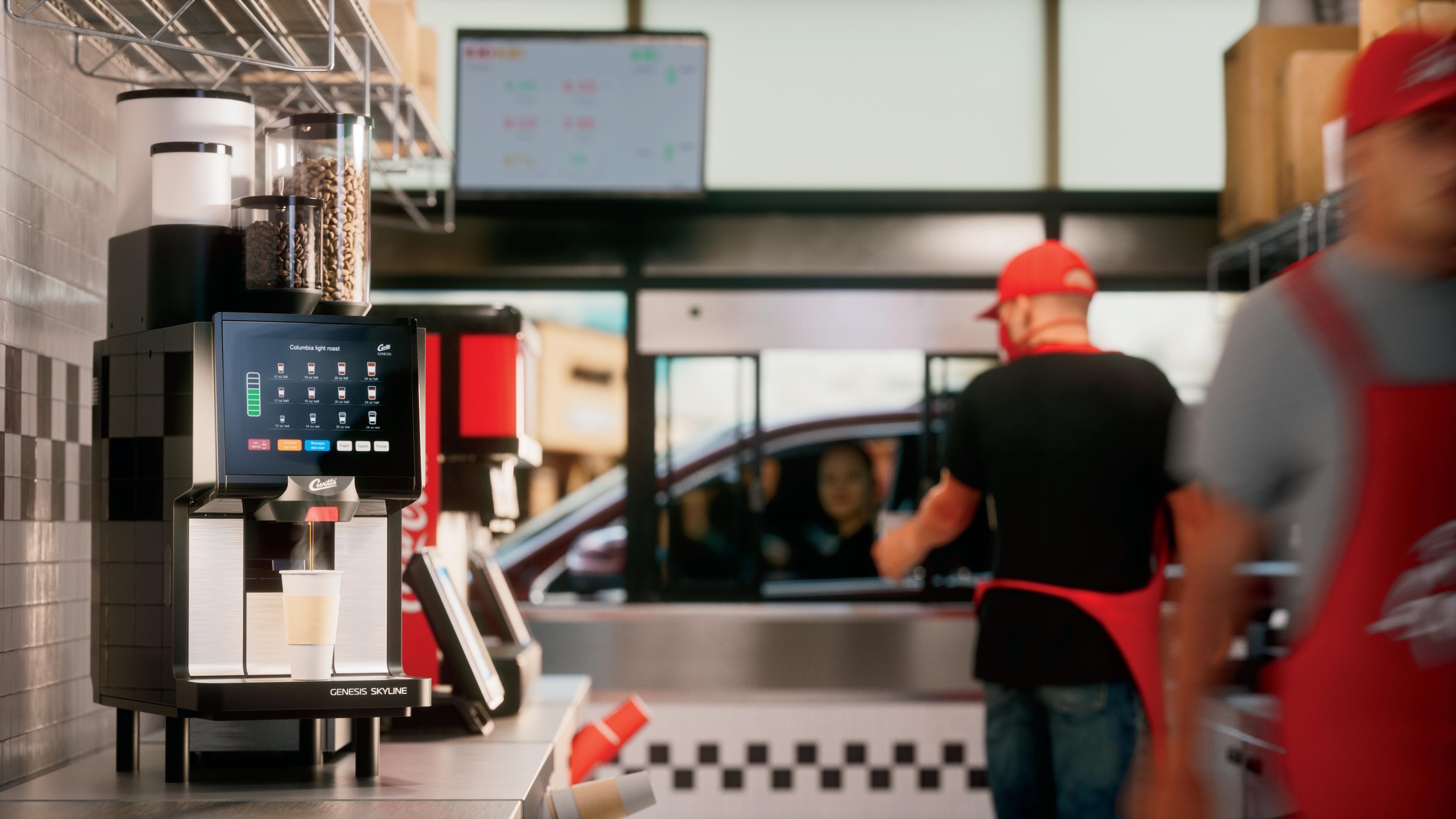
Consistency isn’t just about taste. Are staffing changes causing chaos in your operations? Our automated coffee equipment at SEB Professional offers a solution. We understand the challenges operators face when staff turnover disrupts workflow. With state-of-the-art technology, operators can continue uninterrupted service regardless of changes in their teams. With coffee machines that don’t quit, operators can deliver reliability and consistency with every pour. Experience peace of mind knowing your business is equipped with the tools to maintain quality, even in the face of turnover. Revolutionize your operation and keep the coffee flowing!

VISIT US AT THE NATIONAL RESTAURANT ASSOCIATION SHOW BOOTH 4442 | CHICAGO IL | MAY 18-21

















Accurate Box Company ............................... 81 973-345-2000 | accuratebox.com
American Express ....................................... 45 877-569-5497 | creditcard.americanexpress.com
Anchor Packaging ........................................ 7 800-467-3900 | anchorpac.com
Ansira Partners 32, 33 800-231-8179 | ansira.com
Avocados from Mexico ........................... 18, 19 avocadosfrommexico.com
Berner ........................................................ 92 844-708-2500 | Berner.com
Bojangles ....................................................71 980-580-1827 | BojanglesFranchising.com
Coates Group 53 coatesgroup.com
Coca-Cola Company ............................... 37, 43 800-241-COKE | coca-colacompany.com
Columbus Vegetable Oils ............... Back Cover 800-322-6457 | cvoils.com
Dallas Group of America .............................. 39 800-367-4188 | magnesol.com
Ecolab 55 800-529-5458 ecolab.com/solutions/machine-warewashing-qsr
FIFO Innovations ....................................... 101 800-453-3436 | fifoinnovations.com
Frymaster 63 800-221-4583 | frymaster.com
Garland Group ............................................ 61 800-424-2411 | garland-group.com
Ghirardelli .......................... Inside Front Cover 888-402-6262 | ghirardelli.com/professional

Hatco Corporation ...................................... 79 414-671-6350 | hatcocorp.com
HME 28, 29 866-577-6721 | hme.com/nexeo
IHOP ........................................................... 93 ihop.com/en/about-ihop/franchise-opportunities/ franchise-request
Impossible 20, 21 impossiblefoods.com/nutrition-disclaimers
Inspire Brands ..................... Inside Back Cover inspirebrands.com
Intouch Insight ........................................... 75 800-263-2980 | intouchinsight.com
J&J Snack Foods ......................................... 41 800-486-8533 | jjsnackfoodservice.com/sample/ Kitchen Brains 8 203-380-3540 | KitchenBrains.com
Loomis ................................................. 24, 25 713-435-6700 | loomis.us
McCormick Cholula ...................................... 51 mccormickforchefs.com/en-us/products/cholula
McCormick McCulinary .................................. 1 855-552-9797 McCormickForChefs.com/McCormick-Culinary MerryChef ................................................... 69 888-417-5462 | merrychef.com
Mike’s Hot
| rfdrivethru.com RF Technologies Apex
800-598-2370 | rfdrivethru.com RF Technologies Service ............................... 17 800-598-2370 | rfdrivethru.com Restaurant Technologies ............................. 57 866-779-5314 | rti-inc.com
Our restaurant franchise opportunities are winning over new guests every day by serving quality food at affordable prices, with the speed and convenience consumers demand.
Franchising with Arby’s comes with some tasty perks!
An efficient business model for faster growth and a better bottom line
A globally recognized brand name
Irresistible development incentives
A beloved menu made with high-quality ingredients
Ready to carve out your place in the industry?
